IN-STORE PERFORMANCE Prepared food is the new sales leader
REGIONAL BREAKDOWNS

Advancing Convenience & Fuel Retailing JUNE 2023
Diving into State of the Industry data reveals many paths to greater profitability.














Unfair tobacco regulations could hurt your business. Stand up for your store. Click the button to join store owners across the country who are fighting for fair tobacco policies. TO GET INVOLVED CLICK HERE
36
The Elephant in the Room
Inside sales held on in 2022 despite facing high inflation and record gasoline prices.
44 Inside Sales Exceed Expectations
Convenience stores are the destination for food, snacks and beverages.
56 Uncertainty Remains
The economic outlook is ‘really, really difficult to read’—but retailers can prepare for whatever scenario unfolds.
60 How Each Region Stacks Up
Regional performance metrics reveal insights for fuel, merchandise and store expenses in 2022.
70
4 Key Points From the SOI Summit
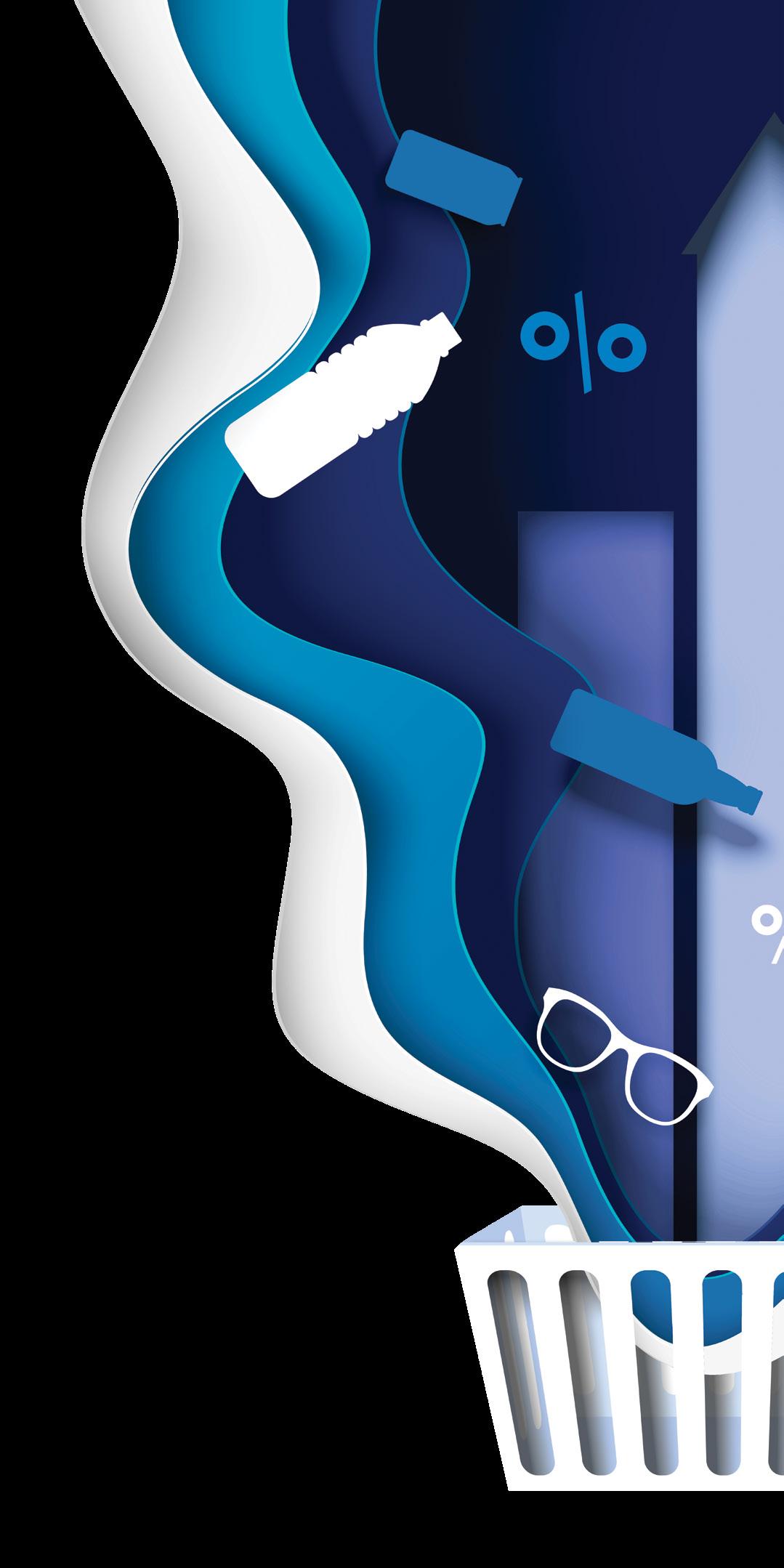
Amid thousands of data points and a treasure trove of insights, here are some important big-picture takeaways.
75
The Ultimate C-Store Road Trip
What happens when two sisters and a cat drive 3,189 miles across 13 states in seven days?
82
A Fresh Look at Managing Retail Fuels
Branded or proprietary? How many grades or blends?
88 Fuels Outlook 2023 Up, down, or sideways?
92
‘The Headlines Don’t Tell the Whole Story’ EVs will play an important role in the future. The question is when … and where.
104 Competing With Your Battleships or Destroyers
How one convenience retailer’s optimization process determines the best use for each site it operates.
108
‘Billions of Touchpoints’ Casey’s marketing approach aims to create a unified experience wherever customers engage.
96
NACS JUNE 2023 1 Subscribe to NACS Daily—an indispensable “quick read” of industry headlines and legislative and regulatory news, along with knowledge and resources from NACS, delivered to your inbox every weekday. Subscribe at www.convenience.org/NACSdaily STAY CONNECTED WITH NACS @nacsonline facebook.com/nacsonline instragram.com/nacs_online linkedin.com/company/nacs On the cover and this page: Siberian Art/Shutterstock Growing Your Basket Size in 2023 The NACS Convenience Voices program reveals four shopper trends that are shaping 2023 and beyond.
FEATURES
ONTENTS NACS / JUNE 2023
IT’S A FACT
$18,063
ONTENTS NACS / JUNE 2023
DEPARTMENTS
06 From the Editor
08 The Big Question
10 NACS News
20 Convenience Cares
24 Inside Washington NACS advocates for retailers to have the ability to sell E15 year-round.
32 Ideas 2 Go EddieWorld caters to those coming and going between Los Angeles and Las Vegas.
112 Cool New Products
116 Gas Station Gourmet At Geaux Fresh Convenience Market, community and festival-worthy food come together.
120 Category Close-Up Beer continues to attract customers into c-stores as sales hover near their pandemic peak, while innovation and variety keep the cold dispensed beverage category fresh.
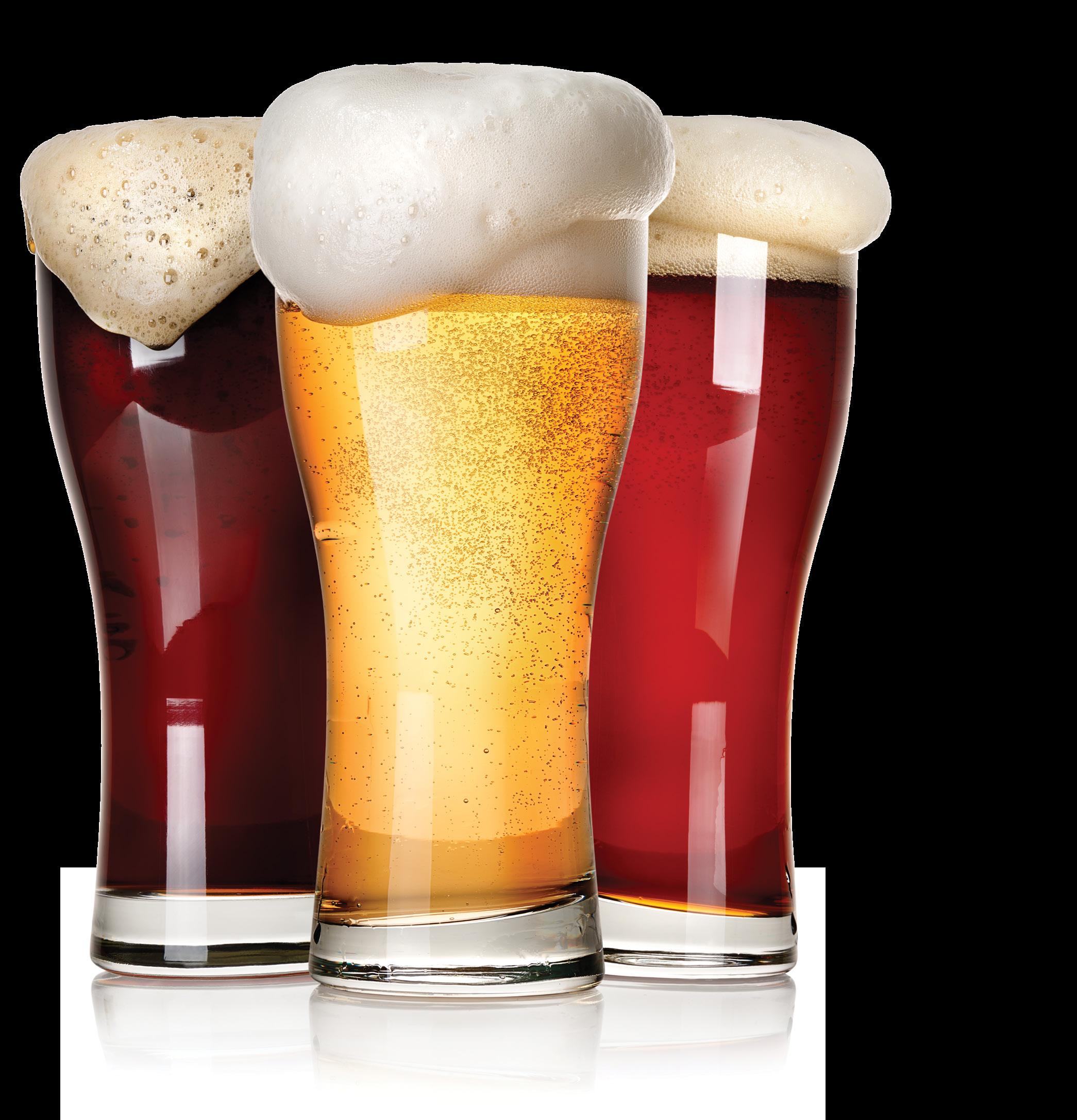
136 By the Numbers
Average monthly sales per store for beer in 2022.
CATEGORY CLOSE-UP PAGE 120
The presence of an article in our magazine should not be permitted to constitute an expression of the association’s view. PLEASE RECYCLE THIS MAGAZINE
2 JUNE 2023 convenience.org
Be the destination for smart snacking.
Today’s convenience store consumers want healthier options when they’re grabbing something on the go.

of shoppers identify as being health conscious.

KeHE raises the standard for convenience foods.








We’re a nationwide distributor with the broadest selection of natural & organic, specialty, and fresh products anywhere.





See how KeHE can make you the destination.


Join
EDITORIAL
Jeff Lenard V.P. Strategic Industry Initiatives (703)518-4272 jlenard@convenience.org
Ben Nussbaum Editor-in-Chief (703) 518-4248 bnussbaum@convenience.org
Lisa King Managing Editor (703) 518-4281 lking@convenience.org


Sara Counihan Contributing Editor (703) 518-4278 scounihan@convenience.org
CONTRIBUTING WRITERS

Terri Allen, Sarah Hamaker, Al Herbert, Pat Pape
DESIGN Imagination www.imaginepub.com
ADVERTISING
Stacey Dodge Advertising Director/ Southeast (703) 518-4211 sdodge@convenience.org
Jennifer Nichols Leidich National Advertising Manager/Northeast (703) 518-4276 jleidich@convenience.org
Ted Asprooth National Sales Manager/ Midwest, West (703) 518-4277 tasprooth@convenience.org
PUBLISHING
Stephanie Sikorski Vice President, Marketing (703) 518-4231 ssikorski@convenience.org
Nancy Pappas Marketing Director (703) 518-4290 npappas@convenience.org
Logan Dion Digital Media and Ad Trafficker (703) 864-3600 ldion@convenience.org
NACS BOARD OF DIRECTORS
CHAIR: Don Rhoads, The Convenience Group LLC
OFFICERS: Lisa Dell’Alba Square One Markets Inc.; Annie Gauthier, St. Romain Oil Company LLC; Varish Goyal, Loop Neighborhood Markets; Brian Hannasch, Alimentation Couche-Tard Inc.; Chuck Maggelet, Maverik Inc.; Ken Parent, Pilot Flying J LLC; Victor Paterno, Philippine Seven Corp. dba 7-Eleven Convenience Store
PAST CHAIRS: Jared Scheeler, The Hub Convenience Stores Inc.; Kevin Smartt, TXB Stores
MEMBERS: Chris Bambury, Bambury Inc.; Frederic Chaveyriat, MAPCO Express Inc.; Andrew Clyde, Murphy USA; George Fournier, EG America LLC
NACS SUPPLIER BOARD
CHAIR: Kevin Farley, GSP
CHAIR-ELECT: David Charles Sr., Cash Depot
VICE CHAIRS: Josh Halpern, JRS Hospitality; Vito Maurici, McLane Company; Bryan Morrow, PepsiCo Inc.
PAST CHAIRS: Brent Cotten, The Hershey Company; Drew Mize, PDI Technologies
MEMBERS: Tony Battaglia, Tropicana Brands Group; Alicia Cleary, Video Mining LLC; Jerry Cutler, InComm Payments; Jack Dickinson, Dover Corporation; Matt Domingo, Reynolds; Mark Falconi, Oberto Snacks Inc.; Mike Gilroy, Mars Wrigley; Danielle Holloway,Altria Group Distribution Company;
Terry Gallagher, Gasamat Oil/ Smoker Friendly; Raymond M. Huff, HJB Convenience Corp. dba Russell’s Convenience; John Jackson, Jackson Food Stores Inc.; Ina (Missy) Matthews, Childers Oil Co.; Brian McCarthy, Blarney Castle Oil Co.; Charles McIlvaine, Coen Markets Inc.; Lonnie McQuirter, 36 Lyn Refuel Station; Tony Miller, Delek US; Jigar Patel, FASTIME; Robert Razowsky, Rmarts LLC; Richard Wood III, Wawa Inc.
SUPPLIER BOARD
REPRESENTATIVES: David Charles Sr., Cash Depot; Kevin Farley, GSP
STAFF LIAISON: Henry Armour, NACS
GENERAL COUNSEL: Doug Kantor, NACS
Jim Hughes, Krispy Krunchy Foods LLC; Kevin Kraft, Q Mixers; Kevin M. LeMoyne, Coca-Cola Company; Lesley D. Saitta, Impact 21; Sarah Vilim, Keurig Dr Pepper
RETAIL BOARD
REPRESENTATIVES: Scott E. Hartman, Rutter’s; Steve Loehr, Kwik Trip Inc.; Chuck Maggelet, Maverik Inc.
STAFF LIAISON: Bob Hughes, NACS
SUPPLIER BOARD
NOMINATING CHAIR: Kevin Martello, Keurig Dr Pepper
NACS Magazine (ISSN 1939-4780) is published monthly by the National Association of Convenience Stores (NACS), Alexandria, Virginia, USA.
Subscriptions are included in the dues paid by NACS member companies. Subscriptions are also available to qualified recipients. The publisher reserves the right to limit the number of free subscriptions and to set related qualifications criteria.
Subscription requests: nacsmagazine@convenience.org
POSTMASTER: Send address changes to NACS Magazine, 1600 Duke Street, Alexandria, VA, 22314-2792 USA.
Contents © 2023 by the National Association of Convenience Stores. Periodicals postage paid at Alexandria VA and additional mailing offices. 1600 Duke Street, Alexandria, VA 22314-2792

TOGETHER. DO MORE.
us at conveniencecares.org
COME
/ JUNE 2023
Premier Manufacturing:
Bran s Built on Integrity
Owned by a cooperative of proud American farmers using the best U.S.-grown tobacco blends among their competitors, Premier provides high-quality, value-priced cigarette brands for the adult consumer. C-stores across the country are buying in.
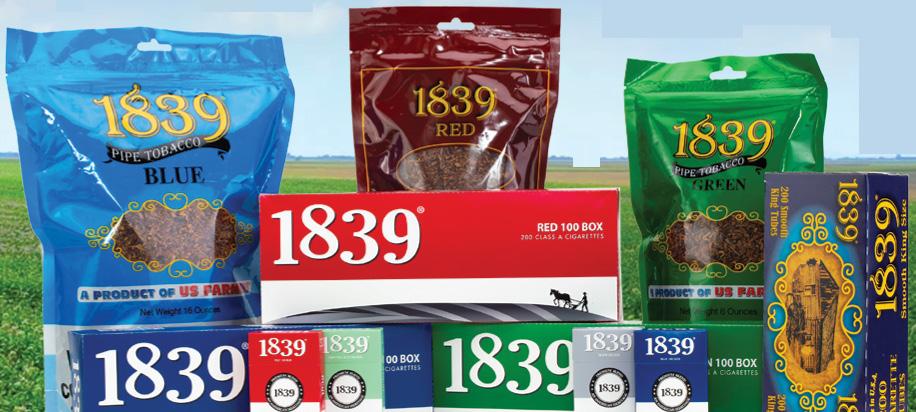

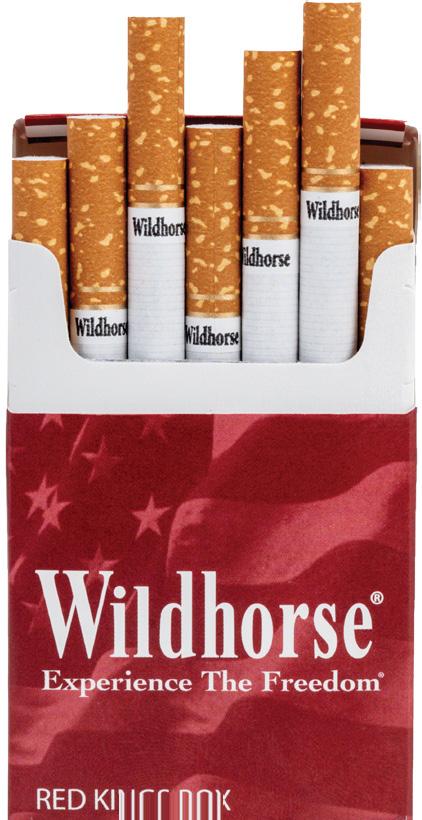

Commitment to Quality
Premier Manufacturing, Inc. is the consumer products division of U.S. Tobacco Cooperative Inc. (USTC), an American grower-owne marketing cooperative base in Raleigh, NC.













500+ member farmers throughout the Southeast





Members maintain GAP Connections Certification Standards Ensures sustainable, ethical agricultural practices



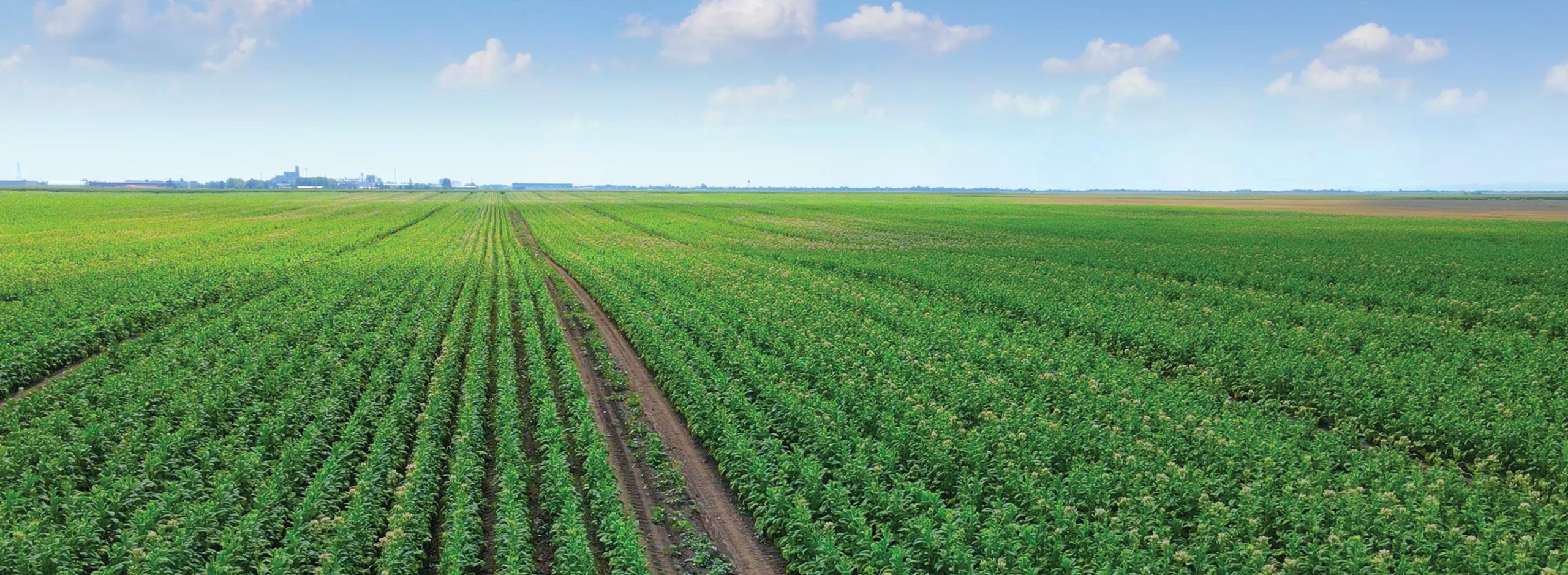
Robust Partnerships
Premier’s support staff pri es itself on meeting customer goals with seamless execution in achieving the highest regulatory standards.
• Provides sales/service support across the U.S.

• Develops POS materials for high visibility




• Creates custom sales & merchandising programs
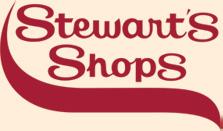
• Maintains strong relationships with top distributors


Trackable process includes all aspects of manufacturing under one roof Tobacco processing & stemmery Primary blending / Cigarette finishing
A Cut Above the Rest
All products made in USA & 100% guaranteed
Premier pro ucts use only top-en tobacco blen s.
The finest flue-cure tobacco in the worl
• All U.S. grown
• Environmentally sustainable

• Compliant with every regulation
The best blen among competitors
• Highest concentration of flue-cured tobacco

• Partners with top national and regional retail chains



• Vibrant color
• Blends provide exceptional aroma and flavor experience


Manufacture on in ustry-lea ing equipment
• Laser perforation
• Inked code dating
• Latest high-tech advancements
Your Truste Premier Brands Choose the brand that suits your loyal consumers. Each brand features a variety of styles to satisfy every taste. Contact Premier Manufacturing to ay! www.gopremier.com/contact
Summiting Another SOI
Sales. Operating expenses. Inflation. Those were the dominant themes at the 2023 State of the Industry Summit and are naturally the central themes within this issue, which provides exhaustive coverage of the SOI Summit. Sales, operating expenses and inflation can also create the acronym SOI. Well, what do you know …
Industry sales set a record in 2022, but sales are only part of the equation. Expenses related to operations, especially labor and a staggering increase in swipe fees, plus the cost of goods and inflationary pressures, are the other half. Overall, the industry was profitable in 2022, but on a store level, profits were most dependent upon what you sold. “Mix matters,” stressed NACS Vice President of Research & Education Lori Buss Stillman—and foodservice is a huge part of that mix.
This issue presents the most comprehensive overview of the industry’s performance in 2022 and serves as a playbook for your business in 2023 and beyond. But, to reuse another phrase, it’s only part of the equation. The NACS State of the Industry Report of 2022 Data dives even deeper into the numbers—and analysis. If your company submitted numbers, you’ll be getting the report in mid-June. If not, you can order it at convenience.org/research.
A lot has changed since our first NACS State of the Industry Summit in 2002, one that I remember very well.
It was in Washington, D.C., so it was easy for my wife and infant daughter to join me to check it out. I was new to parenting and didn’t know that bringing an infant to a conference is never a good idea, no matter how briefly, especially one who is teething. Our daughter Rachel promptly grabbed a table card for featured speaker George Will and ate it. It was paper, so she survived. Mr. Will still found his table. But paper products still are classified as nonedible according to the NACS Category Definitions.
This was my 22nd NACS SOI Summit (including the virtual versions in 2020 and 2021). For several of our newer NACS colleagues, this was not just their first SOI Summit, but their first NACS event, and they were blown away by the scope of the event and by the camaraderie of our industry. In interviews with new applicants, we always stress how unique our industry is—and how willing people in the industry are to share ideas. It’s hard to believe it until you see it. They are believers now.
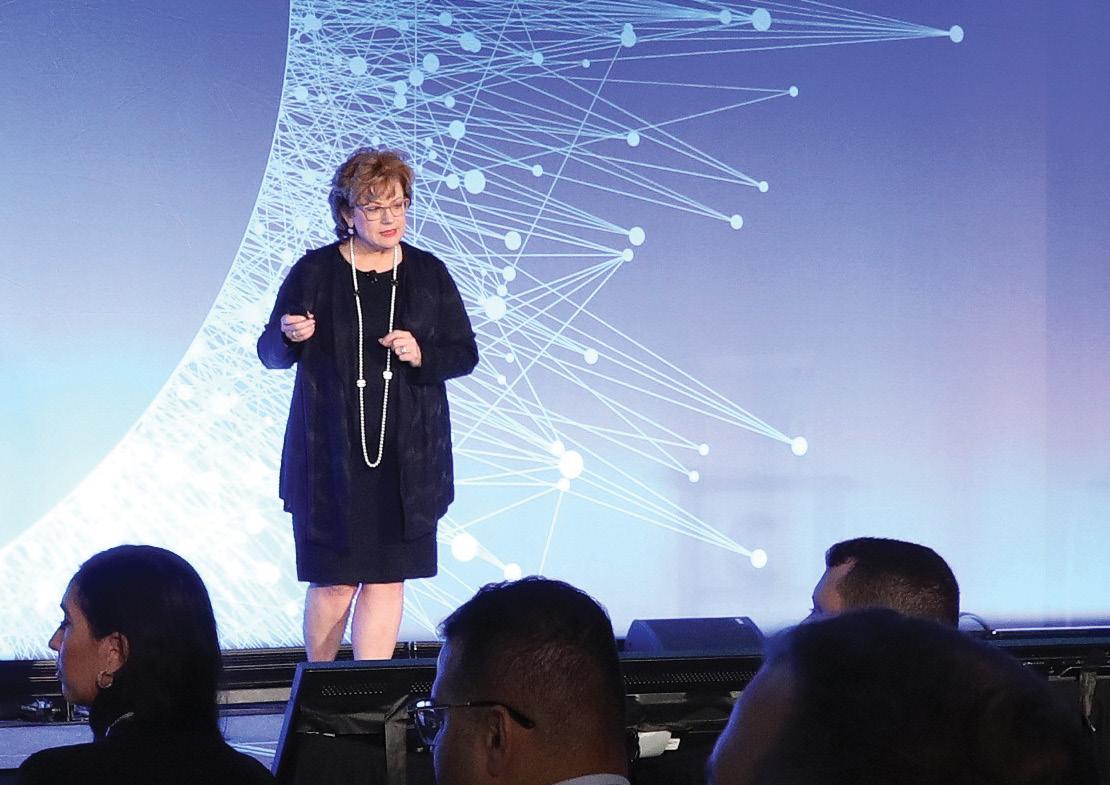
Among the first-timers was Ben Nussbaum, our new editor-in-chief. For this issue, his first, he led the effort to pull together 50 pages of coverage of the event and deliver it for layout within five business days of the SOI Summit. Navigating tight deadlines and delivering compelling copy is something Ben is accustomed to. When he was at USA Today, he led the magazine division that ultimately grew to 50 titles a year.

While the company had talked about creating magazines, it wasn’t until news broke that Michael Jackson died that they put ideas to motion, and they had a complete publication to the printer within 24 hours.
That nimbleness and ability to pivot will serve Ben well in his new role covering a very nimble industry that continues to amaze me even after 22 SOI Summits. Let him know what you think of this SOI issue of NACS Magazine or the magazine in general. What do you appreciate most? What would you change? Drop him a line at bnussbaum@convenience.org.
vice president, strategic industry initiatives,
6 JUNE 2023 convenience.org
FROM THE
UP FRONT
EDITOR
Jeff Lenard,
NACS
NACS Vice President of Research & Education Lori Buss Stillman shared insights about the industry.






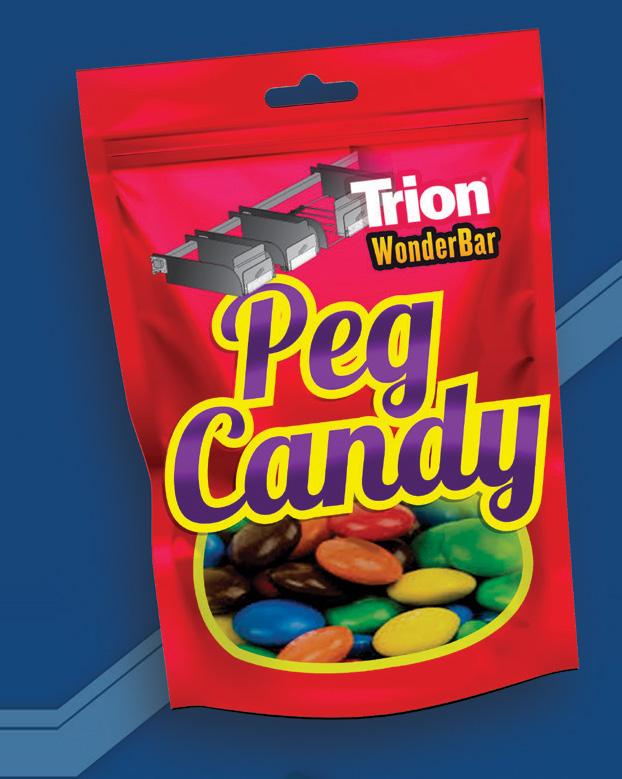



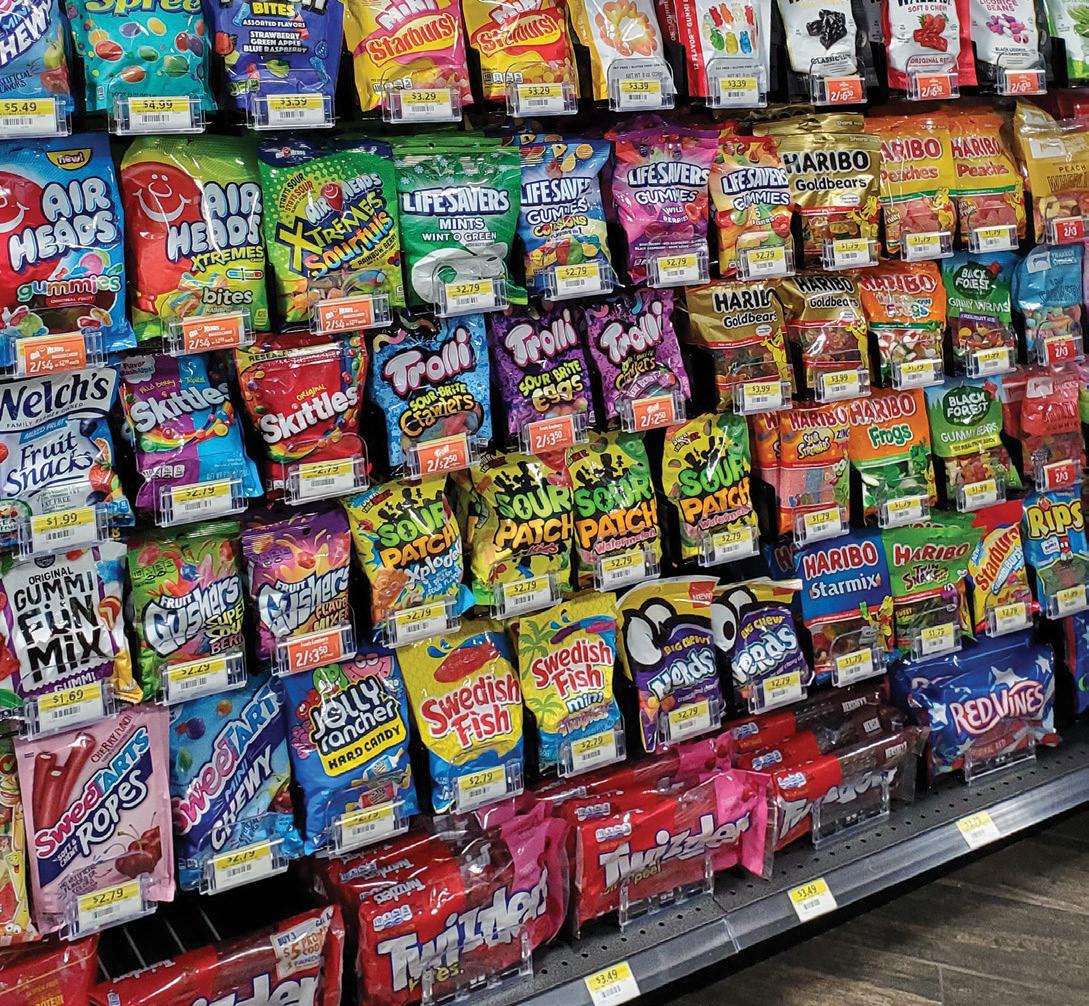
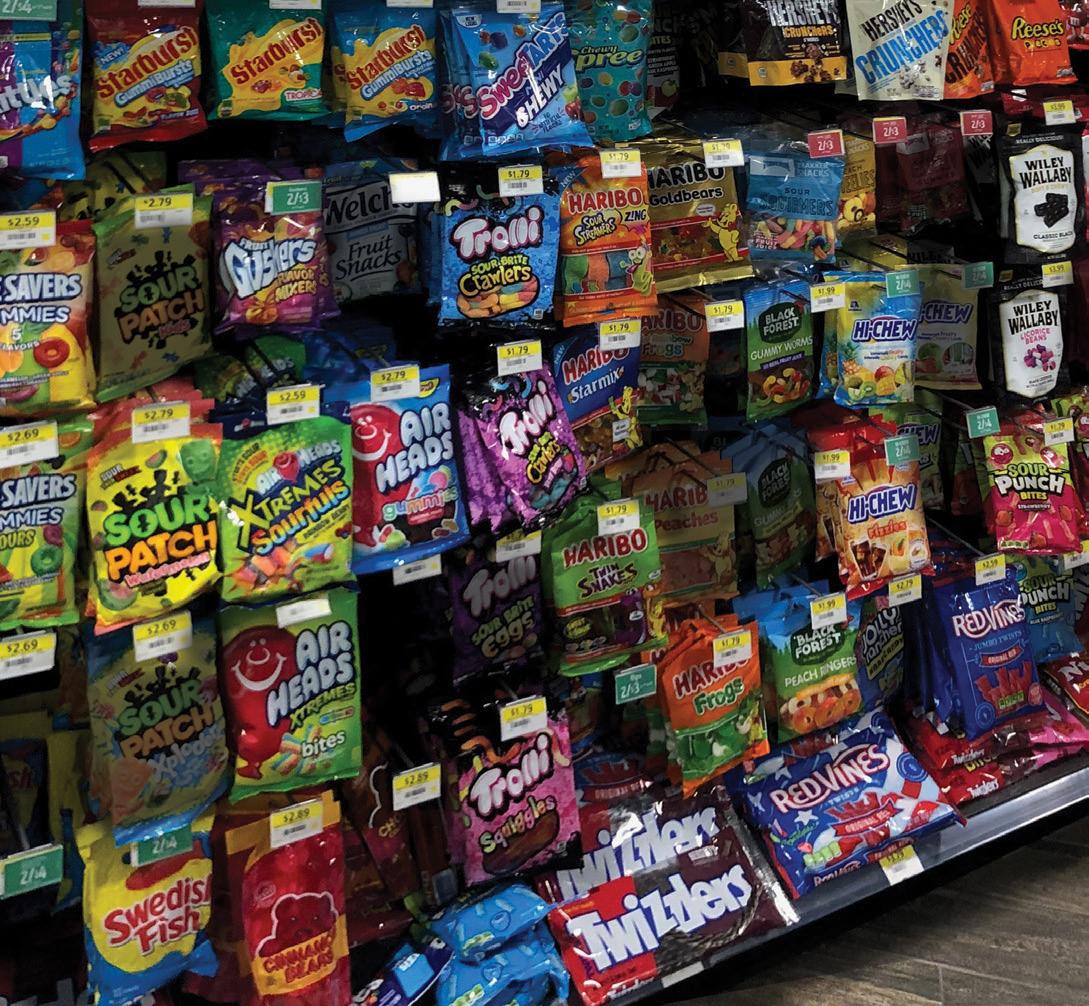
n Increased facings from 70 to 90, a 29% increase*. n Automatically billboards and faces product. n Reduces losses from bag hook tearout. n Cuts over 1 hour/day labor for restocking. n Allows rear restocking and proper date rotation. n Dramatically increases sales in the same space. n Adjusts to accommodate various package widths. * Based upon average 8’ run by 5’ high peg candy gondola installations. Your results may vary. ©2020 Trion Industries, Inc. Sell More Peg Candy Trion Industries, Inc. TrionOnline.com info@triononline.com 800-444-4665 Gain Facings and Cut Labor with WONDERBAR® Tray Merchandising MODERNIZE YOUR MERCHANDISING SELL MORE IN THE SAME SPACETM Ga S S VS AFTER WONDERBAR® 90 FACINGS BEFORE WONDERBAR® 70 FACINGS WonderBar® Tray Merchandising
UP FRONT THE BIG QUESTION
How do the SOI Summit numbers inform your business decisions?
What’s unique about the NACS State of the Industry Summit is it provides great statistics on how the industry is performing, where the opportunities and struggles are and how we can best prepare Maverik to continually exceed our customers’ expectations. There is no other event quite like it.
We have a broad distribution of stores across the Intermountain West, the part of the country that enjoys significant exposure to outdoor recreation and adventure activities, including mountain climbing, offroading, canoeing, biking, skiing, camping and much more. In some cases, we feel our customers are unique, with more of a focus on “work hard, play hard,” but there are also so many commonalities around convenience that ring true across the country—and the world. We’re continually analyzing the industry and surveying our customers to ensure we’re innovating to meet the ever-changing needs of our adventure-enthusiast customers.
Our customers share many commonalities, but there is no typical customer. And there’s no typical store format. We’ve evolved from small country stores in rural communities to much larger store
formats that feature our “Adventure’s First Stop” branding that captures our mission and spirit best.
The industry is evolving rapidly, and it is important to stay nimble and innovative in how we run our businesses. We realize customer demands and preferences are shifting, and retailers need to be ready to adapt to those changing needs. Technology also brings tremendous opportunity for innovation as well as new risks of disruption.

Any information that can be used to benchmark Maverik’s performance to that of our peers is incredibly valuable, which is the most exciting part of reviewing the data sets. We treat the State of the Industry Report as a scorecard that we update every year to measure our progress relative to our peers in the market. Regarding key performance metrics, for fuel, we rely heavily on fuel margin and volume. For in-store performance, we look at unit volume and margin. For store operations,
we look at direct store operating expenses (especially labor) as well as break-even cents per gallon.
The pandemic and continued supply chain shortages have taught us a lot about how culture, teamwork and communication among our nearly 7,000 team members can yield amazing resilience, ingenuity and innovation to help us rise above uncertain times. Key areas of focus include in-store operational efficiency and using technology to provide flexibility for store operations, such as assisted checkout and back-office efficiency in areas like reporting and bookkeeping. Buying smartly and the ability to manage inventory so that customers can get what they expect will continue to offset supply chain disruptions. The ability to reinvest in our stores by remodeling, upgrading and building new stores will continue to help us serve our customers the best way possible.
8 JUNE 2023 convenience.org
Chuck Maggelet, President and Chief Adventure Guide, Maverik – Adventure’s First Stop











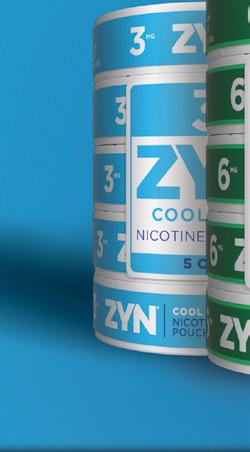
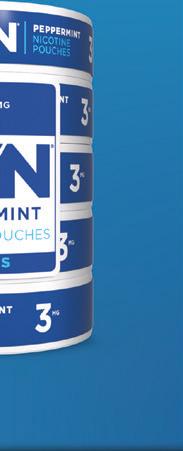
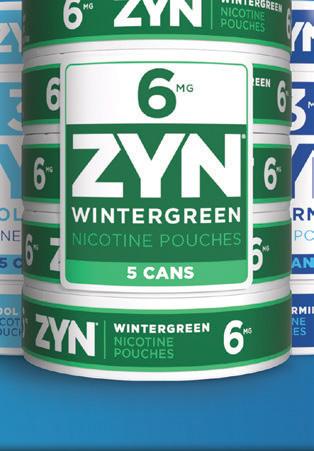
Get to Know Your Customers Through Better Marketing

Convenience retail is a fast-paced industry with new challenges and opportunities each day—and sometimes by the minute. To keep up, retailers have
realized that their marketing strategies are more than product promotions— they’re about delivering exceptional customer experiences.
Become a Master of Convenience
The NACS Marketing Leadership Program is the only marketing executive education course tailored to the convenience retail industry. Over a fiveday program, participants can expect to learn valuable insights from their peers and program facilitators about:
• Segmentation/targeting and positioning
• The power of non-customers
• Building successful customer loyalty programs
• Digital strategies that make clicks count
• Creating remarkable customer experiences
• The ADPLAN framework
• Building a powerful brand portfolio Participants network with industry peers from around the world and collaborate on a group project that they present on the final day of the program. Sharpen your marketing expertise at the NACS Marketing Leadership Program. The next session takes place July 23-28, 2023, at the Kellogg School of Management, Northwestern University in Evanston, Illinois.
Registration is now open at convenience.org/MLP
This program is endowed by Jack Link’s, Keurig Dr Pepper and NIQ.
The NACS Master of Convenience designation acknowledges the hard work and investment NACS members have made in their personal leadership development. It is awarded to convenience retailers who have attended three or more of the five NACS Executive Education programs. For questions, contact Brandi Mauro, NACS Education Program Manager: bmauro@convenience.org or (703) 518-4223.
10 JUNE 2023 convenience.org UP FRONT NACS NEWS Master1305/Shutterstock
Making Sustainability Convenient: The NACS Sustainability Playbook
Convenience retailers have increasingly developed and incorporated business goals and KPIs into their strategic plans that focus on sustainability. At its core, the concept of sustainability is to meet current needs without compromising the ability of future generations to meet their own needs. For businesses, embracing sustainability presents opportunities to grow sales and increase efficiencies.
The NACS Sustainability Playbook was published just as the world was facing the effects of an economic downturn brought on by the coronavirus pandemic. While this resource provides timeless guidance, it also can help businesses sustain themselves by:

• Reducing costs
• Growing a customer base
• Creating efficiencies
• Fostering a community spirit
Content throughout this resource highlights where retailers can take credit for initiatives they are doing well and identifies opportunities to do more. Every business is on a different point in their sustainability journey, and NACS encourages retailers to use this playbook as a guide for advancing the areas most relevant to their business today and considering how other areas could transform their business in the future. Access this free NACS resource at www.convenience.org/Topics/Sustainability/ NACS-Sustainability-Playbook.
NACS JUNE 2023 11
Ivan
For businesses, embracing sustainability presents opportunities to grow sales and increase efficiencies.”
Bajic/Getty Images
Fuels Market News: 2022 Fuels Leaders Special Issue

Released in June 2023, the 2022 Fuel Leaders supplement published by Fuels Market News and NACS is based on data collected by the Oil Price Information Service (OPIS) and drawn from hundreds of retail operations of all sizes throughout the fuel retailing industry. OPIS, a Dow Jones Company, tracks the performance of over 250 fuel retailers and ranks them in an annual report.
Fuels Market News Magazine 2022 Fuel Leaders provides an analysis of which companies have the greatest efficiency with their consumer and commercial fueling programs.
Benchmark your operations against top performers who, in many cases, can be regional or local competitors. The top 50 leaders featured are a split between companies with more than 100 sites and those with fewer. It’s also notable that the top five tend to be mid-sized operations ranging from 400 sites to almost 1,000. No matter the scale of your business; entrepreneurship, flexibility and a knowledge of local markets—as well as being able to execute efficiently and effectively—is vital.
Calendar of Events
2023
MAY
NACS Convenience Summit Europe
May 30-June 01 | Intercontinental Dublin | Dublin, Ireland
JULY NACS Financial Leadership Program at Wharton
July 16-21 | The Wharton School University of Pennsylvania | Philadelphia, Pennsylvania
NACS Marketing Leadership Program at Kellogg
July 23-28 | Kellogg School of Management | Northwestern University | Evanston, Illinois
NACS Executive Leadership Program at Cornell
July 30-August 03 | Dyson School, Cornell University | Ithaca, New York
OCTOBER NACS SHOW
October 03-06 | Georgia World Congress Center | Atlanta, Georgia
NOVEMBER NACS Innovation Leadership Program at MIT November 05-10 | MIT Sloan School of Management | Cambridge, MA
NACS Women’s Leadership Program at Yale November 12-17, 2023 | Yale School of Management | New Haven, CT
For a full listing of events and information, visit www.convenience.org/events.
12 JUNE 2023 convenience.org UP FRONT NACS NEWS EKIN KIZILKAYA/Getty Images


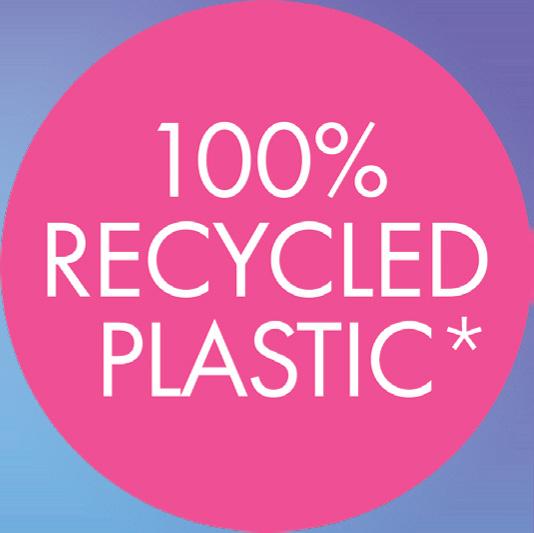
*Bottle only, 330mL and 500mL sizes **Projected total bottle volume per 2023 sales forecast © 2023 FIJI Water Company LLC. All Rights Reserved. FIJI, EARTH’S FINEST, EARTH’S FINEST WATER, the Trade Dress, and accompanying logos are trademarks of FIJI Water Company LLC or its affiliates. FW230418-12 FIJI Water is committed to sustainability and is proud to have launched its 330mL and 500mL bottles made from 100% recycled plastic* in 2022. This change replaces nearly 70% of FIJI Water’s plastic bottles.** FIJI Water is available direct. Contact your FIJI Water representative at 888.426.3454 or at FIJIWater.com . Earth’s Finest Water is also Earth-Friendly
Member News
RETAILERS
Adam Wright was announced as chief executive officer of Pilot Company. Wright will lead the company’s long-term growth and vision plans. Wright has over two decades of experience as a leader in the energy sector and brings expertise in strategic planning and operational excellence. He joined Berkshire Hathaway in 1996.



Joe Lillo now serves as chief financial officer at Pilot Company. Lillo has been an integral part of the Berkshire Hathaway Energy family of businesses for more than 25 years. He has significant expertise in enhancing financial controls, managing risk and driving responsible value creation.

Nick Hand now serves as loyalty and brand manager at Parker’s, designing and executing marketing campaigns that drive brand engagement, increase loyalty program enrollment and create personalized customer journeys. Hand is the former digital marketing manager for Tijuana Flats Restaurants LLC, where he managed all digital aspects for more than 125 locations across four states.

Vanessa Lehnen joined Parker’s as leader of talent acquisition. In this role, Lehnen is responsible for Parker’s recruiting strategies and oversees the recruiting team. Lehnen serves as liaison and advisor to the company’s leadership team and implements talent acquisition, diversity and inclusion initiatives as well as culture and engagement strategies.
SUPPLIERS
Prairie Farms
Dairy announced Chris Hackman as its chief operating officer. Hackman previously served as SVP of operations. Hackman currently serves on the Missouri State Milk Board Advisory Committee. In 2017, he was inducted into the Missouri Dairy Hall of Honors and received the Missouri Dairy Hall of Honors Leadership Award for his outstanding service to the Missouri dairy industry.
Amy’s Kitchen, an organic and natural food company, has named Goretti Hamlin chief people officer. Hamlin will be responsible for overseeing the company’s human resources strategy, driving employee engagement and growth and the development of its teams. Throughout her 20


years with Amy’s, Hamlin has held HR roles.
Len Baccaro now serves as vice president of business development and sales with Navitas Credit Corp., a subsidiary wholly owned by United Community Banks Inc. Baccaro brings nearly 40 years of industry experience to Navitas and will develop relationships with manufacturers and vendors in multiple retail verticals.
KUDOS
Alimentation Couche-Tard Inc. won the 2023 Gallup Exceptional Workplace Award, which honors the world’s most engaged workplace cultures. It is the second consecutive year the corporation has received the award.
MAPCO, the Tennessee-based convenience store chain, has been named a 2023 Top Workplace USA for the second consecutive year by employee survey and research firm Energage. The list, published annually, is determined entirely by employee feedback. MAPCO has more than 3,000 dedicated team members.

14 JUNE 2023 convenience.org UP FRONT NACS NEWS
Adam Wright
Vanessa Lehnen
Chris Hackman
Goretti Hamlin
Len Baccaro
Joe Lillo
Nick Hand
July 16-21, 2023
The Wharton School
University of Pennsylvania
Endowed by:
July 23-28, 2023
Kellogg School of Management
Northwestern University
Endowed by:
July 30-August 3, 2023
The Dyson School
Cornell University
Endowed by:
November 5-10, 2023
MIT Sloan School of Management






Massachusetts Institute of Technology
Supported by:

November 12-17, 2023
Yale School of Management
Yale University
Endowed by:


NACS JUNE 2023 15
Questions? Contact: Brandi Mauro | NACS Education | Program Manager (703) 518-4223 | bmauro@convenience.org The only convenience industry MBA. Turn your potential into reality. convenience.org/NACSExecEd Join the Masters. Earn the exclusive Master of Convenience designation by completing 3 of our 5 programs. convenience.org/NACSMaster
New Members
NACS welcomes the following companies that joined the association in April 2023. NACS membership is company-wide, so we encourage employees of member companies to create a username by visiting www.convenience.org/create-login. All members receive access to the NACS Online Membership directory and the latest industry news, information and resources. For more information about NACS membership, visit convenience.org/membership.
NEW RETAIL MEMBERS
Big D Oil Co. Rapid City, SD www.bigdoil.com
Katahdin General Store Millinocket, ME www.katahdingeneral.com
NS Investments Inc. Highland, CA
The Convenience Group LLC Vancouver, WA
Wally’s Houston, TX www.wallys.com
NEW HUNTER CLUB SILVER MEMBERS
Black Buffalo Inc. Chicago, IL www.blackbuffalo.com
Celsius Inc. Boca Raton, FL www.celsius.com
KickBack LLC
dba KickBack Rewards Systems Twin Falls, ID www.kickbacksystems.com
Mashgin Inc. Palo Alto, CA www.mashgin.com
NIQ Chicago, IL www.nielseniq.com
Sweetwood Smokehouse Steamboat Springs, CO www.sweetwood.com
NEW HUNTER CLUB BRONZE MEMBERS
Circana
Chicago, IL www.circana.com
NRC Realty & Capital Advisors LLC Chicago, IL www.nrc.com
Standard AI San Francisco, CA www.standard.ai
Stuzo LLC Philadelphia, PA www.stuzo.com
The Vita Coco Company New York, NY www.vitacoco.com
NEW SUPPLIER MEMBERS
104 Sales Group Pinecrest, FL www.104salesgroup.com
6666 Grit & Glory Marietta, GA www.6666gritandglory.com
AAA Beverage Company Manhattan Beach, CA www.drinkintelligent.com
Accenture Houston, TX www.accenture.com
Acuity Brands Lighting Conyers, GA www.acuitybrands.com
Adventure Furniture dba Fan Creations Cumming, GA www.fan-creations.com
Alamance Foods Burlington, NC www.alamancefoods.com
Baja Vida Snacks Solana Beach, CA www.bajavida.com
BigBrother BV Ede, Netherlands www.bigbrother.nl
Boost Oxygen LLC Milford, CT www.boostoxygen.com
Built Brands LLC American Fork, UT www.built.com
Calbee North America Fairfield, CA www.harvestsnaps.com
CandyASAP Santa Monica, CA www.candyasap.com
Carly’s Natural El Segundo, CA www.carlysnatural.com
Carolina Foods Inc. Charlotte, NC www.carolinafoodsinc.com
Cell Phone Seat Franklin ,TN www.cellphoneseat.com
Celtic Bank Salt Lake City, UT www.celticbank.com
CFS Brands Oklahoma City, OK www.sanjamar.com
Cheers Houston, TX www.cheershealth.com
CigarBros USA Inc. El Cajon, CA www.cigarbros.com
CKE Restaurants Holdings Inc. Franklin, TN www.ckefranchise.com
Cloud Cover Music El Segundo, CA www.cloudcovermusic.com
Corporate Chaplains of America Wake Forest, NC www.chaplain.org
Creative Concepts dba Pucker Powder Irondale, AL www.puckerpowder.com
DDS/Cisaplast USA Elkton, KY www.ddsglassdoors.com
Diageo Beer Company USA Norwalk, CT www.diageo.com
Dualite Sales & Service Inc. Williamsburg, OH www.dualite.com
Duro-Last Saginaw, MI www.duro-last.com
Easy Refrigeration Co. Macon, GA www.easyrefrigeration.com
Elo Touch Solutions Knoxville, TN www.elotouch.com
Empire Imports LLC Ontario, Canada www.eivape.com
EN-R-G Foods LLC (Honey Stinger) Steamboat Springs, CO www.honeystinger.com
ENTOUCH Richardson, TX www.entouchcontrols.com
Essentialware Kirtland, OH www.essentialware.com
Ethel’s Baking Company Saint Clair Shores, MI www.ethels.com
EverGreen USA LLC Union City, NJ www.evergreenusa.co
16 JUNE 2023 convenience.org
NACS NEWS
UP FRONT







































































































































































































































UP FRONT NACS NEWS
Evolution Fresh Rancho Cucamonga, CA www.evolutionfresh.com
EVunited Dublin, OH www.evunited.com
Fabian Couture Group Lyndhurst, NJ www.fabiancouturegroup.com
Fifth Generation Inc. Austin, TX www.titosvodka.com
Fine Tune Expense Management Chicago, IL www.finetuneus.com
Fire Brands Chicago, IL www.drinkwarheads.com
FIS Jacksonville, FL www.worldpay.com
FPPF Chemical Company Inc. Buffalo, NY www.fppf.com
Fronto King LLC Brockton, MA www.frontoking.com
Glo Pop Draper, UT www.glopop.com
Global Marketing Concepts LLC Snellville, GA www.gmconceptsllc.com
Golden Dough Foods Winter Park, FL www.goldendoughfoods.com
Golden West Food Group Vernon, CA www.gwfg.com
Gourmet Innovations Pompano Beach, FL www.gicream.com
Grandma Emily Inc. Montreal, QC, Canada www.grandmaemily.com
Great Lakes Cheese Hiram, OH www.greatlakescheese.com
Great Northern Baking Company Minneapolis, MN www.greatnorthernbaking.com
Grinds LLC Westfield, IN www.getgrinds.com
GTI Designs Ronkonkoma, NY www.gtidesigns.com
Harry & David Medford, OR www.harryanddavid.com
Hawaii Volcanic Beverages Princeville, HI www.hawaiivolcanic.com
Hemper Las Vegas, NV www.hemper.co
Hint Inc. San Francisco, CA www.drinkhint.com
HYLA US Holdco Limited Houston, TX www.hyladistribution.com
Jack In The Box Restaurants San Diego, CA www.jackinthebox.com
Jones Dairy Farm Fort Atkinson, WI www.jonesdairyfarm.com
Kayco Inc. Bayonne, NJ www.kayco.com
Land O’ Sun LLC Live Oak, FL www.thundercoffeemilk.com
Lillie’s Q Sauces and Rubs Chicago, IL www.lilliesq.com
Madix Inc. Terrell, TX www.madixinc.com
Marmon Foodservice Technologies Glendale Heights, IL www.cornelius.com
Medterra CBD Irvine, CA www.medterracbd.com
Mile High Cure Temple City, CA www.milehighcure.com
Morris National Inc. Azusa, CA www.morrisnational.com
Moskinto Farmers Branch, TX www.moskintousa.com
NGS Printing Elgin, IL www.ngsprint.com
NTL Brands Ltd. Dallas, TX www.capitolcups.com
Ojeda USA Inc. Spartanburg, SC www.ojedausa.com
Pastel Cartel Pflugerville, TX
Pervine Foods Pittsburgh, PA www.fitcrunchbars.com
Plasticade Des Plaines, IL www.plasticade.com
PriceEasy Houston, TX www.priceeasy.ai
ProAmpac Cincinnati, OH www.proampac.com
PSM LLC dba Mila Wholesale Las Vegas, NV www.milawholesale.com
Red E Charging Detroit, MI www.redecharge.com
Renau Corporation Chatsworth, CA www.renau.com
Resnick Distributors New Brunswick, NJ www.resnickdistributors.com
Rotella’s Italian Bakery Lavista, NE www.rotellasbakery.com
Sahlen Packing Co. Buffalo, NY b2b.sahlen.com
Salsa God New York, NY www.salsagod.com
Sandland Sleep Marina Del Rey, CA www.sandlandsleep.com
Sanzonate Global Inc. Omaha, NE www.sanzonate.com
SMOOD LLC. New York, NY www.mysmood.com
Smoodi Inc. Boston, MA www.getsmoodi.com
Splash Beverage Group Ft. Lauderdale, FL www.splashbeveragegroup.com
Stone Gate Foods Shakopee, MN www.stonegate-foods.com
Structural Concepts Corporation Norton Shores, MI www.structuralconcepts.com
Suzhou Ownace Commercial Equipment Co. LTD Suzhou, Jiangsu, China www.china-rack.com
T Lines Design, Supply & Build Milford, CT
Texas Pete dba Garner Food Co. Winston Salem, NC www.texaspete.com
The Imagine Group Shakopee, MN www.theimaginegroup.com
The PoP Shoppe Stoney Creek, ON, Canada www.thepopshoppe.com
Trefethen Advisors LLC Scottsdale, AZ www.trefethenadvisors.com
Turkey Creek Trading Baltimore, MD www.eturkeycreekco.com
Two Way Radio Gear Inc. Fort Pierce, FL www.twrg.com
United Gaming Atlanta, GA www.unitedgamingllc.com
Ventura Foods Brea, CA www.venturafoods.com
VPR Collection City of Industry, CA www.vprcollection.com
18 JUNE 2023 convenience.org
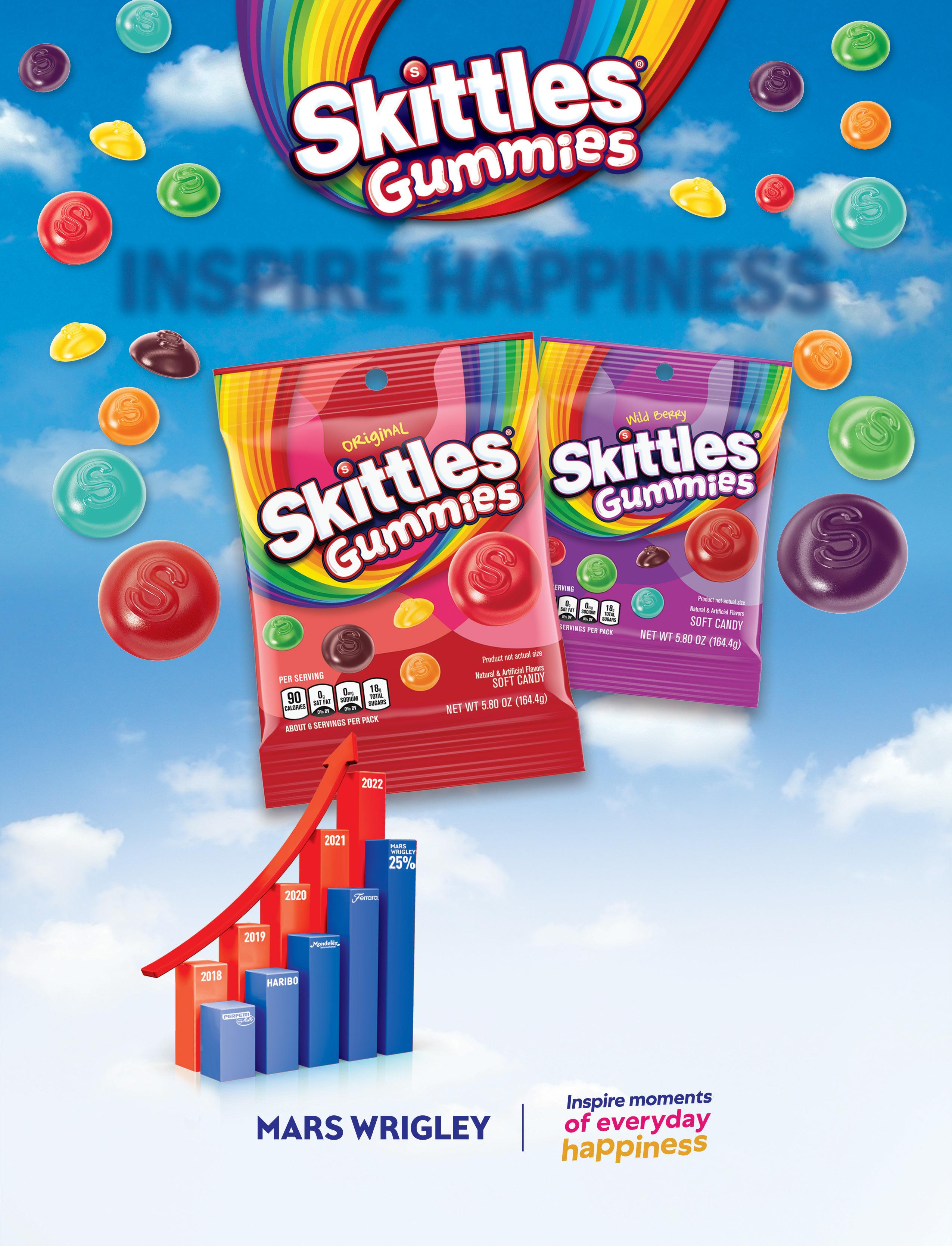
Parker’s Community Fund Donates Landmark $5 Million Gift
Francis Healthcare and are inspired by the healthcare system’s vision for the future. Parker’s and Roper St. Francis Healthcare share a commitment to the Lowcountry community and to improving lives,” said Greg Parker, founder and CEO of Parker’s and Parker’s Kitchen.
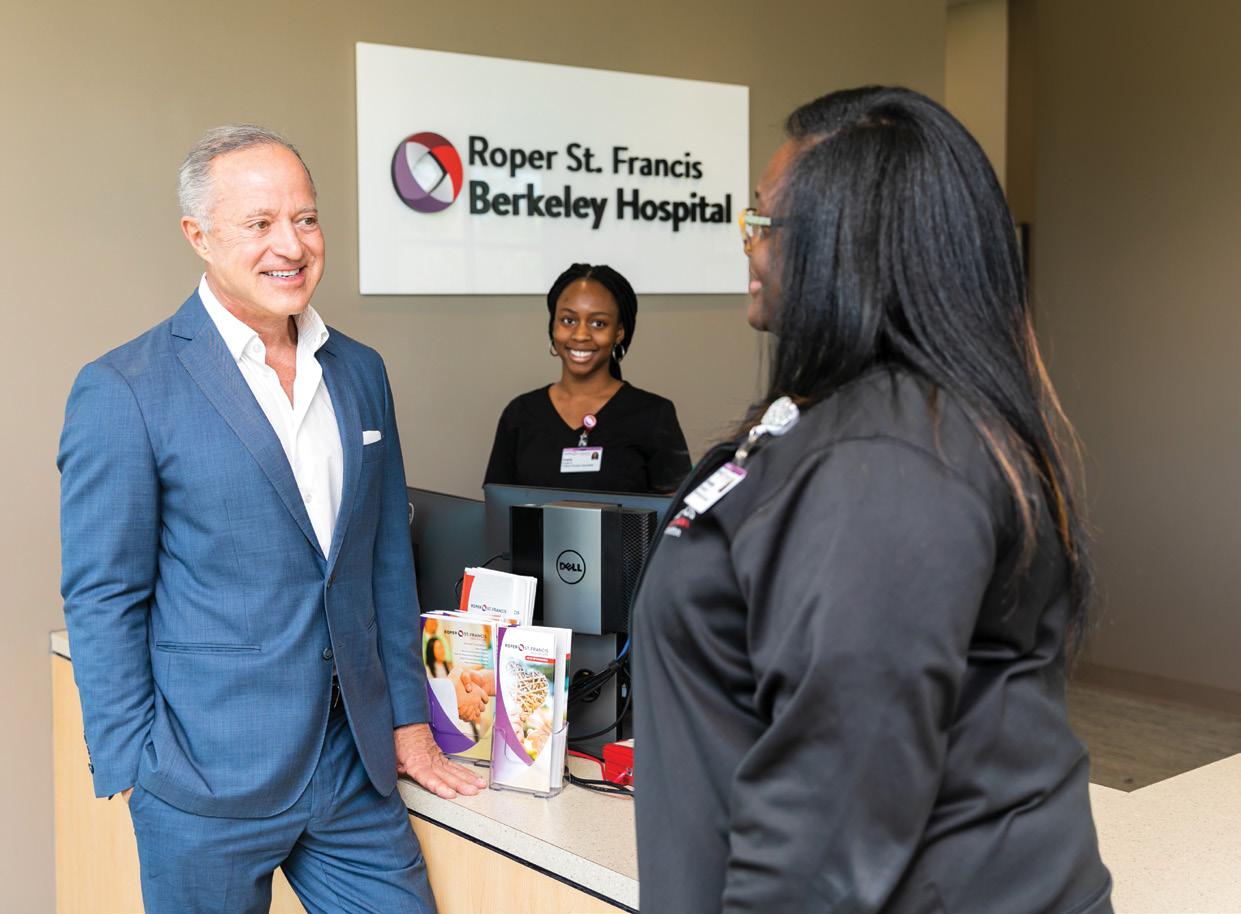
Parker established the Parker’s Community Fund in 2020. Over the years, Parker’s has donated more than $30 million to support charitable causes across coastal Georgia and South Carolina.
“We are deeply grateful to Greg and the Parker’s Community Fund for helping to fuel programs that support our community and caregivers,” said Dr. Jeffrey DiLisi, president and CEO of Roper St. Francis Healthcare. “This transformational gift will help us expand upon the work we are already doing to increase access to care in the Lowcountry.”
The Parker’s Community Fund will establish the Roper St. Francis Foundation Parker’s Community Impact Fund with a $5 million gift. This will support community health initiatives and the caregivers of Roper St. Francis Healthcare across the Charleston, S.C. area.
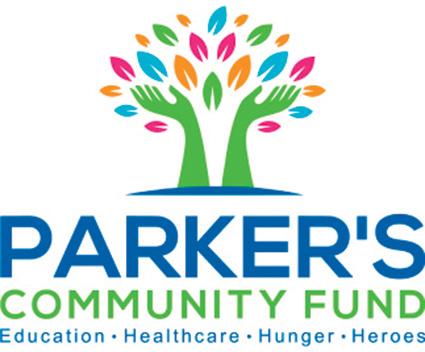
This Parker’s Community Fund investment—the largest gift in the history of the Roper St. Francis Foundation— was announced at the 17th annual Roper Xavier Society Gala.
“We are truly honored to support the patients and caregivers at Roper St.
The Parker’s Community Impact Fund will support programs at the core of Roper St. Francis Healthcare’s mission. This gift will enhance numerous existing priorities, including: the Greer Transitions Clinic, assistance for uninsured and underinsured patients, debt-free degree programs and career development services for Roper St. Francis Healthcare teammates, youth apprenticeships, on-the-job training for historically marginalized communities and emerging initiatives to help Roper St. Francis Healthcare meet its 2030 vision.
“Ensuring teammate success and serving our patients and community are central to Roper St. Francis Healthcare’s mission of ‘healing all people with compassion, faith and excellence,’” said Stacy L. Waters, president of the Roper St. Francis Foundation. “We are extremely thankful for this incredibly generous gift from the Parker’s Community Fund. This historic and visionary gift will have an extraordinary impact for generations to come.”
20 JUNE 2023 convenience.org
CONVENIENCE CARES
Parker’s founder and CEO Greg Parker with Roper St. Francis Healthcare staff. The center will support patients and caregivers across the South Carolina Lowcountry.
RED, WHITE AND IN THE BLACK.



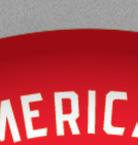









Create a sales stampede with the new limited edition blend from last year’s fastest-growing moist snuff brand.



2X rewards points on every can. Online rewards points promotion drives even more sales.













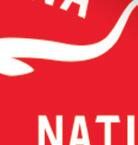

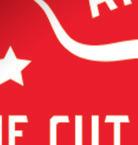







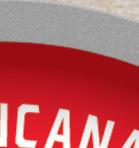
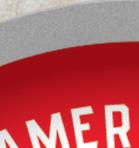

Contact your sales rep today!














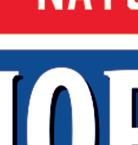
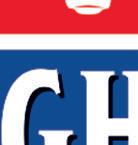




Only Available June 5th - August 28th








































A FO ADE U O E ON Y
CONVENIENCE CARES
In The Community
Every year, the convenience retail industry dedicates billions of dollars to advancing the futures of individuals and families in our communities. The NACS Foundation unifies and builds on NACS members’ charitable efforts to amplify their work in communities across America, and to share these powerful stories.
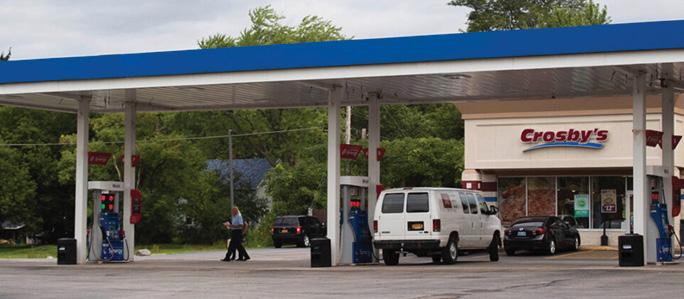
Learn more at www.conveniencecares.org
STEWART’S SHOPS SUPPORTS 4-H
1 Stewart’s Shops donated $100,000 to the Saratoga County 4-H for its 4-H Lead the Legacy Campaign to raise funds for a new educational facility at the Saratoga County 4-H Training Center in Ballston Spa, N.Y. The center is used by 4-H youth clubs and for community events and attracts over 12,000 youth each year.

The expansion will include 3,780 square feet of additional classroom space, a dedicated space for STEM, space to host robotics teams, additional restrooms and a community event space.
Stewart’s gives $9 million annually to over 6,000 nonprofit organizations.
RUTTER’S BOOSTS YOUTH SPORTS
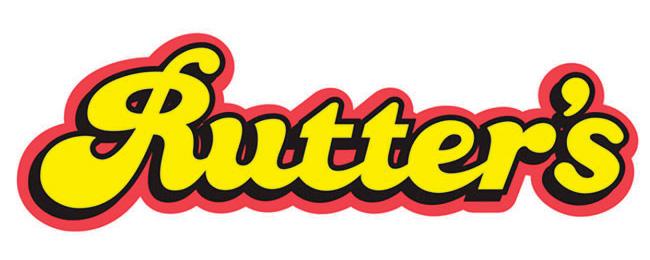
2 Rutter’s Children’s Charities brought back its $50,000 Youth Sports Giveaway for 2023. Local youth sports leagues applied online and 100 teams were chosen to receive a $500 donation for use towards uniforms, equipment, travel expenses and other team needs.

“We’re excited to continue our support of local kids and young adults to get involved in sports,” said Chris Hartman, president of Rutter’s Children’s Charities.
“After seeing the impact of the giveaway in 2022, we can’t wait to see the results in 2023!”
HY-VEE AIMS TO DONATE
100 MILLION MEALS
3 Hy-Vee announced an initiative to help fight hunger across its eight-state region. Now through the end of the year, Hy-Vee aims to provide 100 million meals to the Feeding America network of partner food banks across the Midwest. This collaborative campaign brings together Feeding America partner food banks, manufacturers and suppliers, as well as Hy-Vee customers, to help support people across the Midwest who are experiencing food insecurity.
The 100 Million Meals Challenge began March 1 with a register round-up across all Hy-Vee, Dollar Fresh Market and Hy-Vee Fast & Fresh locations.
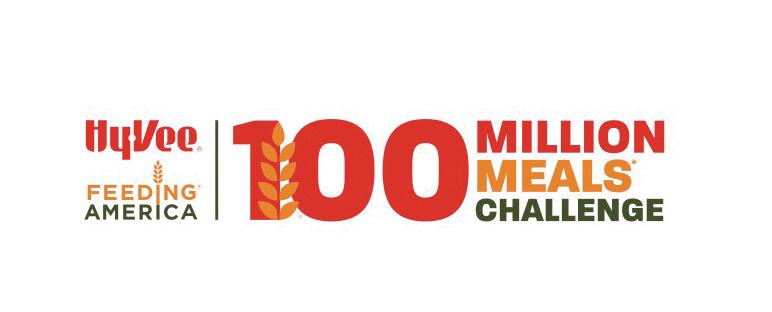
ENMARKET RAISES
$250,000
4 Savannah, Ga.-based Enmarket raised $250,000 at its fourth-annual Enmarket Charity Classic golf tournament. The funds are to be split evenly between the 200 Club of the Coastal Empire, which serves the families of fallen first responders, and Make-A-Wish Georgia. More than 280 golfers participated in the charity tournament this year.
“This event benefits two remarkable nonprofit organiza-
tions, and Enmarket couldn’t be prouder of our role in helping both the 200 Club and Make-AWish Georgia,” said Matt Clements, Enmarket’s president.
CROSBY’S DONATES TO CHILDREN’S HOSPITAL
5 Crosby’s and Reid Petroleum Corp. supported the Patricia Allen Fund benefiting John R. Oishei Children’s Hospital with a donation of $86,805.13. Throughout the NFL football season, Crosby’s offered multiple ways for customers to assist in supporting pediatric critical care through the following donation opportunities: 17 cents for every slice purchased of Crosby’s fresh-baked The Mafia Pizza, a penny for every gallon of fuel dispensed at designated dispensers for “Gallons for Patricia Allen,” $2 donations directly from customers in pin-up donations and 8% from every custom-designed t-shirt purchased for “Circle the Wagons.” Crosby’s has 87 locations throughout New York and Pennsylvania.
22 JUNE 2023 convenience.org
2 3 4 5 1

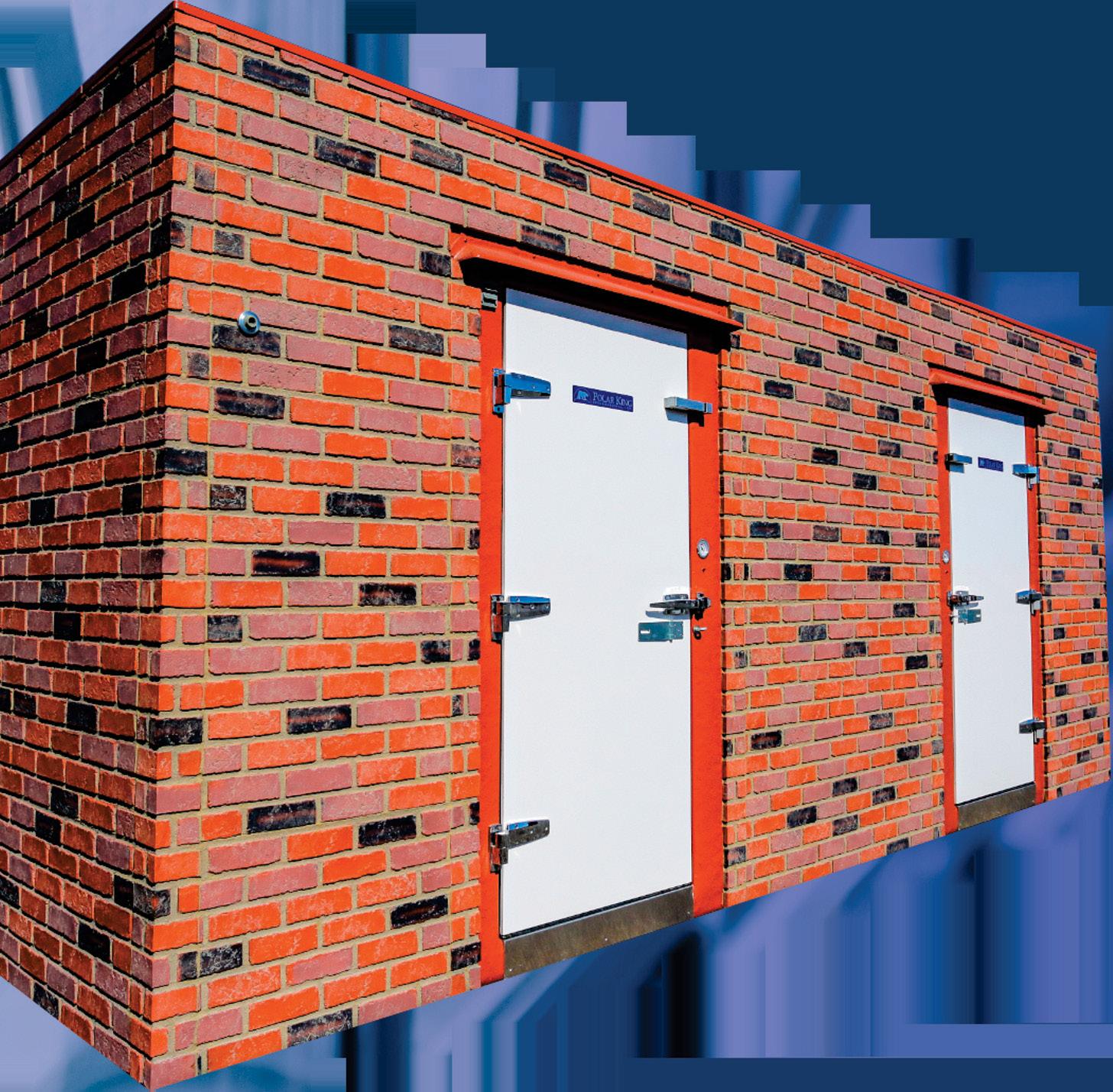

Summer Fuels and E15
BY PAIGE ANDERSON
Key Figures 31
The number of states in which E15 is available.
1.02 billion
E15 sales in gallons in 2022, according to Renewable Fuels Association
It’s summertime at last! While most of us are thinking about barbecues, beaches and baseball, you might not know that our motor fuels system undergoes a complex transition between winter and summer. Not only are fuel retailers selling a different blend of gasoline, but fuel retailers are also unable to offer E15 to their customers.
In this month’s Inside Washington, we look at how this supply transition came about and key issues surrounding the ability—or in this case, inability—to sell certain fuels during the summer.
SUMMER BLENDS VERSUS WINTER BLENDS
By June 1, fuel retailers must sell gasoline with a lower volatility than gasoline sold in the winter. This fuel switch is a result of amendments to the Clean Air Act in 1990 enacted by Congress and implemented by EPA.
Summer-grade gasoline has a lower volatility than winter-grade gasoline to limit evaporative emissions that normally increase with warm weather and cause unhealthy ground-level ozone. Volatility is a measure of how easily a liquid will change into a vapor. For
gasoline, it is measured by Reid vapor pressure (RVP). The higher the RVP, the more volatile the gasoline. Some areas of the country require cleaner reformulated gasoline (RFG), which must meet stricter limits on volatility.
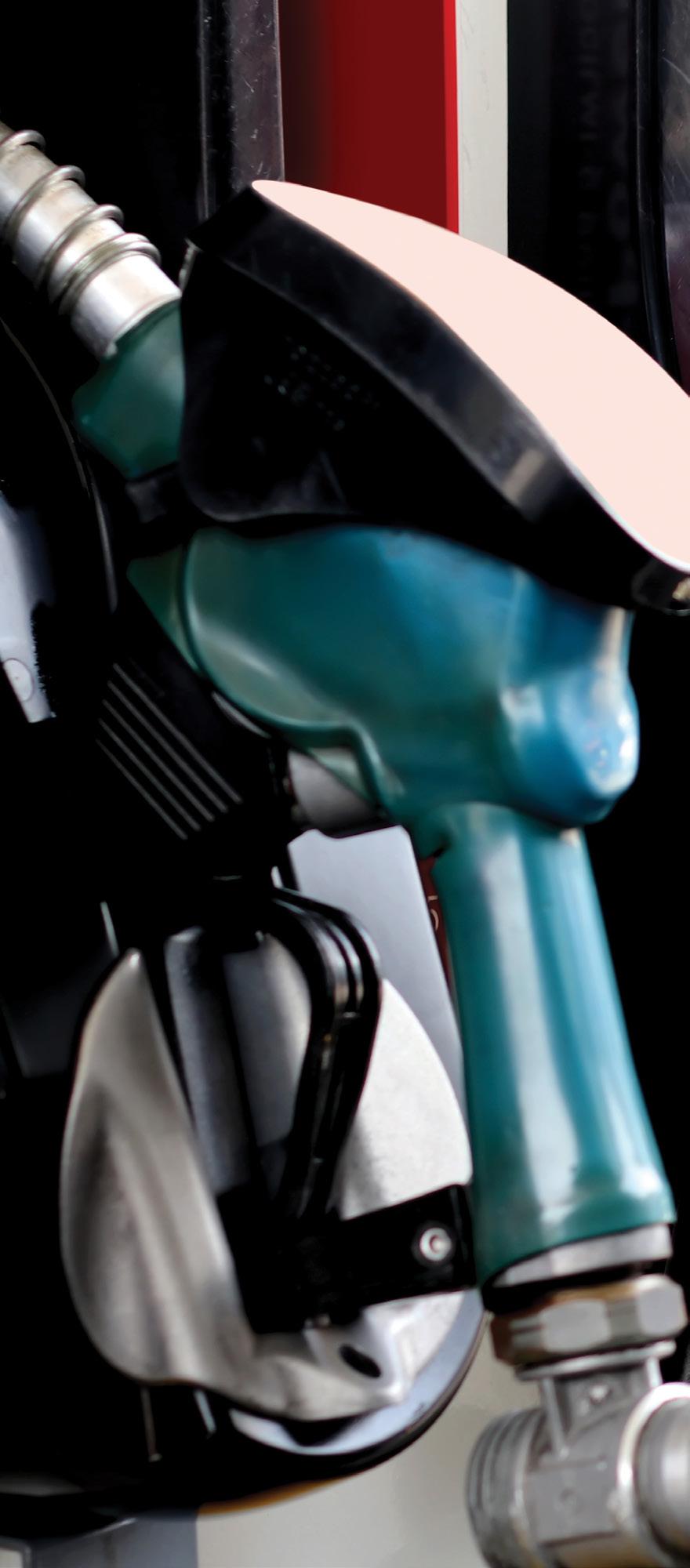
In the summertime, gasoline has a greater chance of evaporating from a vehicle’s fuel system, which can produce smog and increase emissions. Thus, refiners produce gasoline blends that have a lower RVP. Winter-blend gasoline has a higher RVP, which means it evaporates more and allows gasoline to ignite more easily to start vehicles during cold temperatures.
For logistical reasons, the transition from winter blends of gasoline to sum-
24 JUNE 2023 convenience.org INSIDE WASHINGTON chutarat sae-khow/Getty Images
NACS advocates for retailers to have the ability to sell E15 year-round.
mer blends of gasoline happens over the course of several months in the spring as temperatures rise. Refiners and terminals must transition to summer blends of fuels by May 1, and fuel retailers have to begin selling these fuels by June 1. This requirement lasts until September 15.

As one can imagine, facilitating lowering the RVP in fuels and handling the logistics of reducing winter-blend gasoline inventories can bring challenges. Hence, EPA does have waiver authority to provide flexibility in times of emergencies to allow winter blends to be extended past June 1 or brought into the fuels market before September 15, such as during hurricanes and other natural disasters. A waiver was also
granted during COVID-19 in 2020 when the economy essentially shut down as the industry was transitioning to summer blends. NACS has worked with EPA and industry groups in advocating for these emergency waivers.
E15
E15, gasoline blended with 10.5% to 15% ethanol, was approved by EPA in 2011 for use in light-duty conventional vehicles of model year 2001 and newer. This came about through a Clean Air Act waver request.
Vehicles prohibited from using E15 include motorcycles, vehicles with heavy-duty engines (e.g., school buses and delivery trucks), off-road vehicles,
NACS JUNE 2023 25
Refiners and terminals must transition to summer blends of fuels by May 1.
engines in off-road equipment (e.g., lawn mowers and chain saws) and cars older than model year 2001.
There is no mandate or requirement to sell E15, but many fuel retailers are selling E15 due to consumer demand and the ability to reduce costs of fuel for their customers. E15 is available in 31 states and at over 2,500 stations. As expected, the Midwestern states of Minnesota, Wisconsin and Iowa lead the way in selling the most E15. However, Texas, Florida, Pennsylvania and North Carolina fall right behind in the top ten states selling E15.
One challenge for fuel retailers who sell E15 or are considering selling E15 is that retailers are unable to sell E15 in the summer unless a one-pound RVP waiver is granted. While EPA originally approved year-round sales of E15 in 2019, a number of legal and regulatory battles have prevented this from happening. Currently, EPA must issue emergency fuel waivers each summer on an ad hoc basis, which it did last summer. NACS, working with other stakeholders, sent a letter in April to EPA, asking for such a waiver to allow for the sale of E15 this summer. The waiver was authorized later that month.
Unsustainable Swipe Fee Increases
BY ANNA READY BLOM
There was a seismic shift towards payment card usage during the COVID-19 pandemic. Yet, while more and more people are using plastic, nothing has changed in how those cards are processed.
Our industry has seen a dramatic increase in swipe fees. The convenience store industry’s swipe fees are up more than 81 percent since 2020. Last year alone, they were up 44 percent from 2021. How do you explain these types of increases? Since credit card swipe fees are a percentage of the total transaction cost, they multiply with every cent of inflation. On top of that, Visa and Mastercard raised fees in April 2022, even after a bipartisan group of lawmakers asked them not to move forward with the increases.
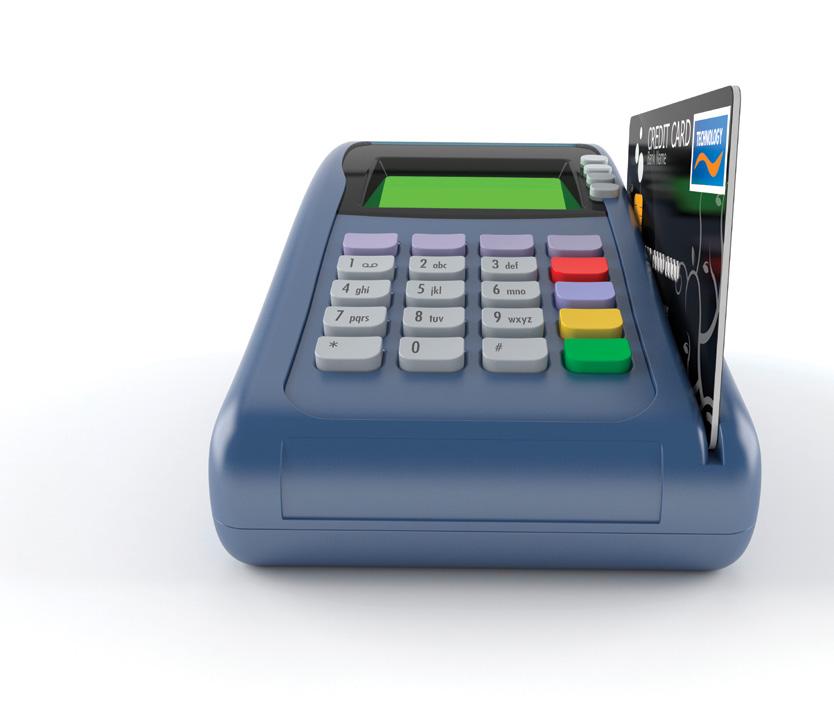
The reality is that these fees never come down because they aren’t subject to normal market pressures.
Visa and Mastercard operate as a duopoly, controlling 83 percent of the credit card market. They set the swipe fees that their issuing banks charge retailers. This would be like NACS setting fuel prices for our retail members. The difference is that if we did it, the leaders at NACS would be wearing orange jumpsuits, while Visa and Mastercard have been getting away with operating as a cartel. This pricing scheme is very lucrative for them. Last year, Visa’s net profit margin was more than 60 percent and Mastercard’s was more than 50 percent. In
fact, Visa’s leadership acknowledged on two separate earnings calls last year that they benefit from the current inflationary environment.
It’s time for Visa and Mastercard to have to compete, which is why NACS has been advocating for Congress to pass the Credit Card Competition Act (CCCA). This legislation would require there be a second network routing option on credit cards, similar to what happens on debit cards today. It could no longer be just Visa or just Mastercard as the only network option. The biggest credit card issuers would have to offer retailers a second, more competitive network. Retailers would then get to choose which network to route the transaction over. NACS estimates this legislation would save the convenience store industry more than $1 billion annually—about $7,000 per store per year.
Convenience retailers compete every day. It’s time for the credit card industry to do the same. Take action today by visiting www.convenience. org/takeaction.
Anna Ready Blom is NACS director of government relations. She can be reached at ablom@ convenience.org.

26 JUNE 2023 convenience.org INSIDE WASHINGTON Talaj/Getty Images
Minnesota, Wisconsin and Iowa lead the way in selling the most E15.
Be the destination for elevated snacking.
of shoppers identify as being health conscious.

Today’s convenience store consumers want healthier options when they’re grabbing something on the go. See how
KeHE raises the standard for convenience foods.











We’re a nationwide distributor with the broadest selection of natural & organic, specialty, and fresh products anywhere.





KeHE can make you the destination.
Lack of long-term certainty and the inability to sell E15 year-round continues to be an obstacle for fuel retailers. Legislation was introduced last year and reintroduced in March of this year to help resolve these issues.
The Consumer and Fuel Retailer Choice Act of 2023 was introduced in the Senate (S. 785) by Senators Deb Fischer (R-NE) and Amy Klobuchar (D-MN) and in the House (H.R. 1608) by Representatives Adrian Smith (R-NE) and Angie Craig (D-MN). The bill would enable year-round, nationwide sale of ethanol blends higher than 10% and permanently extend the RVP volatility waiver to ethanol blends above 10%. It also ensures uniformity and prevents a patchwork of regulations from disrupting the national fuel supply chain by nullifying pending governors’ petitions to remove the one-pound RVP waiver. NACS supports this legislation and is working with the bill sponsors and other industry groups to move this legislation forward.

ONE VOICE
This month, NACS talks to Sharif Jamal, Director of Brand Development Chestnut Market

What role in the community do you think convenience stores should play?
Convenience stores play an active role in communities by providing a safe and welcoming environment with easy access to essential goods and services, particularly for people who may not have easy access to larger supermarkets or specialty stores. Convenience stores also provide local employment opportunities, and most stores work with local charities and schools to give back.
What does NACS political engagement mean to you and what benefits have you experienced from being politically engaged?
Through NACS political engagement, members have had the opportunity to meet and educate policymakers on Capitol Hill on the issues and concerns the c-store industry faces. It has been a great experience to help advocate for my team and develop relationships with people in our industry who are working towards the same goals at both state and federal levels.
What federal legislative or regulatory issues keep you up at night?
The issue on my mind lately is the Credit Card Competition Act that NACS has been trying to get reintroduced and passed into law. Since credit card swipe fees are our second largest expense (after labor), and they continue to increase year after year, it is an issue that all retailers should care about.
What c-store product could you not live without?
A fresh cup of Lotta Java Coffee at Chestnut Market.
28 JUNE 2023 convenience.org INSIDE WASHINGTON
Paige Anderson is NACS director of government relations. She can be reached at panderson@ convenience.org.
NACS supports this legislation and is working with the bill sponsors.






















INSIDE WASHINGTON
NACSPAC DONORS
NACSPAC was created in 1979 by NACS as the entity through which the association can legally contribute funds to political candidates supportive of our industry’s issues. For more information about NACSPAC and how political action committees (PACs) work, go to www.convenience.org/nacspac. NACSPAC donors who made contributions in April 2023 are:
George Abdoo Imperial Trading Company
Toby Awalt Mashgin Inc.
Wesley Ayers
Tropicana Brands Group
Dave Baker Standard AI
Chad Beck Core-Mark International
John Benson AlixPartners LLP
Suzanne Bowers Clear Demand Inc.
Gary Braaten CHS Inc.
Brett Brobston
Altria Group Distribution Company
Lucas Brown Altria Group Distribution Company
Bill Bustin Rovertown
Kathleen Byrd Home Market Foods Inc.
Satish Chander K&G Petroleum LLC
David Charles, Jr. Cash Depot
Tom Christoffel
iSEE Store Innovations LLC
Sean Colman
The Boston Beer Company
Jamie Cousart
The Coca-Cola Company
Sheryl Coyne-Batson
Techniche
Matt Domingo Reynolds
Duane Duppong
The Hub Convenience Stores Inc.
Fouad El-Nemr
Nouria Energy Corp.
Tony El-Nemr
Nouria Energy Corp.
Jodi Gehrts
Tropicana Brands Group
Ramona Giderof Anheuser-Busch InBev
Grace Gilbert Shiftsmart
Paul Goldean Pace-O-Matic
Robert B. Griffith Golden Pantry Food Stores Inc.
Lisa Ham Yesway
Krister Hampton Altria Group Distribution Company
Jeffry Harrison Rovertown
Mike Headly AlixPartners LLP
Bradley Heetland Advantage Solutions
John Hill Utah Petroleum Marketers Association
Benjamin Hoffmeyer TXB Stores
Brandon Hofmann The Parker Companies
Jack Hogan Mashgin Inc.
Cas Holloway Shiftsmart
Kurt Holtschlag Stuzo LLC
Kendall Huckabee
The Coca-Cola Company
James Hughes Krispy Krunchy Foods LLC
Tommy Hughes CORD Financial Services
Jennie Jones Schaerer
Gaurav Kikani Shiftsmart
Scott Klein Cash Depot
Craig Koehler Anheuser-Busch InBev
Monica Lewis Altria Group Distribution Company
Jerry Marfut Pace-O-Matic
Kevin Martello Keurig Dr Pepper
Brandon Mayer The Hershey Company
Kyle McKeen TruAge
Lonnie McQuirter 36 Lyn Refuel Station
Sahil Mehta Shiftsmart
Drew Mize PDI Technologies
Trevor Moyle Moyle Petroleum Company
Pawan Nanda K&G Petroleum LLC
Kelly Naudain Altria Group Distribution Company
Jason Noll Capital One Bank
Erik Ogren Patron Points
Emily Paege Stuzo LLC
Corey Paluch Moyle Petroleum Company
Matt Pascal Pace-O-Matic
Jigar Patel SAASOA
Giulio Petraccaro Schaerer
Alex Plant Standard AI
Ashley Pridon Ecolab
Gabriel Purvis
The Convenience Group LLC
Michael Quinn Capital One Bank
Ryan Razowsky Rmarts LLC
Gina Reinhardt Pace-O-Matic
Robert Rivera
The Coca-Cola Company
Justin Robinson Hutchinson Oil Co. Inc.
Lisa Rountree TruAge
Joseph Sheetz Sheetz Inc.
Scott Smith
The Parker Companies
Megan Sprenger
Anheuser-Busch InBev
Saurabh Swarup Liquid Barcodes Inc.
Ali Van Dalen Kwik Trip Inc.
Dustin Viktorin Crow Holdings
Marvin Vines
The Coca-Cola Company
Scott Walters Rovertown
Julie Whittington Hunt Brothers Pizza
Casey Williams
Tropicana Brands Group
Elijah Wilson
VIBEZ Sunglasses Inc.
Marie Wise
Imperial Trading Company
Kristen Wuerth
Altria Group Distribution Company
Jeffrey Ziegler
Midwest Petroleum Company
30 JUNE 2023 convenience.org
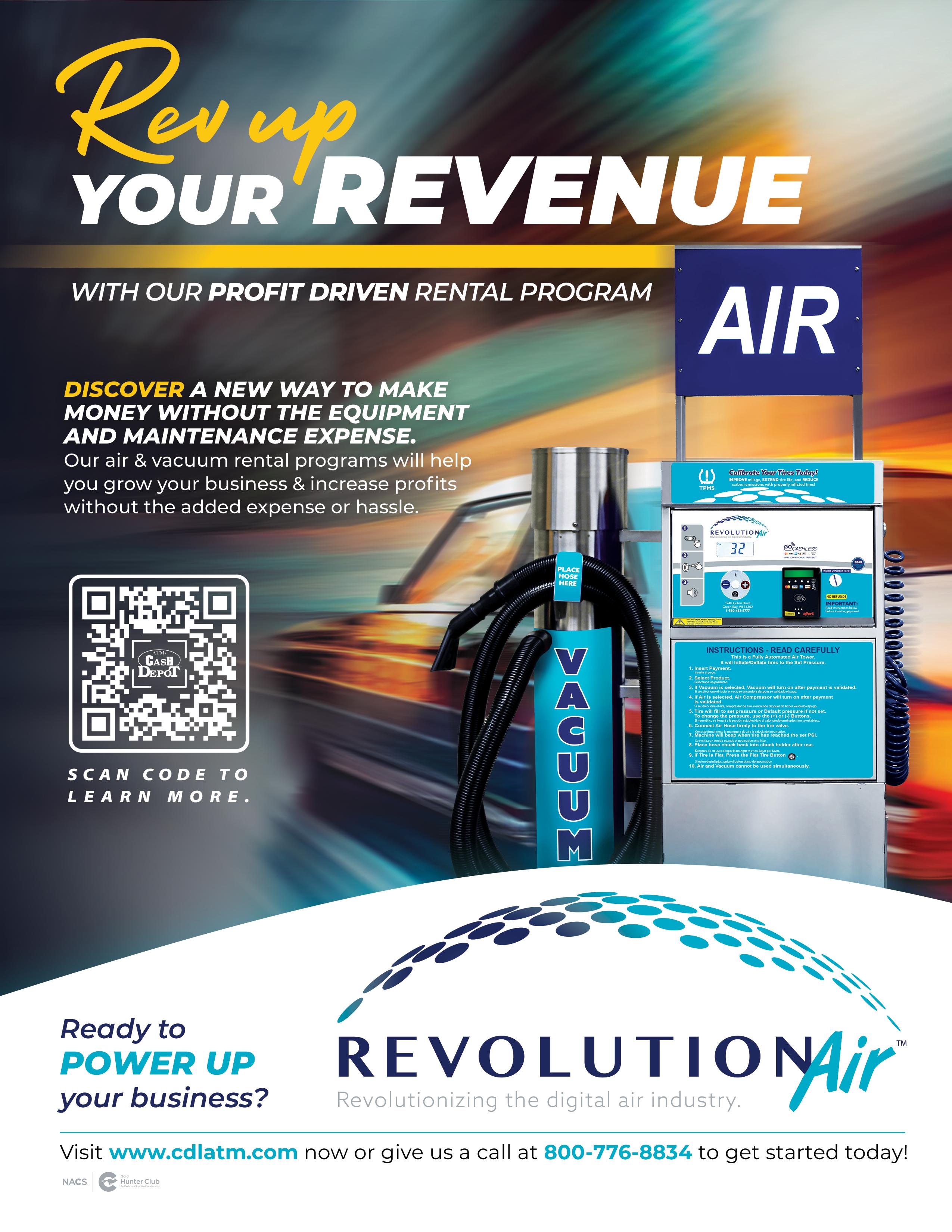
Name of company: EddieWorld

Year founded: 2018
stores:
The Road Well-Traveled

EddieWorld caters to those coming and going between Los Angeles and Las Vegas.
BY SARAH HAMAKER
Alex Ringle picked a busy road for EddieWorld, which he said is the largest gas station in California. “It’s along Highway 15 near Yermo, California, nearly dead halfway between Los Angeles and Las Vegas,” he said. “No one gave us any confidence we’d make it, but obviously it’s worked out.”
EddieWorld’s reputation as the place to stop on the way to Vegas or Los Angeles continues to grow. “It’s very strategically placed to be a natural stopping point whether you’re coming or going,” he said.

32 JUNE 2023 convenience.org IDEAS 2 GO
# of
1 Website: eddieworld.com

REFRESHMENT RUNS IN THE FAMILY ©2023 The Coca-Cola Company We are Coca-Cola and so much more, o ering the preferred categories and leading brands to drive your sales and profit growth. Contact your Coca-Cola representative, call +1-800-241-COKE, or visit www.coca-colacompany.com
GROWING THE WORLD
The idea for EddieWorld grew out of the Death Valley Nut and Candy Company, which Ringle’s father opened in 2001 in Beatty, Nevada, along Highway 95, about five miles from Death Valley. “I managed it for two years, learning all about the business,” Ringle said. “I really loved the concept and how he made it so unique for a gas station. I figured if his concept did so well along a less-traveled highway, then we stood to do even better along a much busier interstate.”
From the beginning, Ringle had his eye on the future. “I knew in my lifetime, the internal combustion engine vehicle would be overtaken by the electric vehicle, so we wanted to make it convenient to stop and charge your EV,” he said. “The normal gas station doesn’t work for the EV charging crowd—you need a lot more things and amenities to appeal to EV drivers because charging takes longer than filling a gas tank.”
To that end, he developed a facility with snacks, coffee, restaurant-quality food and plenty of private-label products to entice customers to stay for a few minutes or half an hour. “This works for passenger cars and EVs—we wanted to straddle both worlds with plenty of reasons to stop,” Ringle said. He even installed solar panels over the entire fueling station canopy to reduce the store’s carbon footprint.
Inside the store, three EddieWorldbranded restaurant concepts tempt customers to fill up their bellies. One offers sandwiches on fresh-baked bread and salads; another has grilled food, such as burgers, hot dogs, hand-battered chicken tenders, french fries and tacos; and a third serves custom pizzas in an oven which bakes the pies in 90 seconds.
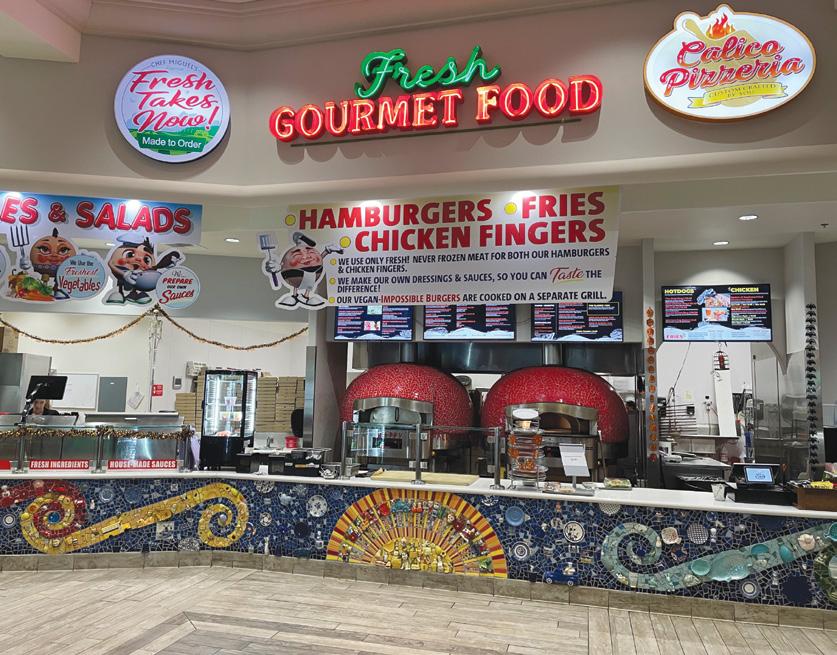
“We also make our own ice cream on-site and our own gourmet popcorn,” he said. “We wanted everything to be as fresh as possible and all is branded EddieWorld.”
The private label extends to the store’s wide selection of snacks and treats. “The packaged goods are our bread and butter—we bag everything on-site in one-pound bags and it’s a huge portion of our retail operation,” Ringle said. Candy, nuts, chocolate, dried fruit and sugar-free candy are popular with customers. For the kids, EddieWorld has a wide selection of plush animals, as well as travel games, activity books and art kits.
In addition to the private-label goods, the store stocks 30 different kinds of Jedidiah’s Jerky. “There’s a huge demand for our jerky because it’s a popular travel snack,” he said. There’s even an extensive hot sauce collection, a Mexican candy section and items for dogs. “We’re trying to cover all the bases now,” he said.
CUSTOMER SATISFACTION
For Ringle, the best part of operating EddieWorld is seeing the expression on a customer’s face. “You can always tell when someone walks in for the first time—the look on their faces as they see how different this is from your traditional gas station is amazing,” he said. “It’s almost as if they don’t know where to look because it’s so bright and colorful. We have a lot going on here.”
Part of EddieWorld’s charm is its employees. “I lean on senior staff members to train the new employees—it’s a huge operation and the only way to understand it is time,” he said. “It’s important that

BRIGHT IDEAS
To Alex Ringle, owner of EddieWorld, the best advertisement is clean restrooms. “We have a high emphasis on our bathrooms,” from the design to the cleanliness, he said. The store has two sets of men’s and women’s restrooms, each with floor-to-ceiling enclosed stalls.
Having two men’s and two women’s bathrooms allows the staff to close one of each during slower traffic times for thorough cleanings.
our new workers are trained by people who’ve been around the longest because they get it, they understand the unique things about our operation,” Ringle said. “It takes time to learn and adapt and execute that model because we’re a total departure from the traditional.”
Ultimately, EddieWorld was created outside of the box. “We figured out something no one was doing and decided to provide that experience,” Ringle said. “People like these experiences, and in the long run, you’ll go far if you can deliver that to your customers.”
Sarah Hamaker is a freelance writer, NACS Magazine contributor, and romantic suspense author based in Fairfax, Virginia. Visit her online at sarahhamakerfiction.com.

Ideas 2 Go showcases how retailers today are operating the convenience store of tomorrow.
To see videos of the c-stores we profiled in 2022 and earlier, go to www.convenience.org/Ideas2Go
34 JUNE 2023 convenience.org IDEAS 2 GO





















For trade purposes only. ©2023 Swedish Match North Europe AB TOBACCO PRODUCTORDER RECEIVED A MODIFIEDRISK or contact your Swedish Match Rep to learn more. Call 800-367-3677 IF YOU STOCK IT, IF YOU STOCK THEY WILL COME THIS IS THE PREMIUM PRODUCT THAT CREATES LOYAL TH I S I S TH E P R E M I U M P RO D U CT TH AT C R E ATE S LOYA L CUSTOMERS. LOYAL CUSTOMERS WHO DRIVE PROFITS. #1 in penny profit in snus The World’s #1 Selling Snus First to Receive a Modified Risk t to R ive odified Tobacco Product Order
The Elephant in the Room

Inside sales held on in 2022 despite facing a high inflationary environment and record gasoline prices.
NACS Vice President of Research & Education Lori Buss Stillman stressed during her presentation at the NACS State of the Industry Summit in Dallas that all the information and insights at the event serve a bottom-line purpose: “We’re here to learn from the past to plan for the future.”
“This is not about rehashing what has already happened—it’s about recognizing the conditions that impacted our businesses and learning how to take advantages of the opportunities those conditions created,” said Stillman, noting that the basic building block of our industry is the transaction.
“Whether it’s inside your stores or at the forecourt, everything you do should be about growing transaction counts and growing basket value,” she said, adding, “Leave no stone unturned when looking for incremental transactions.”
INFLATION’S BROAD IMPACT
Inflation peaked in June 2022 at 9.1% according to the Consumer Price Index (CPI) and ended the year at an average of 8%. Inflation sits at 5.0% for the 12 months ending in March 2023, which is good news, but don’t look for the 2% interest rates from the last decade to return anytime soon.
“Although inflation has been moderating in recent months, the process of getting inflation back down to 2% has a long way to go and is likely to be bumpy,” Jerome Powell, chairman of the Federal Reserve, told the Senate Banking Committee in March.
36 JUNE 2023 convenience.org
60% saying they are cutting back or plan to cut back on discretionary spending due to rising financial pressures, according to AlixPartners. Those reduced purchases will come from retail, restaurants, travel, grocery spending and leisure activities.
The rise in interest rates has created new headwinds for businesses. A Bloomberg survey found that 48% of executives said that their company has been severely or very impacted by interest rates and the inflationary environment. No doubt this one-ton elephant is still sitting in the room—or your store—and putting spending pressure on your business and
But convenience retailers have demonstrated throughout history that ours is a resilient industry. At the NACS State of the Industry Summit, more than 650 stakeholders heard how industry sales—even when adjusted for inflation—proved that tough economic times are opportunities to deliver what customers want, when they want it and where they are.
INFLATION’S IMPACT ON CONVENIENCE RETAIL
When inflation was beginning to increase in 2021, NACS created a model to calculate a Convenience Consumer Price Index that contains the categories that make up more than 85% of merchandise sales. The curve began to accelerate in August 2021 and grew steeper, reaching a 9.1% inflation rate by December 2022.
Unadjusted merchandise sales saw outstanding sales growth from January 2021 through the end of 2022—some months saw merchandise sales improve more than 10% year over year. However, when adjusted for inflation, merchandise sales tell another story. Merchandise sales had a negative performance in 11 months over the past two years after pricing adjustments. This gap grew considerably wider during Q4 of 2022, capping off the year with 9+ point gap in both Q3 and Q4.
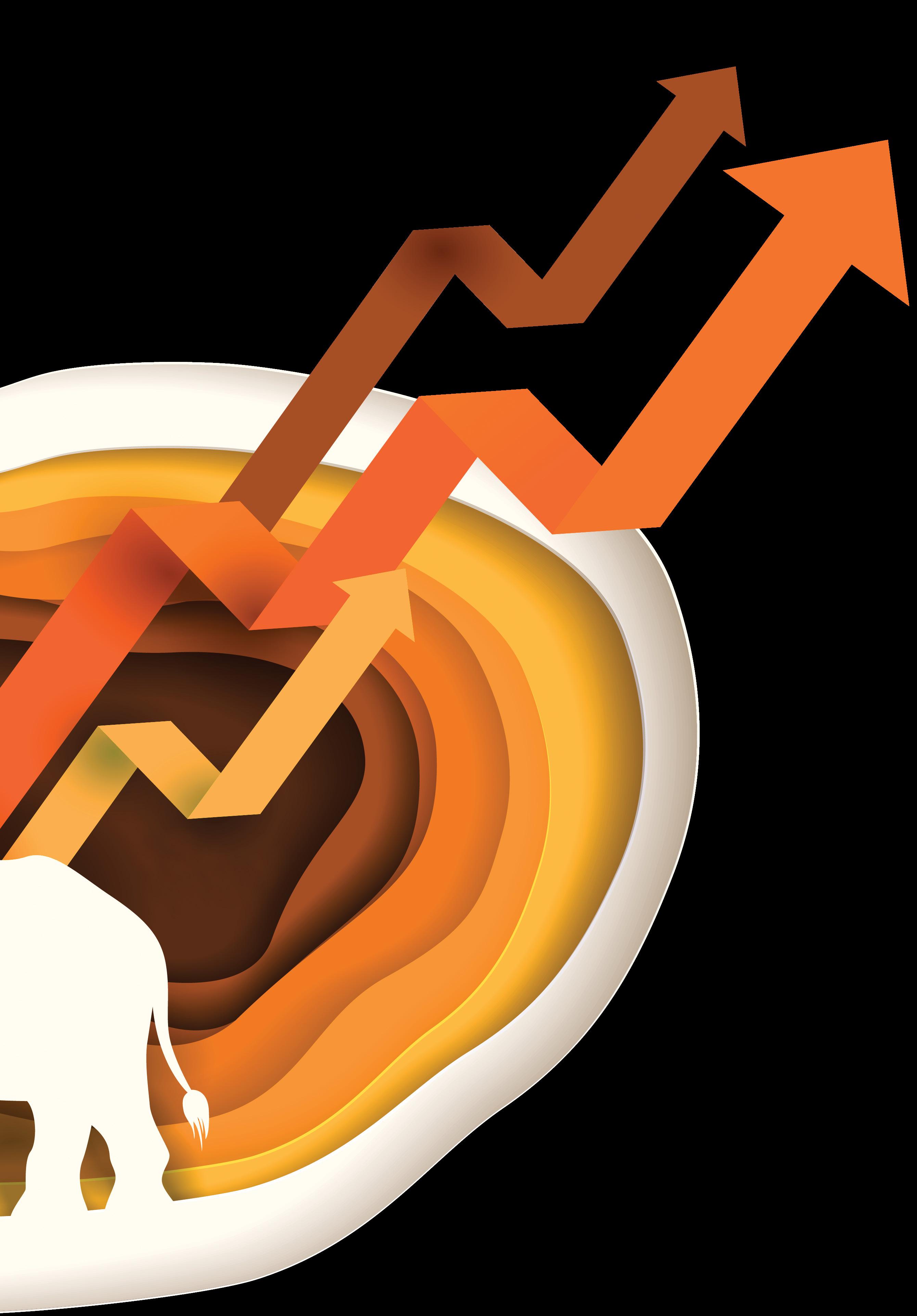
NACS JUNE 2023 37
AnaitSmi and Siberian Art/Shutterstock
Growth for Different Retail
Source: U.S. Department of Commerce, 12 Months Ending December 2022
for Different
In 2021, the convenience CPI model estimated that the average annual inflation was 3.3%, and this number increased to 7.9% in 2022. “This [7.9%] number is your benchmark for merchandise—if your company was over 7.9% growth in merchandise that’s solid growth that’s likely marginal unit or mix growth,” she said.
“The reality is that after adjusting for inflation, merchandise sales were flat to down for most months throughout 2022,” said Stillman.
Inflation also had a significant impact on foodservice.
The gaps between unadjusted and adjusted foodservice sales were larger than what the industry experienced with merchandise. Inflation also moved faster for foodservice and reached +10.3% in Q4 of 2022.
In 2021, the average annual foodservice convenience CPI saw an increase of 5.5%, and with a full year of inflation under the industry’s belt, the average foodservice CPI increase for 2022 was 9.7%. “If your company’s foodservice sales growth was 9.7% or better, there was likely some unit or mix growth,” said Stillman.
Other retail channels also grew sales quickly due to the inflationary environment. The exception was drug stores, which registered a modest 2.7% sales growth, well below
inflation. The channel has closed 1,000 sites for a 2.5% decrease in total store count over two years.
FUEL PRICES UP, VOLUMES FLAT
The story of retail fueling in 2022 came down to pricing. “Essentially all sales increases in terms of dollars were price driven,” said Stillman, adding that volatility in crude oil sent gasoline prices soaring.
Estimated industry fuel sales increased 41.2% reaching $603.2 billion, largely as a result of higher gasoline prices, which increased 33.1% to an average of $4.06 in 2022—up from an average of $3.05 in 2021.
TRANSACTIONS HOLD THEIR GROUND
The good news around transaction counts is that they’re on the right path. Total industry transactions had declined every year from 2016 until 2021, a year that experienced a COVID-19 rebound.
In 2022, inside transaction count growth resumed after a general trend of decline since 2016. “Thinking back to last year’s SOI Summit, the goal was to get back to 2019 levels on inside transactions,” said Stillman, adding that total transactions in 2022 were outpacing 2020 and 2021 during most months, which is great news for the industry.
38 JUNE 2023 convenience.org
Channels +9.0% Convenience Inside 8.3% Grocery 16.7% Restaurants 2.7% Drug 19.3% Liquor 9.8% Dollar
Sales
Growth
Channels +1.5% Convenience (9.0)% Restaurants (1.0)% Drug (0.7)% Grocery +4.4% Dollar (9.4)%* Gas Kiosks +2.8%* Liquor +5.7%* Smoke Shop *504 Kiosk Locations Reclassified to Traditional Convenience Source: NIQ YE2022 Retail Channel Census
Store
Retail
If your company’s foodservice sales growth was 9.7% or better, there was likely some unit or mix growth.”





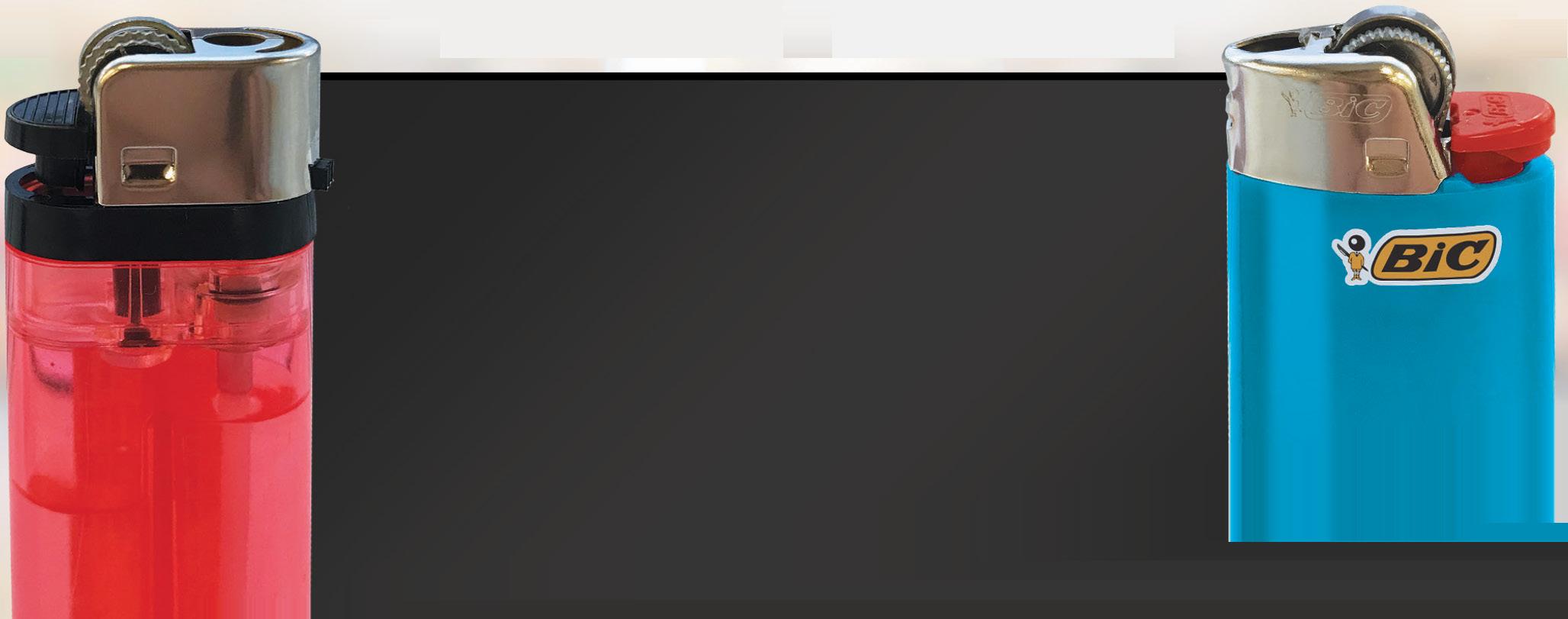


















































































































































Consistent flame height Resistance to elevated temperature Drop-resistant from a height of 5 feet Flame extinguishes within 2 seconds Safe volumetric displacement * ARE YOU PLAYING WITH FIRE? SELLING GENERIC LIGHTERS COULD PUT YOU AT RISK. Not a BIC® Lighter e Longest-Lasting Lighter merica’s Safest and © 2023 BIC USA Inc., Shelton, CT 06484 *vs. fixed-flame, non-refillable lighters of comparable size BIC.® SAFETY YOU CAN COUNT ON. TO ORDER, VISIT NEWREQUEST.BIC.COM Did you know when it comes to lighters, most safety standards are voluntary? At BI At BIC, we never compromise on quality. In fact, every lighter we sell undergoes more than 50 quality checks. That’s why BIC® Maxi Classic® is known as America’s safest and longest-lasting lighter.*
“We should all go back and celebrate with our frontline employees. This is a big win for everyone in this room,” Stillman said. Basket value, a combination of inside merchandise and foodservice, held steady in 2021 but started to show signs of inflationary pressure by the end of the year. In 2022, however, it was off to the races as prices increased and basket value followed, even as transaction counts increased.

YoY Change Basket Value
Source: NACS CSX Convenience Benchmarking Database
Inside store operating profit (excluding gross profits, expenses and card fees related to the fuel component of a site) declined, as direct store operating expenses (DSOE) grew at a faster rate than inside gross profit dollars.
In 2022, average inside operating profit declined by 50% to $111 per store, per month. This also means that the $7.52 average basket value experienced a 34-cent loss of inside store operating profit.
“This metric can be unforgiving,” said Stillman, adding that operating expenses are the main difference between 2021 and 2022. “If operating expenses had held flat, basket value in 2022 would have broken even.”
HIGHER WAGES DON’T IMPROVE TURNOVER
Finding a way to control labor costs is a top concern for convenience retailers, and 2022 proved to be another challenging year. Unemployment remained at historic lows (3.3% in December 2022) and thousands of jobs were unfilled.
Although non-manager turnover shrunk by a little less than a point, manager turnover trended the opposite way, increasing by 2.5 points to 34.9%. “They’re being actively recruited because other operators know that if you can be a good convenience store manager, there’s not a job that they’re not going to do well,” Stillman said. “Really pay attention to your managers.”
Compared to other retail channels, convenience retailers consistently outspend to attract and retain employees, with total compensation (wages and benefits) increasing at a much higher rate.
Amid this trend of outspending to attract and retain employees, NACS data shows that almost 8 of 10 separations were voluntary, which reflects culture in a company’s offices and its stores.
NACS CSX Convenience Benchmarking Database
40 JUNE 2023 convenience.org Transaction YoY
Per Store Month 2021 2022 %Chg Inside Transactions 28,497 29,306 2.8% Pump Transactions 9,749 10.616 8.9% Total Transactions 38,246 39,922 3.6% Source:
Convenience Benchmarking
Performance
NACS CSX
Database
Per Store Month 2021 2022 %Chg Inside Sales $204,399 $220,491 7.9% Inside Transactions 28,497 29,306 2.8% Basket Value Avg. $7.17 $7.52 4.9%
Metric (per store, per month) 2021 2022 %Chg Basket Value $7.17 $220,491 7.9% Net Cost Of Good Sold $4.64 29,306 2.8% Inside GP$ + Other Income per Transaction $2.80 $3.02 7.9% Net DSOE + Facility Expense per Transaction $3.02 $3.36 11.3% Inside Operating Profit/Transaction (22) cents (34) cents (12) cents
Source:
Lori Buss Stillman
Help responsibly connect & engage with your ATCs 21+ in the digital environment


• Establishes a digital foundation to optimize the ATCs 21+ journey

• Enables an integrated marketing approach for your ATCs 21+
• Provides a clear road map for development, integration, and implementation supported by AGDC
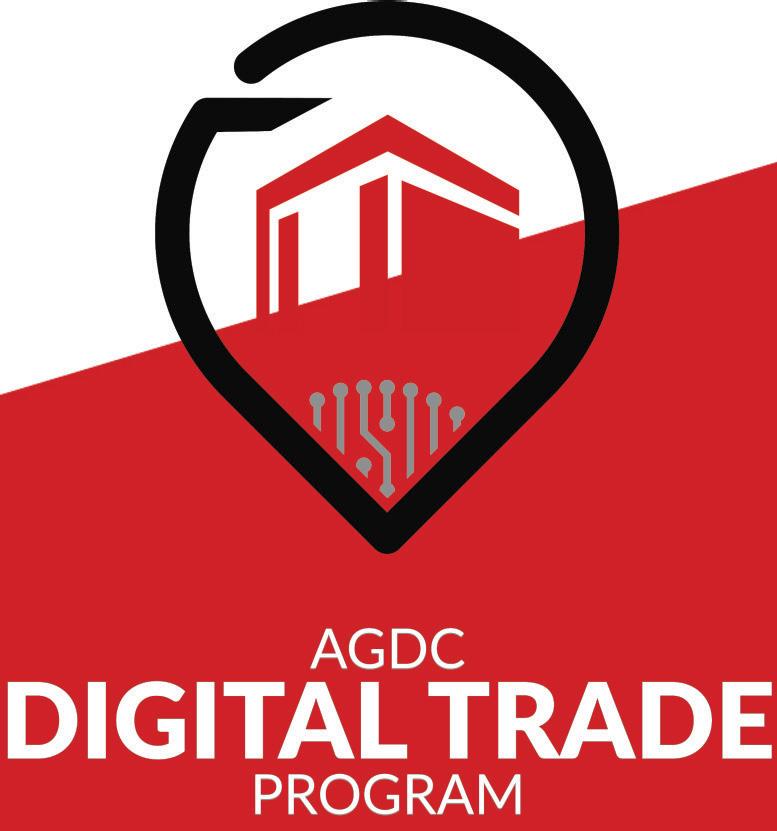
Invest in digital infrastructure that responsibly optimizes & enables new channels for ATCs 21+ experiences

Enhance your retail digital capabilities & build a foundation of responsibility to meet the evolving ATCs 21+ expectations & improve their experiences


Inside Operating Profit by Decile
Bottom Second Third Fourth Fifth Sixth Seventh Eigth Ninth Top
Source: NACS CSX Convenience Benchmarking Database
“Convenience retailers that have a reputation for being great places to work also have an edge when it comes to workplace culture. These companies are able to keep their turnover rates well below 100%, even in this environment,” said Stillman.
TOP PERFORMERS ENJOY THE APEX
Looking at data from top industry performers is a great way for other retailers to see how the best in the business are faring. NACS generates this by ranking all the companies that submit SOI survey data by their calculated store operating profit (minus cost of goods, facility expenses and DSOE; including fuel gross profit dollars and expenses from selling fuel).
When fuel gross profits are stripped from the store operating profit equation, only the best operators profit.
“If you really want to compare to the best of the best, this is it. Not only is there a $56,000 monthly swing of inside store operating profit between the top and bottom deciles, the top decile has a 3.2 times multiple for inside store operating profit versus the next best decile,” said Stillman.
The rubber really hits the road for top performers on store profitability when it comes to foodservice. These companies sold 5.5 times the bottom on foodservice and conducted 1.4 times the total transactions. Top performers also generated 6.9 times foodservice gross profit dollars versus the bottom.
“Of course, more complex operations have more services, and more food prep will result in higher wages,” said Stillman.
The top performers enjoyed much lower turnover, but wages and benefits were a considerably larger drain on gross profit dollars—these retailers pay almost $6 per hour more in total compensation than companies at the bottom, which are about 30% higher.
42 JUNE 2023 convenience.org
-32,337 -18,762 -11,874 -8,951 -6,249 -3,022 -1.022 2,433 7,561 24,024 3.2X
Metric Top Decile Bottom Decile Multiple Employee Turnover 84.0% 135.9% (51.9) pts Manager Turnover 22.4% 37.7% (15.3) pts Wages Benefits % of GP$ 31.1% 23.7% 7.4 pts Inside Transactions 48,383 31,944 1.5X In-Store Sales per Labor Hour $119.89 $84.75 1.4X In-Store GPS per Labor Hour $48.61 $27.46 1.8X Labor Cost Per Hour 38,246 $19.68 1.3X
Source: NACS CSX Convenience Benchmarking Database
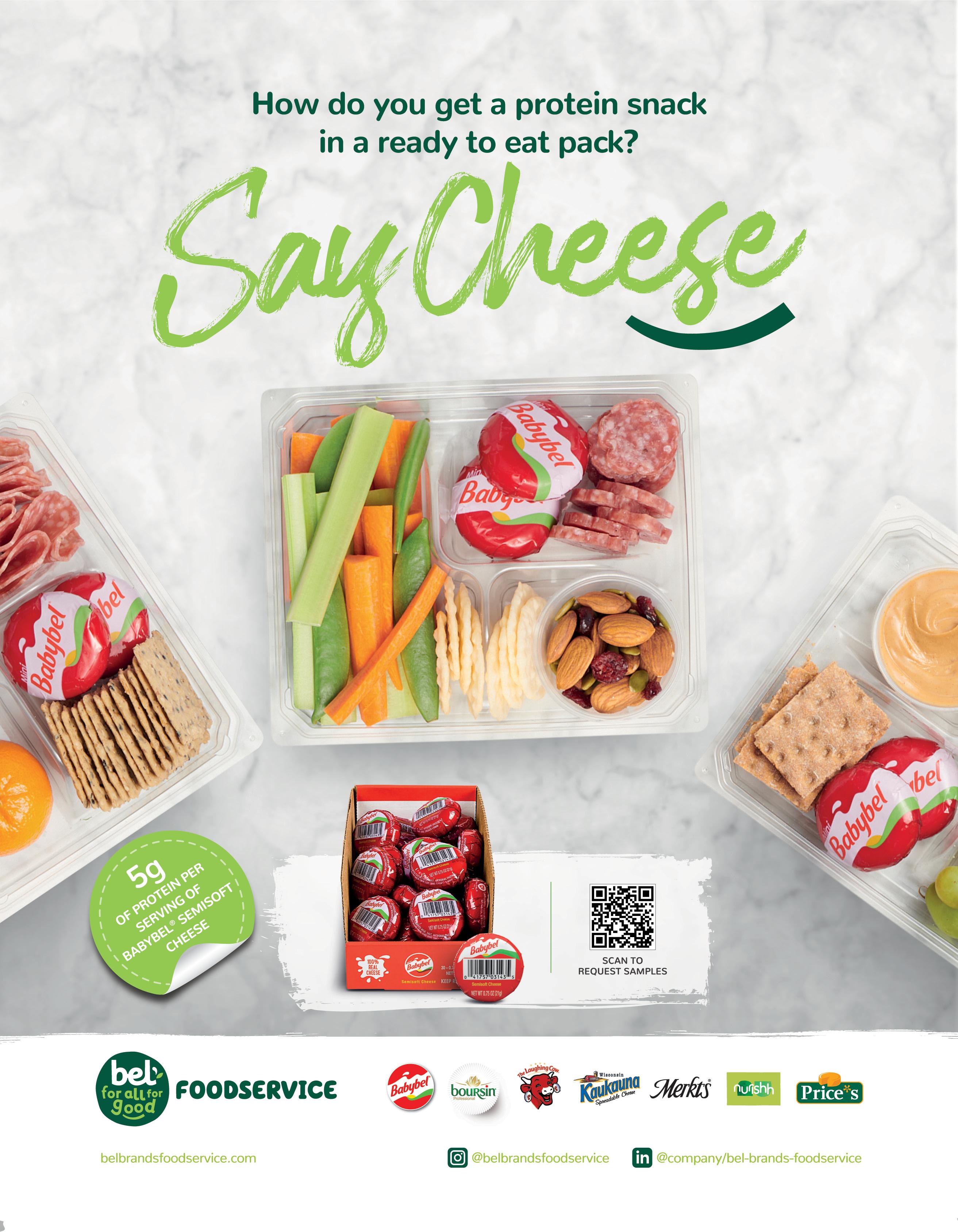
Inside Sales Exceed Expectations

Convenience stores are the destination for food, snacks and beverages.
BY CHRISSY BLASINSKY
Amid pricing and inflationary pressures, U.S. convenience stores had record in-store sales of $302.9 billion in 2022, according to NACS State of the Industry data.
“No surprise but we continue to be a destination for food and drinks, ,” said Annie Gauthier, CFO/co-CEO of St. Romain Oil Company and Y-Not Stop, based in Mansura, Louisiana.
Gauthier shared newly released State of the Industry data that focused on the top six merchandise categories—cigarettes, packaged beverages, beer, OTP, salty snacks, candy—and the five foodservice categories of prepared food, commissary and hot, cold and frozen dispensed beverages, that make up nearly 90% of inside sales and gross margin.
44 JUNE 2023 convenience.org
Metric Per Store, Per Month National Total All Sales $781,143 Fuel Sales $593,599 Fuel Gallons 144,728 Avg. Selling Price $4.02 Inside Sales $220,491 Foodservice Sales $56,491 Merchandise Sales $164,234 Merchandise Less Cigarettes $121,039 Cigarettes $43,195 Transactions 39,922 3.6% Source: NACS CSX Convenience Benchmarking Database
Unit price for top six merchandise categories ranked by year-over-year change
Inside Sales and Gross Margin
2022

NACS JUNE 2023 45
Average U.S. Convenience Price 2021 Average U.S. Convenience Price 2022 YoY Change Candy $1.84 $2.09 13.9% Salty snacks $2.14 $2.41 12.5% Packaged beverages $2.20 $2.41 9.2% OTP $4.16 $4.37 5.1% Cigarettes $8.08 $8.45 4.6% Beer $6.07 $6.32 4.1%
86.7% 5.0% 5.2% 3.9% 6.2% 21.0% 9.3% 36.1% Inside Gross Margin Contribution 13.4% Inside Sales Contribution 11.8% 3.5% 4.6% 7.0% 7.5% 17.2% 22.8% 25.6%
Source: NACS CSX Convenience Benchmarking Database
All Other Categories Candy Salty Snacks Beer Other Tobacco Products Packaged Beverages Cigarettes Foodservice Categories
Contribution,
Ron Dale/Shutterstock
The Top 10 Merchandise Categories Delivered Impressive Sales Growth, Impacted by Pricing
*Indicates sales growth outpacing inflation
Source: NACS CSX Convenience Benchmarking Database
Gross Profit Growth Outpaced Sales Growth in Nearly Every Merchandise Category
Checkmark indicates that GP$ growth is outpacing that of sales.
Source: NACS CSX Convenience Benchmarking Database
Looking at the per store, per month sales for the top 10 merchandise categories, all but cigarettes and general merchandise had increased sales year over year, said Gauthier. Packaged beverages, OTP, salty snacks, candy and packaged sweet snacks all had double-digit sales growth year over year.
Two categories saw sales drop. Cigarettes, which had experienced two years of sales growth, retracted in 2022. For general
merchandise, the sales decrease could be caused by lower consumer demand for items like gloves, hand sanitizer and masks—items that were in high demand over the peak pandemic years.
When looking at the top 10 through the lens of gross profit contribution, cigarettes and packaged beverages trade the No. 1 and No. 2 spots since packaged beverages is a higher margin category.
46 JUNE 2023 convenience.org
Sales Sales YoY Change Sales Sales YoY Change $43,195 (3.2)% Cigarettes $7,914 *15.1% Candy $8,972 *14.3% Salty Snacks $2,961 (13.1)% Gen. Merch. $37,496 *10.1% Pkg. Beverage $3,836 5.1% Alternative Snacks $17,436 *10.0% OTP $3,417 18.9% Pkg. Sweet Snacks $18,063 *4.9% Beer $3,802 9.1% Milk
Gross Margin % Gross Profit GP YoY Change Gross Margin % Gross Profit GP YoY Change 42.86% $16,482 ✔ 12.9% Pkg. Bev 21.52% $3,632 ✔ 6.3% Beer 37.97% $3,747 ✔ 17.3% Salty Snacks 47.11% $1,427 (7.4)% Gen. Merch. 51.59% $4,103 ✔ 18.0% Candy 46.22% $1,537 22.7% Pkg. Sweet Snacks 28.90% $5,054 ✔ 10.3% OTP 44.95% $1,785 9.2% Alternative Snacks 15.14% $6,234 (1.9)% Cigarettes 23.93% $1,120 3.4% Milk
Packaged beverages, OTP, salty snacks, candy and packaged sweet snacks all had doubledigit sales growth YoY. ”
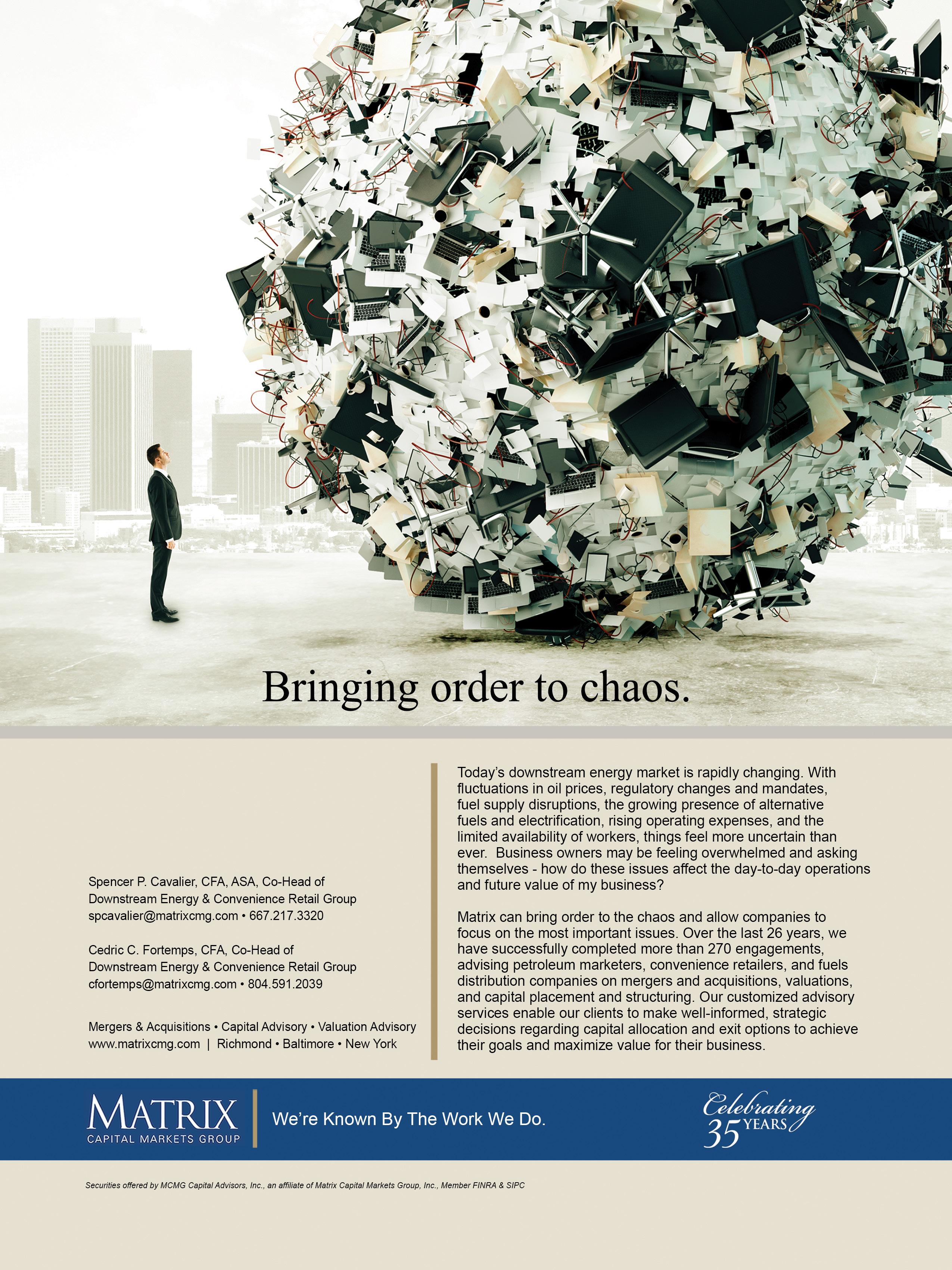
#1 Merchandise sales contributor;
#2 Merchandise margin contributor




15.14% gross margin




In 2022, convenience stores saw a -3.2% sales change year over year for cigarettes. “Unfortunately that negative sales change was also accompanied by a negative unit change of -7.5%,” said Gauthier.

For the cigarette subcategories (premium, subgeneric/private label, branded discount, fourth tier, imported), the main takeaway is that premium cigarettes account for roughly 76% of total category sales. Two subcategories had lower sales in December of 2022 than in January of 2019: branded discount and subgeneric/private label, while imported cigarettes has shown the most growth in recent years.
To summarize 2022 versus 2021 year-overyear sales and profit changes, there are a few factors that play into the category’s performance. For one, the U.S. smoking rate is down 30% from a rate of 21.2% in 2011 to 14.4% in 2021. Second is regulations and excise taxes, and flavor and menthol bans.
PACKAGED BEVERAGES
#2 Merchandise sales contributor;
#1 Merchandise margin contributor
42.86% gross margin

The packaged beverages category had strong margins of about 43% in 2022, which led to higher profitability.
In 2021 and 2022, the industry experienced significant sales increases for packaged beverages on a consistent month-over-month basis, with 2022 coming in at 10.1% higher in sales than 2021. “The flip side of that is that unit sales were down about 1%. Our sales change was of course driven by the 9.1% average unit price increase that we saw in this category,” said Gauthier.
Most category sales and incremental growth came from two subcategories: carbonated soft drinks (8.8% YoY sales, 12.5% YoY gross profit) and energy drinks (12.3% YoY sales, 15.3% YoY gross profit).
Sports drinks had significant growth in 2022, delivering a whopping 20.7% sales increase and 23.8% gross profit increase. “We’ve got some interesting things going on with sports drinks as we continue to blur
subcategory lines with companies that have traditionally been known for infant or child nutrition getting into the sports space, and companies known for sports drinks getting into the energy subcategory,” said Gauthier.
Not to be outdone, companies that have made their mark as energy drink companies are getting into coffee, and coffee companies are getting into the energy space. There’s also a big trend with influencers promoting products within the category, like the Prime energy drink promoted by YouTube stars Logan Paul and KSI.
“It’s getting increasingly challenging to classify these products—even more so if you’re a category manager trying to manage your resets and set your products in a logical flow so customers can find these new and innovative drinks,” Gauthier said.
“Overall, packaged beverages subcategories performed really well, with only juice drinks sales down year over year (-1.1%), although they managed to pull out a little more gross profit (1.0%) than the previous year,” she said.
#3 Merchandise sales contributor;
#6 Merchandise margin contributor
21.52% gross margin



“I don’t know about y’all, but I really like the sales trend for beer,” said Gauthier. Beer was on the uptick in April 2020 and remained that way into 2021 and 2022, delivering both a 4.9% positive sales change year over year as well as a mostly flat unit change.
The largest subcategory was premium beer, which is about a third of the overall category.
48 JUNE 2023 convenience.org
Annie Gauthier
I don’t know about y’all, but I really like the sales trend for beer.”
























































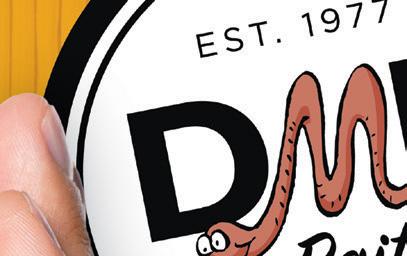
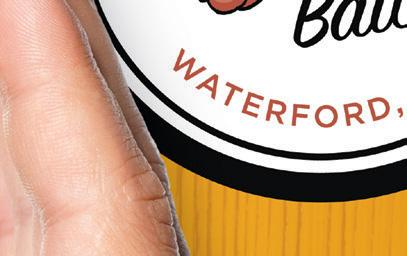
















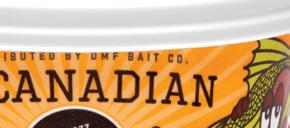

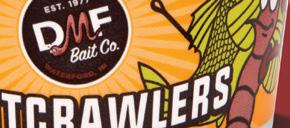







Flavored malt, which includes hard seltzer, has seen a lot of innovation in recent years but “is flagging a little bit after several years of double-digit sales growth, making us wonder whether this category has reached its saturation,” said Gauthier, noting that the subcategory is about 7% of the overall category sales.
Non-alcoholic beer has almost doubled from 2020 to 2022, with some of the more established beer brands getting into this space. “We’ve also seen a completely non-alcoholic brewery open up and that’s Athletic Brewing Co.,” said Gauthier, noting that although NA beer is a small subcategory, “If you’re looking to be on the cutting edge in the beer category, this may be something you want to consider giving some space to.”
Imported beer has shown strong growth in the past few years, which is being driven by Mexican lagers. “That growth doesn’t show any indications of flagging at this point, so you may want to revisit how much space you’re giving to the import subcategory,” she said.
OTP
#4 Merchandise sales contributor;
#3 Merchandise margin contributor
28.90% gross margin
The OTP category has experienced incremental growth YoY for the past three years. There was a slight dip in 2020, but since then sales have continued to grow.
“This most recent year [2022] we had 10.0% year-over-year sales growth. And if we dive into the subcategories, we can see that it’s a category with two strong subcategories: smokeless, which is over 40% of the category, and e-cigarettes, which has grown to just under a third” of the category and shows no signs of leveling off, said Gauthier. “Those two subcategories alone make up about three quarters of the sales, and they’re both growing year over year.”
Two OTP subcategories are under indexed, meaning that sales are lower than they were four years ago: pipes and pipe/ cigarette tobacco.
“What really stands out is the strong performance of the ‘other tobacco’ subcategory that was likely influenced by modern oral nicotine products,” said Gauthier, adding that NACS is revising the category definitions to
include a dedicated subcategory for oral modern nicotine products. NIQ (formerly Nielsen) data shows that smokeless tobacco alternatives were up almost 50% year over year and comprised about 7.5% of total category sales.
And just like cigarettes, OTP is also challenged by regulations and excise taxes. “Most of the states on the West Coast and East Coast have adopted vapor excise taxes along with a smattering of states throughout the rest of the country—something to keep an eye on if you’re in one of the states that does not have a vapor excise tax,” she said.
SALTY SNACKS
#5Merchandise sales contribution; #5 Merchandise margin contribution 37.97% gross margin
“Salty snacks has a similar story to what we saw with packaged beverages. We see a dip in April 2020 compared to 2019, and then sales that ran relatively flat and then stronger in 2021, and strong growth in 2022 with a whopping 14.3% year-over-year sales growth, affected largely by the unit price increase of 12.5%,” said Gauthier.
The category did experience true unit growth at 2.8% year over year. “We dug in a little deeper to understand what was contributing to this, and what we found is producer price index (PPI) data from the U.S. Bureau of Labor Statistics that tracks the changes and sales prices for commodities producers over the past two years,” she said. The index cites price increases for key ingredients for snacking products like potatoes (up 96 points) and canola oil (up 26 points).
Monthly sales for the category show that the largest sales contributor to category sales was potato chips, followed by tortilla chips and other salty snacks, which contains items like puffed vegetables. “These three subcategories comprise over 70% of the category sales,” said Gauthier, noting that all nine subcategories trended the same with sales increases from 2019 to 2022.
“This category is a destination for healthy and flavorful better-for-you options. And then there’s hot new flavors showing up throughout this category—fortunately packaged beverages is one of the items most commonly purchased with salty snacks.”
50 JUNE 2023 convenience.org
There’s hot new flavors showing up— fortunately packaged beverages is commonly purchased with salty snacks.”





























































































































































































































































































































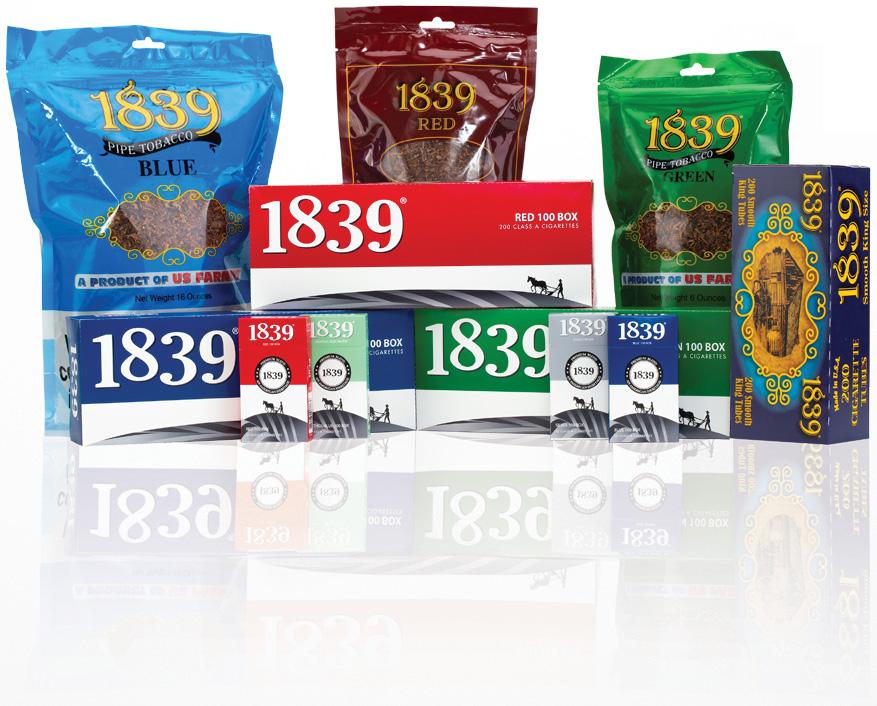






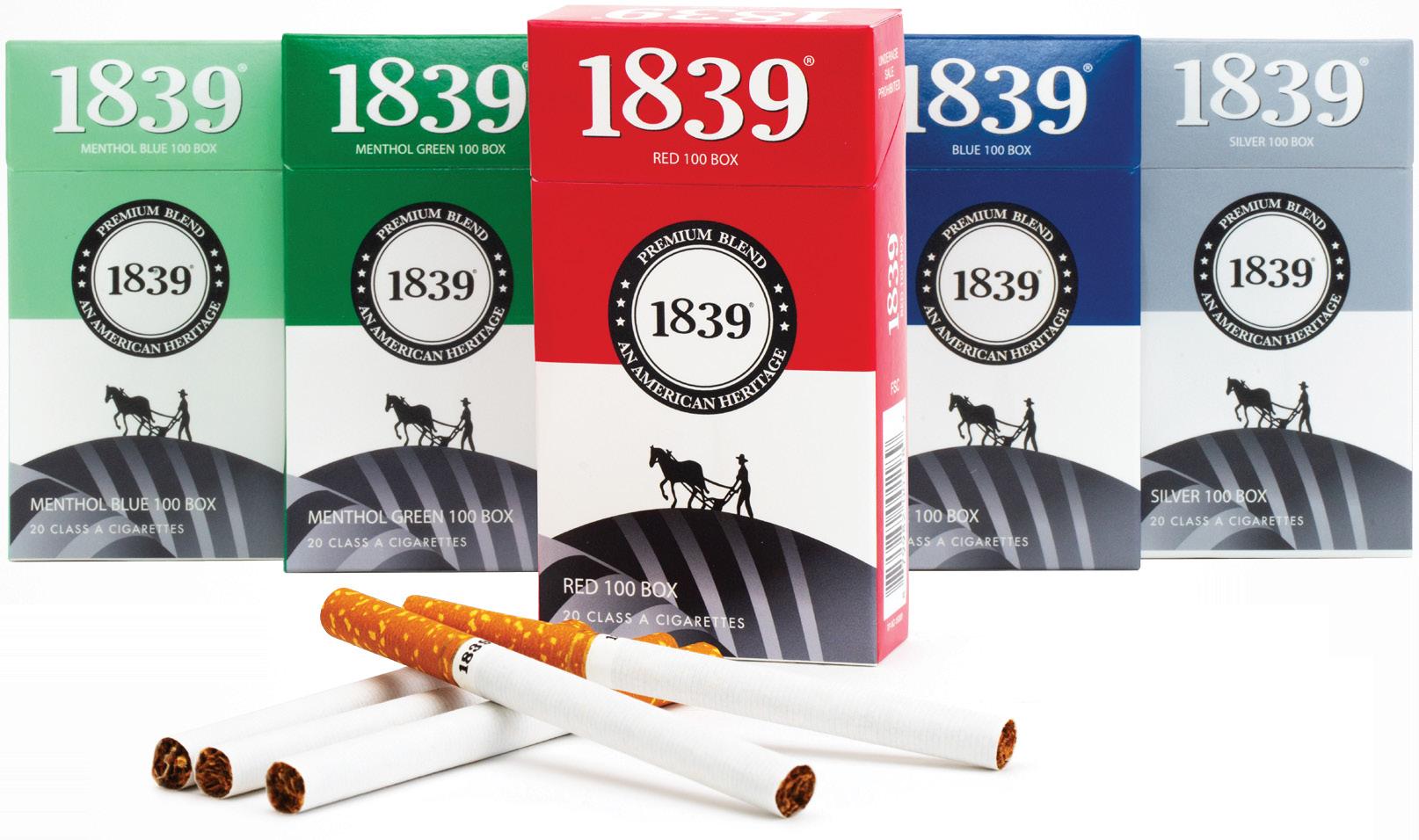

The Rich, The Bold Flavo Bold FlavoR o oF Our premium quality cigarettes, pipe tobacco, cigarette tubes, and roll-your-own tobacco products are all made from the finest U.S. tobacco. ContaCt us today! www.gopremier.com/contact
CANDY
#6 Merchandise sales contributor; #4 Merchandise margin contributor
51.59% gross margin
Candy had the strongest gross margins of the top six merchandise categories at just under 52%. Like packaged beverages and salty snacks, candy’s four-year sales growth saw a dip in April 2020, followed by strong growth in 2021 and 2022 to deliver 15.1% year-overyear sales growth.
Like salty snacks, candy’s growth was driven by the average unit sales price. “Looking at PPI again, this time for sugar and corn sweeteners, both have seen significant growth over the past couple of years and have contributed to higher costs for confections,” said Gauthier.
Among the subcategories, chocolate bars/ packs and peg candy were category leaders. “These two subcategories account for almost 60% of the total candy category,” she said, adding that one subcategory is also standing
out: novelties/seasonal candy. “It’s grown at a faster pace than all the other candy subcategories, and we see spikes in February (Valentine’s Day), October (Halloween), and then the holidays in November and December.”
Gauthier shared that convenience retailers are doing a better job capturing and responding to the opportunities that exist in the candy space for seasonal sales. “If this isn’t a space where you’re playing, it’s low-hanging fruit that you could grab to grow your candy sales,” she said.
Candy trends to keep tabs on are chocolate premiumization, with a focus on indulgent and rich dark chocolates and specialty white chocolates, as well as “gummy everything” in the non-chocolate space.
“Every flavor, every animal, every plant— nothing is safe from being turned into a gummy and being turned into a sour or a non-sour gummy. These are flying off the shelves, especially among kids,” she said. Other trends include retro candies like wax bottles, candy buttons and Pop Rocks.
FOODSERVICE DELIVERS PROFITABILITY
The high-margin foodservice categories represented 25.6% of inside sales and 36.1% of inside gross margin in 2022.
“We talk about foodservice differently than we talk about merchandise because it’s a different animal,” said Gauthier. “With merchandise, it’s about finding space, where to place the product and how to price it. Foodservice has those things and additional challenges, additional equipment, additional training, recipe development, etc. And of course food safety is a critical part of this component,” she said.
Building on the top performers conversation delivered during the operational and financial benchmarks session, Gauthier shared a huge distinction between the top and bottom quartiles.
Top quartile retailers typically generate more sales and significantly more gross profit from foodservice. Top performers averaged 31.5% of insides sales from foodservices
52 JUNE 2023 convenience.org
45.0% 40.0% 35.0% 30.0% 25.0% 20.0% 15.0% 10.0% 5.0% 0.0% Bottom Quartile Third Quartile Second Quartile Top Quartile % of Inside Sales % of Inside Gross Profit 3.2X 3.4X Top
9.6% 12.5% 31.1% 42.4%
Quartile Had Over 3X the Foodservice Mix Compared to Bottom Source: NACS CSX Convenience Benchmarking Database




































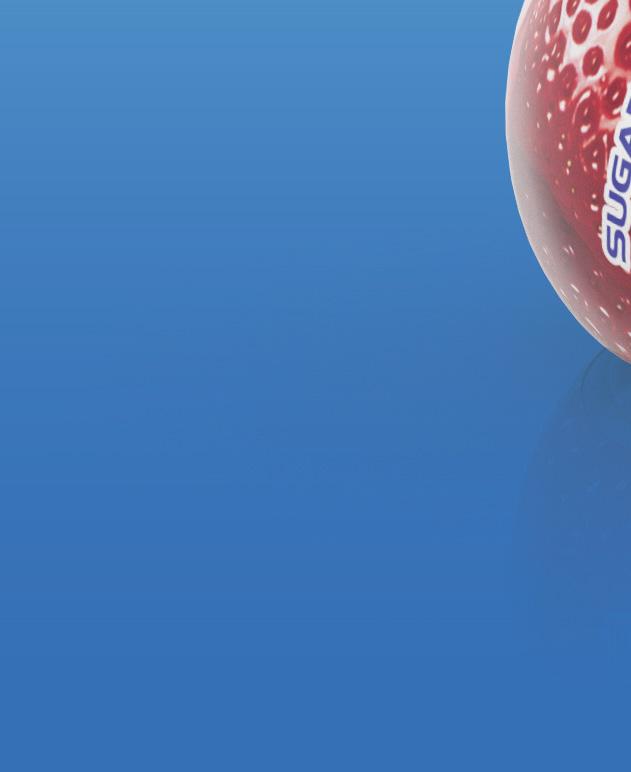















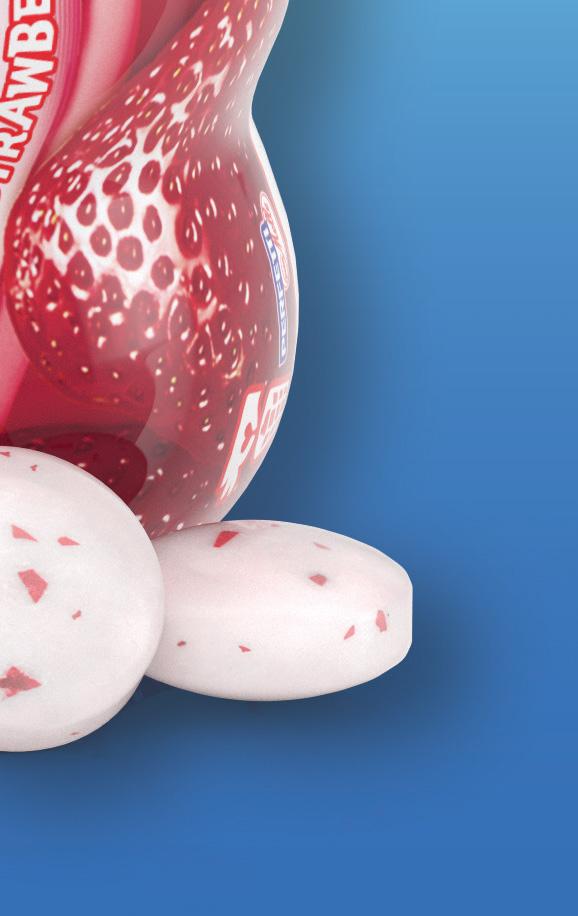
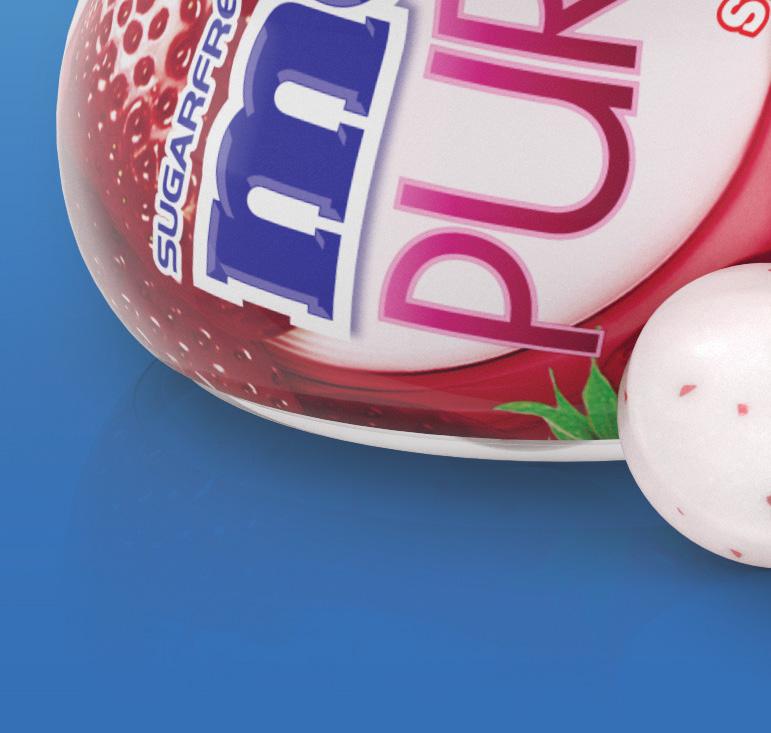

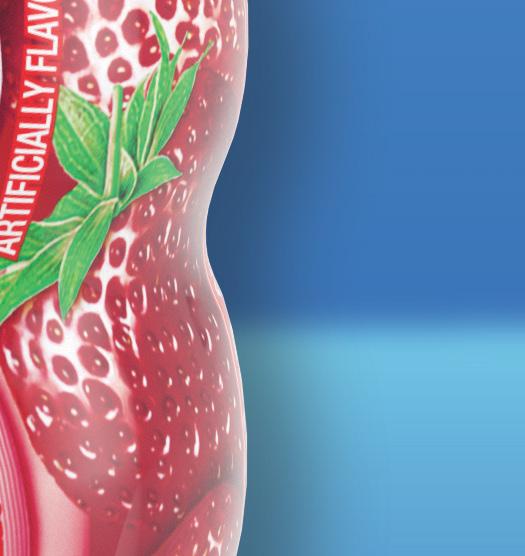


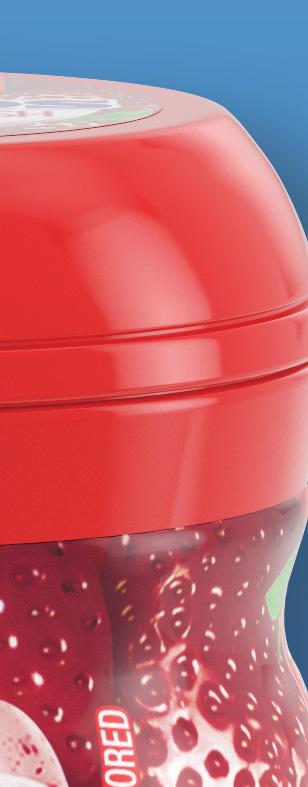



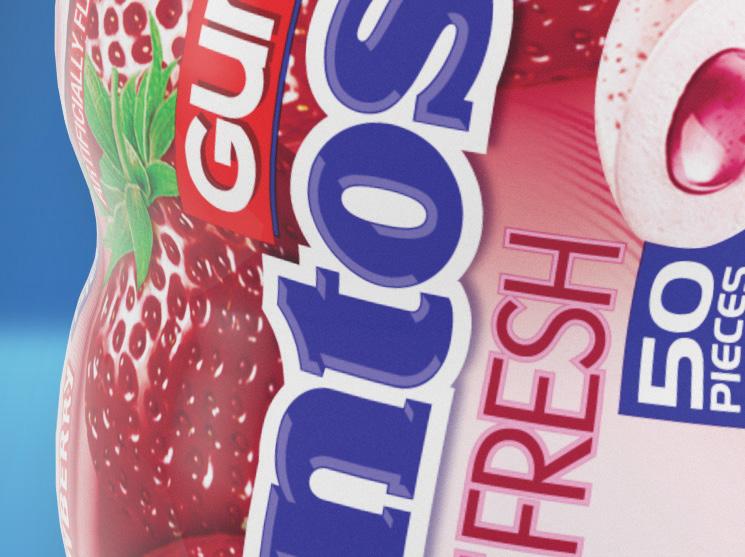
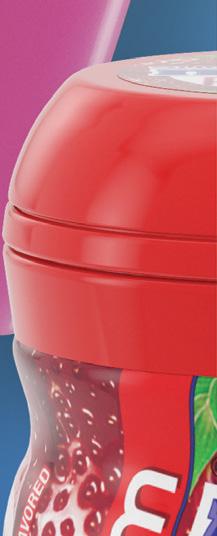
























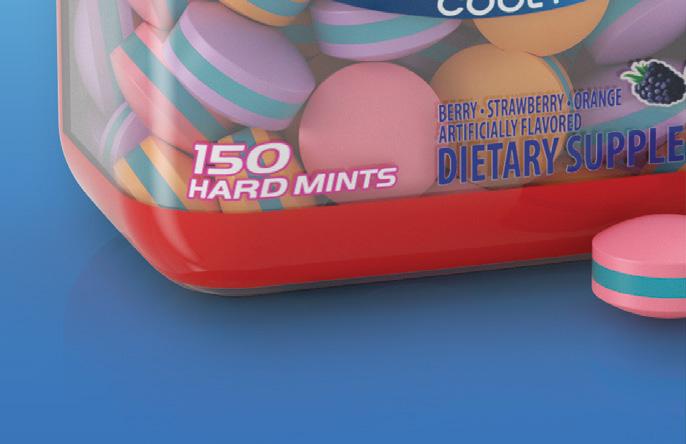

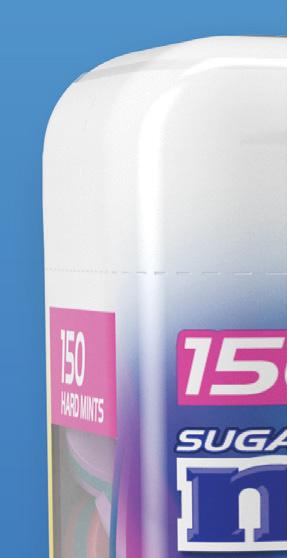
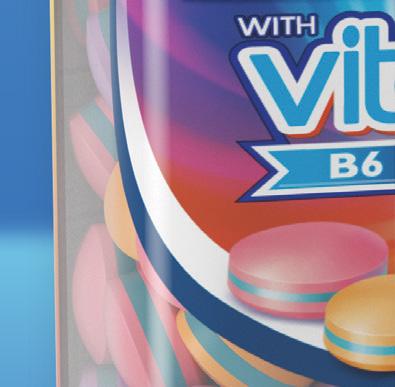



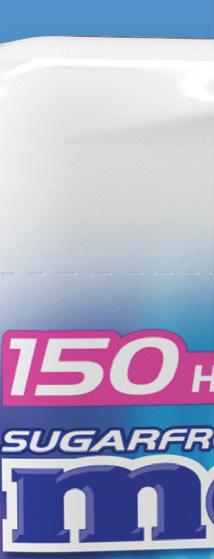









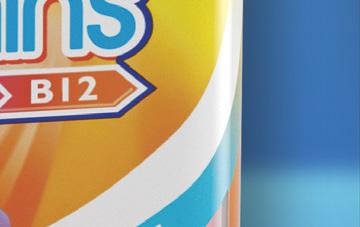



























categories, compared to only 9.6% for the bottom quartile. In terms of profitability, 42.4% of inside gross profit was generated from foodservice categories for top quartile retailers, compared to only 12.5% for the bottom.
“There’s a big opportunity here to drive profitability, and certainly a correlation between profitability and strength of your foodservice program relative to your merchandise sales,” she said.

Food inflation was up over 10% in 2022, with high spikes in ingredients like lettuce, eggs and meats. “It doesn’t look like we should expect these prices to go down anytime soon or stay down in a meaningful way, so that’s a challenge when it comes to maintaining strong margins in foodservice, as well as sourcing ingredients and keeping up with consumers, our suppliers and with pricing,” said Gauthier.
In terms of how foodservice sales would stack up among total inside sales, all but frozen dispensed beverages would make the top 10 in-store categories.
PREPARED FOOD
As the largest piece of the foodservice pie, prepared food accounts for more than two-thirds of all foodservice sales at 67.3%. Prepared food would also be the No. 1 sales and gross profit contributor across all in-store categories with a gross margin of 55.35% and gross profit of $24,842 (per store, per month).
Among the other foodservice categories, commissary (9.5%), hot dispensed (9.2%) and cold dispensed (8.0%) all approached 10% of foodservice sales, with frozen dispensed rounding out the remaining 6.0%.
COMMISSARY
The desire for prepackaged products allowed commissary to shine in 2020, and sales continued to increase in 2021. Commissary sales began to normalize in 2022 and represented 9.5% of foodservice sales. “After several years of growth in this category, it has started to level,” said Gauthier.
The largest sales contributor to commissary was sandwiches/wraps (42.1%) followed by meals ready to eat (29.0%), sides and salads (19.3%), and thaw, heat and eat (9.6%).
HOT, COLD, FROZEN DISPENSED
Representing 9.2% of foodservice sales is hot dispensed beverages. Coffee continues to be the largest subcategory within hot dispensed (72.2%), followed by cappuccino and specialty coffee (18.7%), hot chocolate (4.1%), refills (4.1%), coffee club mugs (0.8%) and hot tea (0.1%).
“Coffee is the No. 1 contributor, but the growth has been coming in specialty coffees and cappuccinos, with more and more retailers trying to compete against the coffee shops in their towns. There’s an opportunity here if that’s where you feel called,” said Gauthier.
Carbonated beverages continue to be over half of cold dispensed category sales at 52.2%, followed by other (43.0%), refills (4.2%) and non-carbonated (0.5%).
For frozen dispensed, non-carbonated makes up most of the category’s sales at 79.8%, followed by other (12.4%) and non-carbonated (7.8%). “All frozen dispensed subcategories experienced sales and gross profit increases year over year, leading the category to its strong numbers in 2022,” said Gauthier.
WRAPPING UP THE IN-STORE BUSINESS
Gauthier cited three areas to keep an eye on. First, foodservice is getting back to normal after several disruptive years, particularly within categories that were challenged during the pandemic.
Second, pricing will continue to play a major role in assessing sales growth. For categories that saw double-digit growth, how much was due to pricing changes? And third, there are two profit centers inside the store: foodservice and merchandise.
“I’d love to be able to wrap it all up and tell you which hot new items to put in your stores, but that’s not how it works,” Gauthier said, adding that it’s “up to each of us to consider what are our own challenges are. I encourage you to seize the data and choose your own c-store adventure.”
54 JUNE 2023 convenience.org
Chrissy Blasinsky is the digital and content strategist at NACS. She can be reached at cblasinsky@convenience.org.



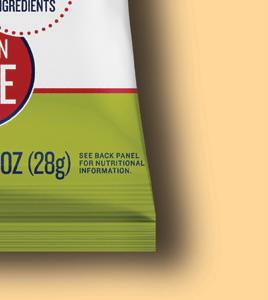
















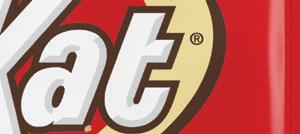


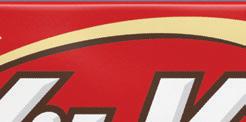

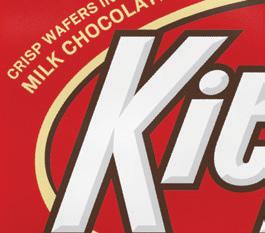
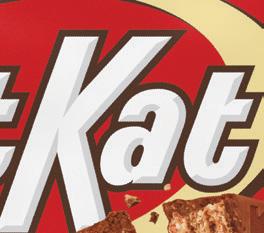











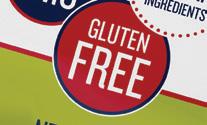

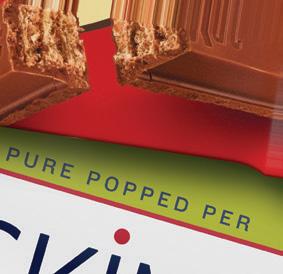



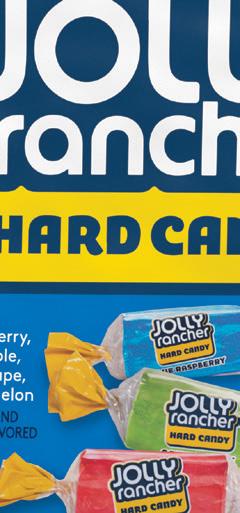
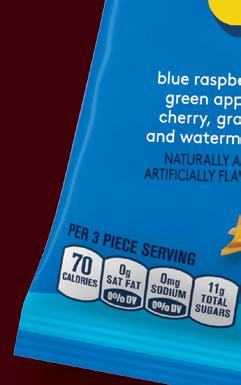





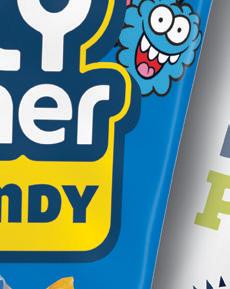

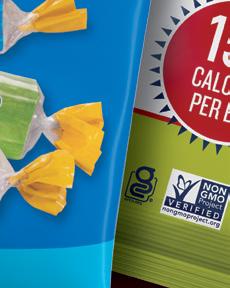




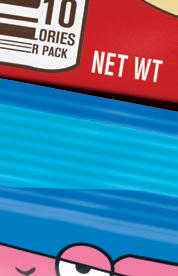
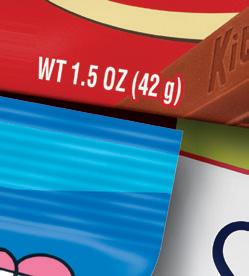






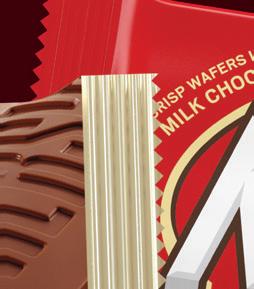






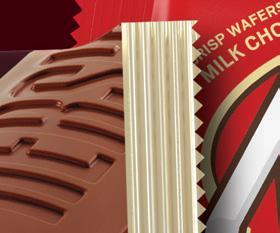























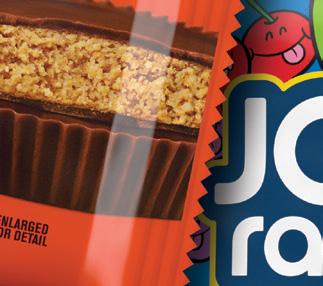








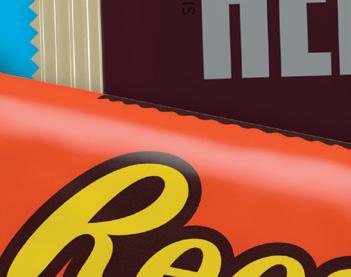

















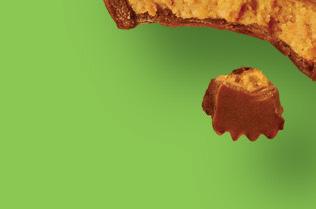







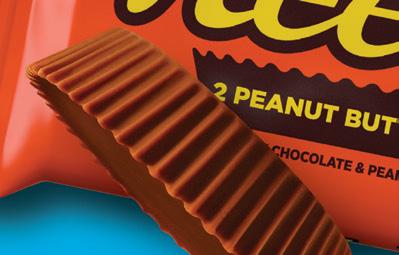






Uncertainty Remains
BY JEFF LENARD
The United States, 12 months ago, was coming off the most tumultuous first quarter in history, with the Russian invasion of Ukraine, the continuing Great Resignation, supply chain challenges, rampant inflation, you name it.
“What a difference a year makes,” said John Benson, partner at AlixPartners LLP, who kicked off the NACS State of the Industry Summit, before adding, “… or not.”
A lot of the challenges that made last year so unique still exist, said Benson. There are also sudden—and unexpected—economic shocks. Last year it was the Ukraine invasion, this year it was the banking crisis caused by the collapse of the Silicon Valley Bank. “The only certainty is uncertainty,” said Benson.
CONSUMER SPENDING SLOWING?
Consumers are responsible for upwards of 70% of spending, so they obviously play an outsized role in how the economy performs.
And up to now, they’ve been incredibly resilient. Consumer spending and confidence has remained high even through the worst of the pandemic. But things may be changing.
Over the past year, the stock market has been flat, at best, and economic stimulus checks are well in the rearview mirror.
Consumer savings have taken a dive, with 60% of consumers saying it’s harder to get loans. More than two in five households (41%) are very or extremely concerned about their financial health. And 60% of consumers say they are cutting back.
“Essentially, we have a consumer who’s not feeling so hot. That may not be the best position you want them to be in,” said Benson.

The implication, he said, is that consumers may continue to be more price-conscious, cutting back on trips and impulse items, two things that are integral to convenience store sales.
So how do you get them to the pump— and inside the store, while also increasing market basket under these circumstances? That’s what every retailer should be asking, Benson said.
INFLATION, INFLATION, INFLATION
“Inflation is at the crux of the matter” of where the economy could be going, said Benson. Interest rates, which are a re flection of inflation, have increased at a faster rate than any time this century. The other three peaks, though less severe, were followed by recessions.
While inflation is not at 9.1% anymore, it’s still an issue. Nearly half of all executives (48%) say their company has been very or severely affected by interest rates.
There is some good news. Inflation trends have reversed over the past few months. Some commodities have seen significant reversals. Coffee prices, which were up 83% last April, are down 33% this April.
There’s probably an opportunity for pro curement teams to find savings, said Benson.
56 JUNE 2023 convenience.org
The economic outlook is ‘really, really difficult to read’—but retailers can prepare for whatever scenario unfolds.
LABOR: JOB NUMBER ONE
While the labor market may not be white hot anymore, unemployment remains between 3% and 4%. There are some signs that the market is softening. For one, technology has been helpful. Self-checkout, ordering by app and labor-management tools have allowed retailers to reduce or redeploy their workforce. In fact, 47% of executives say they are leveraging technology to become more operationally efficient. But nearly as many (43%) say they will reduce the size of their workforce within the next 12 months.
CONSOLIDATION AND CHANNEL BLURRING
Convenience stores may have introduced channel blurring with the strong embrace of foodservice, but other channels are fighting back and redefining their own offers. Dollar General has introduced new concepts like its DGX stores, which look a lot like convenience stores, and Popshelf, which appeals to a higher-income consumer.
“Dollar store concepts are increasingly going to be a threat to c-stores,” said Benson. “Your advantage is you’re hitting on a lot more breadth than they are, especially around foodservice and fuel.”
But the scope of the dollar store industry is large—and growing. If the top three dollar store brands (Dollar General, Dollar Tree and Family Dollar) were reclassified as c-stores, they would rank as #1, #3 and #4 in terms of
Will they succeed? That’s yet to be settled, but they are demonstrating that they are innovative in thinking about consumers.
Meanwhile, c-store industry consolidation
“The industry will look different 5 to 10 years from now—while that’s true in all industries, it’s particularly true with convenience stores,” said Benson.
The big will get bigger, and “we think it’s a longer-term trend,” he added.
“Your competitors will be the larger competitors, whether c-stores or dollar stores. The question you increasingly need to ask

NACS JUNE 2023 57
is ‘How do I change my business model to compete when 61% of executives say that they actively expect to pursue M&A within the next year,’” said Benson.
FORECASTING THE FUTURE
So, the big question on everyone’s mind: Will there be a recession? Benson said that a recession is likely. After all, there isn’t an example from history where the United States didn’t undergo a recession after having inflation over 4% and employment below 4%. And guess what we have now?
That’s probably why 82% of executives predict a recession. The good news is that the slowdown will likely be mild, according to Benson, likely starting in Q2 or Q3 this year. In other words, right now or very soon.
HOW DO YOU WIN?
Benson outlined three strategies to navigate all of the uncertainty around us.
First, pinpoint the customer of tomorrow. That begins by aligning your assortment and growth strategy around that customer to meet them on their terms.
“We are dealing with consumers who are increasingly digitally engaged,” said Benson. It’s critical to build out apps and digital loyalty programs that work for them in the way they want to engage.


Second, become recession ready by installing a cost-management mindset. He suggested that retailers ensure that investments are in smart growth initiatives, and that they leverage existing economies of skill and of scale whenever possible.
“High-cash, low-debt companies will be best able to take advantage of conditions if a recession hits,” he said.
Third, Benson said that companies shouldn’t just plan—they need to act. “Disrupted markets create unpredictable dangers and unexpected opportunities. Have a plan, a process and a team ready to adapt and implement,” said Benson.
THE LEADERS’ AGENDA FOR 2023
“Plan for the worst and hope for the best,” Benson said. And he outlined priorities to meet current challenges—both those that are
John Benson
anticipated and those that are unexpected. Not surprisingly, four of them focused on understanding your customer:
• What do they want? Effective merchandising and category management is more important than ever, given changing buying patterns and growing competition from within and outside the channel.
• Where do they want it? Convenience is more than a convenient location. It’s understanding where they want to order it, acquire it and consume it. And one transaction may involve multiple locations. Benson suggested that retailers explore omnichannel strategies that include in-store, delivery, e-commerce and on-demand.
• What are they willing to pay for it? Understand demand elasticity so that you can strategically price and make decisions related to margin, said Benson. This is particularly important if consumers become more price-conscious during a recession.
• How do they want to be engaged? Having a strong loyalty program and leveraging customer data is critical, Benson said. Explore all the tools at your disposal to engage customers in the unique ways that they prefer. Uncertainly is scary. But Benson is more comfortable and bullish on the industry’s future than he was when he presented at SOI Summit 12 months ago. Even unexpected obstacles may provide new opportunities for retailers.
“Every challenge has a silver lining,” Benson said.
Jeff Lenard , vice president, strategic industry initiatives, NACS
58 JUNE 2023 convenience.org
Benson is more comfortable and bullish on the industry’s future than he was when he presented at SOI Summit 12 months ago.
Disrupted markets create unpredictable dangers and unexpected opportunities.”
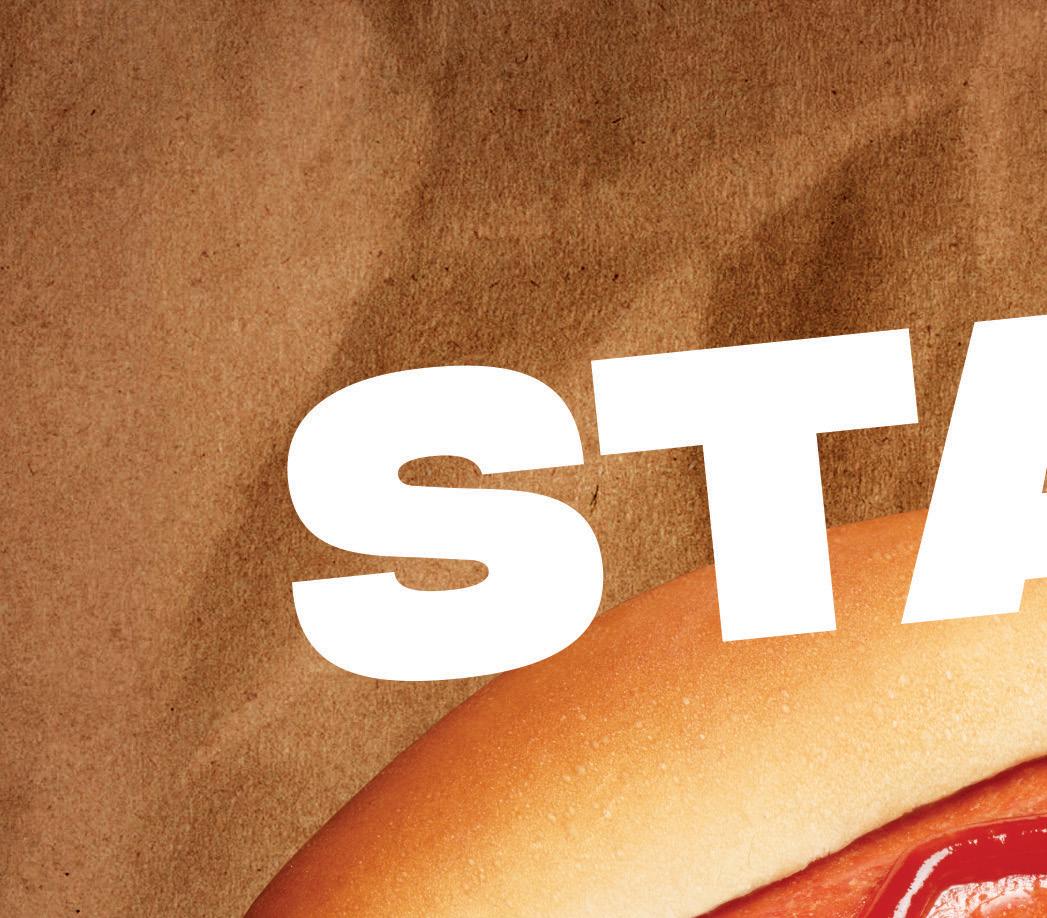
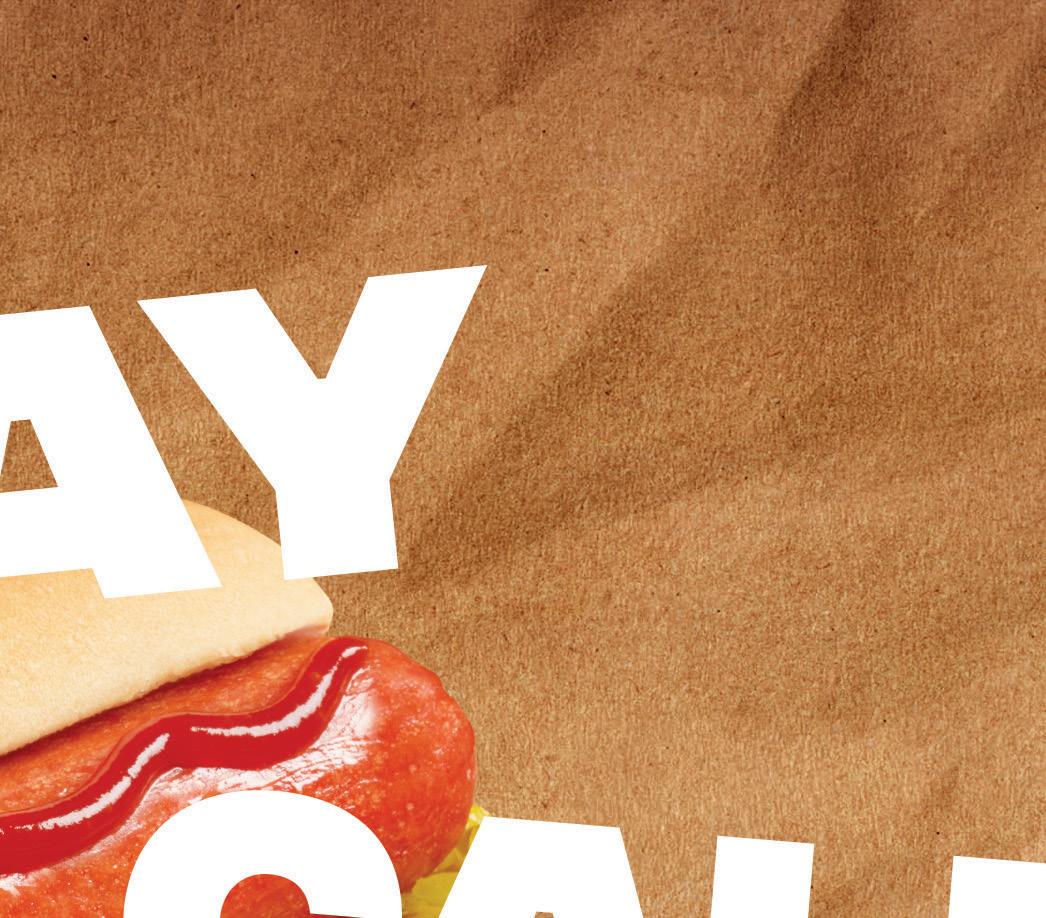

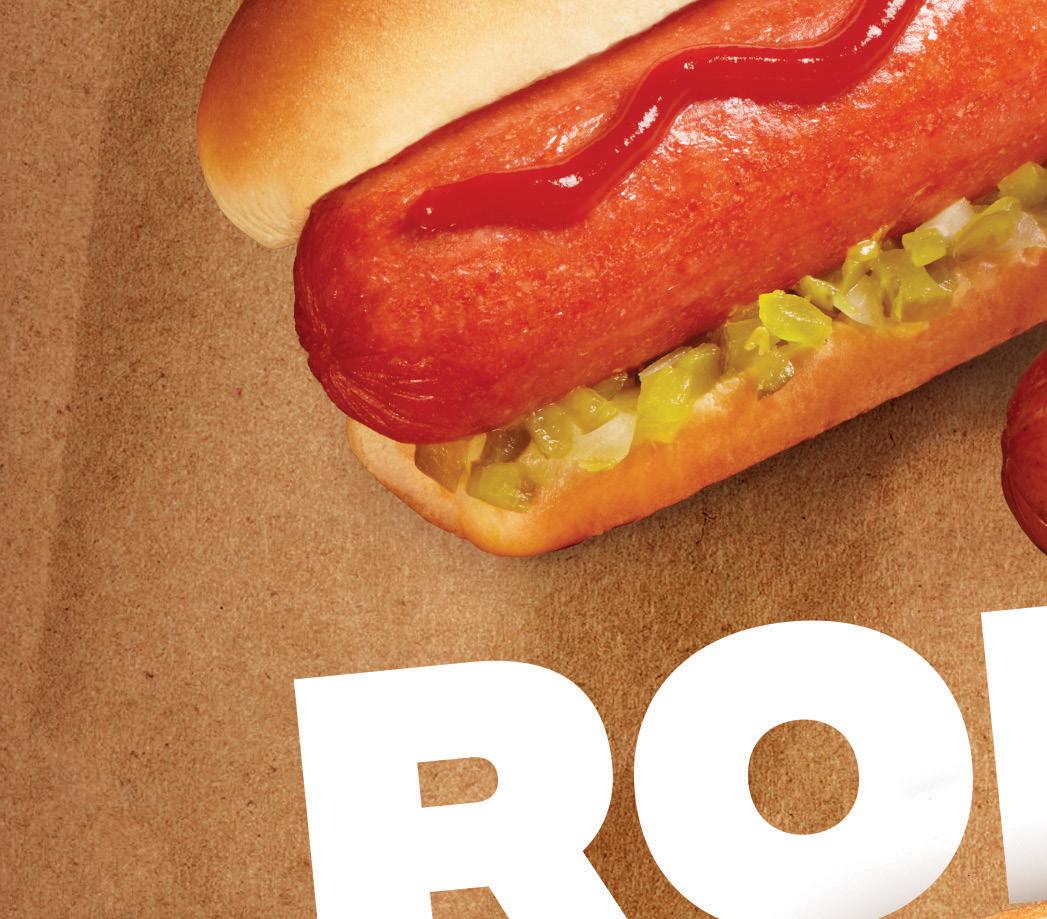
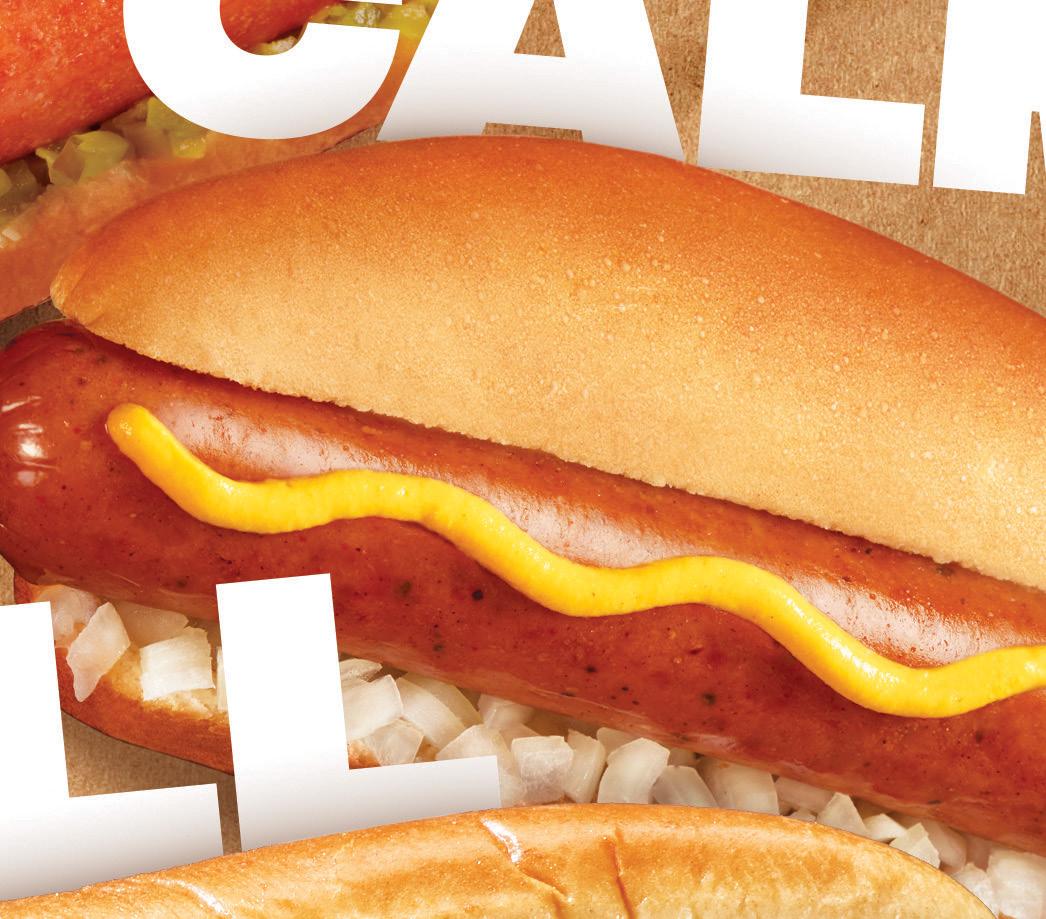

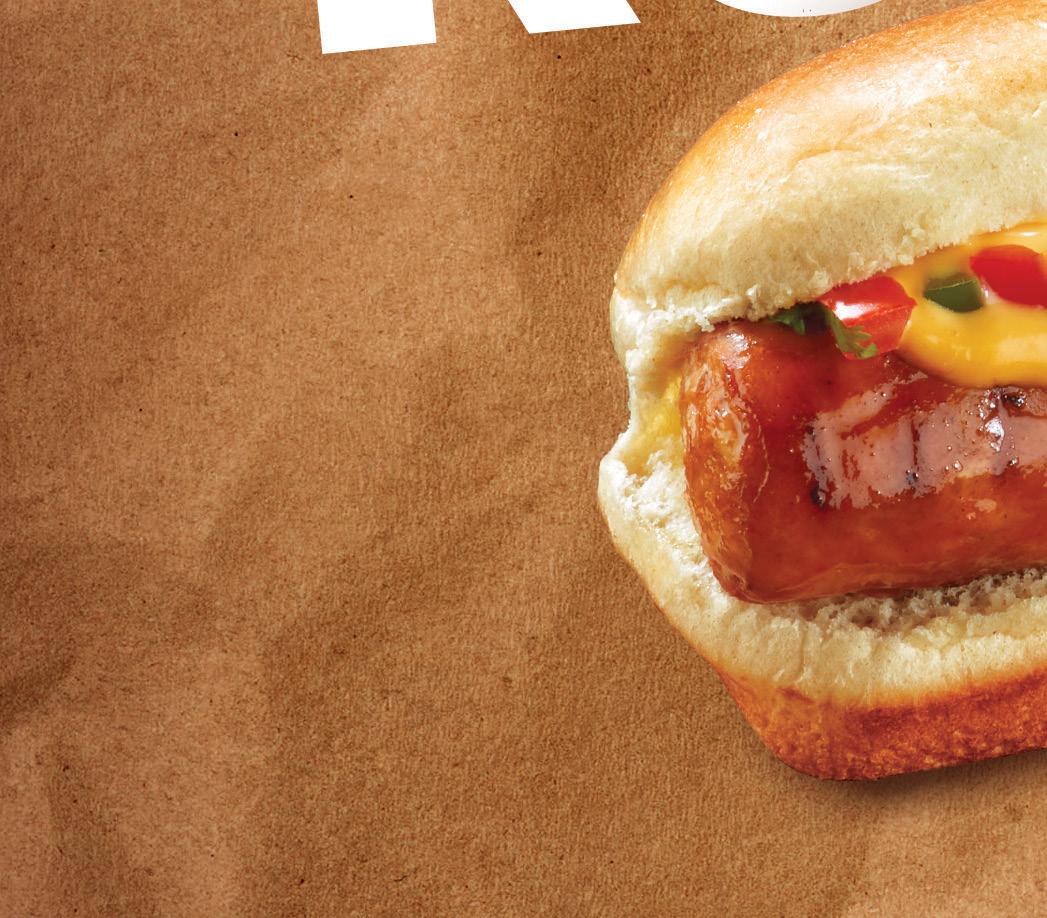
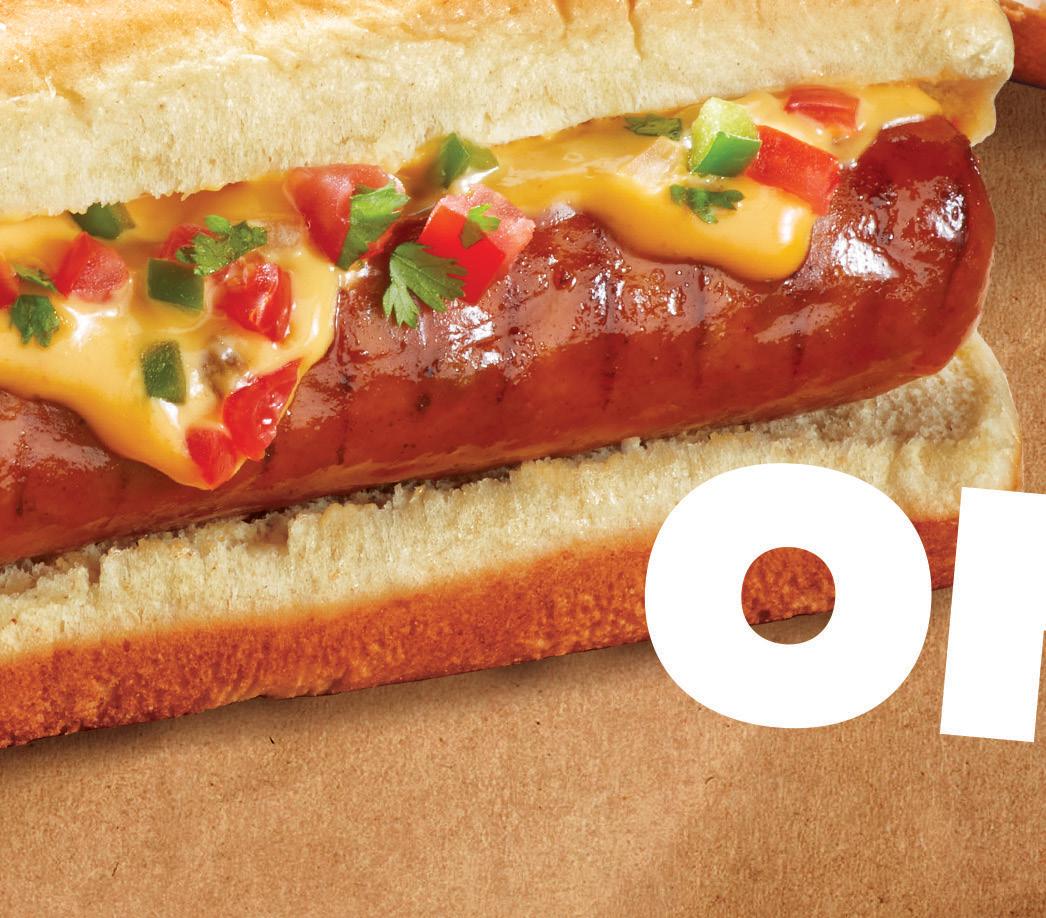



©2023 Johnsonville, LLC *Technomic Roller Grill Consumer Study, August 2020 **IRI 1/2/22 THE TOTAL ROLLER GRILL PACKAGE
How Each Region Stacks Up
BY CHRISSY BLASINSKY, LISA KING AND BEN NUSSBAUM
NACS State of the Industry data allows retailers and industry suppliers to dig into operational and financial performance metrics based on the geography of their operating areas.

NACS separates the United States into six unique regions, which are based on the fuel PADDs that the U.S. government uses to track fuel movement. These six NACS regions provide geographical groupings of similar states that allow retailers to compare their company’s performance to the companies operating in their geographical region. Growth-minded companies also use the regional data to help make informed expansion decisions and become familiar with the operational benchmarks of a region.
What Each NACS Region Is Known For
60 JUNE 2023 convenience.org
Regional performance metrics reveal insights for fuel, merchandise and store expenses in 2022.
Region 1, Northeast: high inside sales, mainly driven by foodservice Region 2, Southeast: high fuel volume, challenging labor market Region 3, Midwest: communityoriented stores, high growth foodservice Region 4, South Central: high store counts, competitive market for convenience Region 5, Central: lower store density, lower number of transactions Region 6, West: high fuel prices, lower inside sales volume
The 14 states in the northeastern U.S. that make up Region 1 contribute 20.5% (30,852 stores) of the total U.S. convenience store universe of 150,174 stores, making this region the second largest in terms of store count.
“Historically, Region 1 financial and operational performance measures are the best of the six regions,” said Brian King, assistant vice president of accounting at Altoona, Pennsylvania-based Sheetz. The reason is that Region 1 operators have “outstanding in-store performance,” he said, which gives retailers an opportunity to benchmark their inside sales and strategies against these industry-leading operations.
Stacked against the national averages, Region 1 outperformed in all metrics except wages as a percentage of gross profit dollars. Because this region is heavy into foodservice and has areas with higher-than-average salary expectations, the average labor cost per hour was $23.55 in 2022—second to Region 6 (West) at $25-plus per hour.

Average monthly fuel sales outpaced 2021 in most months of 2022 for Region 1, with per store, per month fuel gallons sold higher in Region 1 than the national average. The region’s fuel prices mirrored national averages in 2021 and 2022 and the region saw a 1.2% YoY increase in fuel gallon volume.
“Region 1 surpassed 2021 fuel volumes for several months in 2022. This is solid performance, as 2021 will likely be the new benchmark to compare fuel volume performance against in the future,” said King.
Inside the store, merchandise GP$ showed strong growth of 10.9% in 2022. However, foodservice margins were compressed in 2022, as the total margin for foodservice in Region 1 declined by 3.96 points to 55.85%.
“We have a ‘watch out’ on the per store, per month gross profit dollar side of foodservice,” said King, noting that the two largest categories of prepared food ($54,735) and hot dispensed beverages ($14,137), which are also the No. 1 and No. 2 foodservice gross profit makers, each declined by over 2 margin points (-2.98 and -2.14 respectively). This margin decline could be attributed to waste—an increase of 49.4% in 2022, to a total of $7,727 per store, per month. “This is something we need to get our arms around immediately,” he said.
NACS JUNE 2023 61 Siberian Art/Shutterstock Region 1 Outperformed the National
Handily Metric Per Store, Per Month National Region 1 Region 1 Diff. vs. Nat’l. Store Operating Profit $47,835 $74,923 56.6% Breakeven CPG 18.89 13.13 (30.5)% EBITDA $47,203 $73,252 55.2% Non-Manager Turnover (annual) 133.8% 116.0% (17.8) pts Manager Turnover (annual) 34.9% 27.8% (7.1) pts Wage as a % of GP$ 23.7% 24.1% 1.4 pts In-Store GP$ per Labor Hour $36.77 $47.43 29.0% Source: NACS CSX Convenience Benchmarking Database
Averages
The seven states in the southeastern United States that make up Region 2 contribute 23.8% (35,742 stores) of the convenience stores in the country. Region 2’s financial performance measures were slightly stronger than the national average in 2022, except for non-manager turnover, which was much higher than the national average and the highest of any NACS region.
“As we all know, in the region we have a hard time with labor,” said Kevin Hill, senior manager of financial planning and analysis at Atlanta, Georgia-based RaceTrac, adding that non-manager turnover was up YoY by 6 points.
“Overall, Region 2 unemployment was not dramatically different from the national average, although it was slightly below for most of 2022,” said Hill, emphasizing that Region 2 is a tough labor environment for operators.
The labor force participation rate (58.9%) was also lower than the national average of 61.9% in 2022. Hill noted that the rate has not, and might not, recover to pre-pandemic levels. This could be due to the “Great Reevaluation” and people leaving the workforce entirely. “In Region 2, there are a lot of retirees and they could be pushing our labor force participation rate down,” suggested Hill.
Foodservice sales in the region are behind the national average but growing quickly. All categories of foodservice increased YoY except frozen dispensed, at $904 per store, per month, a 5.1% decline from the region’s performance last year and far below the national average of almost $4,000.
Prepared food registered a very strong 18.5% YoY increase to $22,110 per store, per month, while cold dispensed racked up a 17.4% YoY increase. “Perhaps as a region we’re starting to provide enhanced prepared food offerings and we’re catching up to the national numbers,” Hill said.
“We have a lot of opportunity in this region, if we are able to solve our labor challenges, control operating expenses and grow inside profitability,” he concluded.
Region 3 contributes 23,516 stores to the U.S. total, or 15.7%, and includes the states of Illinois, Indiana, Kentucky, Michigan, Ohio and Wisconsin.
Region 3 store operating profit was 8.7% lower than the national average, at $43,659 per store, per month. However, that’s up from $34,418 in 2021.
“Even though lower than the national average, store operating profit did improve by nearly 27% year over year,” shared Ruth Ann Lilly, senior vice president of merchandising and marketing, GPM Investments, during her presentation of Region 3 metrics.
Compared to neighboring regions, Region 3 did better in employee metrics than in financial ones. It had lower non-manager turnover (71.2%) than all but Region 5 and lower manager turnover (28.6%) than all but Regions 1 and 5. “Non-manager turnover continues to be a metric we can be proud of, improving year over year 2.5 points,” said Lilly.
While store operating profit was slightly lower than the national average, it and EBITDA surged nearly 30% compared with 2021. On a yearover-year basis, key performance measures were largely positive for Region 3.
Total sales in Region 3 increased primarily as a result of increased fuel sales—driven primarily by price, which was up 35.4%. Merchandise sales were also up 4.2% YoY. Total gross profit was up 17.3% YoY.
62 JUNE 2023 convenience.org
2 Performance Strong
With the Exception of Employee Turnover Metric Per Store, Per Month National Region 2 Region 2 Diff. vs. Nat’l. Store Operating Profit $47,835 $48,864 2.2% Breakeven CPG 18.89 17.99 (4.7)% EBITDA $47,203 $50,100 6.1% Non-Manager Turnover (annual) 133.8% 175.8% 42.0% Manager Turnover (annual) 34.9% 34.6% (0.3)% Wage as a % of GP$ 23.7% 20.1% (3.6)% In-Store GP$ per Labor Hour $36.77 $38.38 4.4%
Region
Against National
Source: NACS CSX Convenience Benchmarking Database
Inside gross profit was $74,254 per store, per month. This was higher than all other regions with the exception of Region 1.
“Region 3 is really known for community-oriented stores and highgrowth foodservice, and that showed up in the data. We had sales and gross profit growth in both fuel and inside categories, but the strongest growth came from foodservice categories, which were up in sales 18.7% year over,” said Lilly. Commissary is a star foodservice category in Region 3, with per store, per month sales of $11,420, up 14.6% YoY and more than $5,000 per store, per month higher than the national average.


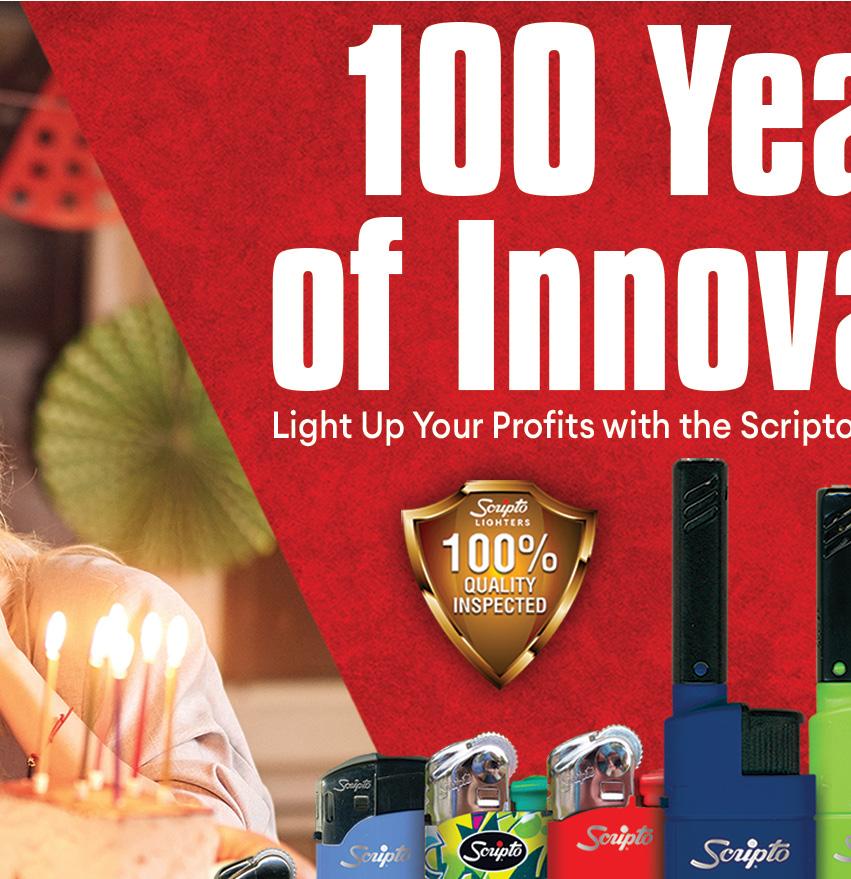
Region 3 Profitably Driven By Fuel, Though Inside Profit is Up 8.5% Metric

NACS JUNE 2023 63
Per Store, Per Month National Region 3 ’21 vs. ’22 Total Gross Profit $149,410 $142,189 17.3% Fuel Gross Profit $65,016 $59,358 33.9% Pool Margin 44.05 41.86 34.0% Margin Less Card Fees 35.64 33.36 37.3% In-Store Gross Profit $80,427 $74,254 8.5% Foodservice GP $29,546 $24,258 11.8% Merchandise GP $51,373 $50,138 7.0% Merchandise Less Cigarettes GP $45,139 $42,110 9.3% Cigarettes GP $6,234 $8,028 (3.3)% Other Income $7,735 $9,139 4.1%
Source: NACS CSX Convenience Benchmarking Database
Region 4 includes Arkansas, Louisiana, New Mexico, Oklahoma and Texas. The region has the third-highest store count of the six NACS regions, with over 24,000 sites. More than 16,000 of these are found in Texas.
The region boasts dense store counts, with Louisiana leading the way at one store for every 1,486 people, compared to the national average of one store per 2,219 people. In addition, it has high penetration of QSRs, providing additional competition, shared Abraham Albert, vice president finance and strategic planning, 7-Eleven Inc.
The average operating profit per store, per month for Region 4 was $31,987 last year— 33.1% lower than the national average. EBIDTA per store, per month was $21,261, which was 55% lower than the rest of the country.
The numbers look a lot better, though, when compared to 2021 performance. Operating profit went from $24,035 per store, per month, to $31,987. “This is where you start to see really good results. Anytime something is up 33%, that is a heck of a run,” said Albert. EBITDA per store, per month was up 28.7%.
Turnover increased for both employees and managers in 2022. Region 4 manager turnover was 29.6%, up 8.9 points, while non-manager turnover was 163.0%, up 4.4 points.
“Management turnover is one area that continues to be a challenge,” said Albert. Access to supply and relatively low taxes leads Region 4 to, historically, have lower fuel prices than average. In 2022, Region 4 reported an average per gallon price of $3.75, the lowest in the nation.
A metric introduced last year by NACS is the number of EVs per state. EVs have made slow progress in Region 4. In Arkansas and Louisiana, only 0.3% of registered vehicles are EVs. In Texas, the home of Tesla, 1.1% of registered vehicles are EVs. For comparison, 4% of the vehicles in California are electric.
“EV isn’t something we should just ignore. It will absolutely change and will continue to evolve. It is an evolution not a revolution,” said Albert.
Average inside sales per store, per month in Region 4 last year were $170,810—up 9.5% from the region’s 2021 performance. Foodservice averaged $33,230 per store, per month in 2022, up 16.3% YoY. Transactions were up in Region 4 last year at 28,328, up by 0.2%.
64 JUNE 2023 convenience.org
Region 4 Store Count and EV Penetration EVs Comprise Less Than 1% of Registered Vehicles in R4 State # Stores People/ C-Store # of Registered Vehicles # of Registered EVs EV % of Registered Vehicles AR 1,757 1,733 940,535 2,390 0.3% LA 3,090 1,486 1,246,843 3,180 0.3% NM 871 2,426 600,487 4,150 0.7% OK 2,427 1,656 1,051,337 7,080 0.7% TX 16,018 1,875 7,672,313 80,900 1.1% NATL 150,174 2,219 101,601,344 1,421,620 1.4% Source: TDLinx, U.S. Census Bureau, Federal Highway Administration, U.S. Department of Energy - Alternative Fuels Data Center









? o s Best d esig ns a nd ma teria l m I e n d s m
W
Region 5 has 13,127 stores, or 8.7% of the U.S. total. Its 10 states extend from Missouri to Montana.
“On a year-over-year basis, key performance measures are largely positive for Region 5,” said Mike Wilson, COO of Cubby’s, which has 41 stores and is based on Omaha, Nebraska.
Given the region’s rural nature, it’s no surprise that stores do less business, with an average store operating profit of $35,341 per store, per month, 26.1% less than the national average. However, that is a 20.5% increase from 2021. EBITDA increased 17.6%.
Region 5 had a greater increase in inside transactions than any other region, moving to 22,747 per store, per month, an 8.0% increase. Average basket size increased just 0.9%, leading Wilson to speculate that in this region inflation led shoppers to buy less per trip but to return more frequently.
Another very positive result is non-manager turnover, at 65.7%, 68.1 points below the national average. Manager turnover, at 27.2%, is 7.7 points better than nationally.
5 Non-Manager Turnover Is Much Lower Than the National Average
“We believe in having engaged employees who understand the ‘why’ behind what we’re doing. I’m a firm believer that it’s our engaged employees that got us through the pandemic and continue to drive us and let us thrive,” said Wilson. He added that he records a podcast with Cubby’s president Delone Wilson that is sent to all employees “where we explain the ‘why.’”
One unusual feature of the region is the strong sales of milk, which ranks No. 7 in terms of in-store categories at $2,874 per store, per month, up 12.1%.
Despite the generally positive outcomes, units sold declined across most categories. Region 5 had the steepest units sold declines in the nation in cigarettes (a drop of 9.0%), packaged beverages (a drop of 3.9%), and candy (a 3.8% drop). Overall units sold fell 2.5%, the biggest drop in the country.
Region 5 Total Gross Profit Increase Was Primarily Due to Fuel Increases
66 JUNE 2023 convenience.org
Metric Per Store, Per Month National Region 5 ’21 vs. ’22 Total Gross Profit $149,410 $113,995 14.3% Fuel Gross Profit $65,016 $46,068 25.1% Pool Margin 44.05 42.24 20.2% Margin Less Card Fees 35.64 33.54 20.5% In-Store Gross Profit $80,427 $63,844 9.2% Foodservice GP $29,546 $24,561 3.4% Merchandise GP $51,373 $39,303 13.1% Merchandise Less Cigarettes GP $45,139 $34,277 15.7% Cigarettes GP $6,234 $5,026 (1.5)% Other Income $7,735 $5,025 (1.6)% Source:
CSX Convenience Benchmarking Database Region
Metric Per Store, Per Month National Region 5 Region 5 Diff. vs. Nat’l. Store Operating Profit $47,835 $35,341 (26.1)% Breakeven CPG 18.89 20.51 8.6% EBITDA $47,203 $35,556 (24.7)% Non-Manager Turnover (annual) 133.8% 65.7% (68.1) pts Manager Turnover (annual) 34.9% 27.2% (7.7) pts Wage as a % of GP$ 23.7% 28.5% 4.8 pts In-Store GP$ per Labor Hour $36.77 $29.13 (20.8)% Source: NACS CSX Convenience Benchmarking Database
NACS



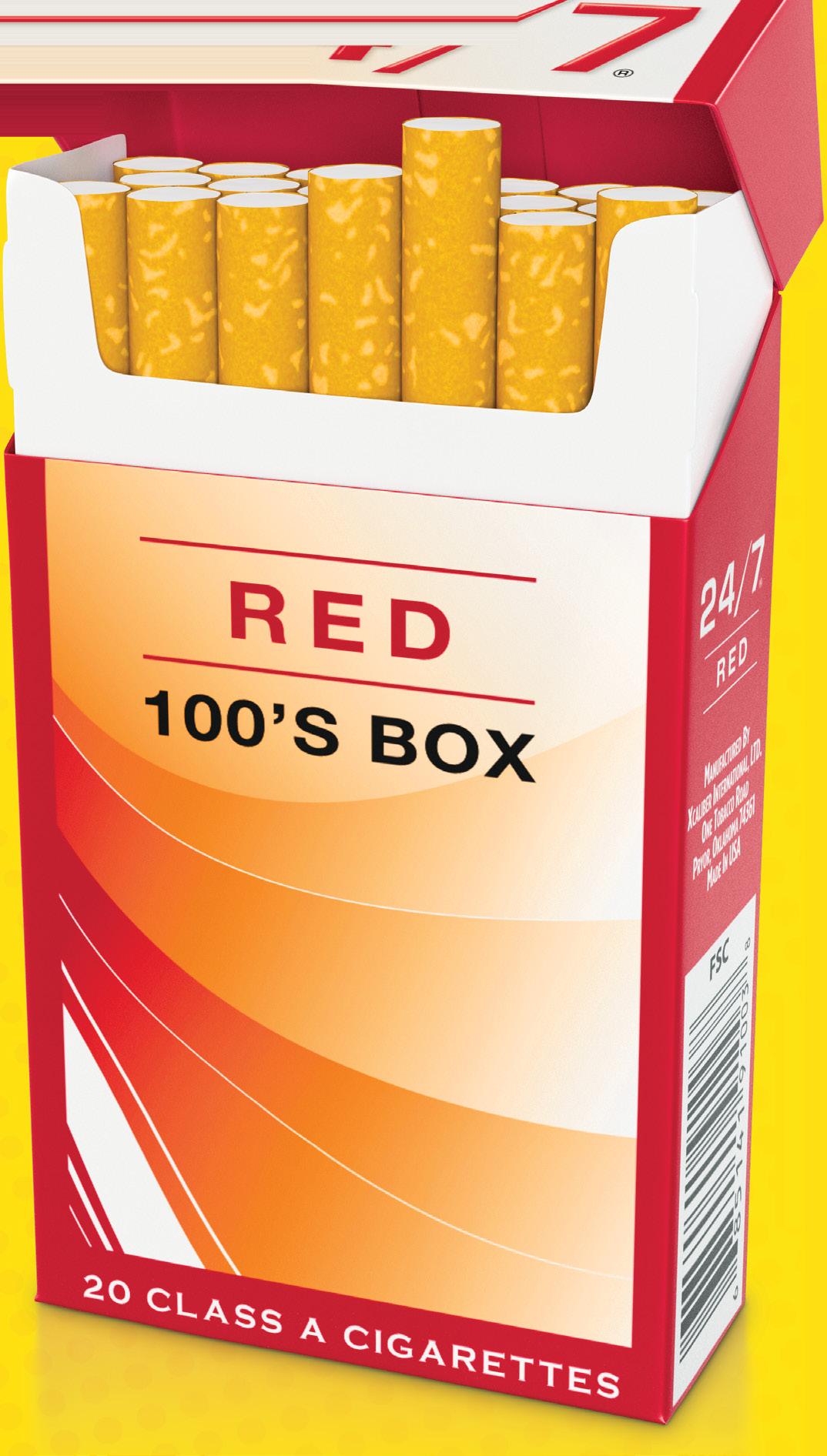






Region 6 Shows Strong Profit Performance Against National

Small stores, big baskets, better fuels: That’s the story for Region 6, which is anchored by California and includes eight other states.

Small stores: The average store size in Region 6 is 2,460 square feet, by far the smallest of any region and a full 1,000 feet smaller than the average store in Region 2, which has the second-smallest stores.
“Most of our stores are in high-density metropolitan areas and they don’t necessarily have a lot of land to grow and expand,” said Petros Keshishyan, senior director of financial planning and analysis at United Pacific, during his presentation of Region 6 data.
That small store size explains many of the region’s anomalies, including a relative lack of foodservice dollars. With fewer kitchens, Region 6 averaged $20,589 per store, per month in foodservice sales, compared to a national average of $56,491. However, foodservice sales were up a healthy 13.3%.
Another anomaly is that direct store operating expenses (DSOE) are much lower than the rest of the country, although the DSOE of $61,518 represented a 13.6% increase from 2021.
Big baskets: Declining inside transactions (11,979 per store, per month, down 2.2%) weren’t completely offset by a 9.2% increase in basket size to $12.79. The average basket size nationally is $7.52, meaning the region’s baskets are more than $5 larger than those nationally. Inside sales overall grew 6.7%, meaning they fell below the rate of inflation.
Beer and wine sales in Region 6 substantially outpaced the national averages, at least partly explaining why basket size is so much larger than the national average. Wine was a particular bright spot, improving 12.8% in sales to an average of $2,067 per store, per month. Region 6 is the only region with wine as a top 10 in-store category.

Better fuels: “The headline in Region 6 is fuel,” said Keshishyin. Despite being home to 53% of the nation’s EVs, the region’s stores sold more fuel than the national average, with a 2.3% increase in gallon sales and a 32% increase in price. That led to store operating profit increasing 29.1% year over year.
“There’s a path to making profits but it may not be the same in every region, and this was evident in Region 6,” Keshishyan concluded.
68 JUNE 2023 convenience.org
Chrissy Blasinsky is the digital and content strategist at NACS. She can be reached at cblasinsky@convenience.org.
Lisa King is the managing editor of NACS Magazine.
Ben Nussbaum is the editorin-chief of NACS Magazine.
Metric Per Store, Per Month National Region 6 Region 6 Diff. vs. Nat’l. Store Operating Profit $47,835 $56,531 18.2% Breakeven CPG 18.89 20.53 8.7% EBITDA $47,203 $53,277 12.9% Non-Manager Turnover (annual) 133.8% 105.6% (28.2) pts Manager Turnover (annual) 34.9% 34.9% 0.0 pts Wage as a % of GP$ 23.7% 19.2% (4.5) pts In-Store GP$ per Labor Hour $36.77 $36.01 (2.0)%
Source: NACS CSX Convenience Benchmarking Database


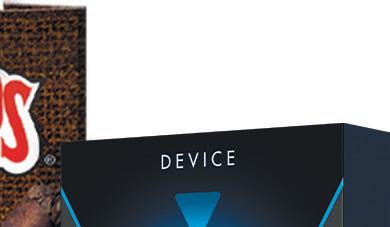





EXHIBITING AT THE 2023 NACS
bringing proven results to every partnership with an iconic portfolio of brands, robust marketing support and a powerful suite of tools to help increase sales. ©2023 ITG Brands, LLC 2 FOR TRADE PURPOSES ONLY Winston®, the Winston Eagle Design® and KOOL® are registered trademarks of ITG Brands, LLC. blu® and the blu logo® are registered trademarks of Fontem Holdings 4 B.V. Backwoods® is a registered trademark of ITG Cigars Inc. These cigarettes do not present a reduced risk of harm compared to other cigarettes.
SHOW We’re
4 Key Points From the SOI Summit
BY JEFF LENARD
What did the 2023 NACS State of the Industry Summit reveal?
Amid the insights, analysis, forecasting, benchmarking, opinions and most of all, data, there were a few big takeaways.
RECORDS ARE MADE TO BE BROKEN
Records tumbled everywhere. This year’s SOI Summit set records for attendance, both overall and from retailers. There also were a record number of participants sharing data.

But the more impressive records were made by the industry’s performance, led by foodservice, which was up 14.3%. As a category, prepared food unseated cigarettes as the top category (20.4% of in-store sales) and extended its hold on in-store profits (30.8%). This marked the first time that prepared food led all categories in both sales dollars and gross profit dollars.
Foodservice sales helped push in-store sales to a record $302.8 billion. In-store sales have hit records every year since 2002.
Meanwhile gas sales, propelled by higher gas prices in 2022, helped push overall sales to a record $906.1 billion, which means that c-store sales account for roughly 3.6% of the U.S. gross domestic product. If U.S. convenience store sales were a country, they would rank as the 20 est economy in the world, below Turkey ($1.03 trillion) and above Switzerland ($870 billion).
70 JUNE 2023 convenience.org
Amid thousands of data points and a treasure trove of insights, here are some important big-picture takeaways.
pikolorante/ Shutterstock
FOODSERVICE IS OUR FUTURE—AND PRESENT

Foodservice sales and profits numbers as a category were impressive. But even more impressive is the effect that foodservice has on overall sales. In benchmarking store operations based on store operating profit, top quartile performers had a foodservice mix that was 3.2 times greater than those in the bottom quartile (31.1% of inside sales vs. 9.6%) and foodservice gross profits that were 3.4 times those of the bottom quartile (42.4% of in-store profits vs. 12.5%).
The top decile had 5.5 times the foodservice sales of the bottom decile, and 1.4 times more transactions. “Mix matters,” said Lori Buss Stillman, NACS vice president of research and education.
The category of prepared food, which is within foodservice, is incredibly broad, ranging from sandwiches and other hand-held meals to gourmet offerings that are best eaten at a table. The key is to define what you are famous for. For Casey’s, it’s pizza. For Wawa, it’s hoagies. “It can’t be just ‘good food’ that you’re known for. It has to be specific. You can do multiple things—but you must be focused,” said Henry Armour, NACS president and CEO.
Innovation is also critical. A NACS research study found that 64% of retailers are constantly implementing new or evolving current foodservice offerings to match the latest consumer trends. Art Sebastian, vice president of omnichannel marketing at Casey’s, also stressed that you shouldn’t let perfection get in the way of bringing a new innovation to market. “Build MVPs (minimally viable products). You can always enhance them once you get them out the door.”
NACS JUNE 2023 71
It can’t be just ‘good food’ that you’re known for. It has to be specific.”
One thing you don’t want to be known for with your foodservice program: A foodborne illness. Retailers reported that 17.7% of annual foodservice training is for food-safety training, said Annie Gauthier, CFO and Co-CEO of St. Romain Oil Co. and Y-Not Stop. That may not be enough.
DSOE INCREASES … ESPECIALLY CREDIT CARD SWIPE FEES
Direct store operating expenses climbed 10.6%, putting pressure on retailers despite positive sales growth.
Chief among the rising expenses were credit card swipe fees, which increased a staggering 82% between the start of 2020 and the end of 2022 and now stand at $19.5 billion.
Remember that credit card ticker at the NACS Show that showcased swipe fees in real time? Here are the new numbers: $53.4 million a day, $2.2 million an hour, $37,100 a min-
‘In Our Backyard’
This year, the NACS State of the Industry Summit moved out of its traditional home in Chicago to Dallas. (It returns to Chicagoland next year.)
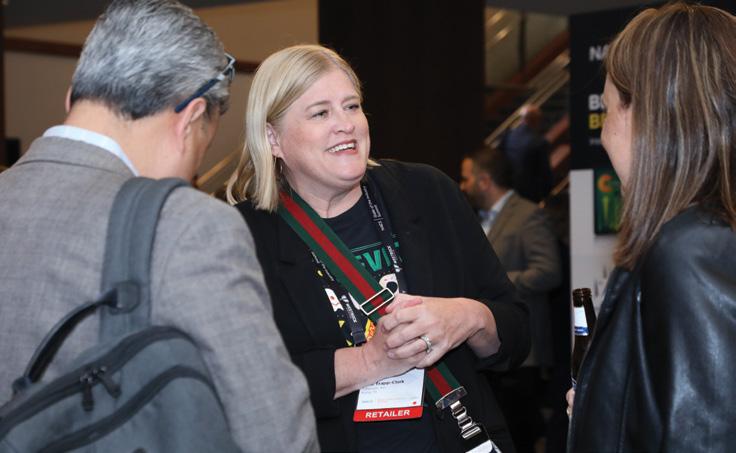
The move made it easier for companies in the region to send representatives, and Dallas-based 7-Eleven Inc. took full advantage. Not only did the retailer send nearly 90 leaders, it also gave back, bringing food and Slurpee trucks to share its Laredo Taco Company offerings and iconic Slurpee drinks.

NACS talked to Randy Quinn, senior vice president of franchise operations at 7-Eleven, about the strategy of bringing the team to the Summit.
TELL US ABOUT 7-ELEVEN’S INVOLVEMENT IN THE SOI SUMMIT THIS YEAR.
We’ve always sent a contingent to the SOI Summit. Then two things happened. One is the event is in Dallas, so there’s a sense of pride in us bringing both people, and the popular Slurpee truck and Laredo Taco Company food truck. 7-Eleven and the convenience store industry were born in Dallas and it continues to be where our Store Support Center is located.
ute and $618 a second. Don’t blink because during that time the credit card industry just collected a few hundred dollars from c-stores. It’s truly outrageous.
Labor costs also increased. Average wages increased 9.1% for full-time and 12.6% for part-time employees to $14.33 per hour and $14.02 per hour, respectively.
Convenience stores are labor-intensive, but Armour said that’s not an entirely bad thing. “If your store isn’t on a freeway, 80% of the people you see are repeat customers. The uniquely personal relationships we have with our customers is an enduring competitive advantage,” said Armour.
“Do you think that McDonald’s employees have that relationship?” Armour asked, fully knowing the answer.
The value of that personal connection requires retailers to look at labor productivity differently. Yes, labor is an expense. But it’s also an asset. “You can look at it as how do I reduce labor costs—or how can I pay my people more and get more from them,” said Armour.
There’s a playbook for that. NACS has partnered with the Good Jobs Institute, which created a model that demonstrates that higher pay can create a virtuous cycle of more pro -
And it just so happened the SOI Summit was in the same timeframe as our quarterly operations summit. We had operations leaders from across the country in town during the same week.
And that’s why we had to jump on it. We got lucky with this one.
72 JUNE 2023 convenience.org
ductivity—if done right. Convenience retailers Loop Neighborhood Markets, Thorntons and Noria Energy are all working with the group. Interested? Go to www.convenience.org/ Topics/Employee-Engagement/The-GoodJobs-Strategy
The bottom line is that labor is a growing DSOE, but the people behind that expense directly benefit your business. The same can’t be said for swipe fees.

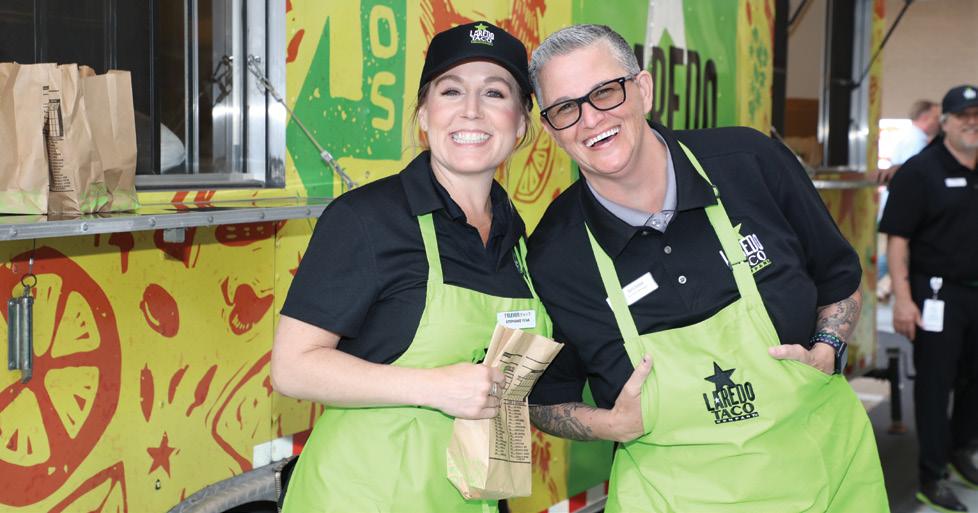
FUELS’ DEMISE MAY BE GREATLY EXAGGERATED
Nobody’s predicting that U.S. fuels sales will ever top the record 9.329 million barrels (392 million gallons) of motor fuels consumed per day in 2018, but sales are not declining. In fact, with over 2,000 new fuels sites in the U.S., there was a slight 0.7% increase in gallons sold in 2022 despite consumer concerns over record gas prices. There are challenges. Commuting still hasn’t come back, noted NACS Director of Analytics Leroy Kelsey. Last year, 26% of all trips were from commuting, a 9-point drop from the 35% of trips that were commutes in 2019. And, higher fuel efficiency standards also are reducing trips to the gas pump, noted Denton
Cinquegrana, chief oil analyst at OPIS. He said that CAFE standards and the continuing embrace of work at home, especially in large cities, has a bigger adverse effect on fuel sales than the growth of electric vehicles (EVs). While sales of EVs are increasing, they still account for less than 1% of all registered vehicles in the United States. In addition, EVs are very, very localized, concentrated heavily in only 15 states. What’s it all mean? One of Armour’s favorite quotes is from author William Gibson: “The future is already here it’s just not evenly distributed.”
WAS THERE ANYTHING YOU WERE PARTICULARLY LOOKING FORWARD TO LEARNING?
We’re really interested to learn about what’s going on in the industry, where other companies in the industry are experiencing challenges and identifying opportunities, and then sharing best practices. NACS has done a good job over the years of double-clicking into not just the macro number or the aggregate number, but how are things in the West? How are things in the East? How are things in the Midwest? And, as a national convenience retailer, that matters to us. We’re really interested in that.
THE LAST THREE YEARS THERE HAVE BEEN NUMBERS AND THEN THERE HAVE BEEN TRENDS. IS THERE A WAY YOU LOOK AT WHAT IS A TREND, WHAT’S A NUMBER? WE ASK BECAUSE STUFF’S BEEN DIFFERENT THE LAST COUPLE OF YEARS.
It really has, and there’s a little bit of a regional element to it. When COVID hit, by and large, the industry was resilient. But not everywhere had the same experience.

Our stores that were in very urban areas surrounded by offices and downtown areas saw more extreme COVID-19 precaution measures, while our stores out in the open suburbs and even in rural areas experienced new traffic patterns compared to before the pandemic.
I think there are a couple of trends happening. One is on the revenue side, you have this big change in customer traffic. We’re always looking at customer counts and traffic because it is the lifeblood of any brick-and-mortar retail business. It’s not cliche, it’s genuine—it’s the lifeblood of the business. We really have our eyes on the customer count and the impact of inflation.

NACS JUNE 2023 73
If your store isn’t on a freeway, 80% of the people you see are repeat customers.”
Jeff Lenard, vice president, strategic industry initiatives, NACS
BLK WOOD TIP
THE WOOD TIP CATEGORY DRIVES +24.1% INCREMENTALITY TO PLASTIC TIP*
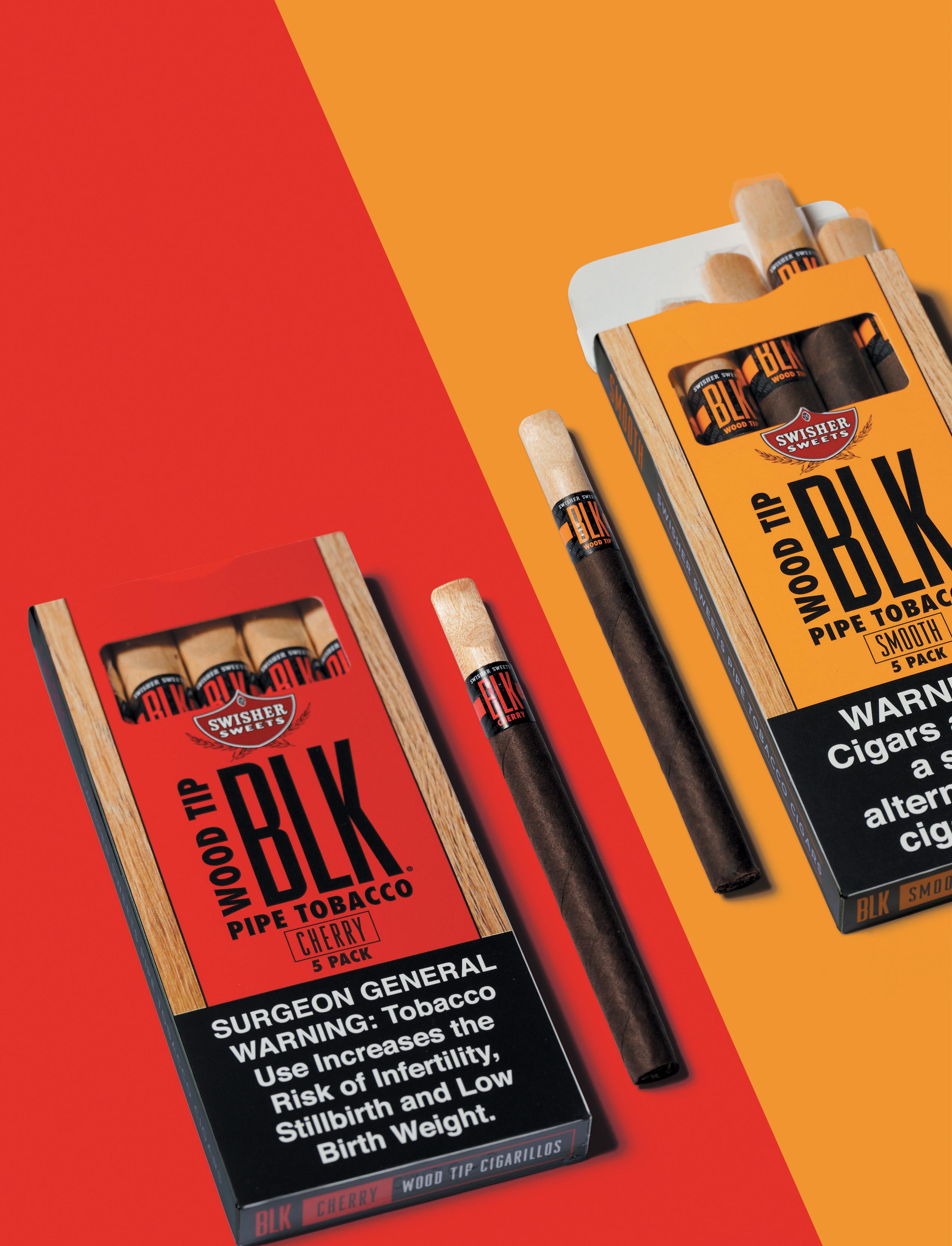
THE BLK BRAND GREW +32.7%
AVAILABLE IN 5PK AND IMPULSE BOX.
IN 2022**
* FULL YEAR MSAI RETAIL ** P52 WEEK MSAI RETAIL ENDING 3/26/2023
What happens when two sisters and a cat drive 3,189 miles across 13 states in seven days?
BY SARAH HAMAKER
THE ULTIMATE C-STORE ROAD TRIP
When my younger sister, U.S. Air Force Major Christina Lynch, received orders to Travis Air Force Base in Fairfield, California, we began planning a cross-country road trip. With Christina’s cat Ginger as our companion, we hit the open road. Our journey took us from Fairfax, Virginia, to her new duty station across the United States.
Along the way, we visited our cousin in Independence, Iowa; John Wayne’s birth-
place in Winterset, Iowa; the Hoover Dam in Boulder City, Nevada; and Hearst Castle in San Simeon, California. We had to adjust our route in California after flooding closed part of the Pacific Coast Highway, but we had mostly open roads and good weather for the entire trip.
Naturally, we stopped at many gas stations and convenience stores on our 13-state tour, which ended in San Francisco, near Travis. Here’s what surprised and delighted us at these essential retailers.
Thomas Bethge nd Alex Gontar/Shutterstock
NACS JUNE 2023 75
DAY 1
Miles: 595
States: Virginia, Maryland, Pennsylvania, Ohio, Indiana

Our first priority after hitting the road Saturday morning was to find a travel center with a CAT scale to weigh my sister’s vehicle, an Air Force requirement to receive reimbursement for the drive. A Pilot Travel Center near Hagerstown, Maryland, fit the bill and we stopped there about two hours into our trip. We then spent the majority of the day driving on the Pennsylvania and Ohio Turnpikes before arriving at our hotel in Elkhart, Indiana.
DAY 2
Miles: 386
States: Indiana, Illinois, Iowa
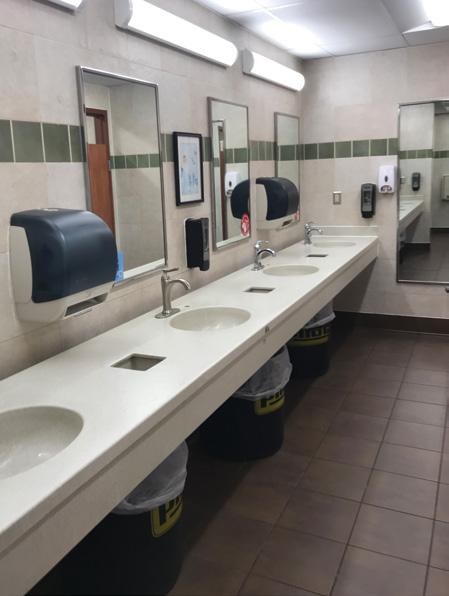
Our second day of travel took us around Chicago and into Iowa to our cousin’s home near Independence. I was thrilled to find a TA Travel Center in Illinois that had both diet and regular Dr Pepper on fountain, so I could create my own Dr Pepper mix of mostly diet Dr Pepper with a splash of regular Dr Pepper (no fountain has ever had Dr Pepper Zero). The center also had tons of candy options (but not the Reese’s Nutrageous bar my sister craved) along with some unusual items, such as an entire display of hunting and carrying knives.
CONVENIENCE STORES OWN ROAD TRIPS.
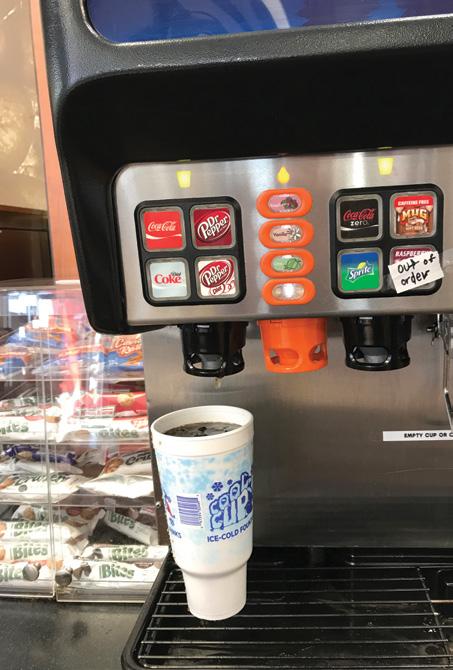
C-stores sell 80% of the fuel purchased in the country, as well as the snacks, drinks and meals that keep road trippers happy on their travels. This year, 65% of Americans say they will likely take a road trip during the summer, according to the 2023 NACS Consumer Fuels Survey. The top reason why: It’s fun (68% said so). And isn’t fun and a great experience ultimately what c-stores sell?
More findings from the survey: Women (73%) and people 65+ (72%) are the most likely to take a road trip motivated by the desire to have fun. And people have fond memories of road trips: Almost a third of likely road trippers (31%) are motivated because it’s something they did as a kid.

Ukrainian studioShutterstock
Ginger slept through most of our stops.
The Hagerstown, Maryland, Pilot Travel Center gets our vote for the cleanest bathrooms we encountered during our entire trip. Spotless!
Major Christina Lynch (left) and the author during a break in Utah.
76 JUNE 2023 convenience.org
Easy to make my favorite fountain beverage, a mix of diet Dr Pepper and regular Dr Pepper, at the TA Travel Center in Illinois.
NACK TAI NABLY ................................................................

Don’t sacrifice sustainability for convenience. Choose Placon grab ‘n go containers which are made with water bottles!

VIRTUAL TOUR OF OUR RECYCLING CENTER

DAY 3
Miles: 551
After leaving our cousin’s, we stopped at a Casey’s for fuel and snacks, the first of our two Casey’s stops that day. I was happy to see Casey’s fountain had both Dr Peppers. It was a well-organized store with lots of snacks, fresh food and beverages. For lunch, my sister tried—and liked—a slice of Casey’s famous pizza. Casey’s gets our vote for the friendliest clerks along our trip.
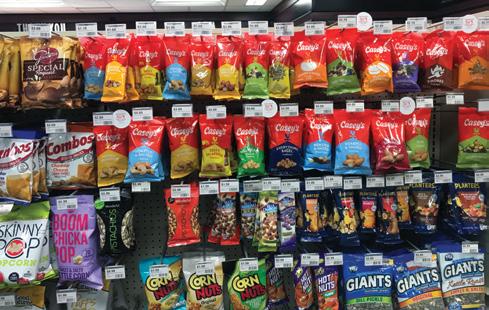
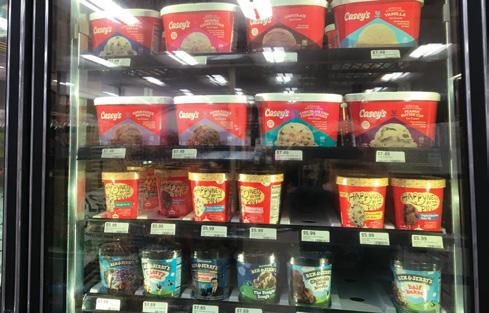
States: Iowa, Nebraska
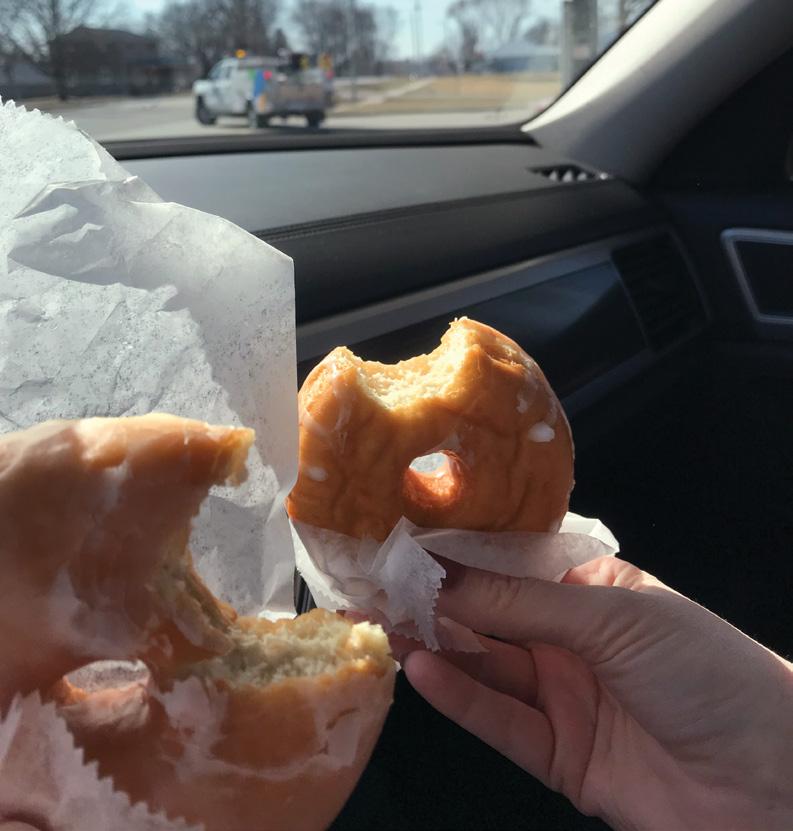
DAY 4
Miles: 502
States: Nebraska, Colorado
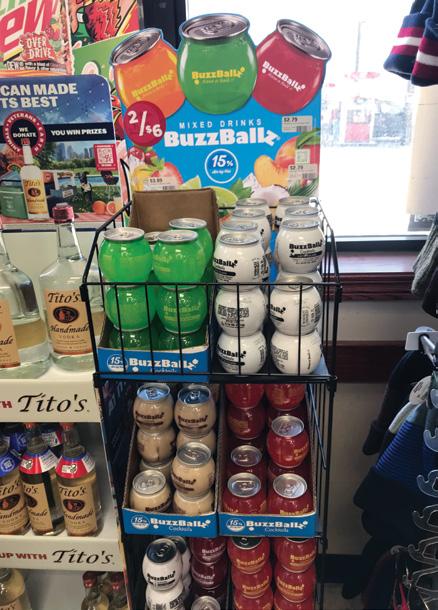
We left Nebraska (and all those cornfields!) behind as we crossed into Colorado. Our first stop was the Colorado Welcome Center, along with a Shell gas station across the street. Then it was back on the road to beat the coming inclement weather heading our way—but we stopped later at a Kum & Go for snacks and gas.
WHEN ONLINE SEARCHING FAILS
While we usually let the road signs point us to a gas station or convenience store, a couple of times, we used Google. On our first day, we needed gas but the next travel center off the Ohio Turnpike was too far away. I searched for gas stations to find the nearest one. A Marathon-branded station popped up a mile off the next exit, but as we took the exit, we spotted a station that didn’t show up on the search.
A few days later, in Utah, we wanted to stop and again searched for the nearest store to the highway through Google, which directed us to a location several miles off the main road. After visiting the store, we backtracked to the highway and discovered that a different store had been much closer than the one Google directed us to.
Both experiences reminded me how easy it is for convenience retailers to miss out on visits simply because Google and other search engines can’t find their locations. This problem is exactly why NACS created THRIVR, which is powered by SOCi. You can learn more at convenience.org/THRIVR
78 JUNE 2023 convenience.org
The volume of private label snacks, drinks and even ice cream (seven different half-gallon flavors) astounded me. I tried one of the pretzel snacks—yummy!
One of the more unusual items in a Casey’s was the display of the ready-to-drink cocktail BuzzBall. Since we were driving, we had to skip this treat.
Our morning stop had to include fresh glazed donuts from Casey’s. Delish!
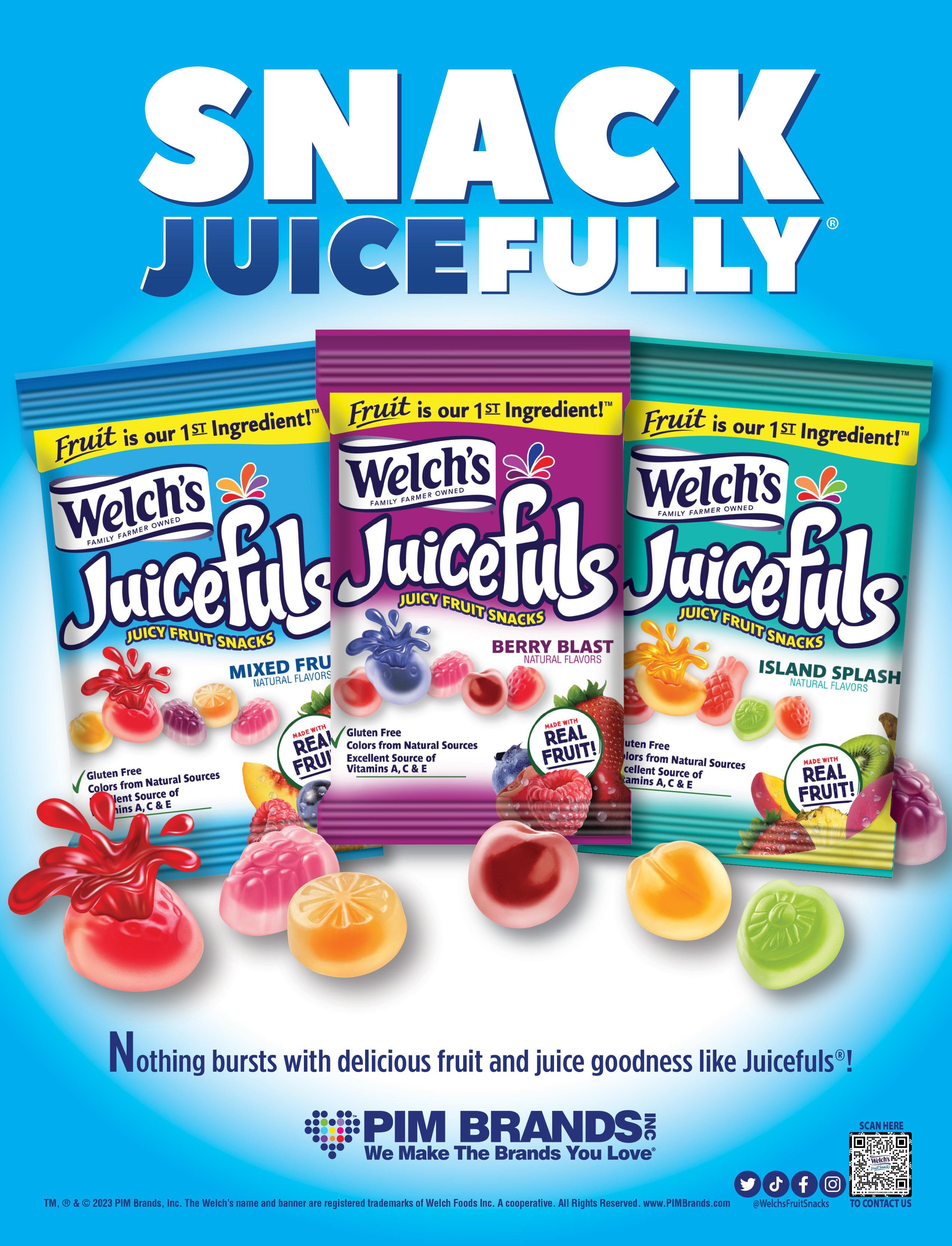
Like Casey’s and other convenience retailers, Maverik has gotten into private-label products, including its popular jerky line.
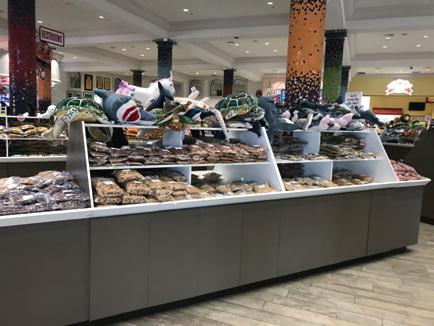
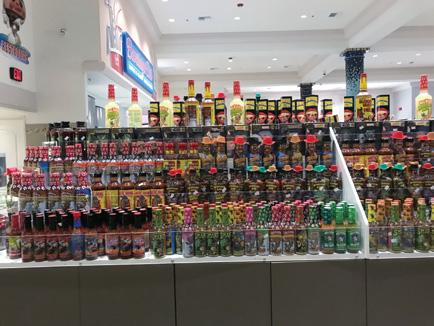
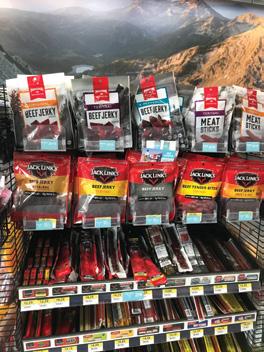
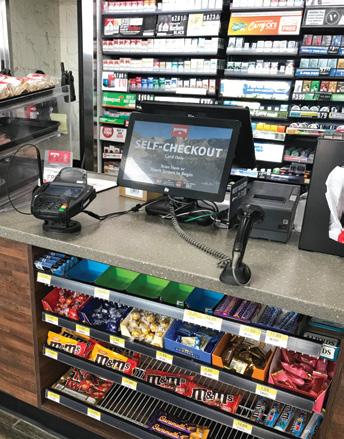
Maverik had several self-checkout kiosks, the first we had seen on our trip. Maverik had something I’d never seen before—a Dr Pepper slushie. While I wanted to try it, there was no diet Dr Pepper option to mix in, so I skipped the treat.
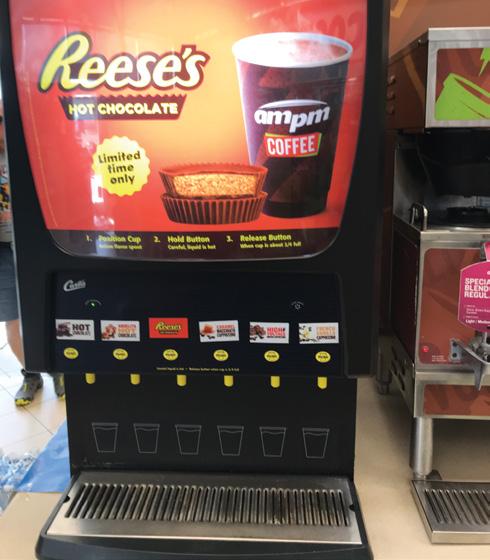

DAY 5
Our final day of travel had arrived. We took our lunch break at an ampm store/Jack in the Box combo before heading out to drive the last leg of our journey to San Francisco.
DAY 7
Miles: 231 States: California
Our travels now took us through the back country of Utah, with few opportunities to stop. We did, however, manage to find a Maverik, which lived up to its Adventure’s First Stop branding.
DAY 6
Miles: 424 States: Nevada, California
We finally enter California on Highway 15, and we immediately start seeing billboards touting the largest gas station in the state: EddieWorld. Naturally, we had to stop to see for ourselves—and the billboards weren’t lying! (For more about EddieWorld, check out “The Road Well-Traveled” in this issue.)
Miles: 500 States: Colorado, Utah, Arizona, Nevada
For a small convenience store, ampm stocked many delights, including Reese’s Nutrageous candy bars—the first we encountered along our journey—and a Reese’s hot chocolate machine.
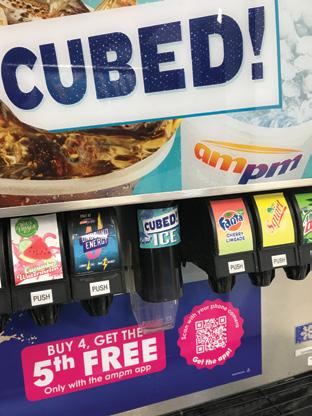
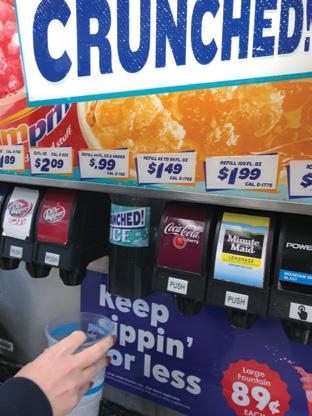
Just when we thought we’d seen everything, ampm surprised us by having two kinds of ice on fountain.
We couldn’t have made our seven-day journey without the help of convenience retailers. Whether filling up our tank or our bellies, convenience stores across the United States provided both sustenance as well as delights to make our trip even more enjoyable.
Sarah Hamaker is a freelance writer, NACS Magazine contributor and romantic suspense author based in Fairfax, Virginia. Visit her online at sarahhamakerfiction.com.

80 JUNE 2023 convenience.org
My sister found stuffed animals for her two kids from EddieWorld’s extensive plush animal collection.
I picked up some hot sauce for my husband from the enormous selection at EddieWorld.
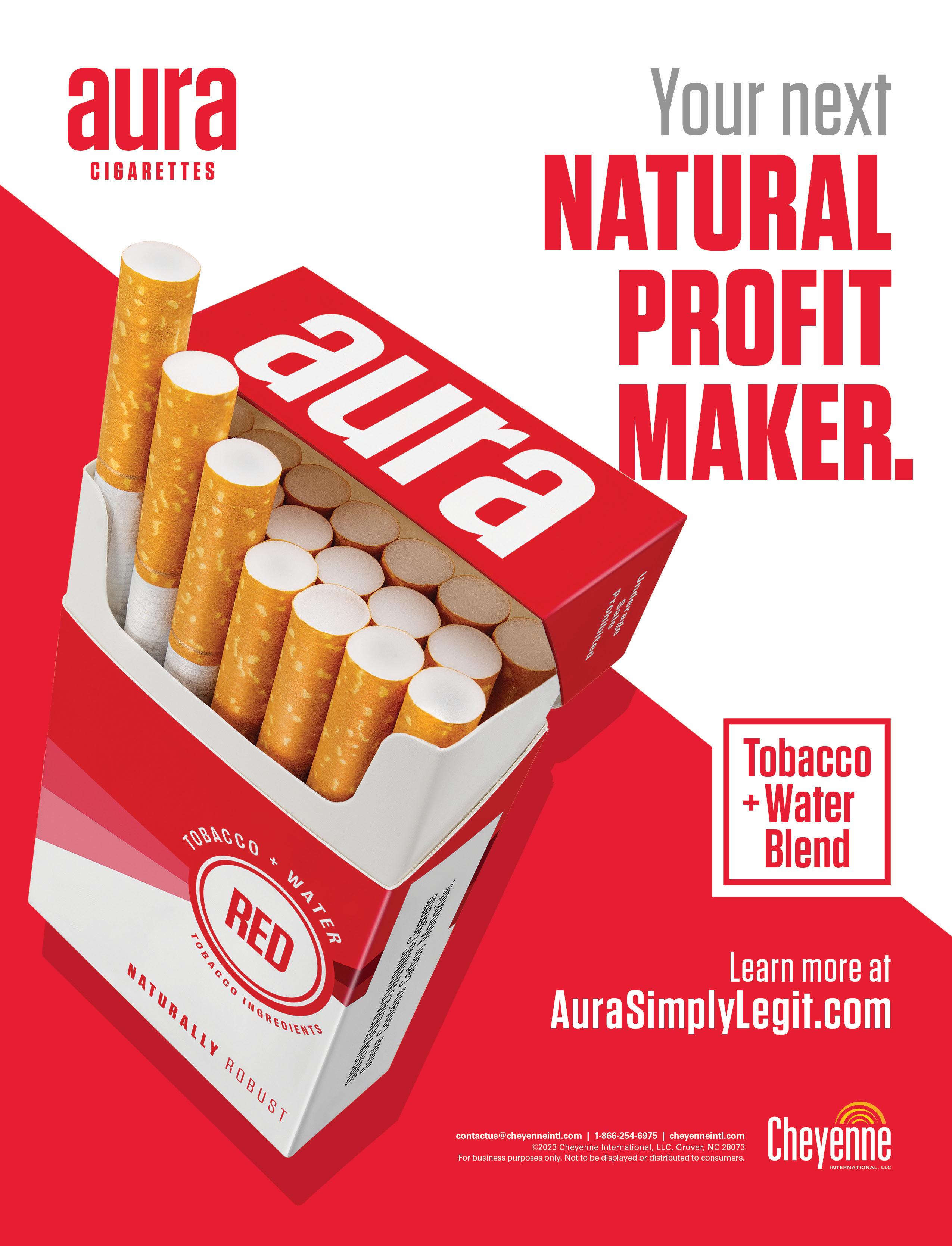
A Fresh Look at Managing Retail Fuels
Branded or proprietary? How many grades or blends?
BY KEITH REID
The industry operates in an uncer tain world today. The push for lower-carbon transportation has ramped up with significant federal dollars being allocated to build out a nation al charging network. The specifics are ill defined, to put it mildly, and no one is quite sure exactly how convenience retailers will fit into the mix or the role low-carbon liquid or gaseous fuels will play.
While this uncertainty is understandable, most of these questions will play out over de cades instead of months or even years. Yet the industry gets no break, because today’s market features inflation, a potential recession and significantly increasing operational costs.
So, how do you prepare for the future while still doing business in today’s hectic and uncertain world? Insight into some of these issues was provided by Gabe Olives, the chief information officer at Impact 21. He is a leader in Conexxus and has a solid base addressing technological integration, but Olives also has extensive experience in the broader retail fueling world.
MAJOR OR PROPRIETARY BRAND
Olives started his presentation looking at a question that has been asked by retailers and marketers for most of the industry’s history— do you go with a major oil company brand or develop your own proprietary brand? “It’s a decision that must be weighed out on a caseby-case basis and will be tied to the growth state of the company,” Olives said.

82 JUNE 2023 convenience.org
Olives noted that one traditional factor driving these decisions—fuel quality—is not as critical today as it was in the past. A significant number of proprietary brands meet Top Tier fuel standards along with their major oil counterparts. The major oil company brands tend to have built-in brand recognition and consumer trust, but even those advantages are not the most attractive selling points when it comes to the decision to carry these fuels.
“The big piece is brand support,” Olives said. “The forecourt layouts—typically signage, canopy structure, etc.—are often funded by the brand. In my world, the larger piece is the technology stack. The point of sale, payment networks, mobile payments, loyalty and the like. And the big thing from a fuel perspective is generally the assurance of supply.”
A downside with a major brand is that brand recognition can be a double-edged sword. Any scandals or other notable bad press from other actors in the networks can carry over in consumer perceptions to your
Conversely, a proprietary brand can be unified between the store and a forecourt in a more seamless fashion, both in the consumer’s mind and then in the offers. “You want to unify as best as possible or to maintain the look and feel of the location, because the forecourt is what’s going to grab the customer’s
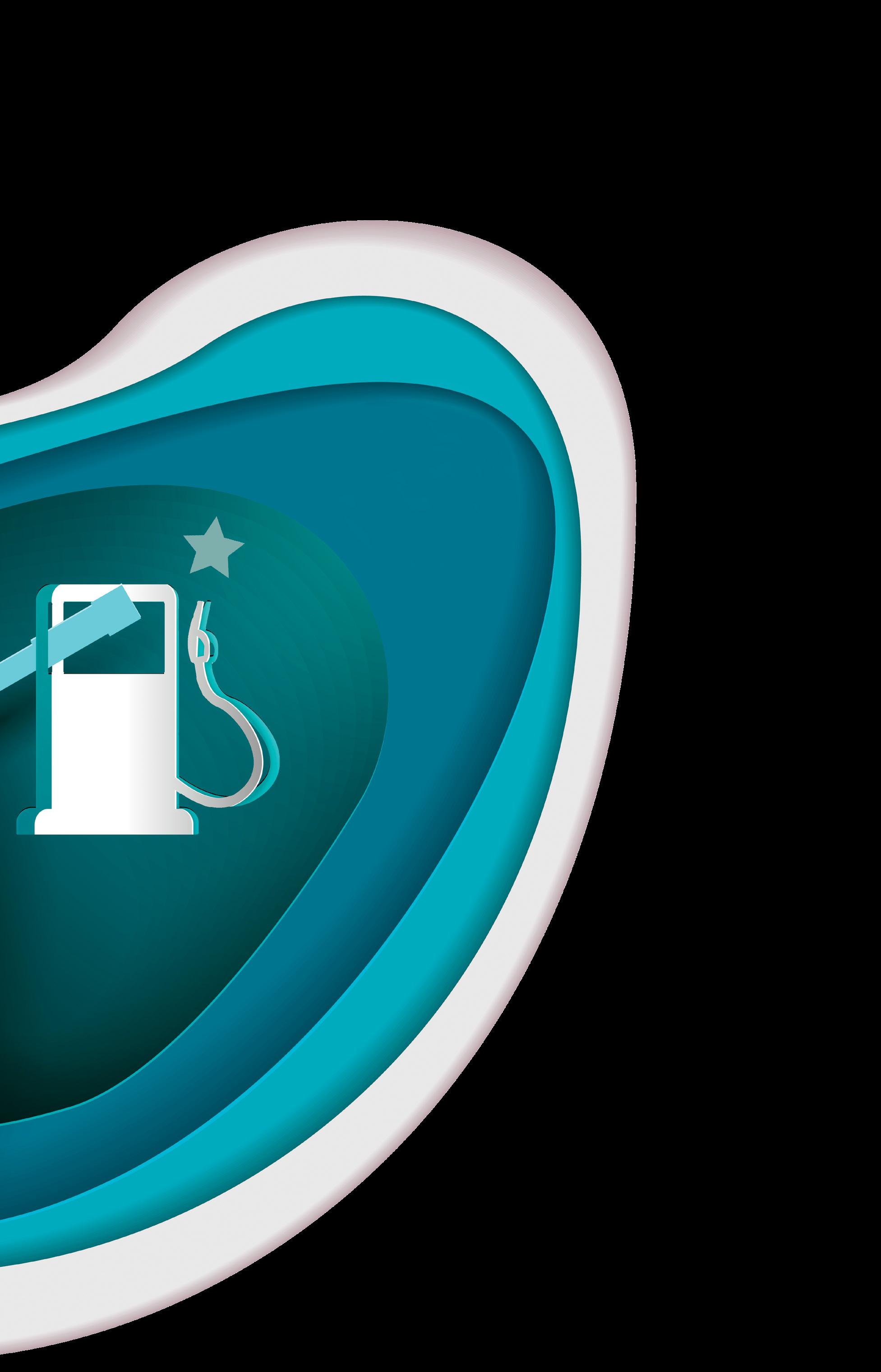
FUEL LOGISTICS TECHNOLOGY
On the supply front, you have the traditional branding decision tradeoff between being able to find the lowest prices on the spot market versus the security of a branded supply contract and the fact that some of that higher wholesale price goes into supporting the brand’s programs and offers. Olives noted that these supply models can be leveraged independently to maximize efficiency and bottom line and leverage arbitrage opportunities.
NACS JUNE 2023 83
pikolorante/Shutter
The big thing from a fuel perspective is generally the assurance of supply.”
stock
“If you buy rack based upon contracted supply or best buy model, formulas are generally contracted to a particular supplier, and it’s based upon metrics, including various add-ons to the benchmark price,” Olives said. “Or you can get down to where you source your own supply directly from refiner, ship it over pipeline or other means. You need to be able to keep product at your stores in tough times when working with suppliers—credit and ratability. You also must have the ability to protect your volumes in a reasonable fashion because creditors want ratable customers.”
As with all operational decisions, the retailer must constantly be able to review, with the appropriate historical data, to project what’s going on in the marketplace to optimize its offers. Data can also help manage the cost aspects of the fuel product and help the fuel buyer make better purchasing decisions.
“What is the value of the product I’m going to be replacing or buying today?” Olives said. “What is the value in the tank so we can make good decisions on our retail positioning? The more efficient your process is, the more real time that data is maintained, [the
more that supports the] alignment between the financial team, accounting team and the fuel logistics team. It’s important that your cost of inventory includes all the ancillary pieces, taxes and transportation that is on the buy side.”
He noted that the evaluation side needs to take a holistic view of what that CPG number means. It’s often strictly retail minus cost of goods, which is the standard across the industry. But then from an analysis perspective it’s important to keep an eye on credit card fees and to do a rolling review of your projections along those lines. And then there are fuel discounts.

“[Commercial] fuel discounts are a reality in gasoline, though relatively small,” said Olives. “You’ll give a large logistics carrier $.02 off if they use your sites. Over-the-road and diesel are a different ballgame. This is where you see a lot of cost-plus deals where you’ve agreed to accept that fleet card and you’re locked into a cost-plus based on the OPIS price at the rack closest to your location, plus the taxes and freight.”
Olives pointed out that with the settlement it may appear to the accounting staff as a
84 JUNE 2023 convenience.org
It’s important that your cost of inventory includes all the ancillary pieces, taxes and transportation that is on the buy side.”
Gabe Olives
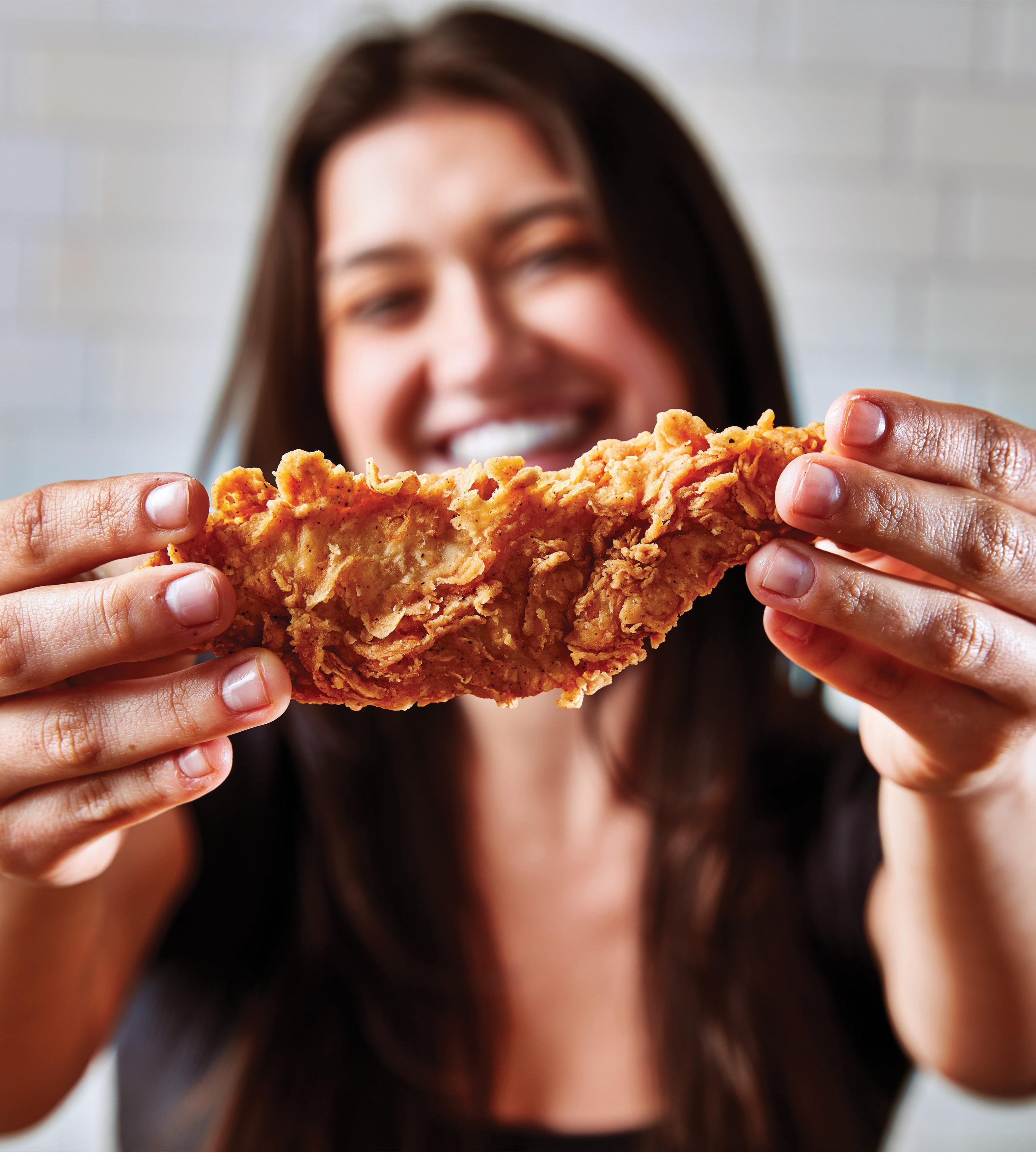
Become everyone’s favorite restaurant without becoming a restaurant ©2023 KRISPY KRUNCHY FOODS, LLC When you add Krispy Krunchy Chicken® to your store, you’re adding a whole new support team, including nationwide food distribution, marketing, training and brand support. Our passion is focused on increasing your retail sales and maximizing your profit – let us show you how today! No franchise fees. No royalty fees. Delicious chicken. Happy customers. Visit krispykrunchy.com to find out more – or scan here
credit card fee instead of a fuel discount. And as margins have expanded, those credit costs have increased greatly. The best practice recommendation is that discount needs to be booked against the cost of goods or sales on your P&L.
TOMORROW’S FUELS TODAY
Olives noted that the product mix has become far more interesting today than in the past. “In the old days, it was three grades of gasoline. You might have offered diesel,” he said. “Now those are table stakes, in addition to more advanced blends such as E85 and E15 becoming more and more ubiquitous and also the blend ranges,” he said.
Keeping an eye on policy is critical over the next 10 to 20 years. The buzz is pointed towards EVs today, but there are other fuel blends that may be required depending upon policy shifts to get to the CAFE standards that may be mandated for future internal combustion engines. Adaptability is key.

“As you’re building new sites, try to build in flexibility as you lay out your tanks and piping, etc., so you don’t have to do a lot of rebuilds,” he said.
INCORPORATING TECHNOLOGY
According to Olives, a key to marketing success is customer assurance. You build and support this by an offer to attract them, but you need the systems and people in place to continue that and to create an overall effect to delight the customer.
On the fuel side, one of the biggest pieces is managing your pricing.
“A lot of tools have been brought up over the last 10 to 15 years,” Olives said. “[For example,] you have price discovery tools and the ability to optimize those and then, in the extreme, execute those automatically without any intervention. All things that should be looked at to help your offer. And then layer in more sophisticated data sets. There’s a correlation between the inside and the outside fuel sales.”
The goal of the analysis can be to drive a higher rate of conversion—getting those fuel customers into the store. “While fuel margins have been great the last several years, and we project that they will continue to be good, there are going to be times when operators will work to increase their inside sales by lowering their fuel margins and getting people on the lot.”
At a more granular level, the more sophisticated data sets can help analyze inside sales, traffic counts and day parting. There’s mobility data to understand how many customers are passing by the stores. Through various partners, the consumer can be tracked to know their destination or where there was significant dwell time.
For example, “They went to a competitor a half a mile away after being at your site five days out of the last 60,” said Olives. “There’s a tendency to stay with what you know, which helps simplify your support. But at the same time, you want to understand what is available that will allow you to increase your conversion rates.”
PAYMENT AND LOYALTY PERSPECTIVES
Payment is a rapidly changing world and retailers need to be on the ball, according to Olives. “Everyone’s doing mobile today, but you need to keep track of the other payment types that your consumers are demanding,” he said. “Today’s consumers want it their way. They know how they want it, when they want it and where they want it.”
Proprietary brands can have significant advantages on the loyalty front according to Olives. “You can combine your loyalty programs together to incentivize customers with fuel discounts, and it’s very enticing, especially in times of high fuel prices,” he said.
86 JUNE 2023 convenience.org
Keith Reid is editor-in-chief of Fuels Market News. He can be reached at kreid@fmnweb.com
You want to understand what is available that will allow you to increase your conversion rates.”
POWERFUL BRAND. HOMETOWN FEEL.




RUNNING YOUR BUSINESS YOUR WAY. POWERED LOCALLY.
We know that the true power behind the Cenex® brand comes from our locally-owned retailers – valued partners who are invested in their customers and community. That’s why we’re committed to your success and helping you build your business from the moment you become a Cenex® retailer. From flexible brand conversion and marketing, to convenient payment processing and training programs, we can provide your business with the support it needs to help you grow.
A name your customers trust, a brand you can count on –visit cenex.com/businessopportunities to learn more.

















© 2021 CHS Inc. Cenex® is a registered
of CHS Inc.
trademark
Fuels Outlook 2023

Up, down, or sideways?
BY KEITH REID
The summer driving season is here and record-breaking gasoline prices in 2022 are still lingering in American motorists’ minds. What are some of the trends that will influence prices for the summer driving season as well as the remainder of 2023? For starters, 2023 is not 2022.
“Last year the message was much different. The world was coming to an end; Russian oil production was going to zero,” said Denton Cinquegrana, chief oil analyst at Oil Price Information Service (OPIS), a Dow Jones Company. “We’re not going to have enough gasoline, not enough diesel—which for diesel probably came a little bit too close for comfort. You saw all the forecasts of $200 or $250 oil. But none of that happened. Cooler heads prevailed.”
Cinquegrana began his 2023 SOI Summit presentation focused on crude oil. He noted that at the beginning of the year, predictions had crude reaching $100 or more on oil demand driven by China lifting its zero-COVID policies. All the growth in demand was going to be east of the Suez. The U.S. and Europe were going to be flat or maybe a little bit lower. And, headwinds remain for the market to contend with, such as lagging U.S. oil production.
“[Producers] are back to March 2020 levels, just under 13 million barrels a day. But don’t expect the cavalry to come. There are bankers, there are shareholders, there are bond holders, saying you guys have crashed the market three times. We want some return on investment. And then OPEC+ had a surprise—a 1.6 million barrel a day cut.”
88 JUNE 2023 convenience.org
If there is an international emergency involving the United States, the lack of a robust SPR could impact prices.
He noted there are two prevailing thoughts on what drove the cut. The first is that OPEC may have seen demand from China coming in light. And the second, perhaps a bit more compelling, is a response to the Biden administration’s draw-down of the Strategic Petroleum Reserve (SPR) before the midterm elections.
“The Biden administration said it would buy oil to refill the Strategic Petroleum Reserve when the prices hit a band of $68 to $72. We got down there with the mini banking crisis that we saw in mid-March. But prices hit $64 or so and the energy secretary said, we’re not going to fill in 2023. And the market was anticipating that $70 SPR buy as setting a floor for the market. So OPEC came in and said, well, if you’re not going to set a floor, we will.”
He believes that $100 per barrel is still possible, but then so is $70, or even less. The case for $100 has Chinese demand overwhelming current supply or a significant production disruption from the “fragile” countries—Nigeria, Iraq, Libya, etc. Investors are getting back into the oil market, which will help with current volatility but could drive up the price up if it becomes a stampede. And, if there is an international emergency involving the United States, the lack of a robust SPR could impact prices. On the other hand, increasing international production and recessionary fears push the $70 or less model.
Russia’s still producing quite a bit of oil and has buyers such as China and India. Venezuelan production is returning. The dollar has been depressed, which drives prices up, but a recovery could drive oil prices downward. Of course, an economic downturn would impact demand.
REFINED PRODUCTS
Cinquegrana noted that more refining capacity is coming online, not just in the United States but globally. However, there was still some of the traditional production lag found heading into the summer driving season.


“We’re still running well below where we might normally be with gasoline and distillate inventories. Gasoline’s [down] around 15 million barrels a day. But all that deficit is in the Midwest and on the East Coast, and that makes sense considering those are the two markets that are making the transition from winter gasoline to summer gasoline. I think they’ll start to catch up,” Cinquegrana said.
He noted that a hurricane could create real problems this summer and into the winter. Also, refineries transitioning to make biofuels have an impact. “The amount of hydrogen you use to make a product like renewable diesel compared to petroleum-based diesel is like four times greater,” said Cinquegrana. “So, you’re doing less with more. If you transition a refinery that makes 100,000 thousand barrels per day of renewable diesel, it’s probably only about 25,000 to 30,000 barrels per day.”
Distillate inventories are still low, also at about 15 million barrels, but the mild winter on the East Coast helped support inventories through reduced heating oil consumption.
In 2022 there was approximately $0.40 between May and June ULSD futures and about $0.60 between March and April. That is when backwardation and impacted inventory builds.
“If I’m moving barrels to terminal storage, why am I going to hold onto inventories when the next day it can be worth $0.40 less? As a result, you didn’t have the opportunity for distillate inventories to build back up.”
Cinquegrana said that the steep backwardation is dissipating in 2023.
NACS JUNE 2023 89
Denton Cinquegrana of OPIS
We’re still running well below where we might normally be with gasoline and distillate inventories.”
SUMMER GASOLINE PRICES
Cinquegrana noted that gasoline demand this summer could be higher than last year because prices are not going to approach $5 a gallon nationally. “I don’t see a scenario for $5 gasoline this summer,” he said. “I even think that we’re probably close to a peak. The national average right now [April 2023] is around $3.70, and even if we do get to $4 a gallon, I think it will be short-lived.”
He noted that EIA data suggests 2023 will not be a demand growth year. The distillate demand calculations are already showing recessionary levels. That will allow distillate inventories to build up as well. “I don’t see demand getting back to pre-pandemic levels for a variety of reasons. And then market volatility should continue and that’ll make [rack to retail] margins feast or famine.”

Margins in 2022 ranged from over $0.60 to under $0.10, driven by significant price volatility. Volatility is so far reduced in 2023 but is still sufficient to where the unusually high margins might be expected to continue.
Several factors will be impacting demand in 2023, and most certainly for years to come.
Vehicle efficiency has been improving for internal combustion engines for decades, and the pressure is only getting ramped up. Cinquegrana noted that while there is a big push for EVs, CAFE standards are going to push the gallons out of the market short-term.
“Vehicle efficiency is only going to get better—some 49 miles per gallon by 2026 for passenger cars and light duty trucks. Yes, EVs are coming, but they’re still only about 6% of car sales in 2022 and 1% of the fleet,” Cinquegrana said. He shared an estimate from Coltura that the 2.24 million EVs on the road replaced just a half a percent of gasoline consumption.
Cultural changes with work from home after the pandemic are also coming into play. He noted office rates are about 50% of capacity in the United States. An informal analysis suggests this trend has potentially sliced off 343,000 barrels a day of gasoline demand, though hybrid work models might only see a reduction of between 115,000 to 170,000 barrels a day.
90 JUNE 2023 convenience.org
OPIS National Average Monthly Retail Volume/Site Q1 Q1 2020 Q1 2021 Q1 2022 Q1 2023 79,077 69,522 69,482 68,538 40.0% 20.0% 0.0% –20.0% –40.0% 34.3% 34.2% –2.8% –23.8% –1.5% –13.2% –1.4% –0.1% –12.1% vs Q1 2020 vs Q1 2021 vs Q1 2022 Volume Change Margin Change Profit Change Change in National Retail Volumes, Margins & Profits
Q1
National Average Monthly Profit/Site
$35,000 $31,077 $17,659 $23,693 $23,029 $30,000 $25,000 $20,000 $15,000 Q1 2020 Q1 2021 Q1 2022 Q1 2023 Source: OPIS DemandPro Source: OPIS DemandPro
OPIS MarginPro
Keith Reid is editor-in-chief of Fuels Market News. He can be reached at kreid@fmnweb.com
OPIS
Gas Sales Q1
Source:
Crave consumer trust?
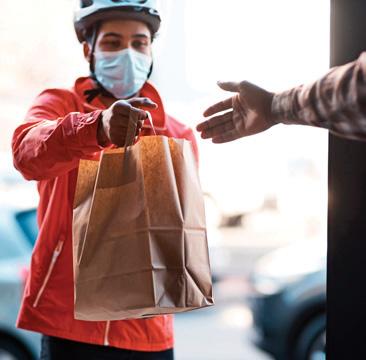
Polypropylene Packaging for Hot Food Applications
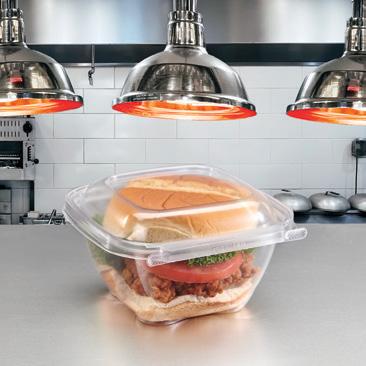
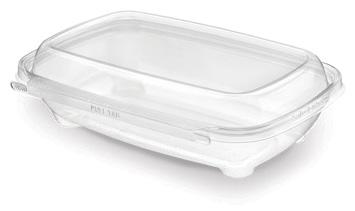
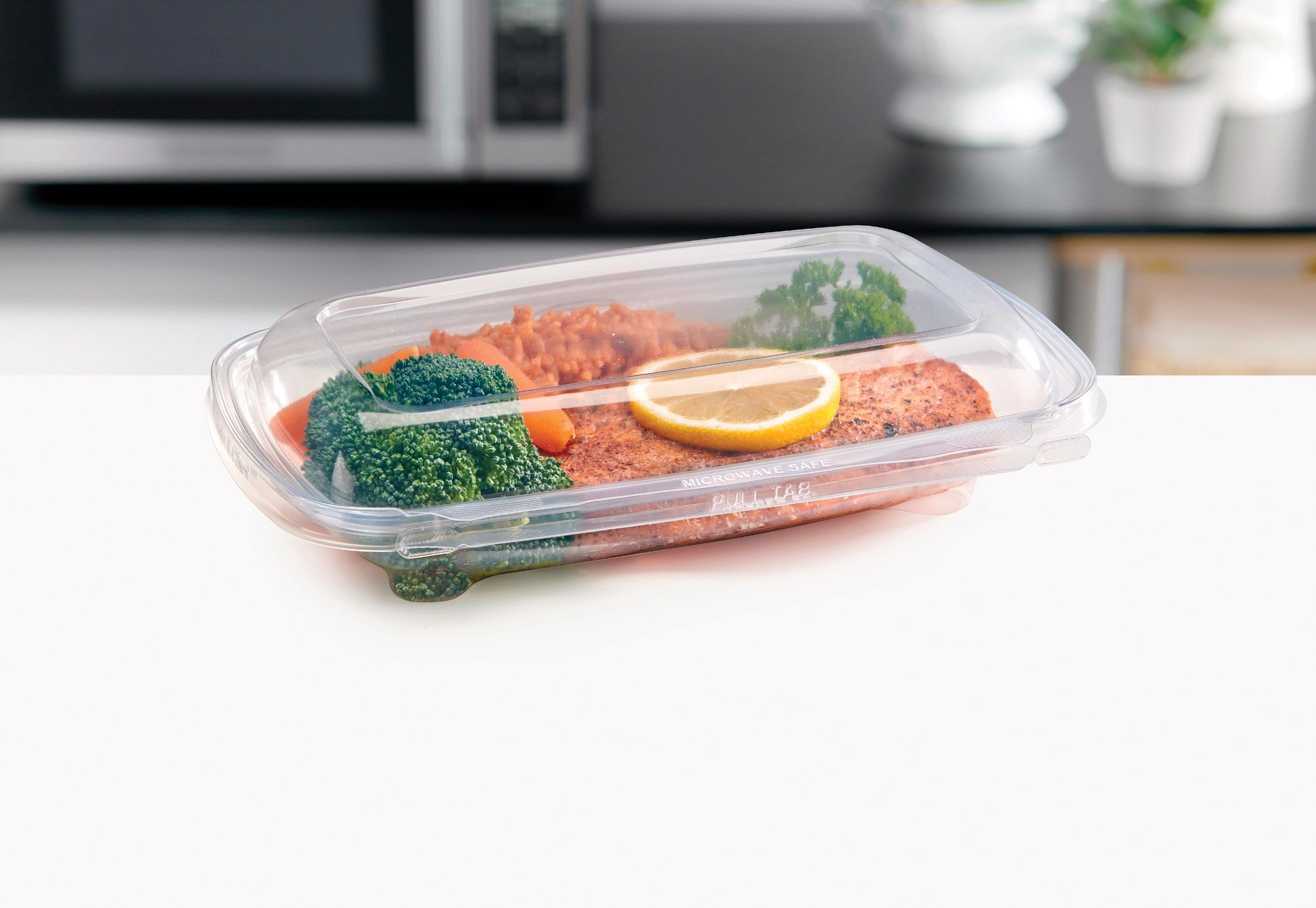
Tamper Protection
Proven patented technology gives consumers confidence that food has remained sealed.




Great for delivery!
Full Transparency
Exceptional clarity because shoppers like to see the food they buy.
Sustainability
You will be ready as the shift away from black carbon plastics continues.*
*usplasticspact.org




We strongly recommend that customers test products under their specific conditions to determine fitness for use.
Scan to learn more


InlinePlastics.com/hot
‘The Headlines Don’t Tell the Whole Story’
EVs
BY JEFF LENARD
Why is everybody so fixated on EVs?” asked John Eichberger, executive director of the Transportation Energy Institute (formerly the Fuels Institute) in his SOI Summit presentation.
Don’t worry. Eichberger had answers to his provocative question. After all, the Transportation Energy Institute is comprised of dozens of companies that help produce unbiased research reports on critical transportation issues.
“We are facing a situation where leaders around the world have decided we need to address climate change. It doesn’t matter what you believe about the issue—they believe it and so do the financial institutions” that oversee portfolios that cumulatively top $130 trillion, said Eichberger.

Even if electric vehicles are the answer to climate change, they can’t get here fast enough to address the problem, Eichberger said. With current sales trends and other challenges related to supply chain and production, among others, it’s going to take decades to replace the 1.5 billion internal combustion vehicles on the road today. And there are other issues that need to be explored—and addressed.
Eichberger began by correcting a major myth: Decarbonization to address climate change does not equal electrification. After all, EVs are not zero-emission vehicles. They require energy to recharge batteries.
“There’s no such thing as a zero-emission vehicle,” Eichberger said. “That said, EVs will play a very important role in our transportation future,” he added.
Eichberger shared a litany of projections from disparate organizations not named the Transportation Energy Institute, some based on facts, some based on hopes at best, looking
92 JUNE 2023 convenience.org
will play an important role in the future. The question is when … and where.
Half of all vehicles sold today will be on the road 15 years from now.
at what share of the new car market EVs will have in the year 2030. They vary from 11% (U.S. Energy Information Administration) to 50% or more (McKenzie and Boston Consulting Group).
With such wildly disparate projections, how can anyone plan for the future, asked Eichberger. He then dove into the math. Currently, the United States is on track to sell one million new EVs this year, an impressive feat and a sign of the continued growth of the EV market.
Impressive, yes. But nowhere near what is needed to satisfy the demands tied to many bans and pledges, both in the United States and throughout the European Union.
Increasing demand for EVs beyond the core believers—the 7% of new car buyers who currently purchase EVs—also will take some work. Besides Eichberger, speaker after speaker at the SOI Summit talked about consumer concerns about the economy and a possible recession in 2023. Consumers are concerned about their finances—and EVs are expensive. The average new car retails for $48,000, and the average new EV retails for nearly $60,000, not much less than the average U.S. household income of $71,000.
Another challenge to replacing the fleet of 300 million internal combustion engine (ICE) vehicles is that drivers are holding onto their vehicles longer. Half of all vehicles sold today will be on the road 15 years from now, and a sizable percentage will be on the road 25 years from now.
Current trends and other realities show that EVs shouldn’t be considered the only solution to climate change. “We need multiple solutions,” Eichberger said.
However, fixating on EVs and mandates that rapidly phase out new ICE vehicle sales also cuts off other possible solutions. It tells the auto industry to move away from finding new ways to reduce the carbon intensity of liquid fuels in vehicles that will be in demand for decades longer.

“You need to enable innovation,” Eichberger said.
What should retailers do? Eichberger advised them to start thinking about the questions they need to answer about their operations as they consider EVs.
• Who installs the chargers? Should you install chargers by yourself, which can be expensive? Or do you contract with a third party to install them, but lose the direct relationship with your customer?
• How much should I allocate to spend?
National Electric Vehicle Infrastructure (NEVI) funding is available, but it’s only part of the expenses associated with charging. Operational expenses also need to be factored into any decision.
• When do I install chargers? NEVI requires a minimum of 600 kW, which can lead to massive demand charges. Do you have the consistent traffic flow to make money on charging?
• Where am I located? Right now, 82% of all EVs in operation are concentrated in 15 states. This localization of demand is likely to continue for the next few years, with the highest demand on the East and West Coasts.
“If you get in too soon, you will lose money,” said Eichberger.
What can retailers do to determine if their site is a good location for charging? Eichberger advised retailers to study their market. Look at U.S. Census data and other research to
NACS JUNE 2023 93
EV drivers tend to visit c-stores that have chargers, whether or not they use the chargers, to support the infrastructure.
Keng Merry/ Shutterstock
The Fuels Institute changed its name to Transportation Energy Institute in May 2023. Founded in February 2013, the organization brings together the many diverse stakeholders in the transportation energy industry.
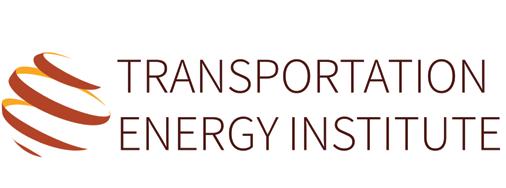
The Transportation Energy Institute produces multiple expert, carefully vetted reports each year. All reports are free to download from the organization’s website.
Since it was founded, the Transportation Energy Institute has been focused on the energy that powers transportation—petroleum products, biofuels, natural gas, electricity, hydrogen, etc.
“The transportation industry itself has evolved, and the term ‘fuels’ has come to be viewed by many key stakeholders as not as inclusive as it once was, suggesting to some a limited focus on liquid hydrocarbons rather than all energy options. It was time to reflect that evolution in our brand,” said John Eichberger, the executive director of the organization.
examine living patterns. Do a lot of families have homes with garages—or are they in apartments or other dwellings that are potentially less conducive to charging at home? Also talk to local auto dealers and find out what they are selling and when they expect to receive EVs to sell.
“Pay attention to your local market. That’s the best advice I can give,” Eichberger said.

For retailers who already have chargers or soon will, Eichberger said that consumer education is critical. Many drivers may not know what influences their rate of recharge. While the flow rate of electricity is dictated by the chargers themselves, the speed at which a vehicle can accept that electricity is dictated by the vehicle design, the temperature of the battery and the state of charge of that battery. Charging rates slow down considerably at about 80% to protect car batteries. Getting that last 20% to get to 100% charged can be a lengthy experience.
“Get it to 80% and go,” advised Eichberger. There are other benefits of having chargers. Eichberger said that EV drivers tend to visit c-stores that have chargers, whether or not they use the chargers, to support the infrastructure in place for charging.
The transition to a robust EV future will take time. “Don’t pull out your fuel dispensers. That would be very, very risky,” he said.
Instead, start asking questions. And when you find someone who gives good answers, ask more questions.
Also, there are plenty of resources available. The Transportation Energy Institute has several online at transportationenergy.org, including “Installing and Operating Public Electric Vehicle Charging Infrastructure.”
“It’s a tremendous resource. And, like with all Transportation Energy Institute resources, it’s free.”
“Whether or not you think that EV charging is important, some of your customers do, your bankers do and so do politicians,” concluded Eichberger.
Jeff Lenard, vice president, strategic industry initiatives, NACS

94 JUNE 2023 convenience.org
Start asking questions. And when you find someone who gives good answers, ask more questions.
John Eichberger

Growing Your Basket Size in 2023
BY LISA KING
The latest insights on shopper behavior, their path to purchase and what they choose to purchase took center stage at the NACS State of the Industry Summit. Highlights from the NACS Convenience Voices program, presented by Leroy Kelsey, NACS director of research, revealed performance benchmarks and customer insights to help retailers and suppliers better understand the convenience shopper’s journey.
“With the convenience retail industry averaging 160 million transactions per day, serving the equivalent of the entire U.S. every two days, the industry has more opportunities than ever to connect with consumers,” said Kelsey. The survey results showed four trends that will shape those opportunities in 2023 and into the future.
REMOTE AND HYBRID CONTINUES

The first trend among consumers is the new work model of remote or hybrid working. Brought on by the COVID-19 pandemic, this model of work continues to significantly affect convenience store sales. Trips that could be classified as a classic commuter occasion accounted for approximately one in four trips, or 26% in 2022. That’s down 9 points from the pre-pandemic levels of 34% to 36% (35% in 2019).
Seven out of those nine percentage points occur during the morning daypart (5:00 am to 11:00 am), which has impacted breakfast foodservice sales.
Newly released NACS State of the Industry data for 2022 showed that hot dispensed
96 JUNE 2023 convenience.org
NACS Convenience Voices program reveals four shopper trends that are shaping 2023 and beyond.
Siberian Art/Shutterstock
beverages was the category to show sales year at 0.4%. A direct line could be drawn to the decline in the morning daypart and softness in the hot dispensed category.
Kelsey said that convenience shoppers visited chain 2.4 times per week, but when looking at all convenience chains visited, that number expanded to 3.1 trips per shopper per week. He suggested that retailers could take back some of those trips that go to other stores. How? By leaning into the three R’s of retail:
relates to a retailers’ ability to align with their shopper’s needs and interests. Consider the questions “What are we famous for in the eyes of our shopper?” and “How do we spark their interest to inspire more loyalty?” To answer these questions, it’s important
The 2022 Convenience Voices data showed that more shoppers are looking for increased mobility, with smaller package sizes and meal bridges or snacks to hold them over until their next meal.
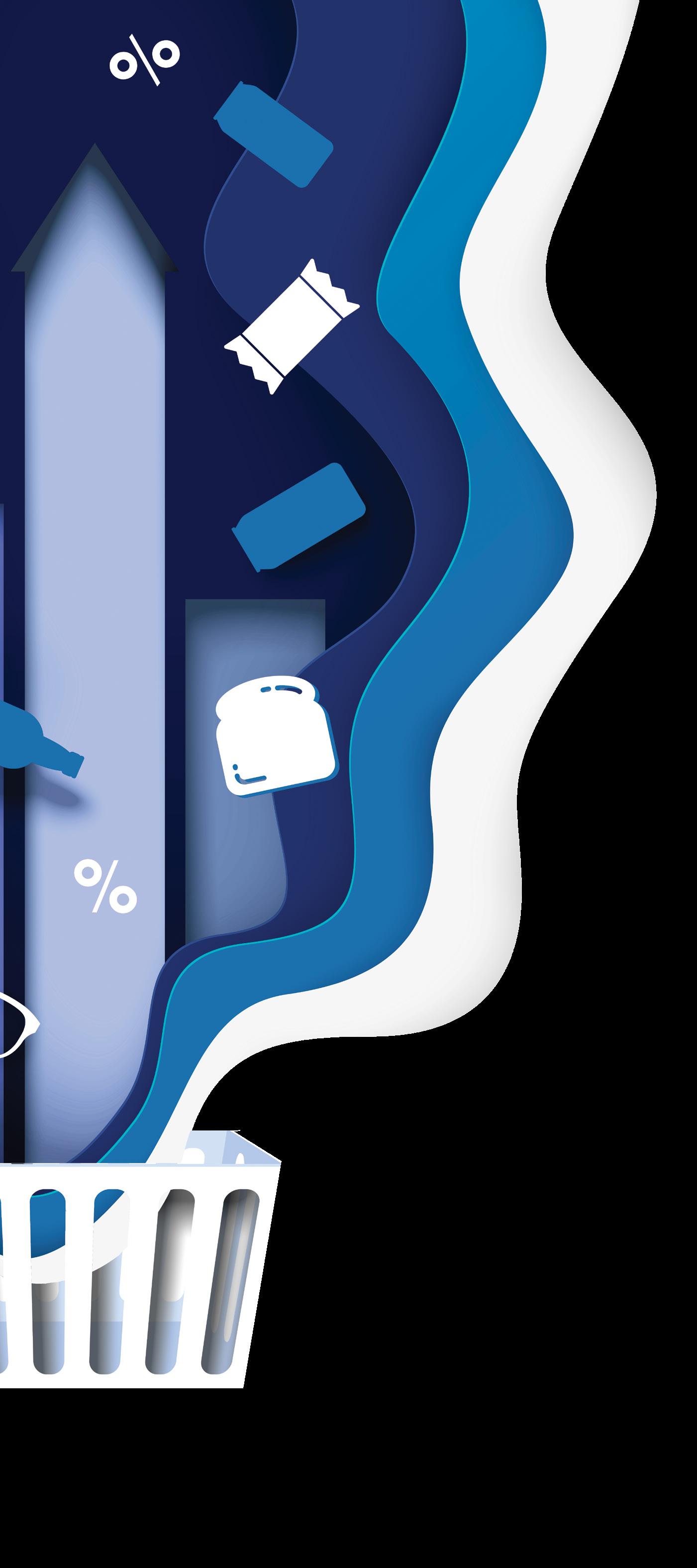
Consumers are also shifting from immediate need/urgent purchases to more planning and daily provisioning purchases. They are buying multiple items to consume throughout the day. For example, they might buy a breakfast sandwich and energy drink for now and also buy something for lunch later. Shoppers looking to convenience stores for substantial meals also increased from 23% to 24% year over year.
“People are looking to convenience for food that’s more filling, has more quality ingredients and better taste. They have an option for a snack but are coming for a meal,” said Kelsey.
When asked “Do you plan to buy fast food somewhere else in the next half hour?” 32% of respondents said yes. This represents an opportunity to increase overall sales that can’t be ignored. Allocating resources to capture those customers is worthwhile due to the frequent visits that food can inspire and the high margins that characterize the prepared food category. QSRs are equally trying to reach these customers, because they also recognize the opportunity associated with acquiring additional occasions.
Reliability is built on executing on a consistent basis, which then becomes part of the overall brand promise. Reliability also includes being in stock, having the right assortment and being consistent in service and store conditions, such as cleanliness.
“It’s about the overall experience that’s being delivered, because the customer is at the center of everything we do,” said Kelsey.
Responsiveness is considering the additional products and services a retailer can implement that enhance the overall visit. Seamless checkout, in-store pickup, preordering on a mobile app or offering a loyalty program are not required; however, they can create a point of differentiation and allow retailers to be more responsive to their customers’ needs.
NACS JUNE 2023 97
Reasons for Visiting
MORE DISCERNING SHOPPERS IN 2023
The NACS Convenience Voices survey asked 8,000 shoppers, “Was there anything you intended to buy that you didn’t?” Results showed 18% of respondents said there were some items they meant to purchase and did not. Of those shoppers, only three out of the 8,000 reported they would tell staff, indicating a manager would most likely never know that a basket could have had more items. “Transaction logs will tell us what we sold but they won’t tell us what we failed to sell,” said Kelsey.

Year-over-year supply chain issues have improved along with out of stocks; however, 65% of missed purchase opportunities occurred because shoppers could not connect with a product they sought. Out of stocks are still the lion’s share of those missed opportunities. There’s also been an overall shift towards price sensitivity that comes with inflation and current market conditions. This is something the industry needs to continue to monitor. Maintaining a clean and efficient store is key to attracting and keeping discerning consumers. Those who didn’t make a purchase because the line was too long rose from 10.6% to 11.5% in 2022. People who noted dirty or
To learn more about the NACS Convenience Voices program, including finding out which offer is right for you, visit www.convenience.org/ conveniencevoices and request a conversation with Leroy Kelsey, NACS director of research.
broken equipment and didn’t make a purchase increased from 5.4% to 7.8%.
“As we move into the 100 days of summer, our peak driving season, these are metrics that can be shared with your staff to help illustrate the opportunity to increase transactions and basket size. Despite an increase in missed purchases caused by line length, retailers are already working diligently and investing in reducing friction from transactions. Time-saving checkout options are, in part, the reason more consumers are walking through the door and that has tripled to 15% of all shoppers indicating that time-saving checkout options contributed to their site selection over the last five years,” said Kelsey.
98 JUNE 2023 convenience.org
Thirsty Now (drink) Hungry Now (snack) My treat/indulgent Restroom Meal for Now (hot/cold) Multiple throughout day Specific urgent need Meal to take home/away (hot/cold) Find something new and interesting 47.1% 46.3% 38.0% 32.9% 21.9% 16.4% 16.7% 17.3% 12.8% 12.4% 13.6% 11.0% 12.3% 17.0% 9.3% 9.0% 8.2% 7.1%
Source: 2022 NACS Convenience Voices, n = 7650 2022 2021
v in F


D iv B in F ling
When loyal fueling customers aren’t entering the store, you’re leaving behind revenue. Optimize your marketing strategy with customizable digital at-dispenser promotions. Paired with DX Promote™, the 27” DFS Anthem UX™ user experience platform and its 12” version, AX12 Enhanced, help you build customer loyalty and increase revenue while offering a leading technology experience in rich touchscreen multimedia, ordering “at the pump”, secure payments and enhanced dispenser security.
Wayne Ovation® fuel dispensers with DFS Anthem UX™ user experience platform and AX12 Enhanced


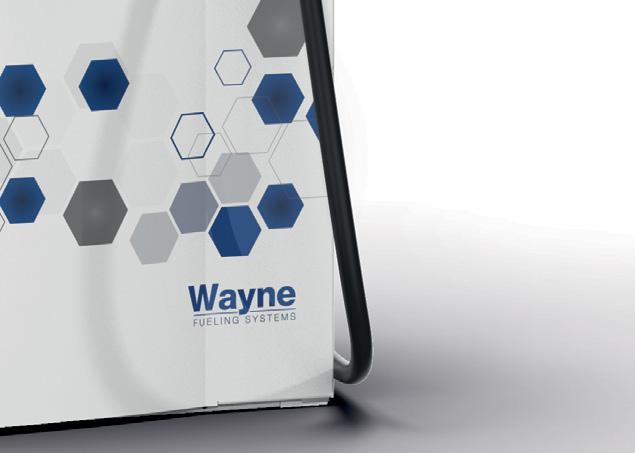

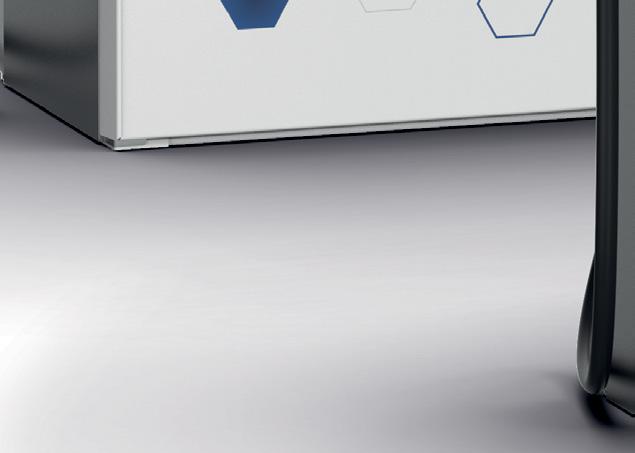
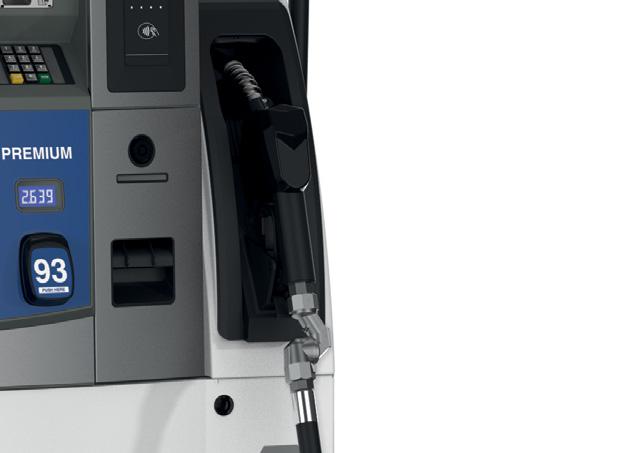
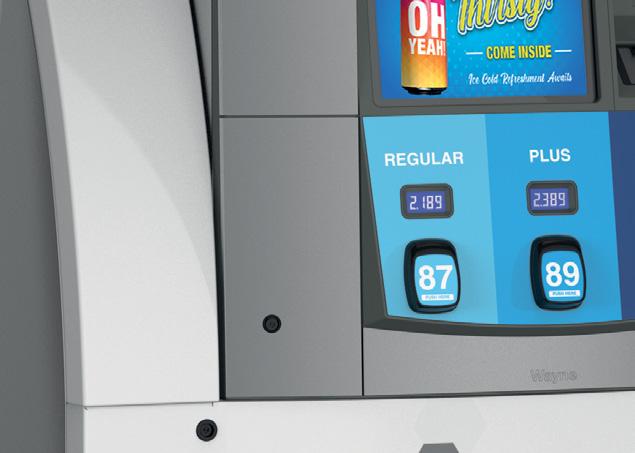
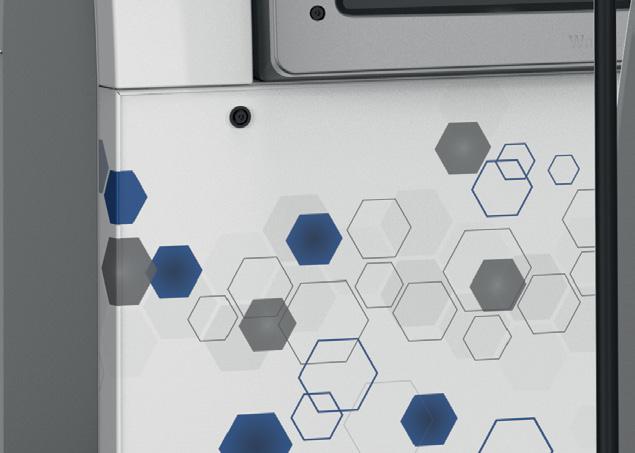
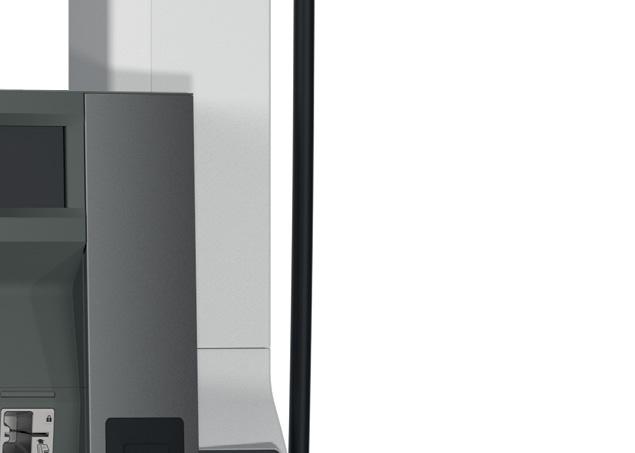
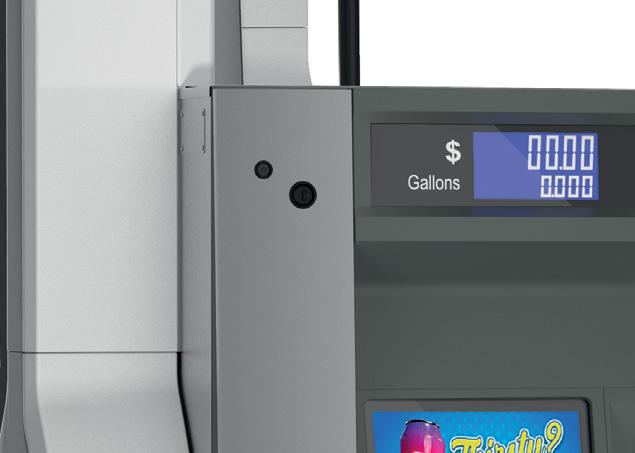
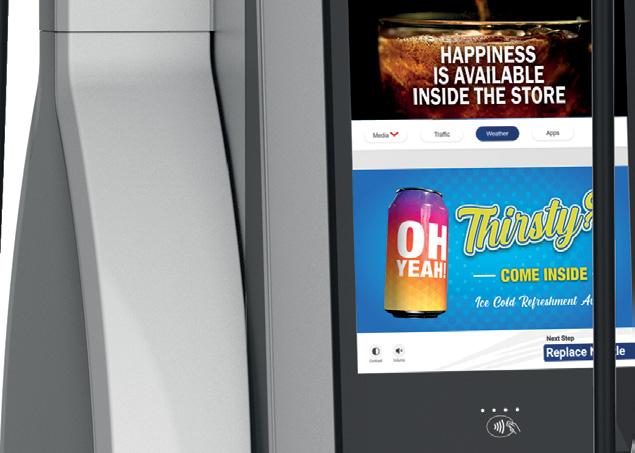
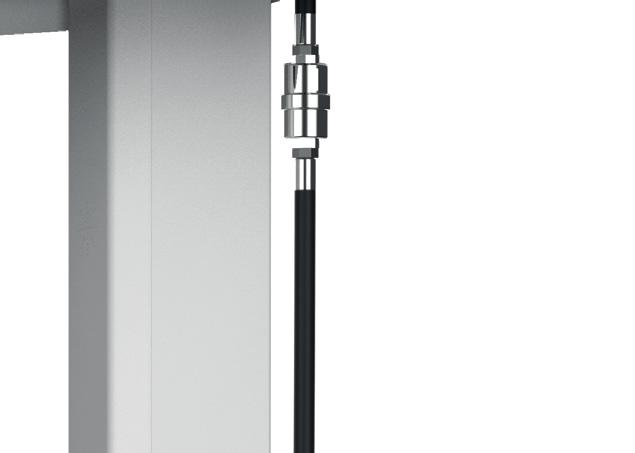



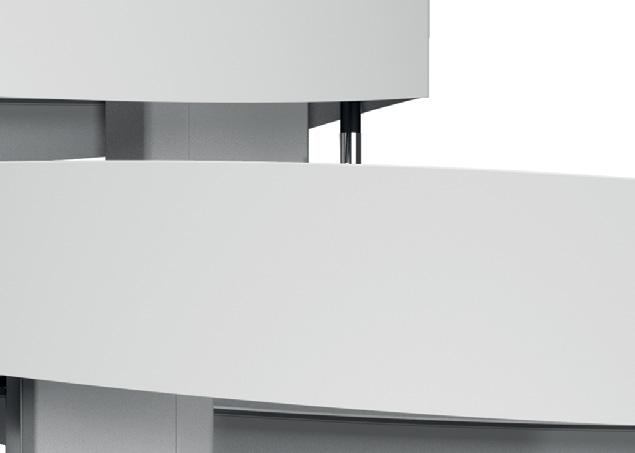
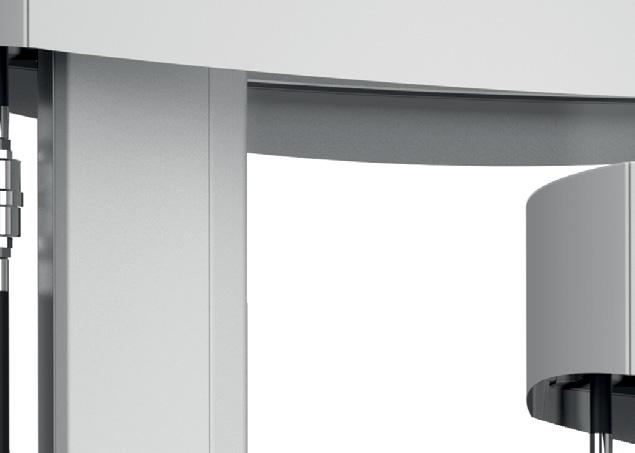






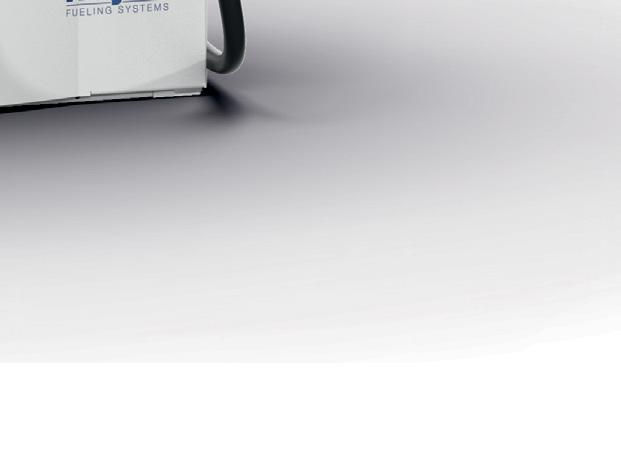

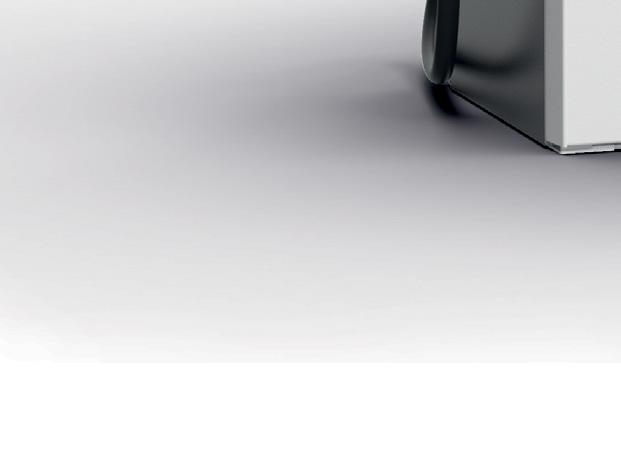

Maximizing customer acquisition? Scan to learn more.





Failed Purchases
EXCLUSIVE REWARDS LEADS DIGITAL ENGAGEMENT

Convenience shoppers on average belong to 6.2 loyalty programs across comparable channels, 2.2 of which are convenience. The convenience industry has engaged shoppers and increased the percentage of shoppers who are convenience loyalty members from 8% to 58% over the past 12 years. Consumers love fuel points as well as coupons, especially during economic uncertainty. Notably, of the top five convenience loyalty features preferred by shoppers, access to exclusive rewards was No. 3 at 32.1%.
“Exclusive rewards are the next evolution of customization. Shoppers are looking at getting more out of every interaction, and they really want digital loyalty to lead that engagement,” explained Kelsey.
Core shoppers indicated they want gamification, sweepstakes, memberships and subscriptions. They want differentiation in terms of how you acknowledge them. They want to find and access locations easily in order to accrue more rewards and redeem existing ones.
100 JUNE 2023 convenience.org
Out of Stock Didn’t have the flavor/variety I wanted Didn’t have the brand I wanted Too expensive Line was too long Didn’t have the size I wanted Equipment was broken or dirty Not chilled or cold 2022 2021 22.0% 17.9% 18.8% 13.5% 17.0% 12.7% 10.0% 11.5% 10.6% 10.7% 8.2% 7.8% 5.4% 6.4% 7.1% 23.0
Source: 2022 NACS Convenience Voices, n = 7650
Leroy Kelsey
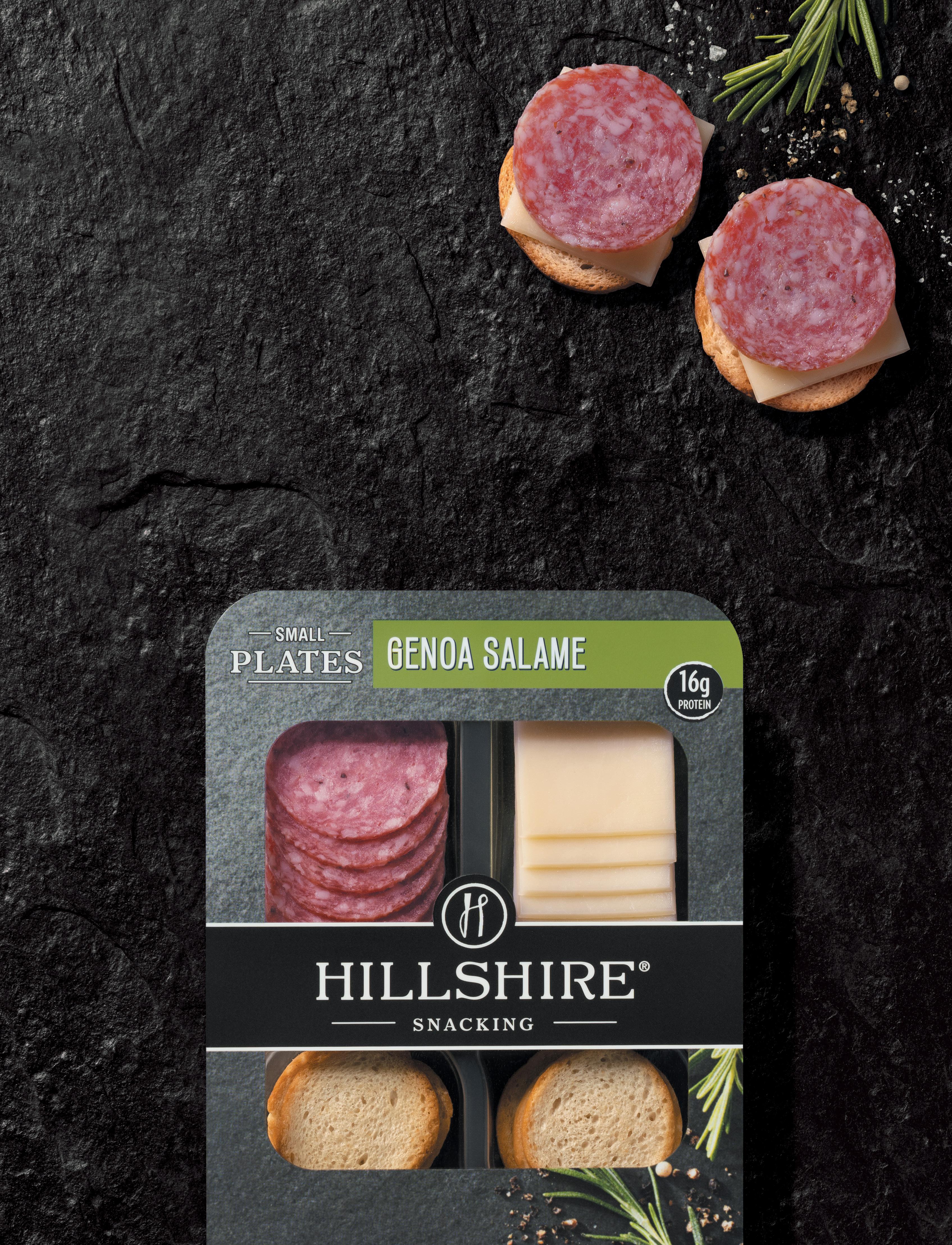





























































































Contact your Tyson Foodservice Representative or visit tysonfoodservice.com for product information, resources and marketrelevant solutions backed by our trusted brands.
EMERGING CUSTOMER SEGMENTS
Emerging customer segments was the fourth trend Kelsey shared. Engaging these customers can increase transactions and drive incremental value over time. The 2022 Convenience Voices data showed that EV customers, Gen Z and female shoppers are untapped segments.
The EV Customer
There’s no doubt EVs will be part of the country’s transportation future. Currently 22.2% of non-EV owners are considering buying one within the next two years.
EV owners are more likely to spend more time in the store and generate larger baskets. Convenience Voices data for EV owners shows that 15.5% intended to buy a meal for now (135 index score) and 28.4% were looking for a treat or indulgence item (173 index). Stocking up (11.7%, 198 index) and filling in a few missed items (12.1%, 216 index) were other top reasons.
Fast charging, the number one reason for choosing a location, drew 48% of shoppers to a particular store. Second was “interesting store products” at 45%. Offering engaging products and services ranked higher than the number of chargers as a reason to choose a location.
“If we are going to make changes, we have to get smarter about how to leverage these occasions,” said Kelsey. “People are more interested in how they will fill the time than the number of chargers that are present.”

Younger Demographic
Gen Z shoppers (born 1997 to 2012) are in various stages of economic independence and managing demands that include professional work, travel, car payments and even mortgages. This generation has little or no memory of the world as it existed before smartphones.
Nationally, shoppers using digital search for convenience shopping increased to 23.7% in 2022, up from 16.7% in 2020. Gen Z was
No. 1 among consumers, with 28.2% using digital search for a product or service to find a convenience store location.
“To talk to Gen Z, knowing more communication is through the digital experience, we need to understand the language that they will find compelling to get them engaged with store offers,” said Kelsey.
Solving for Gen Z may include offering a range of ethnic cuisines that include menu language such as local, authentic, spicy, farmraised, plant-based or vegan.
Women Shoppers
The NACS Convenience Voices survey examined the reasons for shopping at a convenience store for female shoppers compared to male shoppers. The findings suggest that the convenience channel has a huge opportunity to enhance existing occasions and build trust with women shoppers.
Refreshment, fuel and meal bridges or snacks stood above male shoppers as the top reasons that women shop convenience. When it came to indulgent treats, women ranked this mission 6 points lower than men, hinting at an opportunity for innovation or offering different products to reach more female shoppers.
Female shoppers are 12 percentage points higher than males in terms of daily provisioning; however, some of the lowest ranked categories for shopping a c-store were meals to take home (7.5%, 85 index compared to males), stocking up (3.6%, 62 index) and fill in a few items (4.2%, 81 index). These occasions are ones that often involve caring for others.
“If you want to sell food and get that permission and trust, you have to have clean restrooms. That ranks 35% higher with females than males,” said Kelsey.
102 JUNE 2023 convenience.org
Lisa King is the managing editor of NACS Magazine.
FLAVORS:
- Bacon Cheddar & Chive - Crab Feast
- Bacon Jalapeno - The Reuben
- Buffalo Chicken - Chorizo Burrito
- Breakfast Skillet - Cheese Bomb

Request Samples Today!
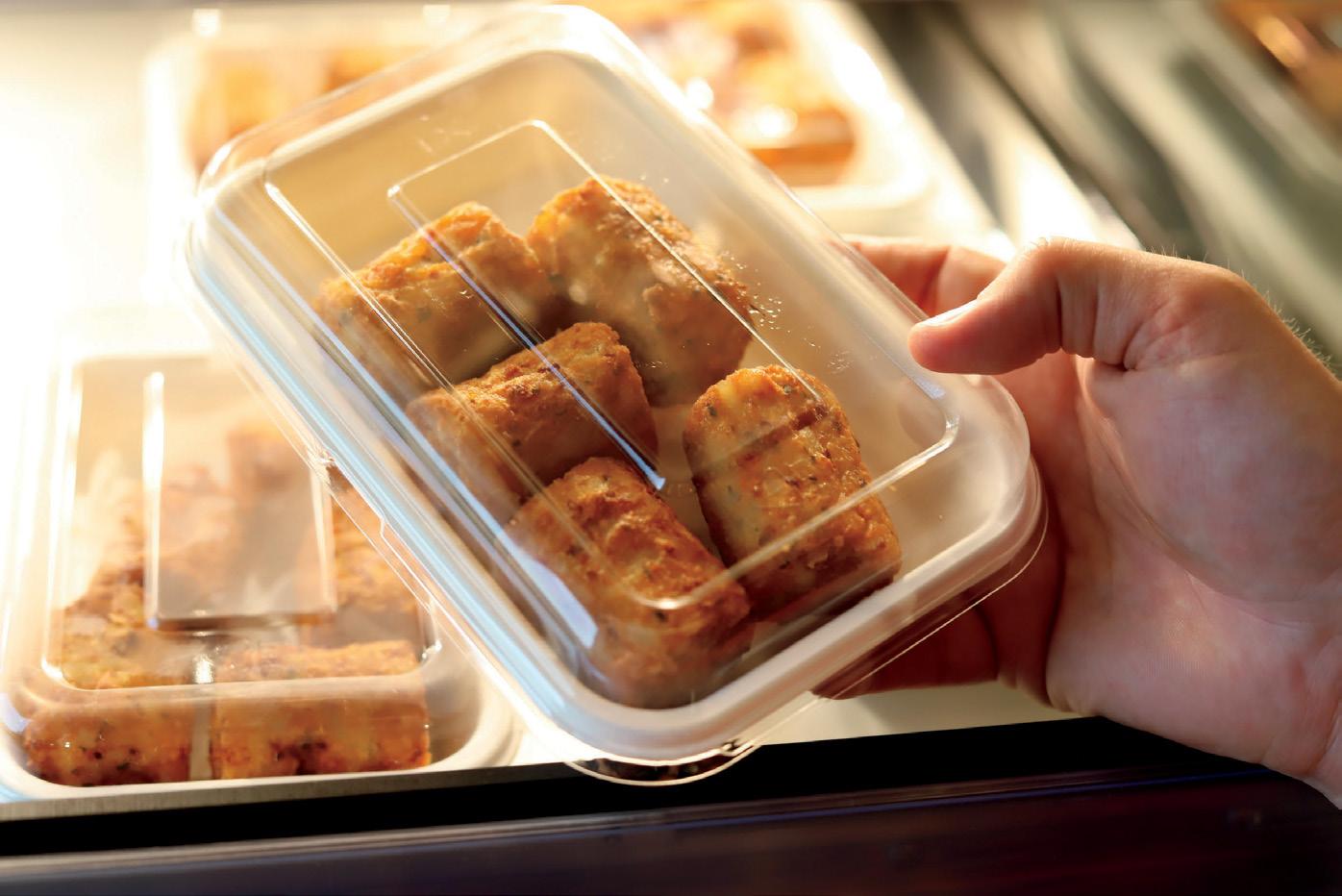
taterkegs.com
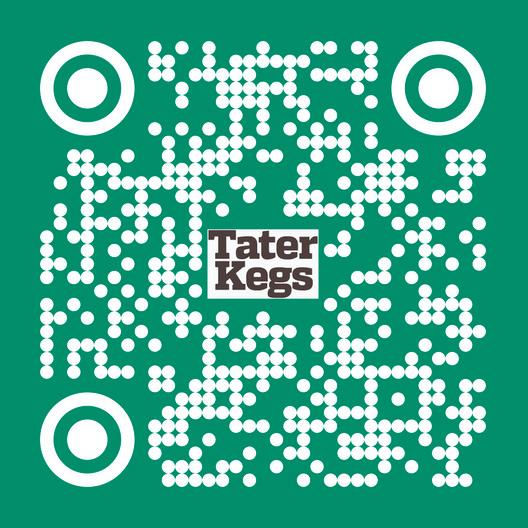
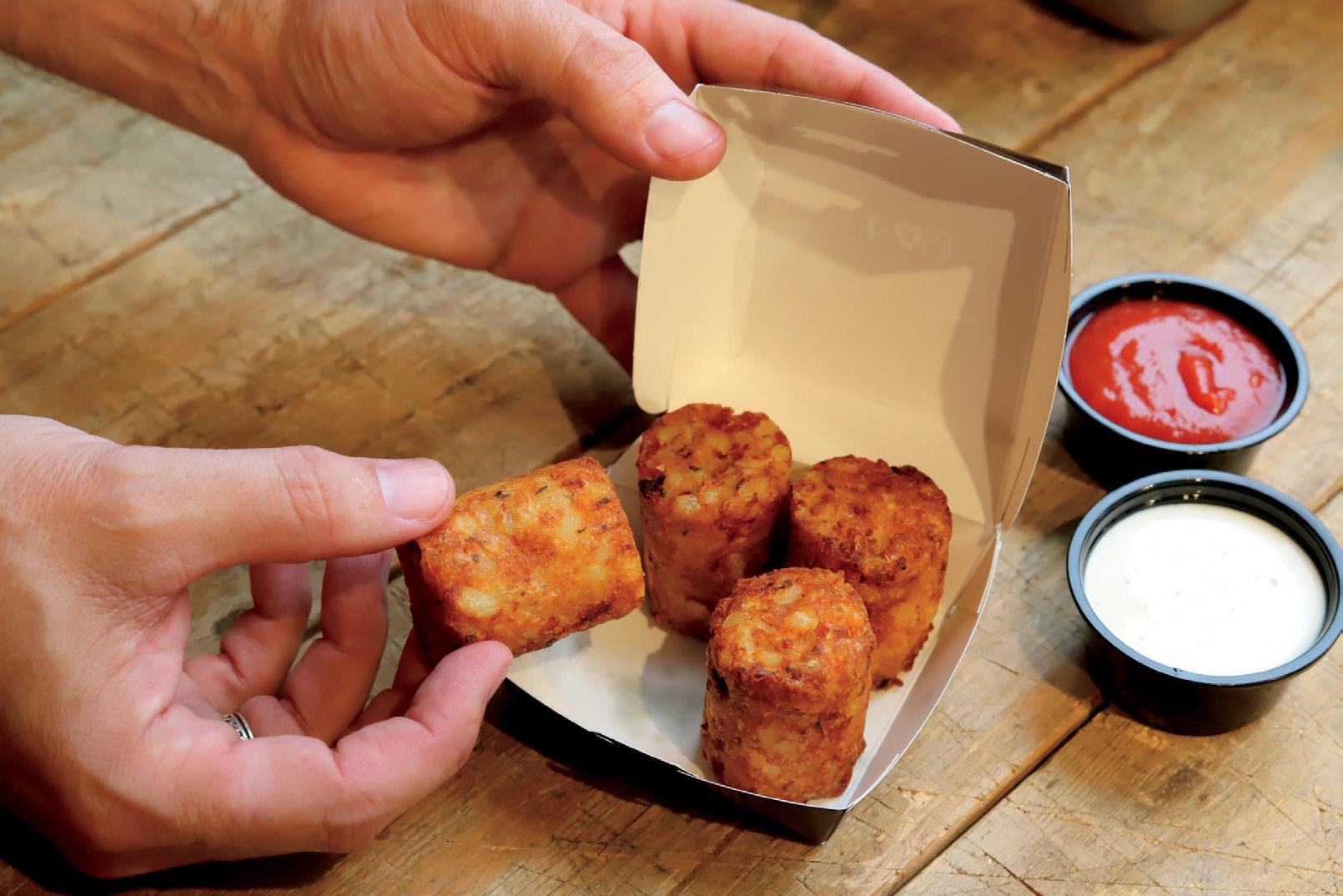
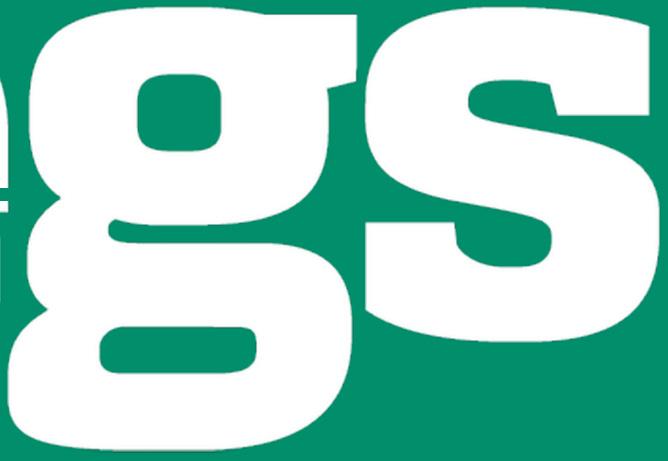



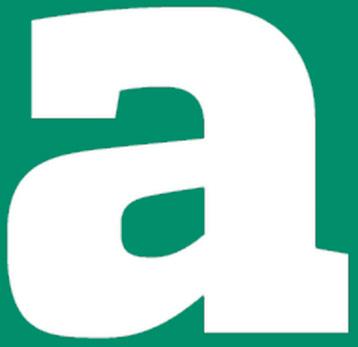
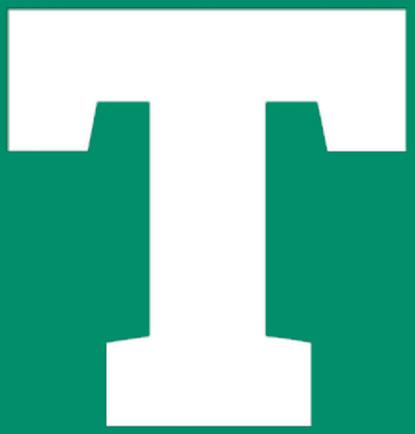


THE BEST PARTS OF A BAKED POTATO IN THE PERFECT HANDHELD PACKAGE.
Battleships are massive vessels, with unmatched firepower. Destroyers are smaller but offer agility and easier operations. When you’re looking at a new site, consider:
Should You Compete With Your Battleship or Destroyer?
 BY CHRISSY BLASINSKY
BY CHRISSY BLASINSKY
104 JUNE 2023 convenience.org
stores increased by 1,087 sites in 2022. They now account for 60.2% of all convenience stores.
Most of the store count growth in 2022 came from the C and E size operators. Casey’s, Wawa, Kwik Trip, Sheetz and QuikTrip accounted for 10% of the total site increase.
CONSOLIDATION CONTINUES

During the NACS State of the Industry Summit, John Benson of AlixPartners cited fundamental shifts that are happening in the convenience retail industry. “Our industry will look different five years from now and 10 years from now than it does today,” he said. One of those shifts is industry consolidation, a longer-term trend that will continue to change how retailers compete and differentiate their brands. “More and more of your competitors are going to be larger, well-funded and well-capitalized companies, and they’re going to be making investments to try to win more share of consumers,” said Benson.
READY FOR BATTLE
As the industry continues to grow through consolidation, as well as organic growth, two industry leaders walked SOI Summit participants through their real-life process of assessing growth and risk before deploying capital: John Phelps, president and CEO of Carroll Independent Fuel/High’s of Baltimore, and Spencer Cavalier, co-head of downstream energy and convenience retail at Matrix Capital Markets Group.
High’s was founded in 1928 as an ice cream store. It grew into a chain that at one time had more than 500 locations. Carroll Independent Fuel Co. is a family-owned company that has been in business more than 117 years. Along the way, Carroll has made many capital allocation decisions, including getting back into directly operating convenience stores by purchasing High’s in March 2012.
NACS JUNE 2023 105
Source: 2023 NACS/NIQ Convenience Industry Store Count Mikhail Leonov/Shutterstock
Based in the Delmarva region (Delaware, Maryland, Virginia), High’s today has more than 60 convenience stores. Phelps was candid about the journey Carroll took to build the brands it has today, including a “fast fail” when it directly operated On the Run stores. “We lost a lot of money in a very short period of time and quickly retreated,” he said.
Rather than shy away, the company chose to embrace changes in the industry and reenter retail.

“We want to control our destiny. We decided to focus on two primary pillars: High’s being our ‘retail weapon’ that we could go toe-to-toe with against the big guys, and then Carroll is everything else,” he said, which includes roughly 250 dealer sites and the commercial, transportation and construction side of the business.
The battleships: High’s focuses on flawless execution and the retail buying experience. “That’s the battleship vision,” said Phelps. It includes doing a few things really well, like offering great food and super premium ice cream. One example of a battleship location is the High’s store in Gambrills, Maryland, that was featured in the NACS Ideas 2 Go video “ Revitalizing the Brand.”
The destroyers: These are stores that do not make the “optimization” cut, a process Phelps describes as determining which sites have the greatest potential. These sites can be dealer-operated Carroll Motor Fuels-branded sites or even High’s-branded sites that are not the right fit for executing a High’s foodservice program because of the location and/or store size.
Cavalier noted that there’s advice often heard throughout the convenience retail industry: You constantly have to invest. But not many companies have two distinct options to invest in.

“A lot of people fall into the trap of, ‘I want to sell all of my B or C sites and invest into these battleships and compete.’ That’s the new age, but not everybody should do that,” he said, adding that convenience is a return-generating business and there still are great returns in smaller-format stores.
DEPLOYING CAPITAL INTO GROWTH
As a family-run company, “The business always eats first. We always eat last,” said Phelps. In terms of where to deploy capital, most companies are likely looking at the same area: building an electric vehicle charging infrastructure. “It’s probably 15 or 20 years out, but it’s going to happen,” he said.
The suggestion is this: “Rather than fear it, let’s embrace it and let’s do other things, but let’s also be totally efficient with what capital we do spend in the meantime.”
Cavalier noted another area retailers often struggle with, and that’s whether to turn a destroyer site into a battleship site.
“We constantly measure every capital deployment that we’ve made,” said Phelps. “Whether it’s a bean-to-cup machine or a chicken fryer, we’re always looking at what those returns are.”
“Also, if we’re going to fail—and we do—we need to fail quickly and make sure we don’t make that mistake again. It’s all about measuring and learning,” he said.
106 JUNE 2023 convenience.org
Chrissy Blasinsky is the digital and content strategist at NACS.
Spencer Cavalier of Matrix Capital Markets Group (left) and John Phelps of Carroll Independent Fuel/High’s of Baltimore
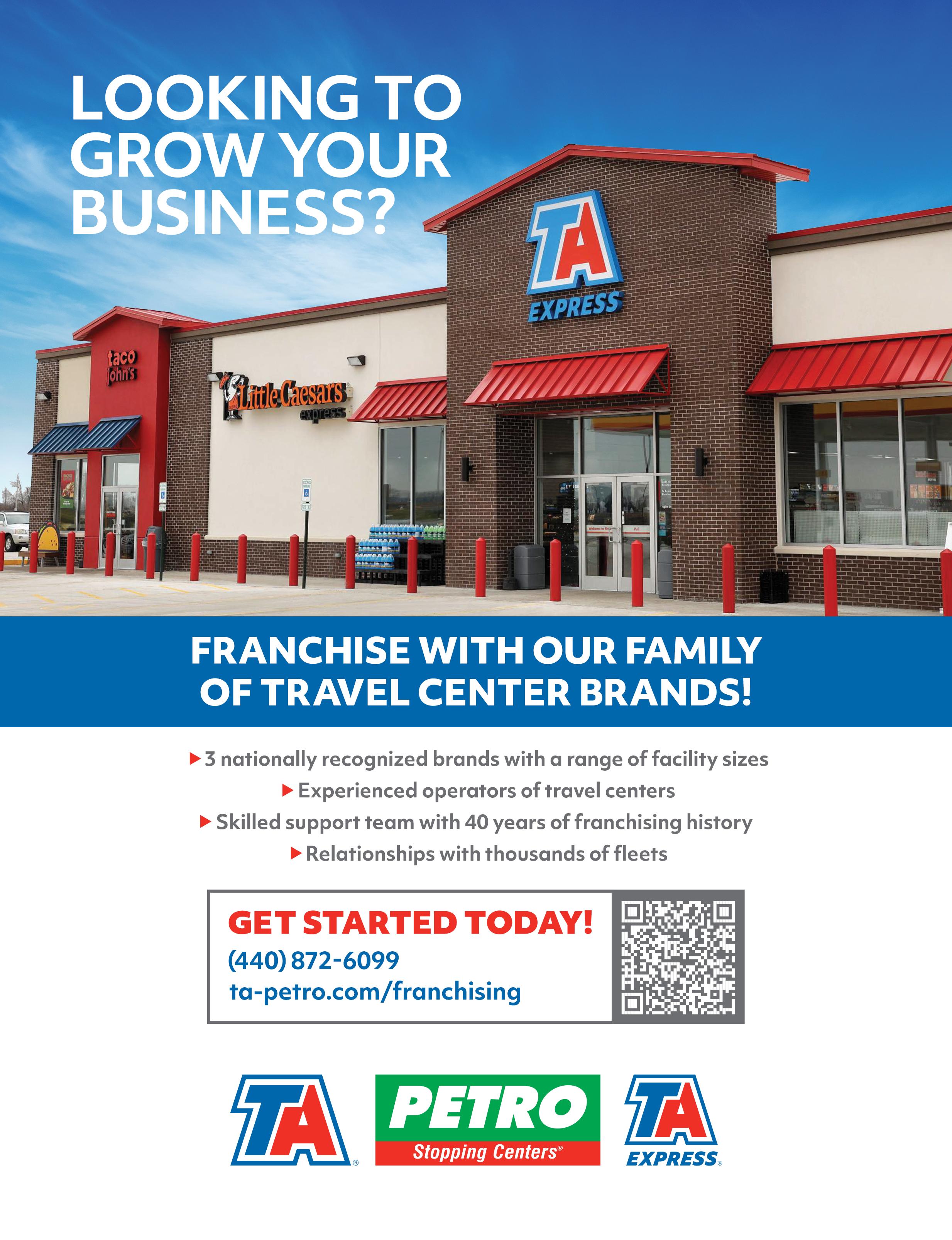
‘Billions of Touchpoints’

Casey’s marketing approach aims to create a unified experience wherever customers engage.
BY BEN NUSSBAUM
Casey’s first store opened in 1968 in Boone, Iowa, and “for the first 50 years, we were really a single channel retailer,” said Art Sebastian, vice president, omnichannel marketing for Casey’s. “There was one way to engage with us—you turned left or right into our stores.”
“Quite frankly, we were really good at it,” Sebastian added. Casey’s, with 2,500 stores, is the third-largest convenience retailer in the United States. Pizza is Casey’s signature foodservice item, and Casey’s is also the fifth-largest pizza chain in the United States.
Single channel gave way a few years ago to multichannel, with digital joining brick-andmortar, according to Sebastian, who cited everything from building an app to email marketing to joining DoorDash as part of Casey’s digital efforts.
The shift now is to an omnichannel mindset. “What we’re looking to do is drive a cohesive experience wherever our guests go,” Sebastian said. “We need to do that across digital, but also physical touchpoints—our stores, our signage, the way our team members engage guests in our stores.”
Recent and upcoming innovations by Casey’s are plentiful. Among them are a digital store pilot in the Kansas City market; AVA, which stands for automated voice assistant and is an AI-powered way to take pizza orders via the phone; and Casey’s Access, a retail media network that is about to launch. This “very robust digital ecosystem,” Sebastian said, “enables billions of touchpoints and interactions for us.”
Smaller retailers may not be able to mimic
some of those advances, at least not yet, and they may not have much budget to spend on marketing. But Sebastian shared an example of omnichannel marketing at work that can inspire and motivate operators of all sizes.
The example involves selling one of the most saturated products in America: pepperoni pizza. Casey’s approach exemplifies omnichannel marketing’s mix of a voracious appetite for any and all platforms through which to connect and consistent messaging across all those platforms.
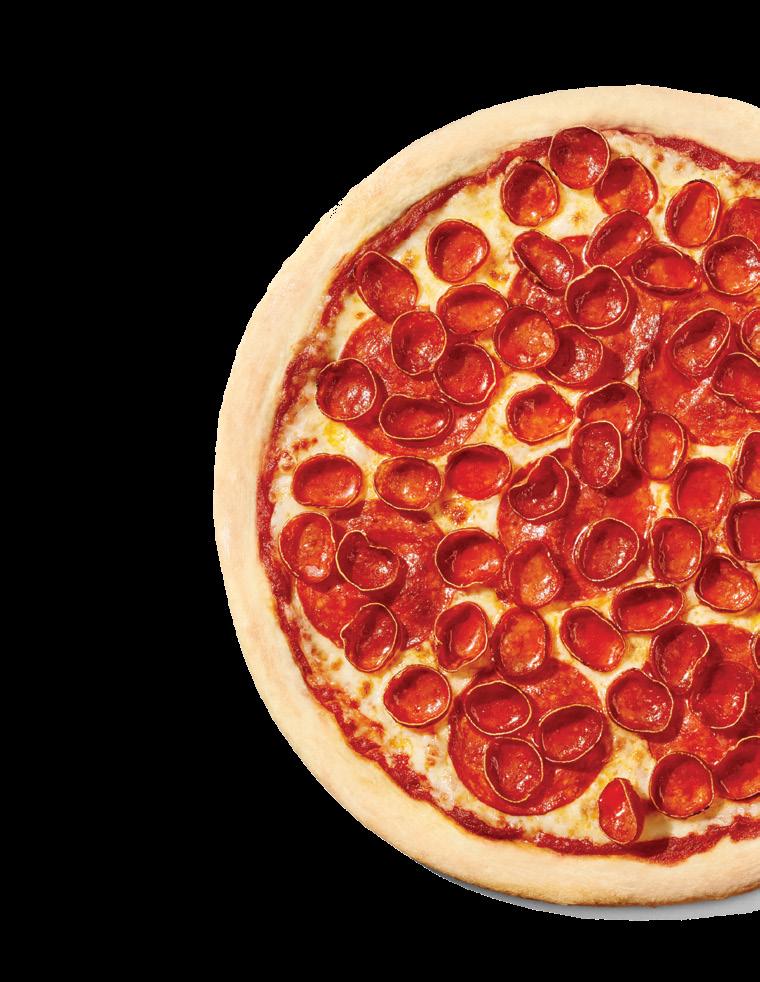
“Our marketing starts with a human truth and a consumer insight. I call this phase the aha moment. … You have to really think about the problems you’re going to solve. You have to think about humans.”
Next is building the marketing idea. Sebas tian aims for the right amount of tension. “If you’re not feeling a slight bit uncomfortable, it might not be a good marketing idea. It’s not going to break through.” Then zero in on how to apply your idea to your brand and your guest.
As Casey’s thought about new concepts and LTOs, it came up with the idea of a triple-pep peroni pizza, one covered in three different kinds of pepperoni. The early feedback on the pizza itself was favorable, but “we asked our selves if it’s excessive,” Sebastian said. “Is it too much pepperoni?”
Sebastian’s team wanted to match the pizza with an “excessive marketing campaign.” At the core of the campaign was the pizza’s name: PEPPERONI PEPPERONI PEPPERONI.
“The more I said it, the more I liked those words,” Sebastian said. It was catchy, fun and would work well in social media.
108 JUNE 2023 convenience.org
Defining Omnichannel

Omnichannel is at the center of Casey’s marketing approach. The retailer even created an in-house definition of this sometimes confusing term: The seamless integration of branding and messaging across digital and physical touchpoints, enabling a cohesive marketing experience wherever the guest goes. Here’s a simple way to express what omnichannel means, one that gets at the heart of why it’s important no matter how many locations a retailer has: personality. It’s about your brand having the same broad personality in everything it does.
Sebastian showed the audience at SOI Summit a TV spot advertising the pizza. “There’s a whole lot to pack into 30 seconds,” Sebastian said. The goal was to make an ad that showed the food; had some drama, storytelling and humor; and delivered a clear message that the customer should try the LTO. The spot squeezes the phrase “pepperoni, pepperoni, pepperoni” into 30 seconds nine times. Casey’s also created a 15-second ad and 10- and 6-second spots for social media and YouTube.
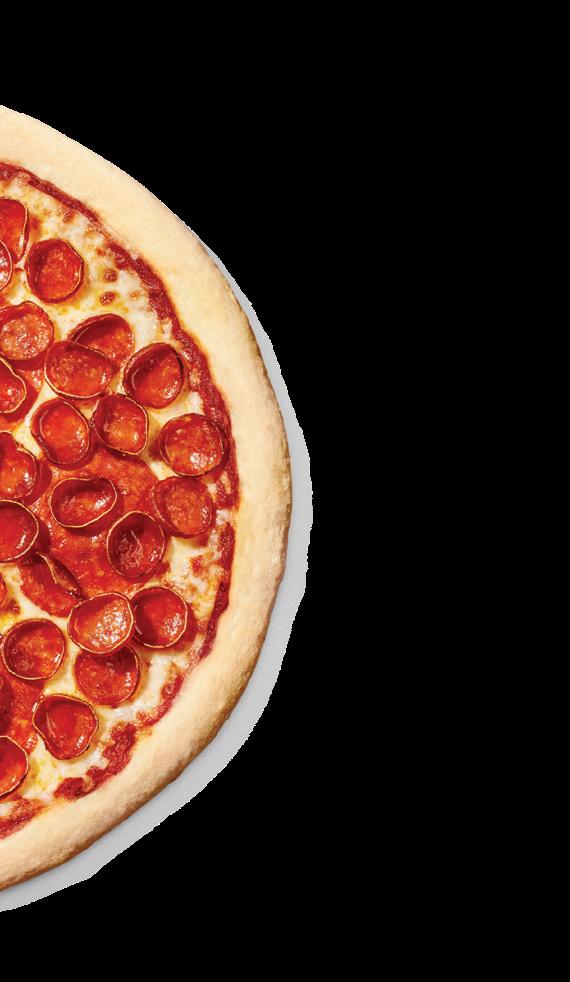
NACS JUNE 2023 109
Siberian Art/Shutterstock
A Relationship That Lasts
Art Sebastian, Casey’s vice president, omnichannel marketing, cites digital and physical touchpoints as essential to building relationships with customers.


“I’d ask you to think about the relationships that are most important to you,” he asked the audience at the NACS State of the Industry Summit.
These relationships—with a spouse, kids, friends—have two foundations. “You really know each other,” Sebastian said. “And as you get to know each other, you strive to delight each other and make each other happy.”
That’s the relationship Casey’s wants with Casey’s customers. “As our guests engage with us through this digital ecosystem, they’re giving us data … it’s our responsibility to listen.”
Photography—which Sebastian described as “a big part of our marketing program”—was another key element. The pizza had to come across as delicious and craveable. For Casey’s, that’s meant moving towards vivid lighting “that makes the food pop” for all its food offerings.
Another key piece: Paid digital media, particularly in connected TV, meaning spaces like Hulu and Disney+. “We can identify the audience we want to target and we can retarget that audience,” Sebastian said.
Reaching the on-the-go consumer is important, too, Sebastian said, considering that the retailer has widespread locations across 16 states. That means billboards and radio. The billboard campaign featured a photo of the pizza and the word “new,” but most of the space was taken up with PEPPERONI PEPPERONI PEPPERONI in bold block letters. “We hope in the three seconds a consumer is driving by on the highway we can catch their attention,” Sebastian said.
Casey’s used email marketing to promote the pizza, too. When Sebastian joined the company four and half years ago, its list stood at 300,000 subscribers. Casey’s now boasts an email list with six million addresses and an incredible 40% open rate.
The radio campaign had an auctioneer repeating the word “pepperoni” in the familiar auctioneering quick, singsong cadence. This is an example of omnichannel marketing at work, Sebastian said. The radio ad and the TV spot aren’t identical, but they have the same tone and the same basic approach: Promote a pizza with a lot of pepperoni by saying “pepperoni” a lot. “We tried to bring a common thread through every channel,” Sebastian said of the campaign.
Since the pizza debuted during the height of college basketball season, the company wanted to capitalize on the popularity of the sport. It signed three college players to endorse the pizza under the NIL deals that have been allowed by the NCAA since 2021. The PEPPERONI PEPPERONI PEPPERONI campaign marked Casey’s first foray into these
deals. “This really drove brand awareness with a much younger consumer,” Sebastian said. “And we’re going to do more of this. On the first campaign we ran, we saw a really good return.”
Social media posts spotlighted the pizza, too. This marketing channel, Sebastian said, is “very relevant regardless of a chain’s size, because you don’t really have to invest dollars in this. You just have to create your brand identity and drive a following.”
A three-month campaign has to be kept fresh, and the campaign’s masterstroke may have come almost six weeks after the pizza was introduced. The PEPPERONI PEPPERONI PEPPERONI challenge asked Casey’s customers to record themselves saying “pepperoni” as often as possible in a 10-second span via the Casey’s app. “We built technology that does two things. It listens to your voice to understand how many times you say the word ‘pepperoni.’ It also uses facial recognition technology to watch your face actually say the word ‘pepperoni.’”
Depending on how many times users managed to say the word, they got reward points, a free slice of the pizza or even a free whole pizza. Sharing the video to social was made easy for app users, creating another integration and another way to reach the Casey’s audience. The challenge was so popular that Casey’s had to stop running it earlier than expected.
The end result of all those efforts: The pizza had the highest trial of any LTO pizza since Casey’s started tracking.
Even better was a positive halo effect on how consumers think about Casey’s overall. “We’re trying to become bigger, bolder, more modern, more contemporary,” Sebastian said.
Keep an eye on the retailer for additional messaging inspiration: “We’re excited to follow this up with a couple more interesting marketing campaigns throughout the year.”
110 JUNE 2023 convenience.org
Ben Nussbaum is the editor-in-chief of NACS Magazine.
Art Sebastian
#1


STOCK UP ON THE
CONTACT YOUR LOCAL DISTRIBUTOR TO ORDER IRI -TOTAL US MULO+ LIQ + CONV, 52 WE 01-01-23, VOLUME SALES. VODKA WITH REAL FRUIT JUICE, SPARKLING WATER, AND NATURAL FLAVORS, ALCOHOL 4.5% BY VOLUME 355ML, ©2023 HIGH NOON SPIRITS COMPANY, MODESTO, CA. ALL RIGHTS RESERVED.
SPIRITS BRAND
Cool New Products Guide
This advertorial-style guide of services and packaging appears monthly and is an information-packed tour of ideas and approaches that can change how consumers view your store or choose your brand. It spotlights the newest thinking in convenience and fuel retailing and gives you an advance look at ways of staying in front of industry trends. Products are categorized the same way we organize the Cool New Products Preview Room at the NACS Show each year in October— New Design, New to the Industry, New Flavors, Health & Wellness, Green (EcoFriendly), New Services and New Technology Products are considered “new” this year if they’ve been introduced since October 2021. The products featured here also can be seen in the Cool New Products Discovery Center at www.convenience.org/coolnewproducts
FRESH SMOKE
FRESH SMOKE Premium Cigars
THE EASIEST WAY TO SELL PREMIUM CIGARS IN YOUR STORE
FRESH SMOKE is the HASSLE-FREE way to sell cigars that ELIMINATES the HEADACHES, STRESS, and LOSSES caused by humidors while allowing you to sell the most well-known, and best-selling premium cigars without a humidor. FRESH SMOKE guarantees your cigars will be fresh for at least one year! Increase your PROFITS with great margins and increased impulse purchasing by carrying PREMIUM cigars in customized packaging from FRESH SMOKE.
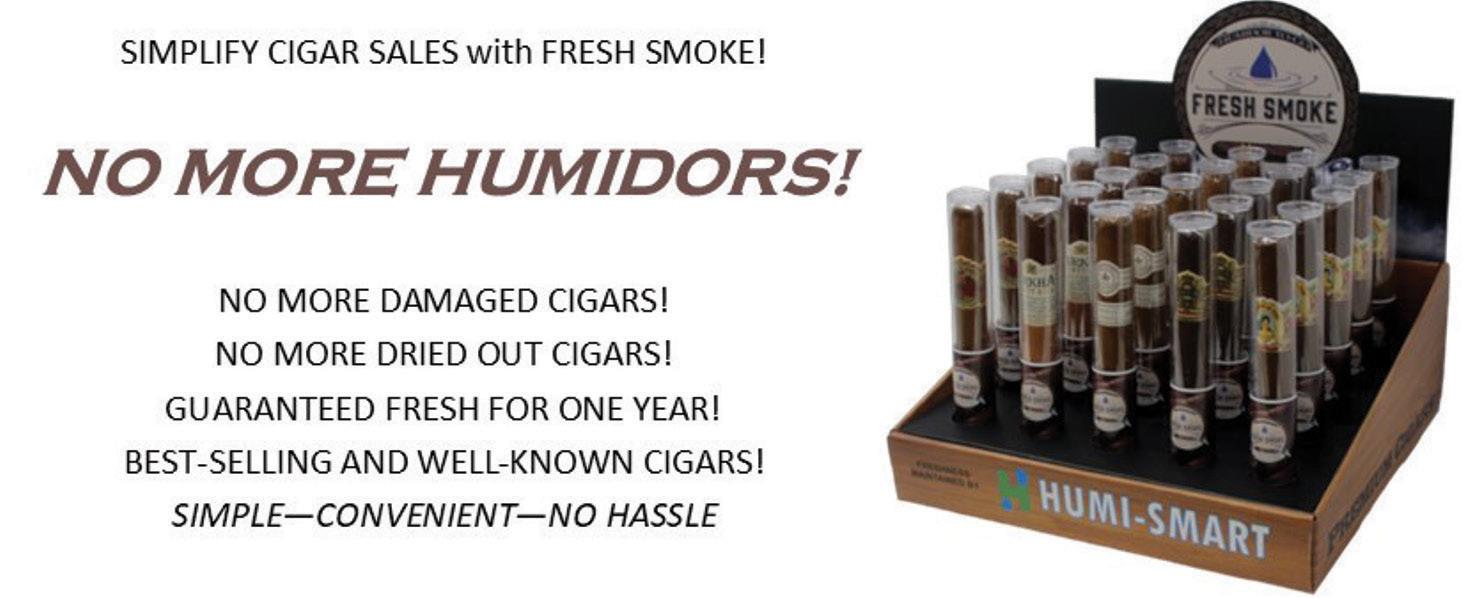
Visit our website: www.freshsmoke.com
Email us: sales@freshsmoke.com
Call us: 651-982-5566
112 JUNE 2023 convenience.org
NEW TO THE INDUSTRY
Monster Energy Company
Monster Energy 19.2oz
Introducing New Monster Energy 19.2oz
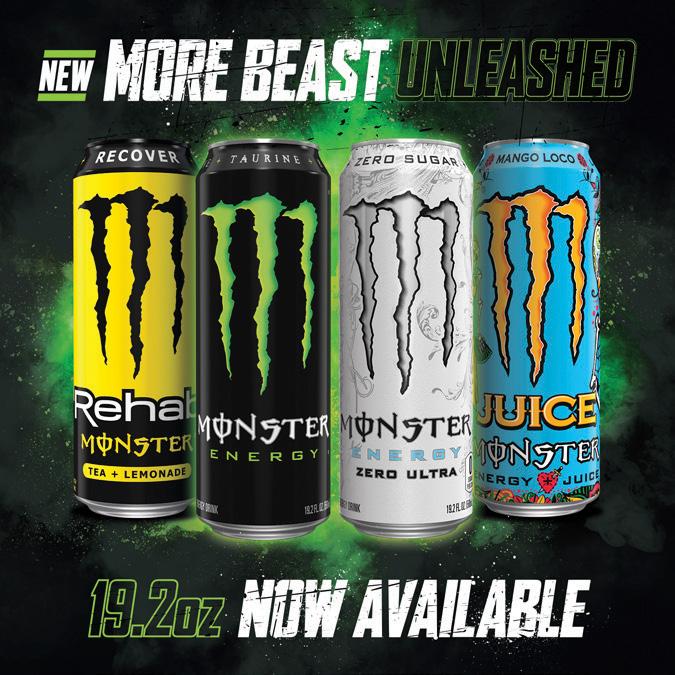
MORE BEAST UNLEASHED!
Monster Energy unleashed more beast, going bigger and bolder with the latest additions to the Monster Family – 19.2oz Monster Energy, Zero Ultra, Rehab Tea & Lemonade and Juice Mango Loco. We’ve taken all the things our dedicated fans love about Monster and increased the liquid content to amplify your energy! Packed with Monster’s energy blend, these 19.2oz varieties provide the ultimate boost you need to take on any challenge. Don’t wait any longer, grab a can today and Unleash the Beast!! For sales inquiries visit https://www. monsterenergy.com/
Shipley Do-Nuts
Shipley Do-Nuts Franchise Opportunity
Be a Shipley Do-Nuts Franchisee
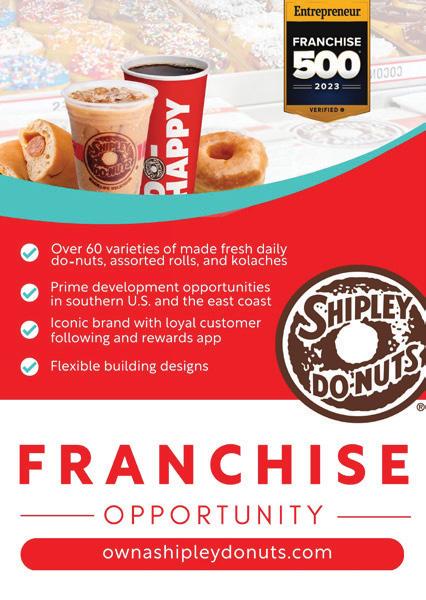
Established in 1936, Shipley Do Nuts has been delighting customers of all ages for generations. We’re a fast-growing brand that’s well-suited for investors with quick service restaurant (QSR) or franchise expertise, and now with more than 340 stores and growing, we are offering donut franchise territories to make life delicious in more communities! Are you ready to explore the brand’s investment potential in your market?
High Noon Tequila Seltzer
Tequila Lovers Rejoice! High Noon’s Sun Will Shine Even Brighter with the Release of High Noon Tequila Seltzer. The #1 Best Tasting Hard Seltzer is expanding its portfolio with a new tequila-based offering, letting tequila fans level up their hard seltzer. Available in 4 flavors: Strawberry, Lime, Grapefruit and Passionfruit.

NACS JUNE 2023 113
NEW DESIGN
NEW DESIGN
Here! NEW High Noon Tequila
It’s
FLAVORS
E. & J. Gallo Winery NEW
Flavors, Acrylic Case
For additional revenue potential and product visibility, makers of the BIDI® Stick offer its top-selling vape device in a 100-pack acrylic display case. After a major legal victory last year, Bidi Vapor is one of only a handful of companies that can legally sell its 11 flavored varieties. Its product, the BIDI® Stick, is a premium, flavored, disposable vape pen. The device has has UL-certified batteries and 6% nicotine for legal-age smokers looking for alternatives to cigarettes.
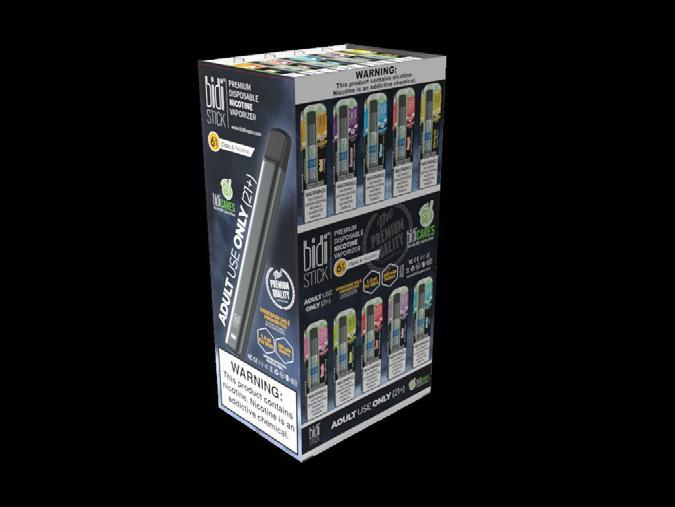
HIGH 5 FOR HEROES
Every July 24 (24/7 Day), the NACS Foundation unites convenience stores across America in recognizing first responders, medical personnel and American Red Cross volunteers who work around the clock, 24/7, to serve our communities. Now in its fifth year, the event unifies the collective efforts of tens of thousands of convenience stores that honor and thank the extraordinary commitment of hometown heroes with items like a hot cup of coffee, cold beverage or a breakfast sandwich.
To learn more about participating, contact Stephanie Sikorski at ssikorski@convenience.org, or visit 247Day.org.

114 JUNE 2023 convenience.org
The American Red Cross name, emblem and copyrighted materials are being used with its permission, which in no way constitutes an endorsement, express or implied, of any product, service, company, opinion or political position. The American Red Cross logo is a registered trademark owned by The American National Red Cross. Should you require a receipt, please donate by calling 1-800-RED CROSS (1-800-733-2767), or give online at redcross.org #ConvenienceCares #247Day
11
Bidi
NEW TO THE INDUSTRY INDEX NEW TO THE INDUSTRY Bidi Vapor LLC 114 Fresh Smoke of MN LLC 112 NEW FLAVORS E&J Gallo 113 NEW DESIGN Monster Energy Company 113 Shipley Do-Nuts 113
BIDI® Stick
Vapor, LLC
Conference: October 3-6, 2023
Expo: October 4-6, 2023
Georgia World Congress Center, Atlanta
Earlybird savings ends 6/9. Save $300 while you still can!
WORLD CLASS EDUCATION AND PEER-TO-PEER LEARNING OPPORTUNITIES AWAIT
With an onslaught of new challenges entering our industry — new regulations, price increases, managing risk vs. innovating, employee recruitment and more — NACS Show education will help you discover new growth strategies for your business.

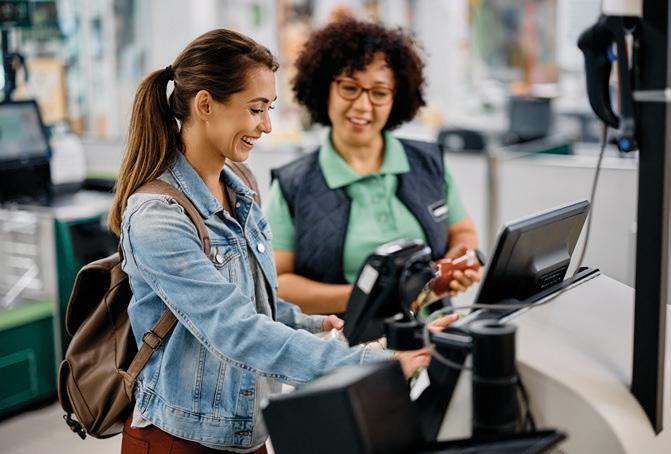



Find solutions to your most pressing challenges.
nacsshow.com/edu
Where Everybody Knows Your Name
BY AL HEBERT
What makes customers feel that a store is their store? If you simply sit and watch, you’ll see the magic. Geaux Fresh Convenience Market in Youngsville, Louisiana is a place that has the magic.
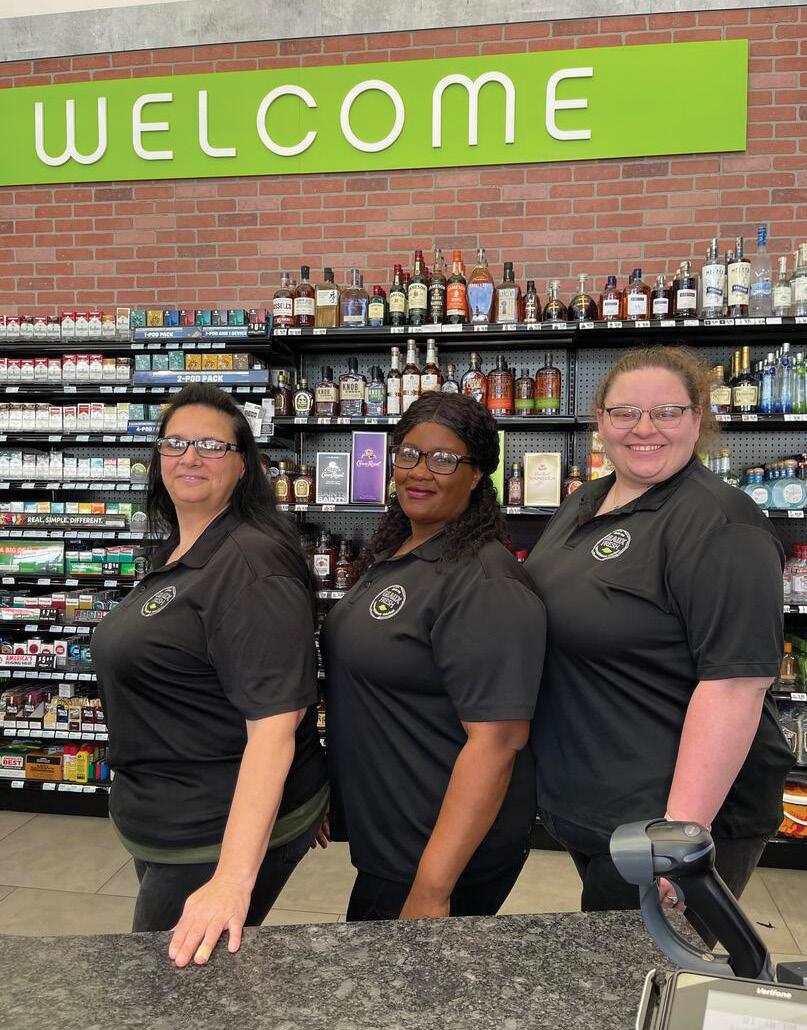
Now before you spend too much time trying to say geaux, it’s pronounced “go” and is a Cajun slant on the word go.
It starts when you enter Geaux Fresh. As you walk through the door, Kim, one of the Geaux Fresh team members behind the counter, looks genuinely happy to see you. The eye contact is there and the smile is genuine. It’s not a scripted, “Welcome, can I help you?” It’s a warm greeting that makes you feel happy to be there.
Owner’s Marlo and Shaun Faucheux have that special relationship with customers. “That’s Dwayne,” Marlo said, pointing to the deli counter. “Every day he orders red beans and rice with an extra piece of sausage. He knows the girls and they know him,” she said. “We know about 90% of our customers.”
This is no small task considering that Geaux Fresh sells around 150 to 175 plate lunches each day. Keep in mind, that doesn’t include breakfast, burgers, grab and geaux, etc.
Marlo and Shaun’s previous career paths certainly did not groom them for
this type of business. But their commitment to succeed and offer their community a friendly, clean and safe place to shop and eat has driven their success.
From the time they purchased the property, it took three years to open the doors, which took place February 22, 2020. The store carries over 6,000 items in a 7,200-square-foot space, including milk and eggs, specialty cake balls, a great wine selection and greeting cards.
A FOOD FESTIVAL
This part of south Louisiana has a strong food culture, particularly when it comes to Cajun food. If you’re going to serve food, it has to be great.
You can’t help but get excited when Marlo talks about the food. “Monday through Friday is like a food festival in your mouth at Geaux Fresh. There’s not enough that can be said about our food. Certainly not blasting our own horn, but that’s our customers’ feedback,” she said.
It all starts with a great chef. “Our chef, Tippy, has been in the foodservice industry for over 30 years. He prepares top-quality restaurant meals that make you feel like you’re sitting at your grandma’s kitchen table on a Sunday afternoon. He has a gift, and we are blessed that he shares it with Geaux Fresh and our customers,” she said.
Marlo takes a lot of pride in the menu items. “Customers sense and taste the attention to detail, from our marinated pork roast to the fresh salads. We put love into every food item we sell.”
“Every Thursday is fried chicken day. You’ve got to experience it. It’s the best fried chicken around and it takes preparation. Friday is seafood day, and again, words don’t do it justice. We serve up the likes of crawfish fettuccine,
116 JUNE 2023 convenience.org GAS STATION GOURMET
At Geaux Fresh Convenience Market, community and festival-worthy food come together.
Geaux Fresh has mostly avoided turnover problems with a strong vetting process, good pay and a supportive team.








































étouffée, shrimp stew and fried fish,” said Marlo.
The giant chicken tenders will get your attention. They’re as big as your face and packed with flavor. “Our chicken tenders are well-known around here. They are never frozen and are marinated for 24 hours. We use our own seasoning and batter. We want large tenders, she said, gesturing with her hand. “They are juicy and cooked to perfection.”
Boiled crawfish is popular in this part of the Gulf Coast. It’s hard to accurately describe the anticipation of crawfish season. It’s like Christmas, but highly seasoned. Marlo said the frenzy starts early.

“Our phones start ringing in January with the same question, ‘When are y’all gonna start boiling?’ Marlo said. “We do our own thing at Geaux Fresh. It’s has landed us a loyal, seafood-loving customer following. Try our seafood. You will not be disappointed.”
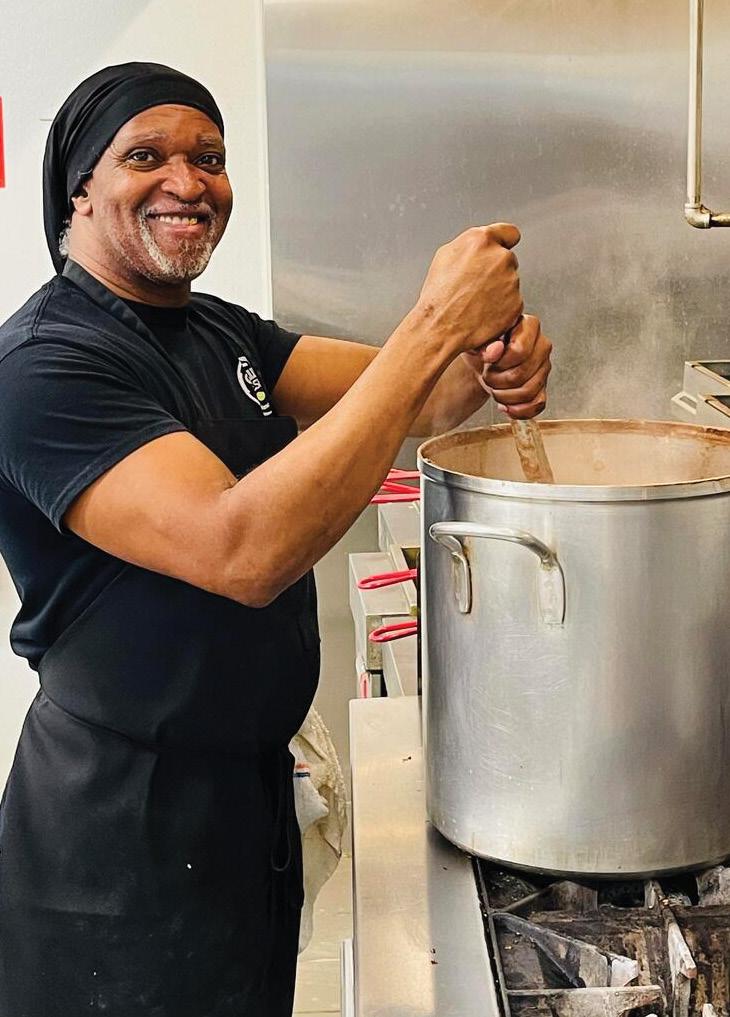
Creativity wins the day in the dessert category. The banana bread pudding could be habit forming. People ask if it’s bread pudding made with banana bread. No. This is bread pudding with
a banana sauce and fresh bananas on top. It’s the creation of deli supervisor Marsha. Marlo described her as “the ‘Energizer Bunny’ of the deli.”
The commitment to quality food that’s packed with flavor is important. “We knew we had to set ourselves apart and that we were going to have to find something different. It took us a little time to achieve that goal and for our customers to know we were here. We’re doing it. Every element of our store sets us apart from other stores.”
A STRONG COMMUNITY
Recruiting and keeping employees is a constant struggle for many retailers, but Geaux Fresh has avoided too much turnover.
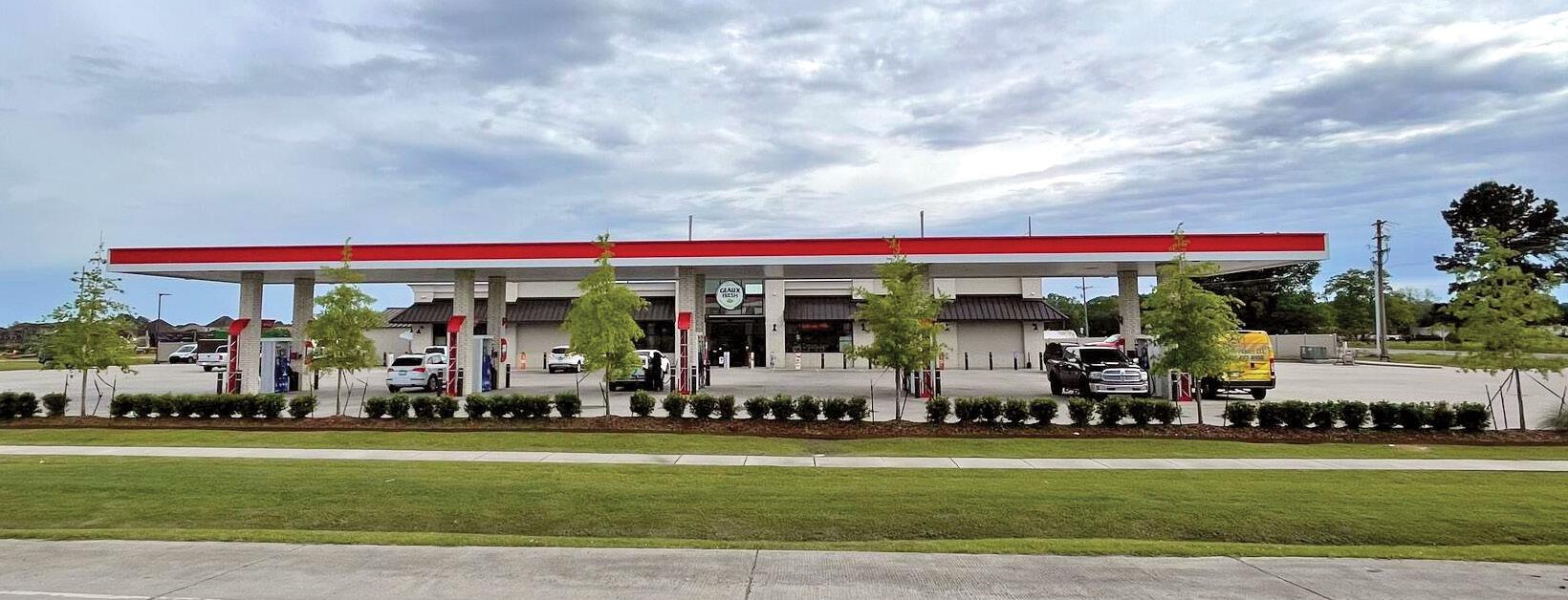
A couple of the team members have been with the store from day one, and most are in their second or third year. “I’d say that ’s really good, especially for this type of business,” Marlo said. “We are extremely blessed with the team we have. They are the faces of Geaux Fresh, and they are one of the most important reasons our customers love our store.”
“Your morals and values should match up inside and outside of the business,” Marlo said. “We adhere to that. Our longevity plan is based on our faith, excellent team members and continuing to offer a shopping experience second to none,” she explained.
“We do our due diligence to hire loyal, accountable and personable team members. When they join our team, we give them an honest, equal and respectful environment that recognizes them for their effort and growth with
consistent pay increases, benefits, paid vacation and a team that supports them professionally and personally.”
C-store operators understand that clean restrooms play an important role in success, and that’s true of Geaux Fresh. “We have a loyal following of UPS and FedEx drivers and local workers. They come to use the restroom, shop and eat. They call ahead and their order is ready when they arrive. It’s always fresh and warm,” Marlo explained. You’ll find a lot of local products at Geaux Fresh.
“It is important for us to support our local entrepreneurs and help them showcase their truly amazing and unique products. We’ve built really good relationships with smaller mom-andpop businesses. It’s important to develop and build ties with our vendors. We were starting out once and we know the growing pains. There’s nothing better than seeing small businesses like that flourish,” she said.
Marlo and Shaun are constantly connecting with people who come into the store.
“Part of our job is getting out on the floor every day. It’s important for our customers to know we are here and that we care. We want to make sure that this store continues to become part of the fabric of the community. We’re here for the long haul.”
118 JUNE 2023 convenience.org
GAS STATION GOURMET
Al Hebert is the Gas Station Gourmet, showcasing America’s hidden culinary treasures. Find him at www.GasStationGourmet.com.
Tippy, the chef at Geaux Market, cooks “meals that make you feel like you’re sitting at your grandma’s kitchen table.”
Geaux Fresh is located in Youngsville, Louisiana, just south of Lafayette.
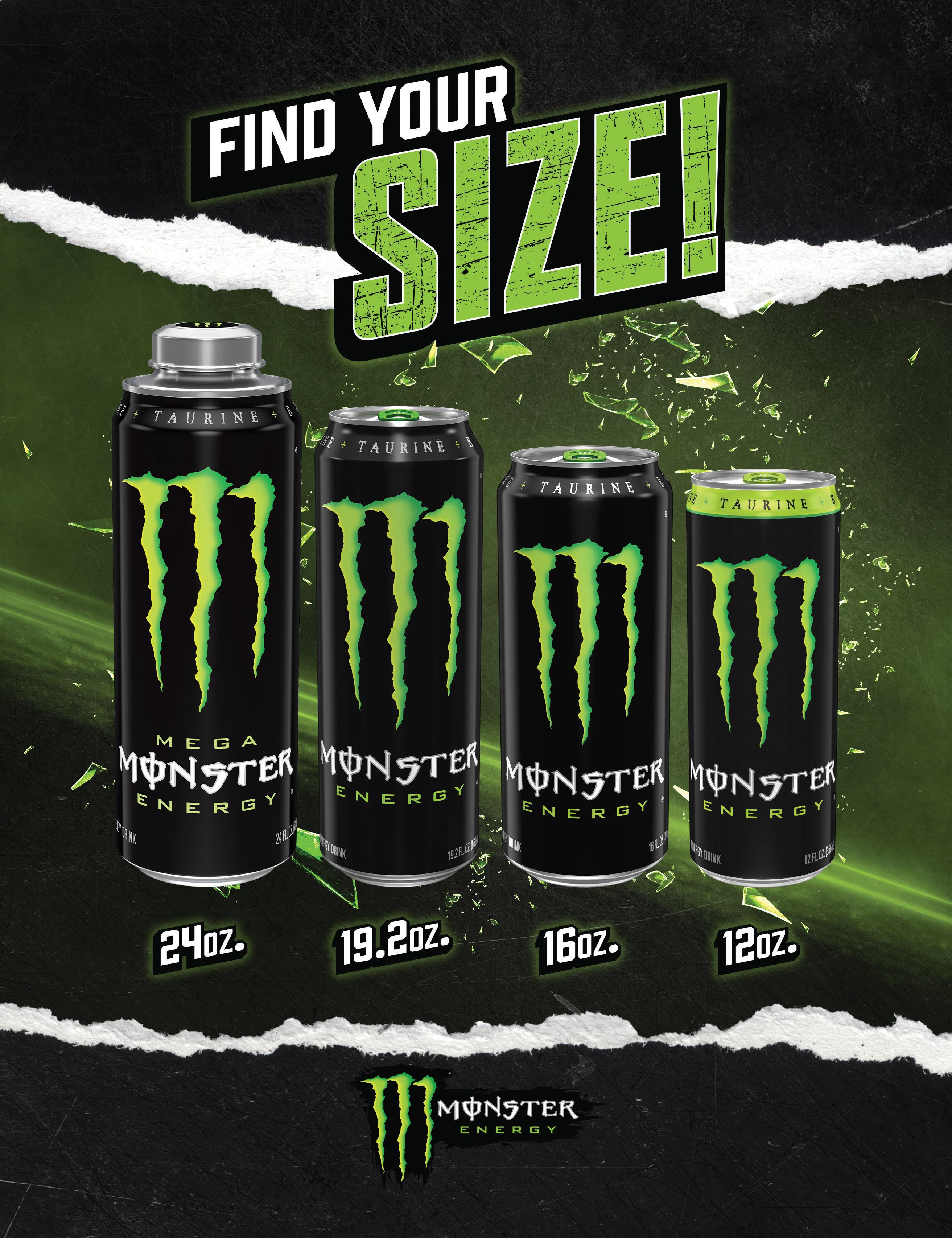
Traffic Building Brews
Beer continues to attract customers into c-stores as category sales hover near their pandemic peak.
BY TERRI ALLAN

While the buying frenzy that drove impressive gains for beer sales at the height of the pandemic has abated, the category is still eking out growth in convenience stores. Retailers and marketers say that beer remains a key traffic and profit driver for the channel. With the right offerings and proper merchandising
support, the category provides longterm opportunity for sustainable growth and store profit contributions.

“Although growth for beer in 2022 may have been slight, it’s still positive news,” remarked Jayme Gough, NACS research manager. “Sales continue to hover around the 2020 mark, which was a big growth year for the category.” Indeed, according to monthly CSX data, sales for beer in the first half of 2022 mirrored sales in 2021, but from June to December, monthly sales increased, yielding a slight gain in category dollar sales for the year.


Inflation, however, has robbed beer unit sales of some of their momentum. “The increased cost of goods for all suppliers has impacted pricing throughout the three-tier system,” said Steve Gee, vice president of national accounts at Canarchy, parent company of craft

120 JUNE 2023 CATEGORY CLOSE-UP BEER Source: NACS State of the Industry Report of 2022 Data 2022 $3,632 2021
Avg. Monthly Gross Profit/Store 2022 $18,063 2021
Avg. Monthly Sales/Store INDUSTRY
$3,471
$17,217
SALES
rangizzz/Shutterstock
breweries Oskar Blues and Cigar City. The average price of a case of beer is 8% higher than a year ago, he explained, and consumer pushback has kept volume relatively flat.
Greg Merlo, vice president of category leadership at Anheuser-Busch, added that the inflationary environment has prompted flat trips and units per trip for beer in c-stores, while spending is up. Due to the higher prices, the premiumization that has defined the beer category in recent years has slowed, resulting
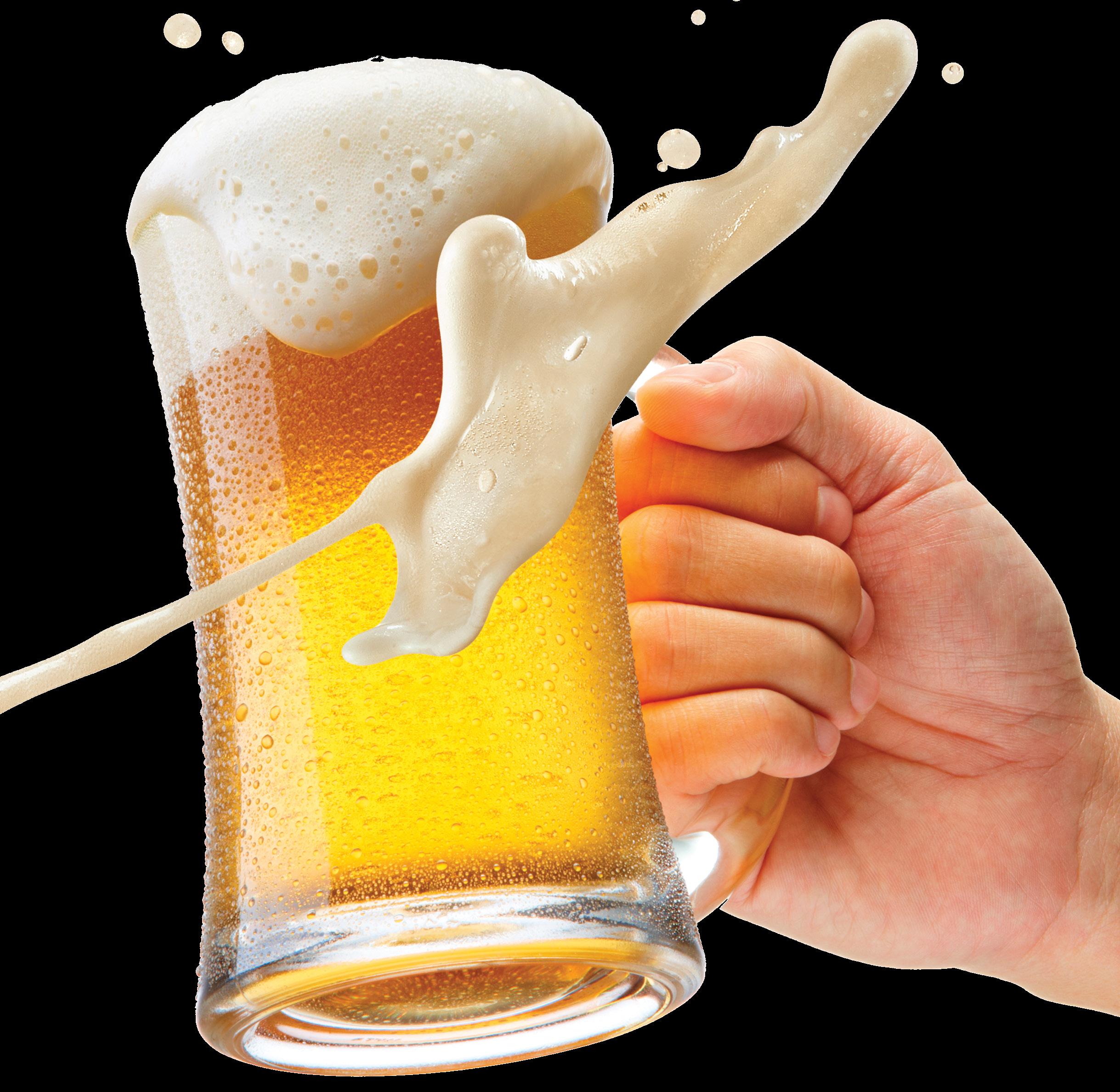
in some trade down to the value and mainstream segments, along with shifts to smaller packages, including singles. “This is a trend we expect to continue throughout 2023,” Merlo said.

Convenience retailers note that while inflation is making its mark on beer, shoppers have largely accepted the price hikes. “People expect it,” remarked Jason Grimm, category manager, packaged beverages at Wesco Inc. in Michigan. Year-to-date sales through March were flat on a volume
basis but dollar sales were up at a mid-single-digit rate at Wesco. Similarly, at Cummings’ Market in Kennebunk, Maine, “Prices have crept up, but people are still buying,” reported manager Ben Blouin. He’s hoping that beer volume at the store finishes the year at least level with last year, with dollar sales higher. While the pace of rising inflation has slowed a bit, Gough said that if it rises again, consumers “could reach their breaking point and trade down.”
NACS JUNE 2023 121
ifong/Shutterstock
CATEGORY CLOSE-UP BEER
Sales Per Store, Per Month
The Power of CSX Data
CSX, the engine behind category metrics and NACS State of the Industry data, provides current and customizable tools for financial and operational reporting and analysis in the convenience industry. Retailers can measure their company by any of the myriad metrics generated via our live database. Contact Chris Rapanick at (703) 518–4253 or crapanick@convenience. org for a complimentary executive walkthrough.
IMPORT SURGE
Beer subcategory trends were uneven in 2022. Sales of premiums, the largest subsegment, were flat, Gough said, while craft brews declined and imports surged. “Imports are driving the category,” she noted, with the subsegment showing particular growth late in the year. According to the NACS State of the Industry Report of 2022 Data, imports’ share of beer sales in the category in-
Wesco, brews from Mexico—particularly Modelo Especial and Corona Extra— have been strong performers, helping to propel imported sales growth at a double-digit rate. As a result, Grimm has expanded points of distribution for Modelo, stocking single serves along with 6- and 12-packs. He’s also adding Modelo Oro, a new line extension. While craft beer has been adversely impacted by inflation, as well as increased competition from other beverages, some c-store operators report strong performances for microbrews. “We sell a boatload of craft beer,” remarked Larry Tempesta, manager of Alpine Mart in Stowe, Vermont. “We still sell our share of Bud, Bud Light and PBR, but craft drives our
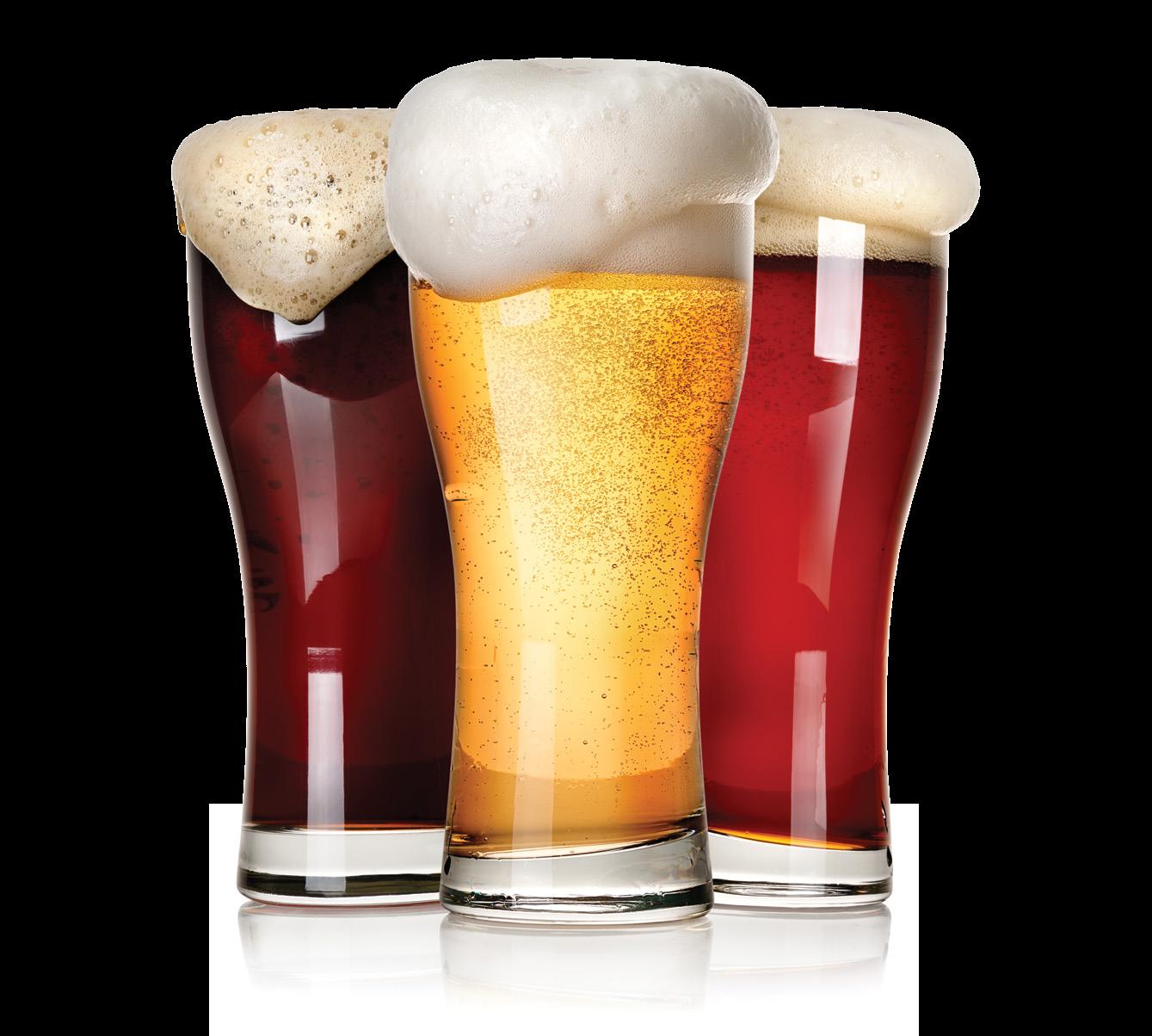
122 JUNE 2023 convenience.org Givaga/Getty Images
JAN FEB MAR APR MAY JUN JUL AUG SEP OCT NOV DEC $25,000 $20,000 $15,000 $10,000 n 2019 n 2020 n 2021 n 2022
We
sell a boatload of craft beer.”
Source: NACS CSX Benchmarking Database
$21,712




B . Email sales@buzzballz com to learn more ©2023 BuzzBallz, LLC Carrollton, TX Please Enjoy Responsibly ©2023 Southern Champion, Carrollton, TX Please Enjoy Responsibly
CATEGORY CLOSE-UP BEER
Subcategory Data
Same-Firm Sample, Per Store, Per Month
business.” Out-of-town skiers who flock to Stowe are often in search of beers from renowned local breweries “and want to bring them back home with them,” he noted. Similarly, craft beer sales thrive at Horizon Fuel Center in San Diego, which is in close proximity to several brewery taprooms. President and CEO Hellyaachwehay Quisquis welcomes craft beers to his store. “We’re always open to exploring new products and we love the idea of providing a showcase for startup breweries,” he
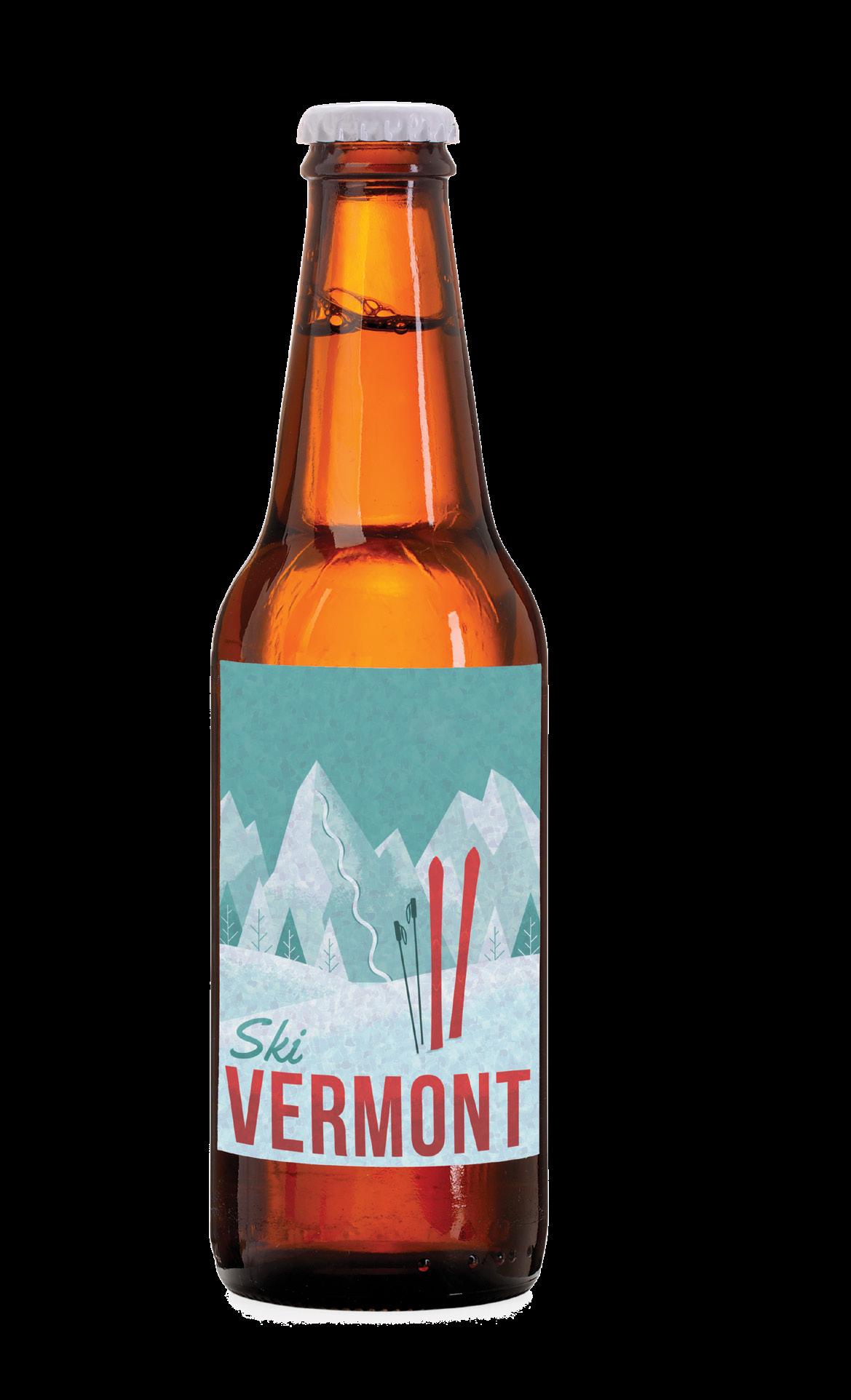
At Wesco, meanwhile, dollar sales of craft brews are trending down, but unit sales are up, Grimm reported. “Customers are trading down in package size,” the retailer explained, often shifting from 6-packs to 19.2-ounce single cans. “Singles of New Belgium’s Voodoo Ranger are flying,” he noted.
Despite the current softness, craft brewers see opportunity ahead for their products in c-stores. “Craft is a $1.4 billion segment in convenience,” with
an average case price of almost $45, Gee said. “That’s almost $15 higher than the beer category average.” Steve Wheeler, director of commercial strategy and execution at Michigan’s Founders Brewing, added that craft beer is still underdeveloped in c-stores versus other channels, with an underleveraged assortment. “In order to be viewed as a one-stop shop or beer destination, retailers need to carry a well-balanced portfolio,” he advised.
C-store operators would also be wise to monitor emerging beer subsegments. While still just a niche, non-alcoholic brews are showing the best growth at Wesco, Grimm said, and he’s considering expanding the selection. Indeed, non-alcoholic beers appeal to a widening consumer base increasingly looking to moderate their alcohol consumption, ranging from of-age Gen Z to baby boomer consumers. Cheladas—a traditional Mexican beverage comprised of lager, lime juice and spices—also show potential. “Cheladas showed a ton of
RG-vcShutterstock; crossroadscreative/Getty Images
Beer Percent of Sales Avg. Sales/Store Avg. GP$/Store Gross Margin % 2021 2022 2021 2022 2021 2022 2021 2022 Premium 33.6% 32.5% $5,791 $5,874 $1,007 $1,040 17.39% 17.71% Popular 15.6% 15.4% $2,693 $2,789 $444 $443 16.50% 15.88% Flavored Malt 15.3% 15.3% $2,634 $2,766 $639 $684 24.27% 24.73% Imports 13.4% 14.7% $2,303 $2,653 $508 $590 22.08% 22.23% Budget 8.1% 7.6% $1,403 $1,382 $246 $249 17.51% 18.01% Microbrews/Craft 7.6% 7.4% $1,307 $1,346 $314 $325 24.01% 24.18% Super Premium 5.3% 5.2% $904 $936 $204 $214 22.60% 22.84% Malt Liquor 0.9% 1.6% $156 $286 $49 $81 31.05% 28.31% $32 $6 $6 21.52% 20.42% $17,217 $18,063 $3,417 $3,632 19.85% 20.11%
Source: NACS State of the Industry Report of 2022 Data
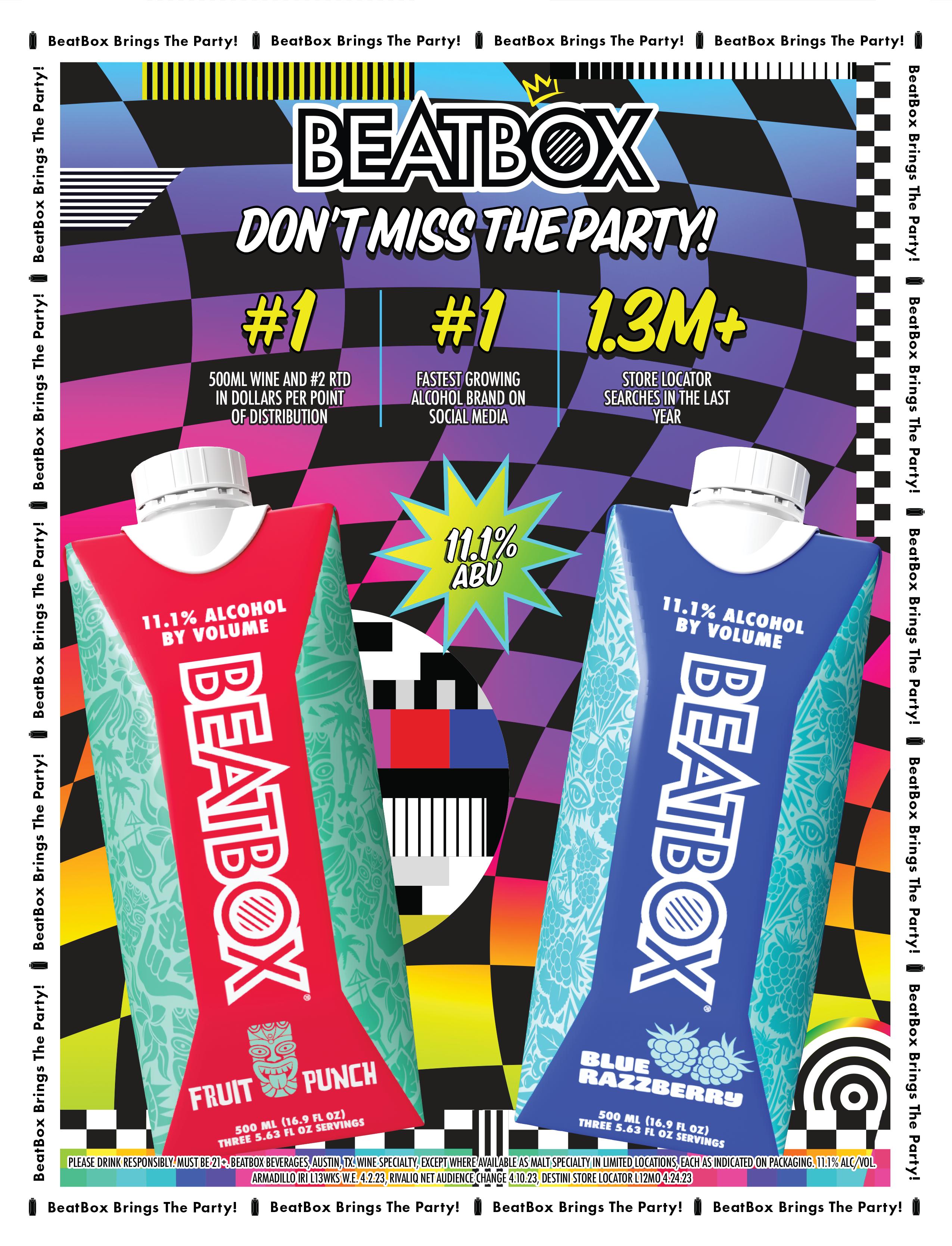
CATEGORY CLOSE-UP BEER
growth although off of a small base,” last year, Gough remarked. With its close proximity to Mexico, Horizon Fuel is already benefitting from the trend, said Chris Phelps, the store’s general manager.
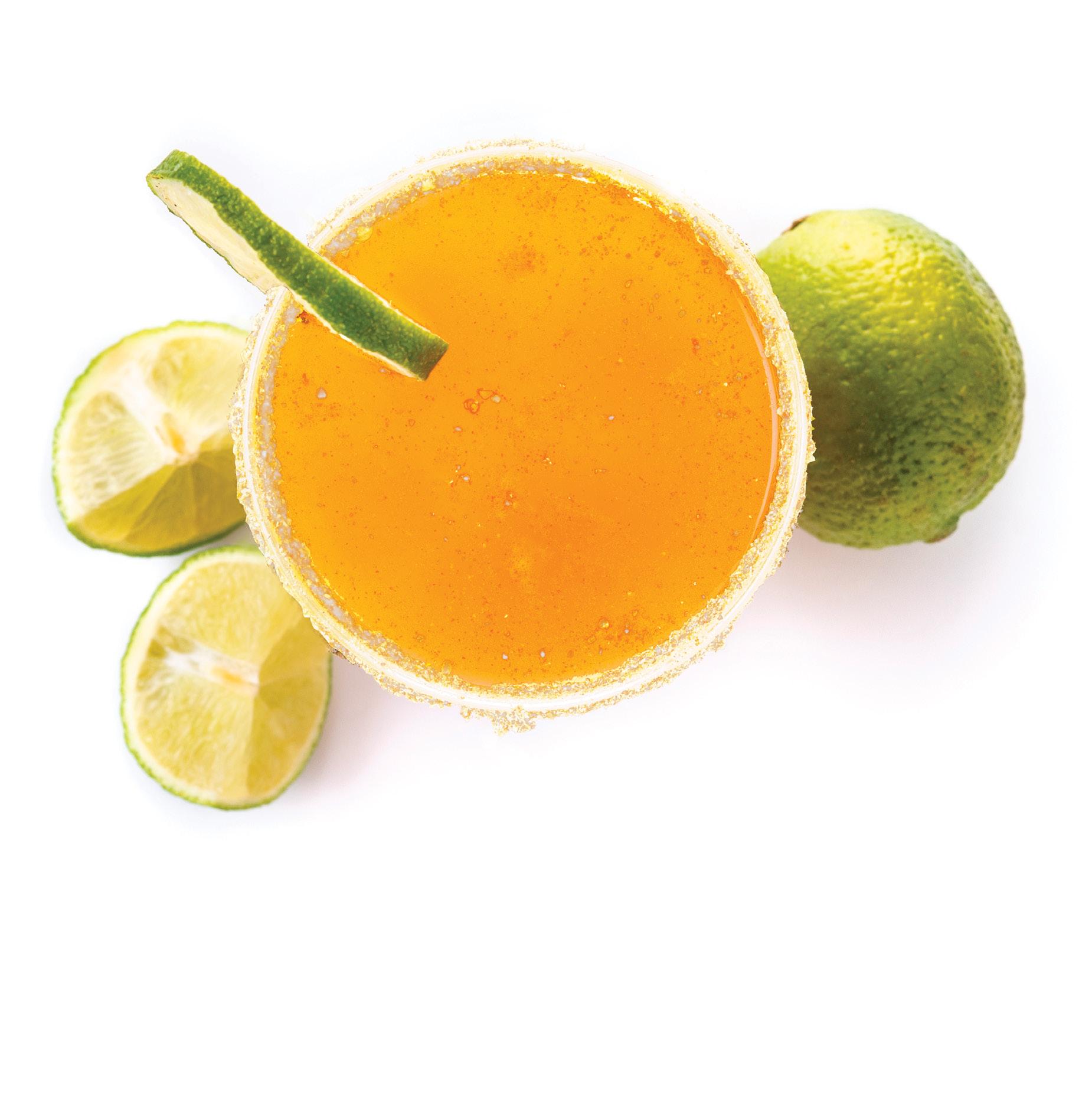
LENDING SUPPORT
Sales of beer singles, the c-store channel’s workhorse, remain strong, retailers said. “Singles are growing both in units and dollars,” Grimm reported. Singles of premium domestic beers, such as Budweiser and Bud Light in 25-ounce cans, are the top performers at Wesco, he noted, adding that recent stocking issues have abated. He and Blouin pointed to the growing opportunity for craft singles in 19.2-ounce cans. “They’ve become very popular,” said the Maine retailer, “and now there are more and more entries.” The packages are typically priced at $2.99 to $3.79 each.
Savvy c-store operators know that to further drive sales of beer promotional and merchandising support are key. Blouin said he’s always on the lookout for the next hot product. “Everybody wants the new thing, so we’re constantly rotating our selection,” he explained. At Horizon Fuel, customers can create their own 6-pack of imported and craft
brews. “Our customers are excited to find their next new favorite beer without the risk of purchasing a 6-pack,” Phelps said of the option. And at Wesco, members of the chain’s GoRewards loyalty program can now receive discounts on beer. Recent deals included $1.60 off the purchase of a case of premium beer. “Feedback from locations and customers has been positive,” Grimm remarked, adding that the inclusion of beer in the company’s loyalty offer is helping to drive new customers to the program.
Despite recent inflationary pressures, the prospects for beer in c-stores remain strong, suppliers said. “Beer is the No. 1 category in the cold box,” commented Anheuser-Busch’s Merlo, “and it’s critical to store health as it’s a destination category.” Canarchy’s Gee also points to category strength. “The beer category has always been an important source of growth in the convenience channel, and that won’t change in 2023,” he said. While consumer preferences may be shifting, Gee said, “the beer category will be positioned to meet those demands with a strong pipeline of innovative new products and a stable of important and valuable brands.”
Terri Allan is a New Jersey-based freelance writer, specializing in the beverage industry. She can be reached at terri4beer@aol.com and on Twitter at @terriallan.

126 JUNE 2023 convenience.org etorres/Shutterstock
Cheladas—a traditional Mexican beverage comprised of lager, lime juice and spices— also show potential.”
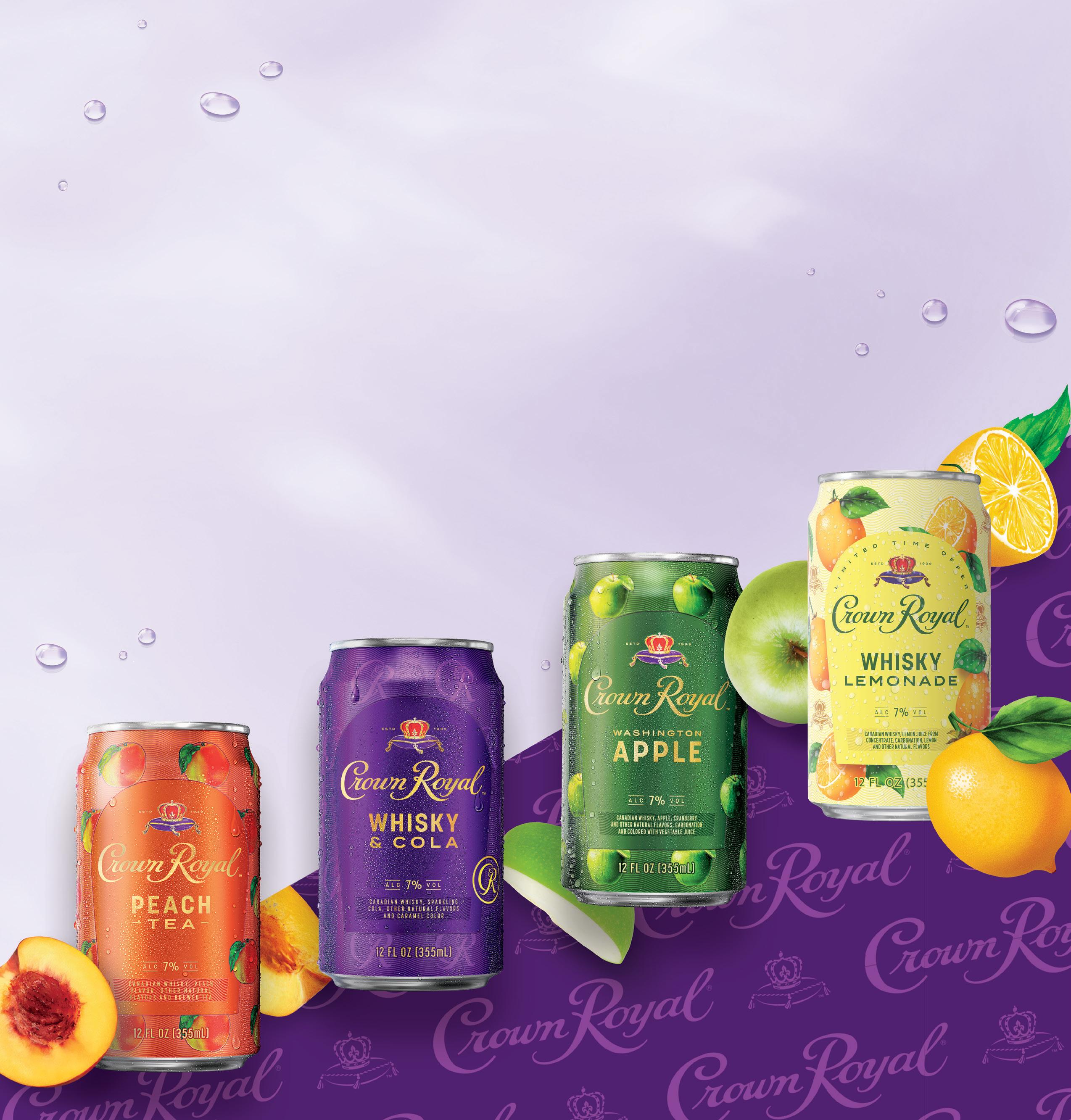











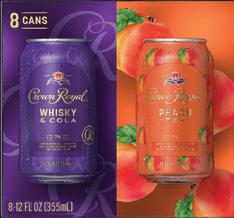
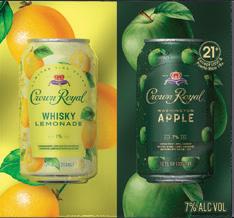
A Flavor Playground
BY PAT PAPE
Cold dispensed beverages is a small but powerful foodservice category. “In 2022, it was 2.28% of in-store sales and 7.0% of foodservice sales,” said Jayme Gough, research manager at NACS. “But the volume is there. It’s a good add-on item for customers buying candy or food.”
Although margins decreased slightly in 2022, to 48.13%, gross profit increased 12.0% year over year, to $2,199 per store, per month. “The category saw large increases in 2022, which helped drive sales over the pre-pandemic levels of 2019,” Gough said.
Beverages from the fountain continue to attract thirsty customers, especially during the 100 days of summer. Retailers should be on the lookout for the latest drink introductions, such as the Tractor brand, which capitalizes on consumer interest in certified organic products.
UNEXPECTED AND CRAFTY CHOICES
Traditional favorites drive repeat fountain visits, but that doesn’t mean
shoppers won’t try new tastes. At Pennsylvania-based Rutter’s, six traditional fountain flavors generate the most business, but the retailer does “see some interest in moving flavors on the fountain,” said Chad White, food service category manager at Rutter’s.
Five years ago, Rutter’s added craft sodas to the beverage bar, and an enthusiastic response has kept them there. “We have several unique flavors in this lineup, such as cucumber melon, ginger beer and Pennsylvania birch beer,” said White. “We work with our manufacturer to provide more innovation and unique flavors on our fountain. Functional drinks have been a part of the conversation as we look to provide options.”
Grand View Research reports that in 2021 the world’s overall craft soda market size—both fountain and packaged—was valued at $651.3 million, and the research organization predicts it will see an annual growth rate of 5.0% through 2030. Fruit flavors are expected to grow fastest in the category.

128 JUNE 2023 convenience.org
CATEGORY CLOSE-UP COLD DISPENSED BEVERAGES
Innovation and variety keep the cold dispensed beverage category fresh.
Soda drinkers are always interested in trying new flavors.”

129 Industry Report 2022 $2,199 2021 $1,963 Avg. Monthly Gross Profit/Store INDUSTRY SALES
2022 $4,569 2021 $4,018 Avg. Monthly Sales/Store
CATEGORY CLOSE-UP COLD DISPENSED BEVERAGES
Per Store, Per Month Sales
$3,853
“Soda drinkers are always interested in trying new flavors, and innovation is part of the Jones DNA,” said Curt Thompson, director of marketing at craft soda maker Jones Soda.

“We can meet that consumer need for new and great-tasting flavors.”
This spring, Jones Soda introduced three new fountain options: grape, cream soda and Dr. Jones, a new twist on a classic taste with the sweetness of cherries and a slightly tangy bite.
In 2021, Texas-based 7-Eleven refreshed the fountain lineup with five non-traditional flavors, including a sparkling water. “We’ve continued to see success with our proprietary craft lemonade made with real juice and cane
sugar and 7-Eleven’s private-brand, vitamin-infused sport drink, Replenish Zero,” said Ben Boulden, director of proprietary beverages at 7-Eleven. “And in 2023, that offering is expanding with Minute Maid Strawberry Hibiscus Aguas Frescas.”
BIG BRANDS ARE EVOLVING
Coca-Cola is launching new fountain options and reformulating some existing flavors, according to Melinda Pritchett, director of category strategy and innovation, Coca-Cola.
“Fanta Pineapple, a favorite packaged beverage, is now offered via bag-in-box for the first time,” she said. “Fanta Orange has undergone a reformulation and is bringing a superior formula to dispensed. Fans will still enjoy the bright, bubbly and instantly refreshing drink they love—with a bolder taste than ever before.”
In addition, recently reformulated Powerade has rolled out Tropical Mango for the fountain, and Barq’s Red Cream Soda is now fountain-ready.
subjug/Getty Images
JAN FEB MAR APR MAY JUN JUL AUG SEP OCT NOV DEC $4,000 $3,500 $3,000 $2,500 $2,000 $1,500 n 2019 n 2020 n 2021 n 2022
Fruit flavors are expected to grow fastest in the category.”
Source: NACS CSX Benchmarking Database
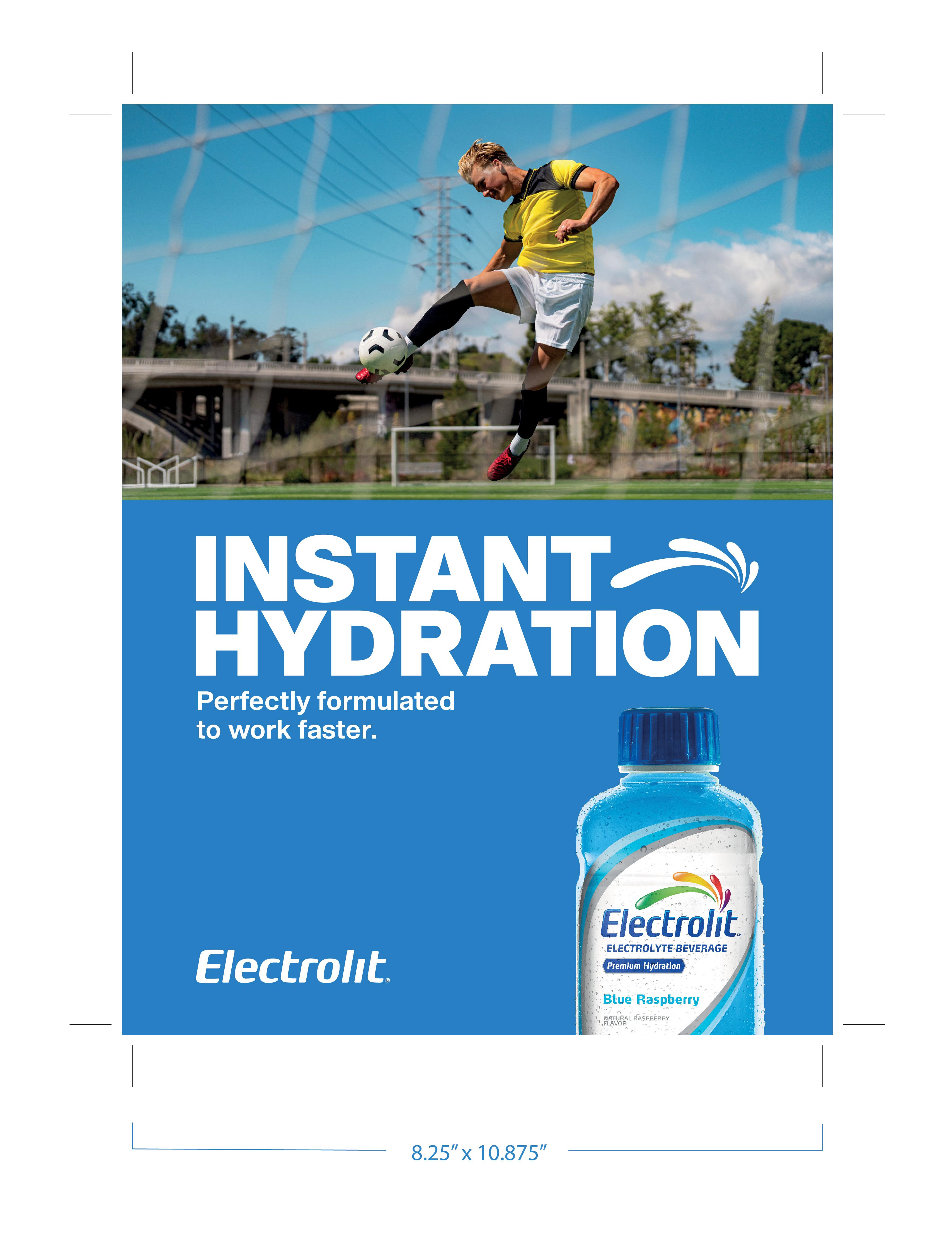
CATEGORY CLOSE-UP COLD DISPENSED BEVERAGES
create a bolder taste profile. Consumer testing has shown that it’s already outpacing the old formula across the board, including in metrics like overall liking and purchase intent.”
MULTITASKING
Sunny Sky Products has enhanced its line of Pure Craft Beverages, adding vitamin C and zinc and, in some of the 11 flavor options, a boost of energy. Plus, the drinks are a three-in-one product.
This summer, Sprite celebrates the 50th anniversary of hip hop through partnerships with iconic artists and Sprite Lymonade Strawberry Legacy LTO. “7-Eleven is thrilled to introduce Sprite Lymonade Strawberry Legacy to 7-Eleven’s lineup,” said Boulden. “It will be exclusive to our stores as a fountain soda.”
Pepsi kicked off 2023 with several new offerings. “In January, we launched Starry, a new lemonlime-flavored soda available in both regular and zero sugar,” said Scott Finlow, chief marketing officer for PepsiCo Global Foodservice. “The demand for lemon-lime-flavored soda has accelerated significantly over the past several years. We’re excited to offer people more choice and customization with this bold new offering that hits different than others in the category.”
For years, beverage manufacturers have seen a growing preference for drinks with less sugar, but customers also want more sweetness and variety than what water alone provides.
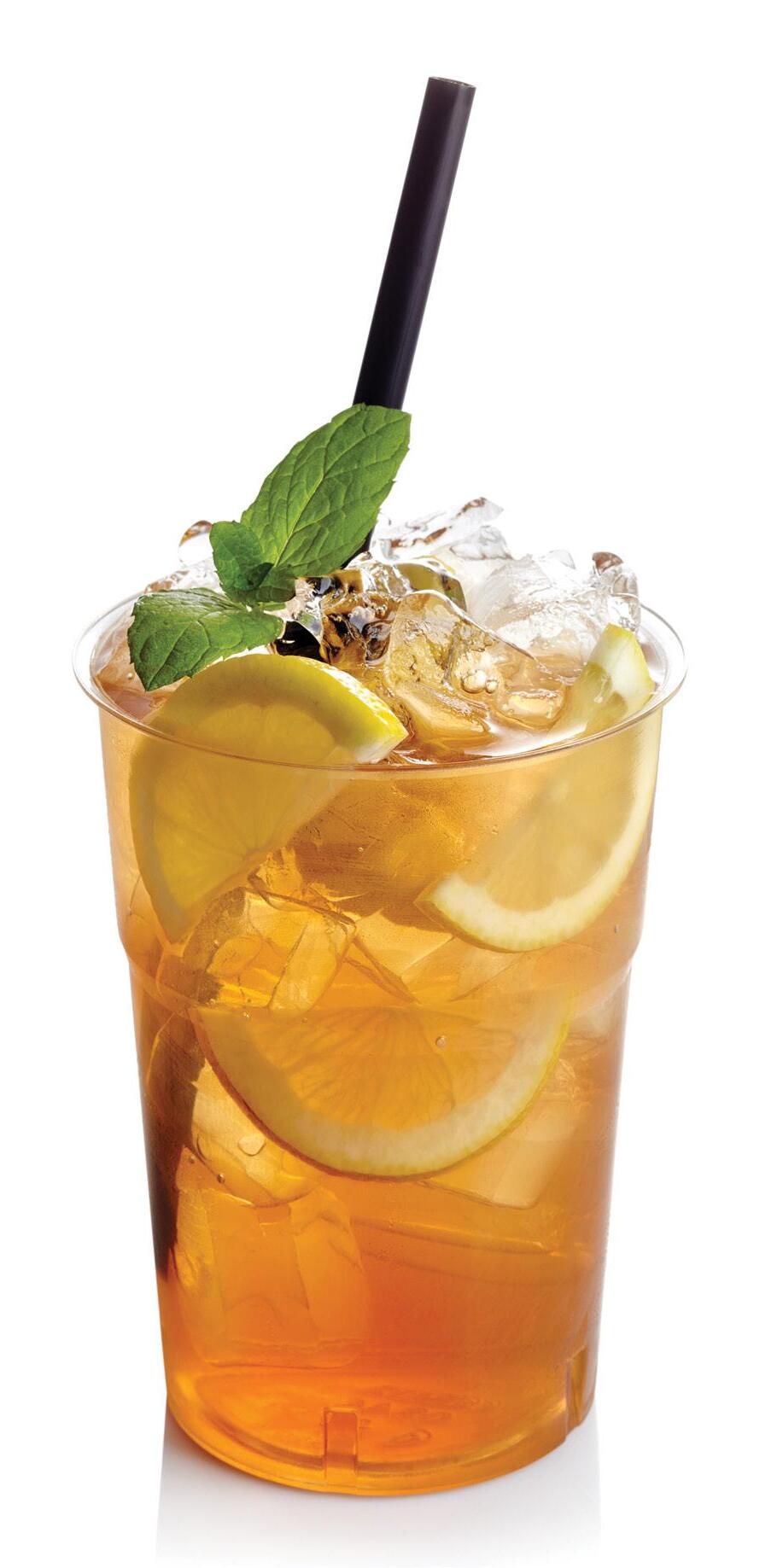
“We’ve seen tremendous growth in non-carbonated beverages, such as iced teas, lemonades and frescas, on fountain, and we’ve evolved our soft drink offerings to reflect this trend,” said Finlow. “Consumers love the taste of our signature products, and in January, we launched our new, improved PepsiCo Zero Sugar, keeping taste and flavor top of mind. The upgraded recipe uses a new sweetener system to
“The beverages can be cold dispensed in a bubbler, cold dispensed on the fountain and used in a frozen dispensed machine,” said Isabel Atherton, director of marketing for Sunny Sky. “Instead of the same old lemonade and tea, you have awesome flavors that refresh the category. We have strawberry watermelon, grape elderberry, pineapple papaya. These are more exciting flavors that appeal to Millennials.”
Retailers will always carry the classics, she said, “but when you have drinks that are not brand specific, like juices, you can spruce up the fountain and have a category you can really play with.”

As the weather heats up, many retailers are bringing back refill mugs, which disappeared during the pandemic, and promoting fountain drinks with bundles and special offers. And because consumers are watching their budgets, fountain drinks are a value compared to more pricey beverages from the cooler.
“People are continuing to make more purchases away from home and outside of traditional grocery stores,” said Finlow. “These things present a big opportunity for c-stores.”
baibaz/Getty Images 132 JUNE 2023 convenience.org
We’ve seen tremendous growth in non-carbonated beverages, such as iced teas, lemonades and frescas.”
Pat Pape worked in the convenience store industry for more than 20 years before becoming a full-time writer. See more of her articles at patpape.wordpress.com.
INTRODUCING THE BRIGHTEST FLAVORS OF SUMMER
Smirnoff Ice Red White & Berry is back and better than ever. Now the official taste of summer comes in more crowd-pleasing formats: from the full-flavor Smirnoff ICE FMB and Smirnoff ICE Zero Sugar to the bold 8% ABV Smirnoff ICE Smash and even vodka-based flavor. So many ways to summer, and so many ways to satisfy your shoppers. For more information, call your Smirnoff Ice Distributor.
PLEASE DRINK RESPONSIBLY.

MEET YOUR
summer stars
SMIRNOFF ICE Premium Flavored Malt Beverage. The Smirnoff Co., New York, NY SMIRNOFF Red, White & Berry. Vodka Infused With Natural Flavors. 30% Alc/Vol. The Smirnoff Co., New York, NY.
Follow us @smirnoff For more info: smirnoff.com
UNITE D I N F L AVOR
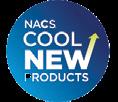
134 JUNE 2023 convenience.org ADVERTISER INDEX Thank you to these advertisers who have demonstrated their support of the convenience and fuel retailing industry by investing in NACS Magazine. Contact Information Page Contact Information Page Contact Information Page Altria Group Distribution Company Inside Front Cover, 41 AGDCTradeRelations@Altria.com www.altria.com www.tobaccoissues.com BeatBox Beverages 125 (737) 301-8184 www.beatboxbeverages.com Bel Brands USA dba Dairy Manufacturer 43 www.belbrandsusa.com BIC Corporation 39 https://us.bic.com/en_us Black Buffalo Inc. 17 www.Blackbuffalo.com Buzzballz LLC 123 (972) 242-3777 www.buzzballz.com CAB Enterprises Inc. Electrolit 131 www.cabenterprisesinc.com Calico Brands Inc. 63 www.calicobrands.com Cash Depot 31 (800) 776-8834 sales@cdlatm.com www.cdlatm.com Cenex (CHS Inc.) 87 www.cenex.com/chsinc/about-chs Cheyenne International Inc. 81 (704) 937-7200 www.cheyenneintl.com Coca-Cola Company 33 (800) 438-2653 www.coca-colacompany.com Cool New Products Guide 112-114 www.convenience.org/Media/NACS-Magazine/Cool-New-Products Diageo Beer Company USA 127, 133 www.diageo.com DMF Bait Company 49 www.dmfbait.com Dover Corporation 99 Dover Fueling Solutions www.doverfuelingsolutions.com E&J Gallo 111 www.gallo.com FIJI Water 13 www.fijiwater.com The Hershey Company 55 www.thehersheycompany.com Inline Plastics Corp 91 (203) 924-5933 www.inlineplastics.com Inter-Continental Trading USA Inc. 135 www.ictusainc.com ITG Brands 69 (866) 328-2485 Domestic U.S. toll free (336) 335-6669 North Carolina www.itgbrands.com Johnsonville Sausage Co. 59 www.johnsonville.com KeHE Distributors 3, 27 (855) 908-5532 www.kehe.com Krispy Krunchy Foods LLC 85 www.krispykrunchy.com Liggett Vector Brands Inc Inside Back Cover (919) 990-3500 liggettvectorbrands.com Mars Wrigley 19 www.mars.com/made-by-mars/mars-wrigley Matrix Capital Markets Group Inc. 47 (667) 217-3316 NY (410) 752-3833 MD (804) 780-0060 VA www.matrixcmg.com McLane Company Inc. Back Cover (254) 771-7500 www.mclaneco.com Monster Energy Company 119 www.monsterenergy.com NACS Executive Education 15 convenience.org/NACSExecEd NACS Foundation 114 247Day.org NACS Show 115 nacsshow.com/SAVE300 Perfetti Van Melle USA Inc. 53 (859) 283-1234 www.perfettivanmelleus.com PIM Brands 79 https://pimbrands.com Placon 77 www.placon.com Pork King Good 95 (414) 483-6562 www.porkkinggood.com Premier Manufacturing 5, 51 (636) 537-6800 www.gopremier.com Reynolds 29 (336) 741-2000 www.reynoldsamerican.com Stone Gate Foods 103 (952) 445-1350 www.stonegate-foods.com Sunny Sky Products North America Ltd. 117 (877) 235-6466 ww.sunnyskyproducts.com Swedish Match North America (Moist Snuff) 21 (800) 367-3677 www.smna.com Swedish Match North America LLC (General Snus) 36 (800) 367-3677 www.smna.com Swedish Match North America LLC (ZYN) 9 (800) 367-3677 www.smna.com Swisher International Inc. 74 www.swisher.com Tippmann Affiliated Group 23 www.tippmanngroup.com Travel Centers of America 107 www.ta-petro.com Trion Industries 7 (800) 444-4665 www.triononline.com TY INC. 65 https://shop.ty.com/ Tyson Foods Inc. 101 (800) 233-6332 www.tyson.com Xcaliber International 67 (888) 4-XCALIBER www.xcaliberinternational.com



















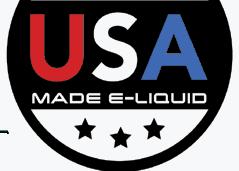










Private-Brand Sales Surge
Consumers are more price-conscious in times of uncertainty, an element these past few years have had no shortage of, and it’s no surprise that sales of private-brand goods spike during tough times. However, impressive sales in convenience stores of private-brand products in 2022 suggest that consumers have an affinity for private brands that goes beyond being the traditionally less-expensive option.
According to NIQ data, convenience private-brand product sales dollars, units sold and all-commodity volume (ACV) growth outpaced both national brands in convenience and private brands in all other channels in 2022.
convenience retail product sales totaled $4.63 billion in 2022, up 13.2% from 2021.
Convenience private-brand growth was three times higher than national brands in convenience on a year-over-year basis. Additionally, convenience private brands experienced a year-over-year increase in units sold, unlike national brands in convenience and national or private brands in all other channels. While a portion of sales dollar growth was driven by inflation, growth in units shows a prosperous path forward.
Another sign of opportunity can be found in the comparison between sales of private brands in the convenience channel to other retail channels. Convenience private brands represent only 2.7% of total store sales, while private-brand sales in all other channels account for 19.2% of total sales.
Bottled water and bottled juice drinks dominated the private-brand packaged beverage category, which amounted to $806 million in 2022 sales. Dairy and deli items represented the second-highest private-brand sales of all categories at $451 million. These products had the largest increase in ACV at 4.2%. Private-brand salty snacks saw the highest year-over-year growth in units sold at 6.6%.
The top five private-brand categories were packaged beverages, other dairy and deli, fluid milk products, salty snacks and edible grocery.
NACS Convenience Voices is packed with valuable, proprietary insights you can only get from NACS. Leveraging the ubiquity of mobile technology enables more precise targeting, expanded geographic reporting, powerful multimedia feedback and more. Visit www.convenience.org/voices to learn how to participate.
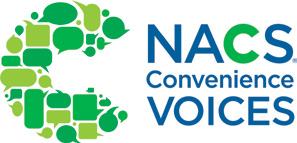
136 JUNE 2023 convenience.org BY THE NUMBERS
13.2% Convenience Convenience All Other Channels All Other Channels 3.8% 7.8% 11.8% Private Brands National Brands Sales Dollar Percentage Change by Brand Type and Channel, 2021–2022
US NACS Total Store, 52 Weeks Ending in December 31, 2022 Private Brands National Brands All Other Channels All Other Channels 0.7% (1.4)% (3.1)% (1.2)% Convenience Convenience Units Sold Percentage Change by Brand Type and Channel, 2021–2022
Source: NIQ Retail Measurement |
Private-brand
JUST T. A ANTEED U UA ANTEED. . UA JUST T. UA ANTEED.






















































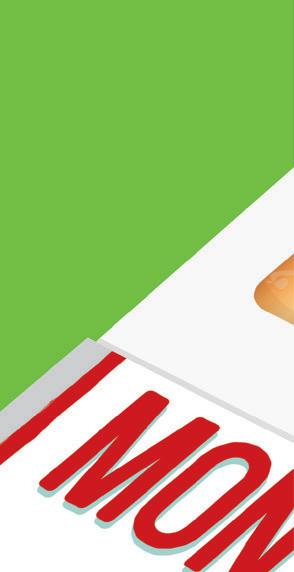




Be bold robust &

© 2023 McLane Company, Inc. All rights reserved. Sometimes you need a fresh cup of get it done. At McLane, we partner with retailers of all sizes to make sure they start every day fully stocked and ready to take on their bold business goals. Learn more at mclaneco.com







































































































































































































































































































































































































































































































































































































































































































































































































































































































































































































 BY CHRISSY BLASINSKY
BY CHRISSY BLASINSKY































































































































































































